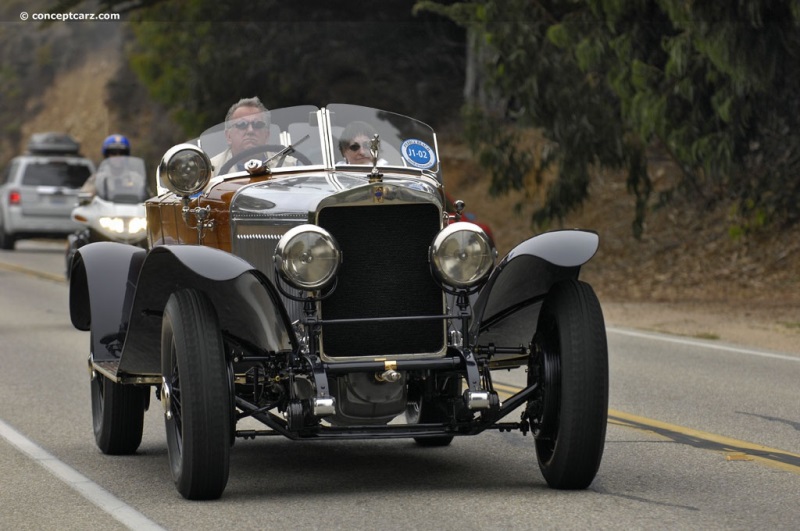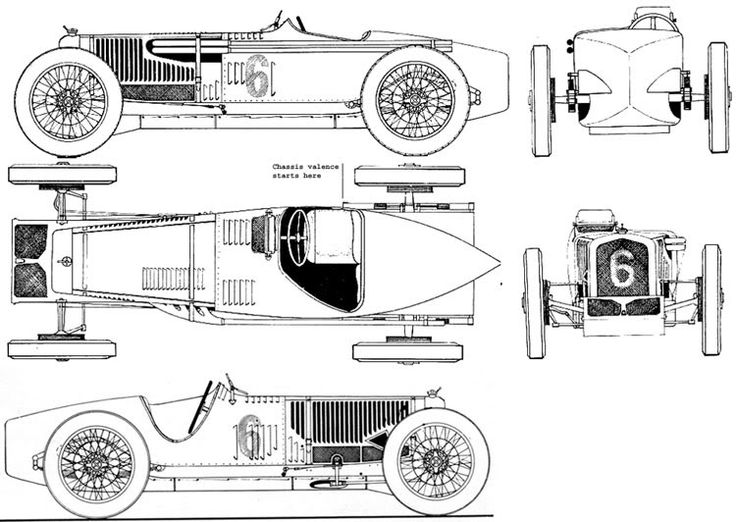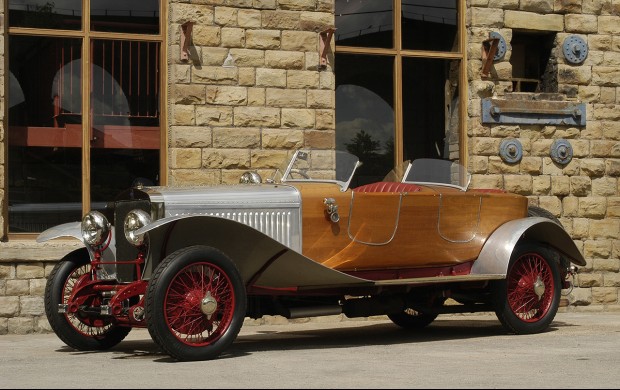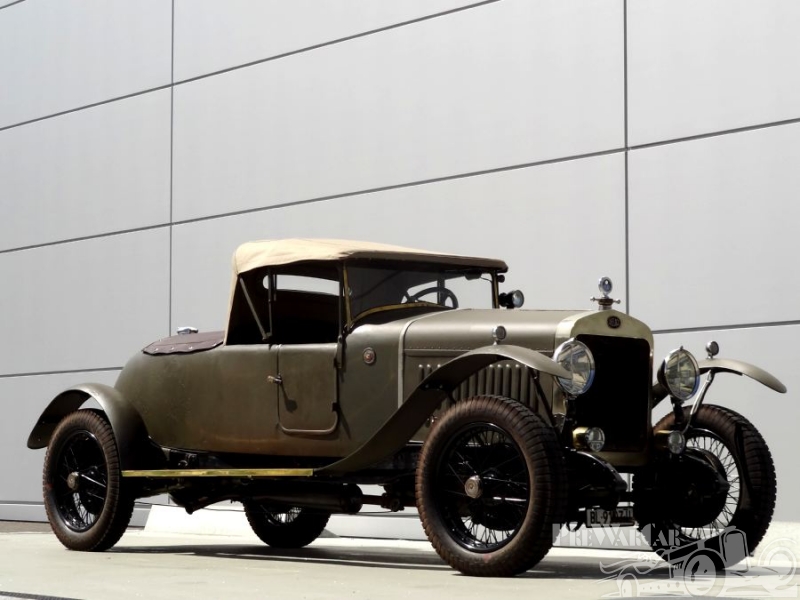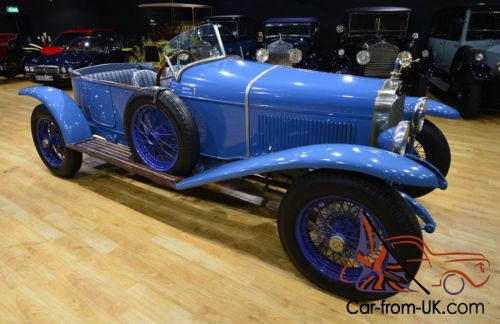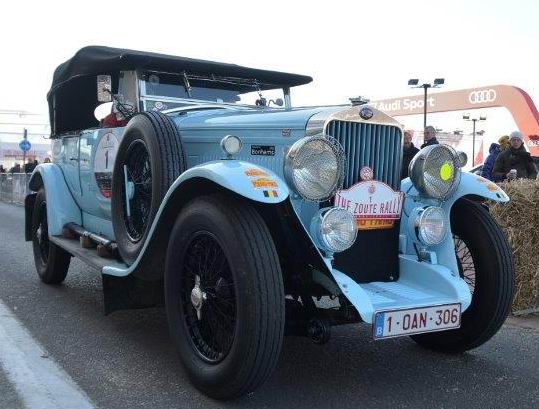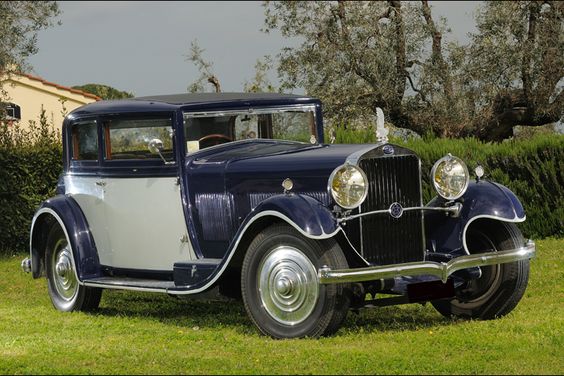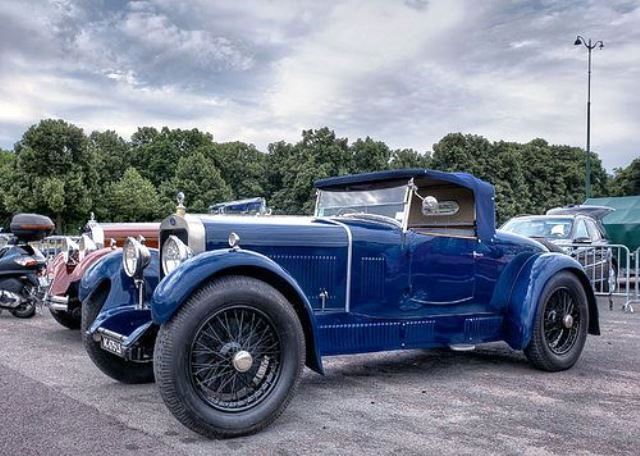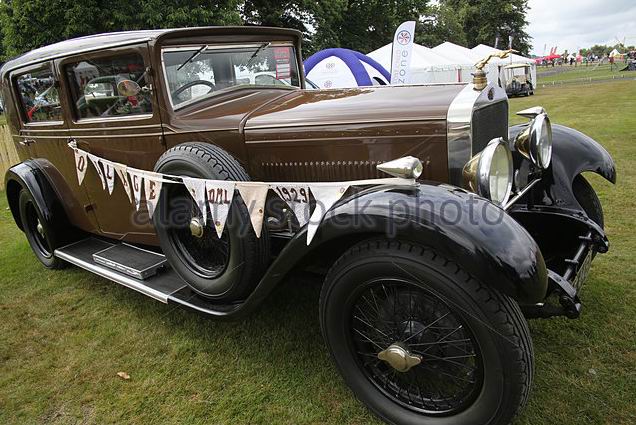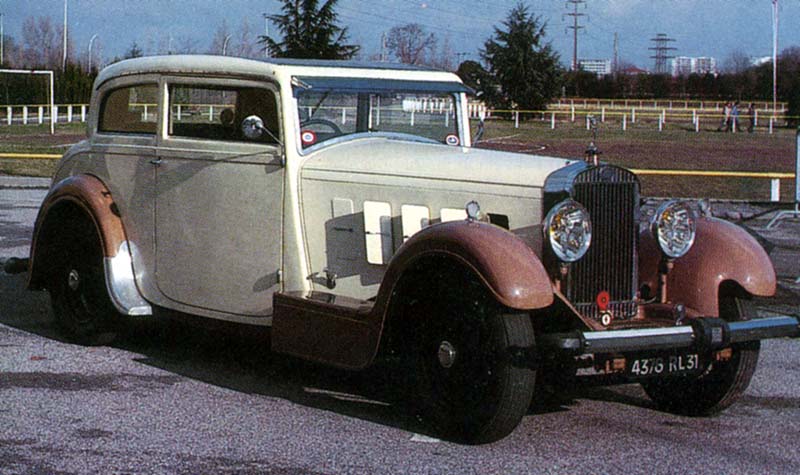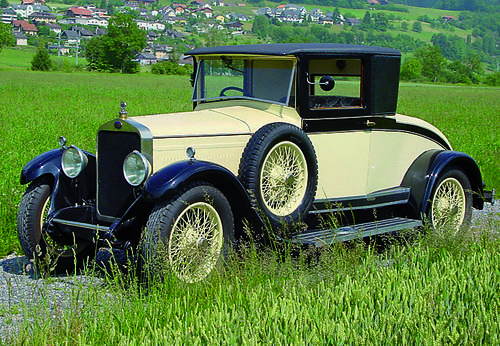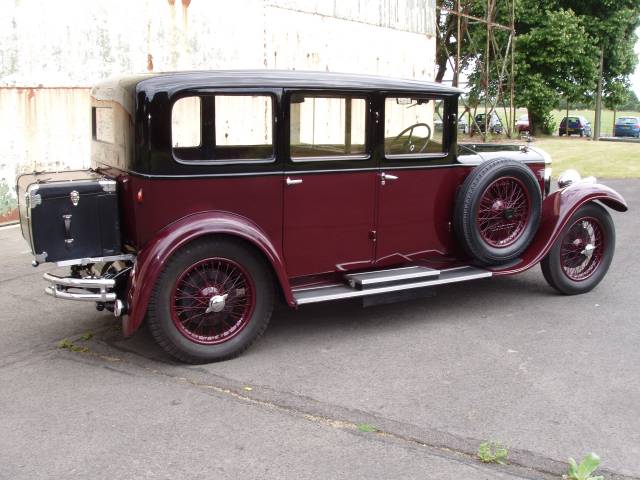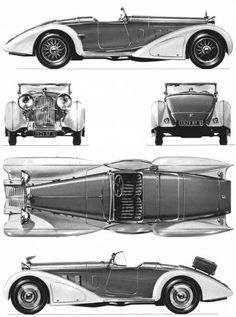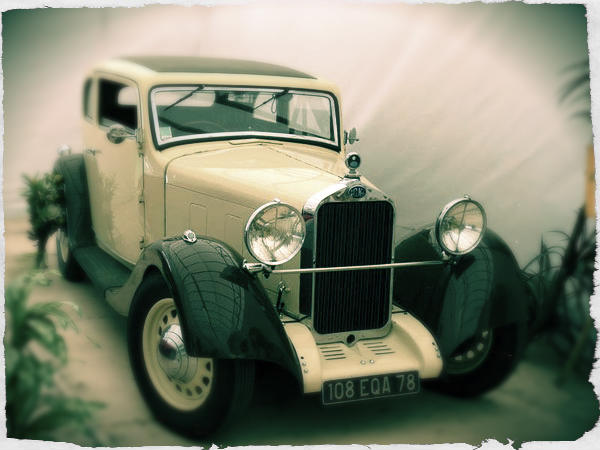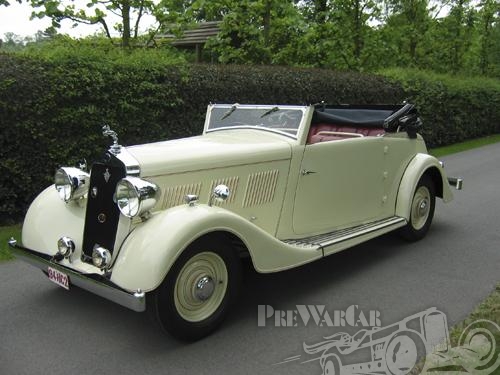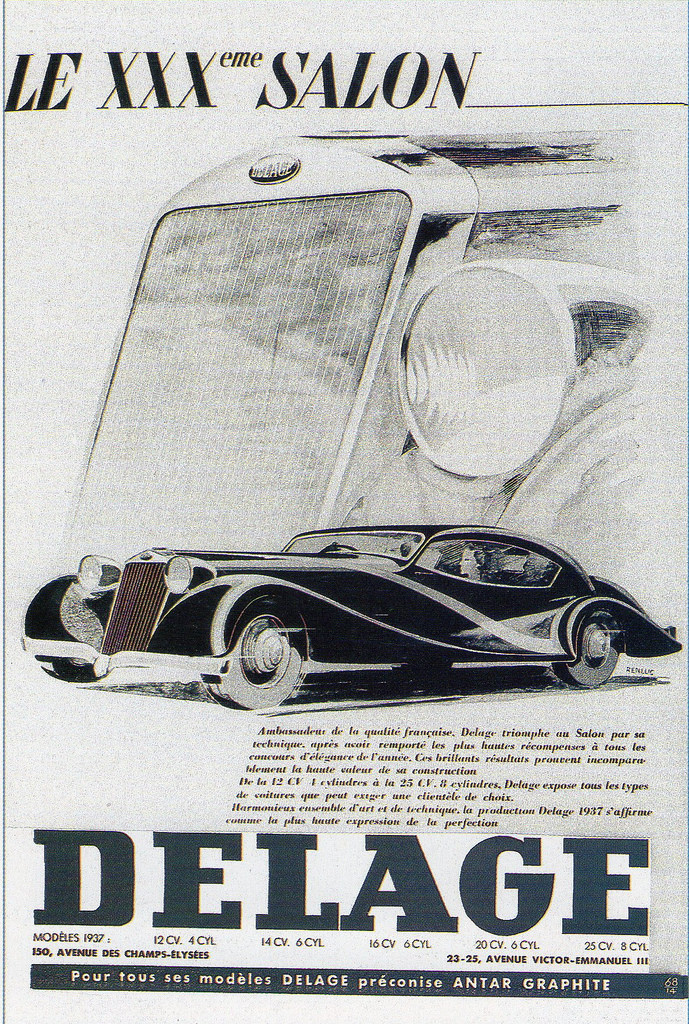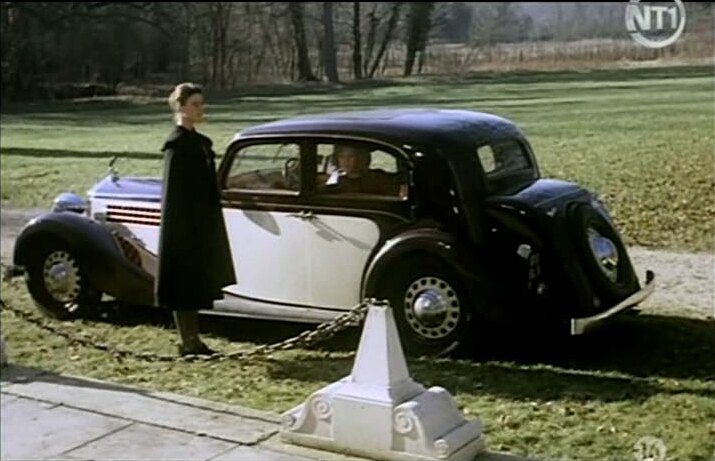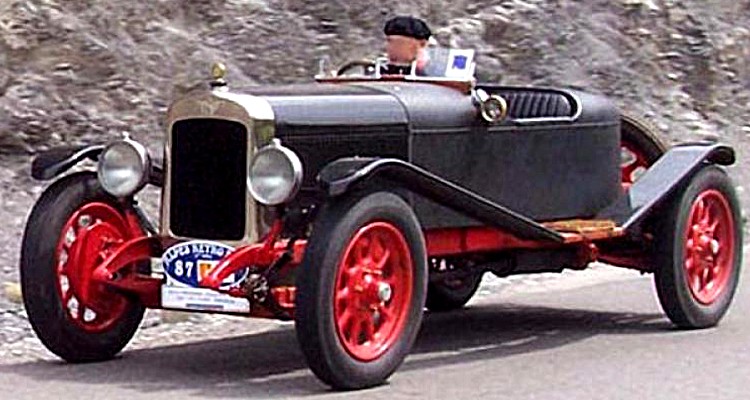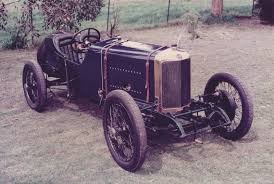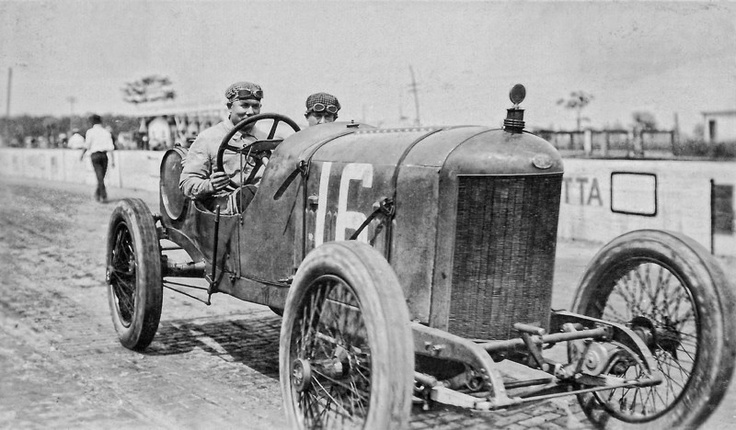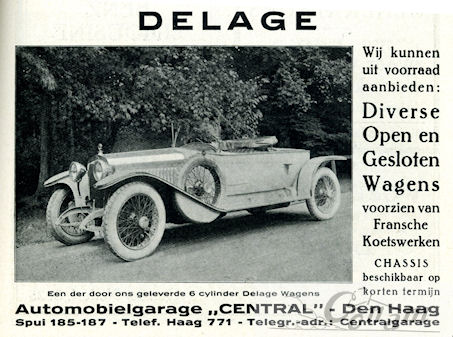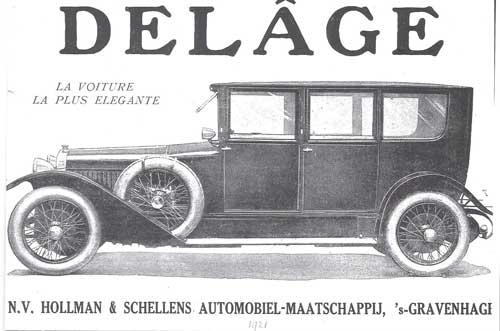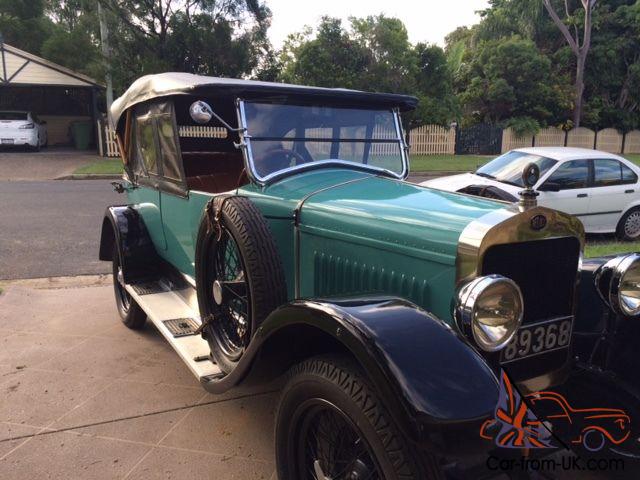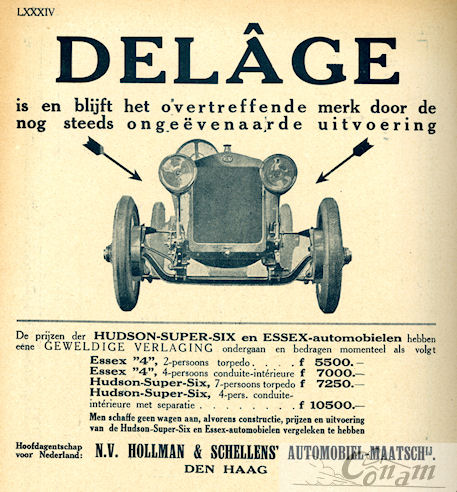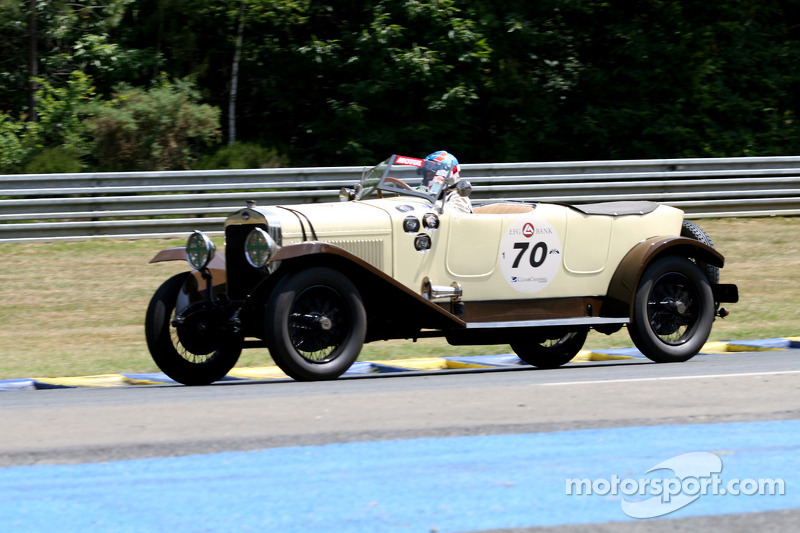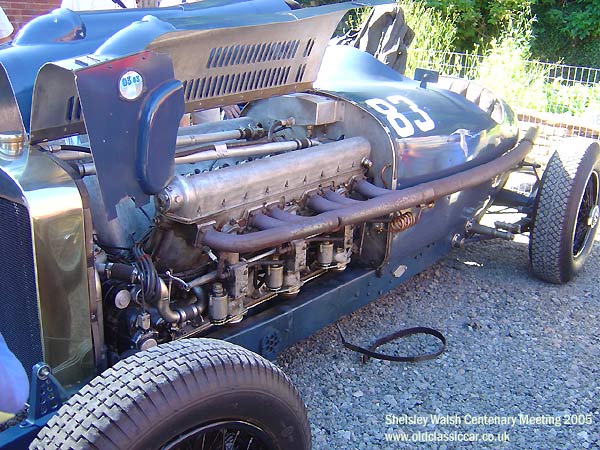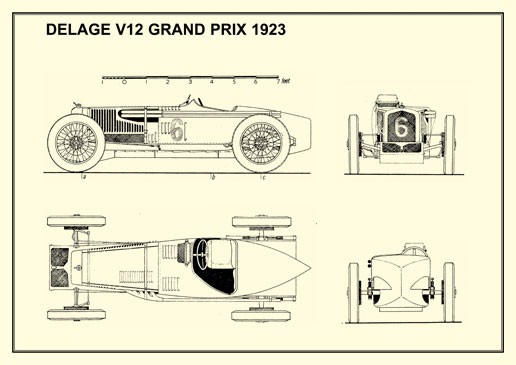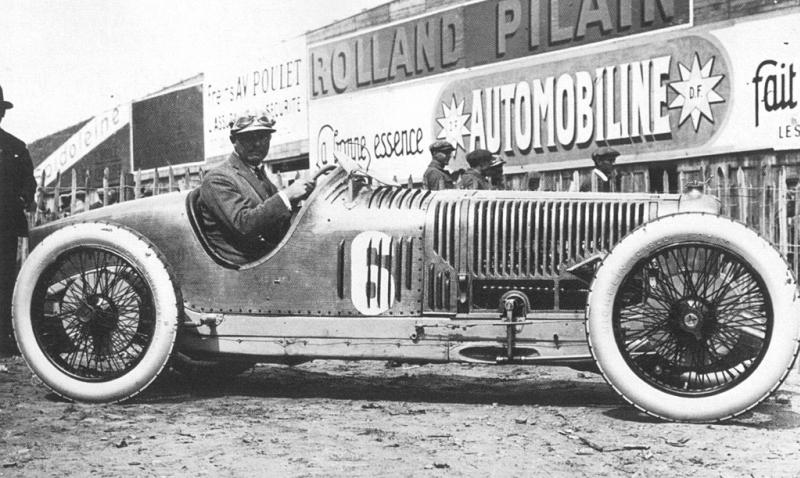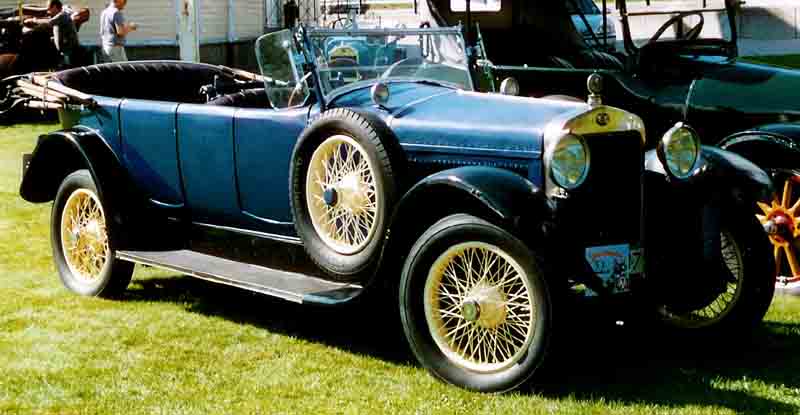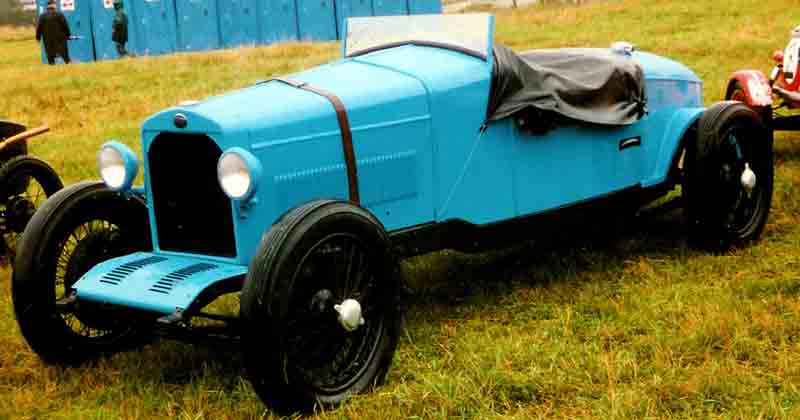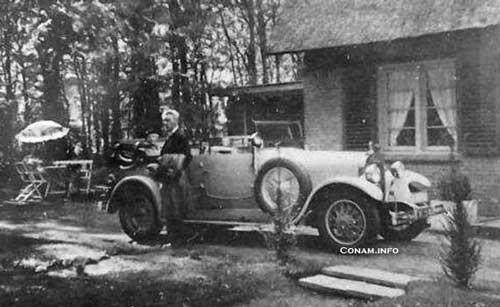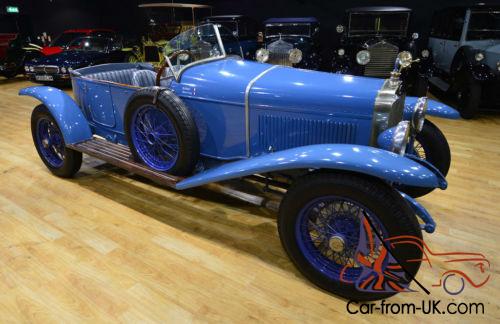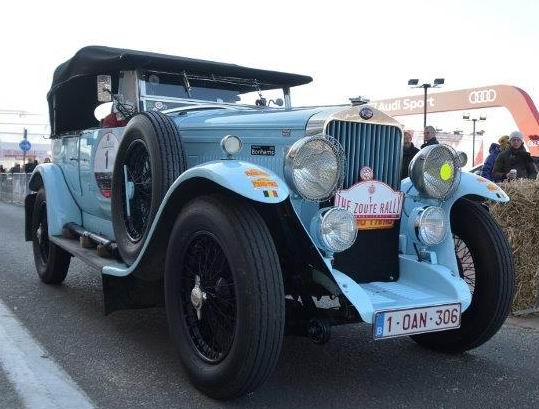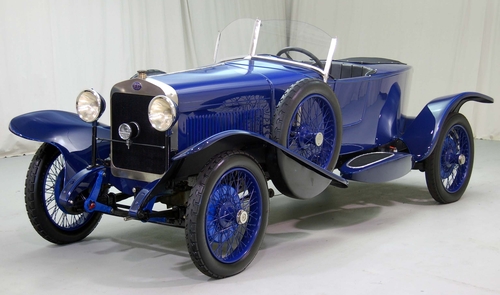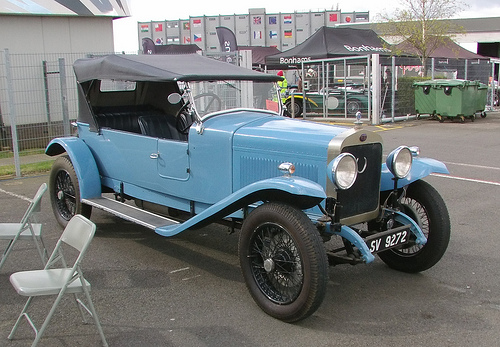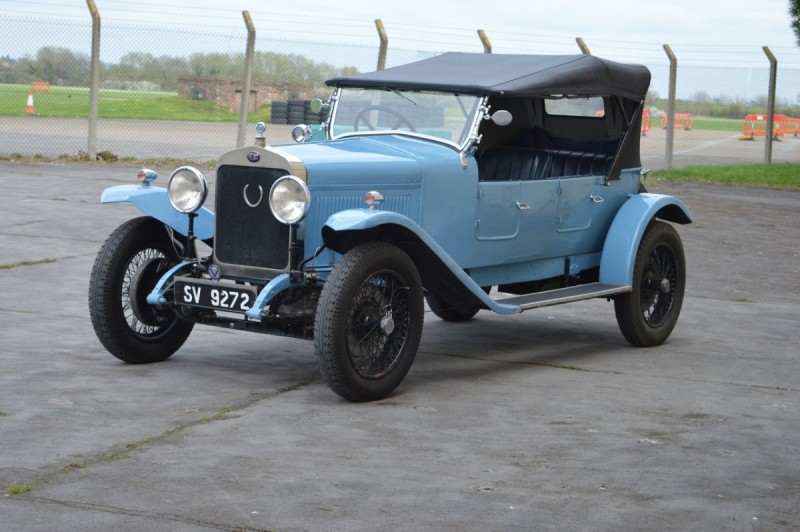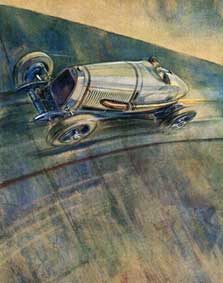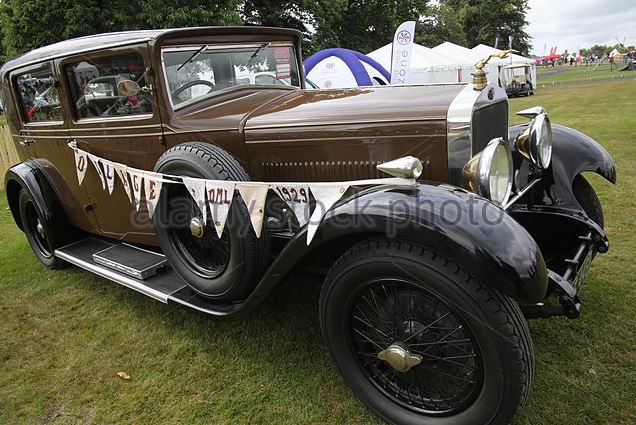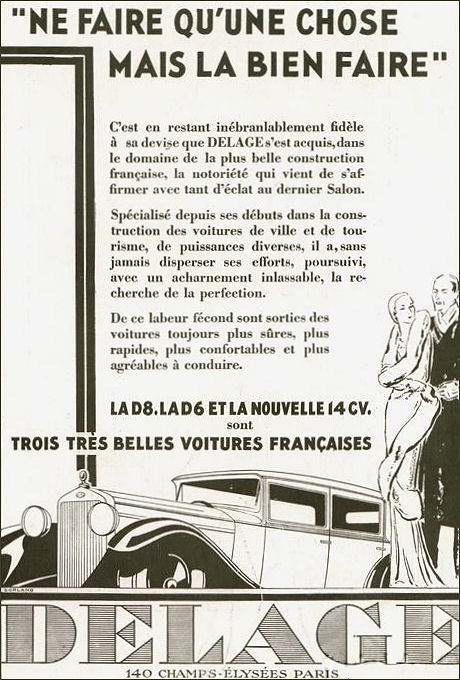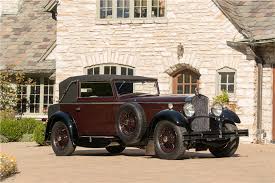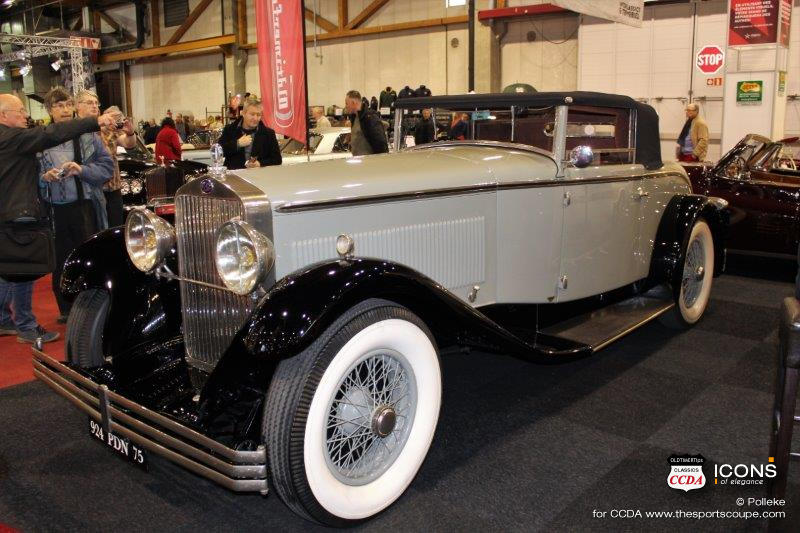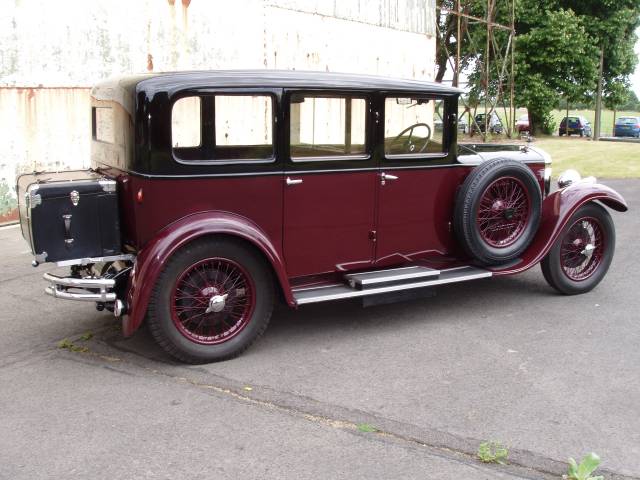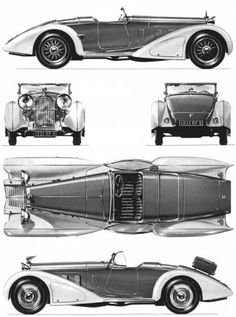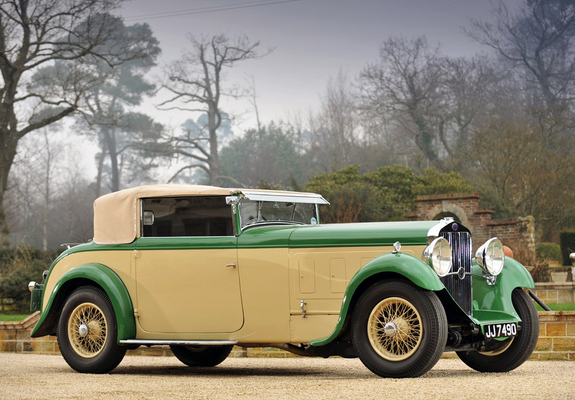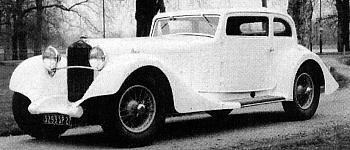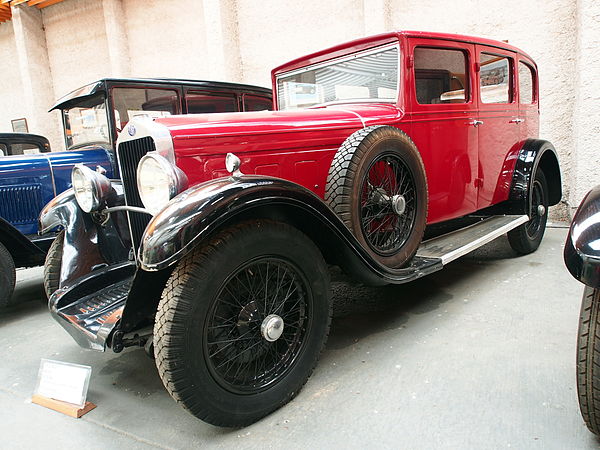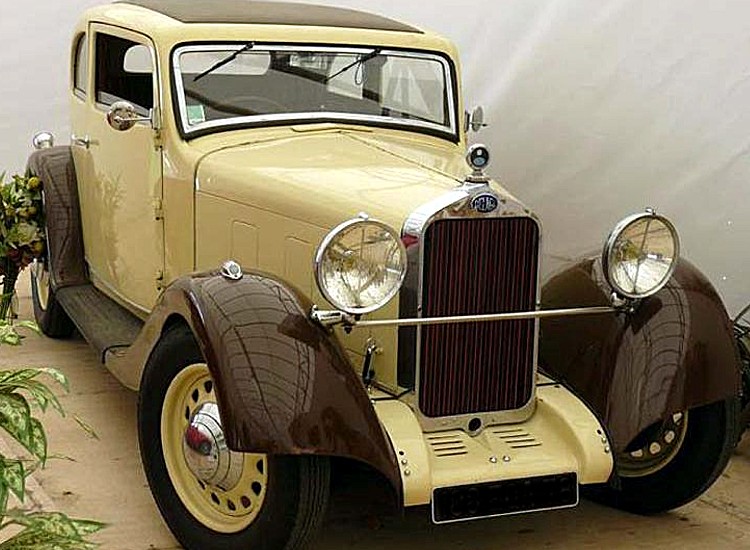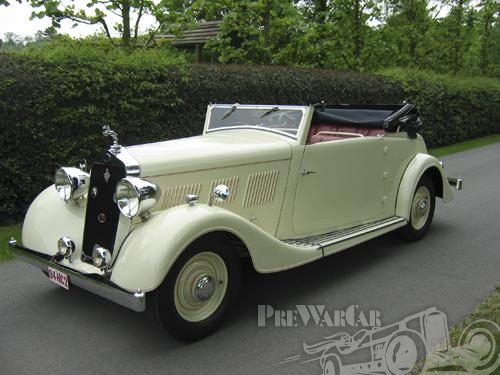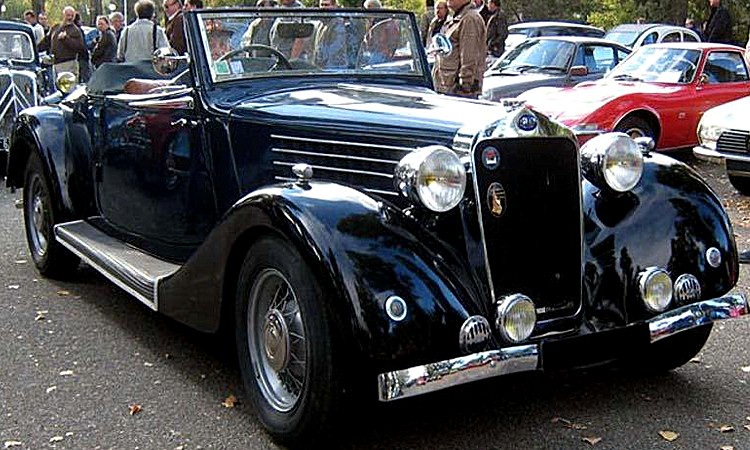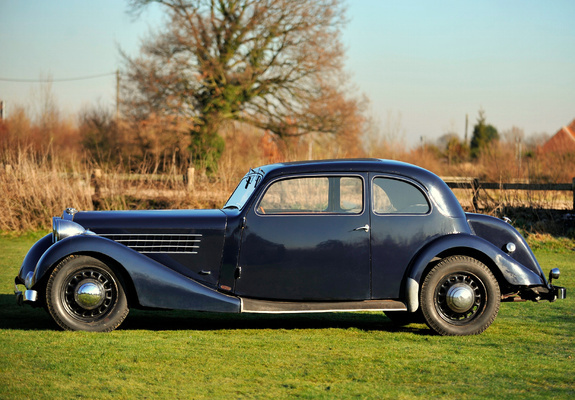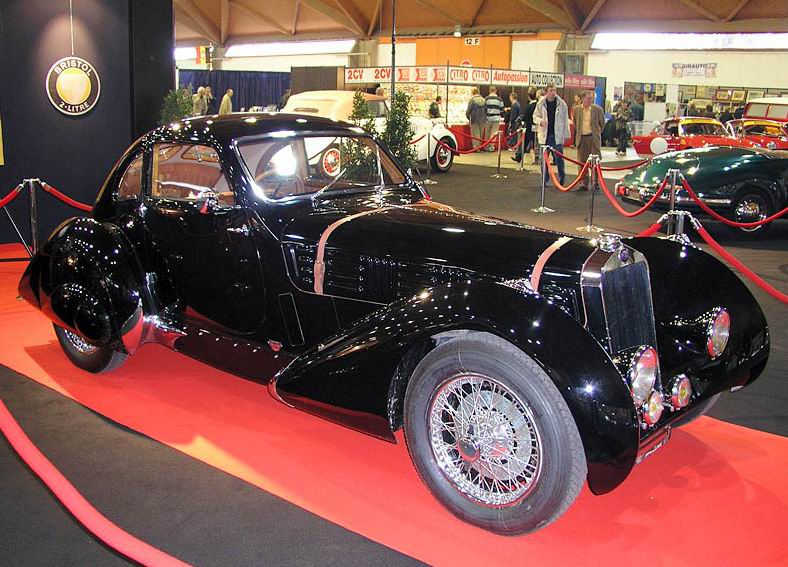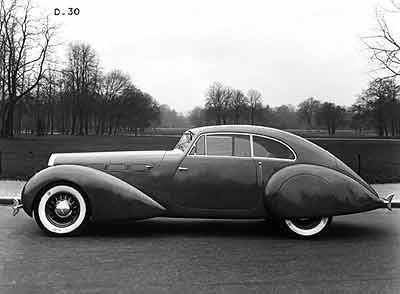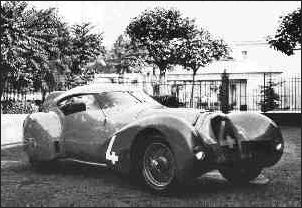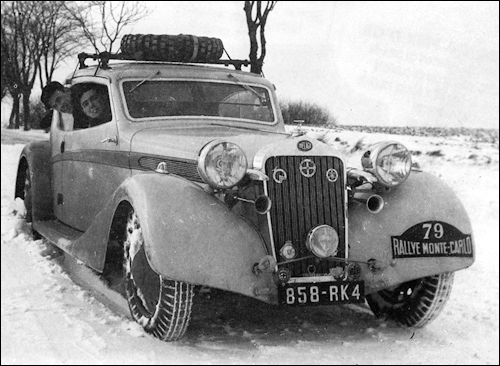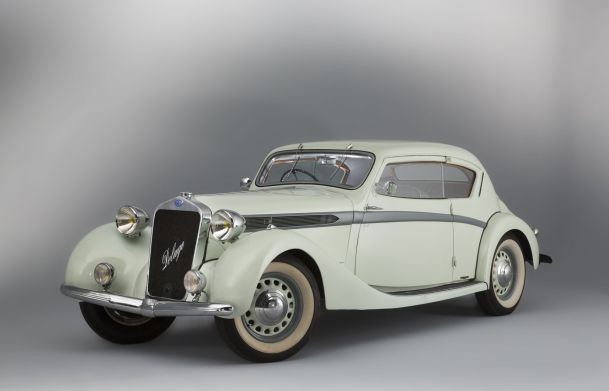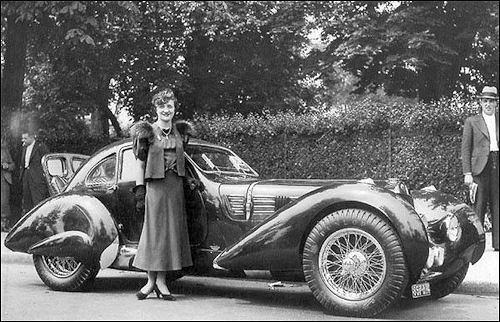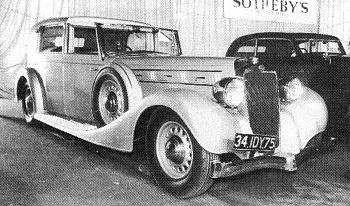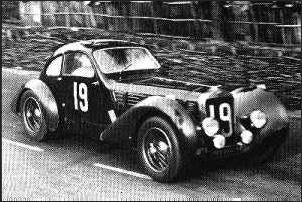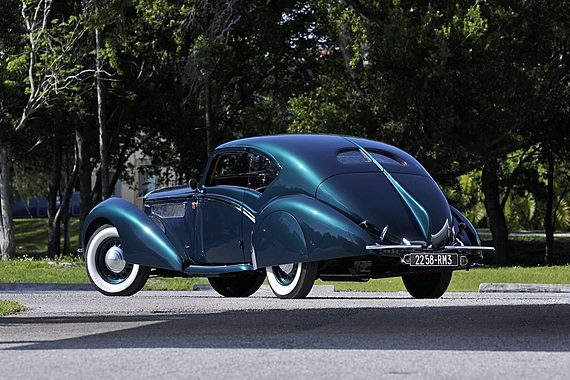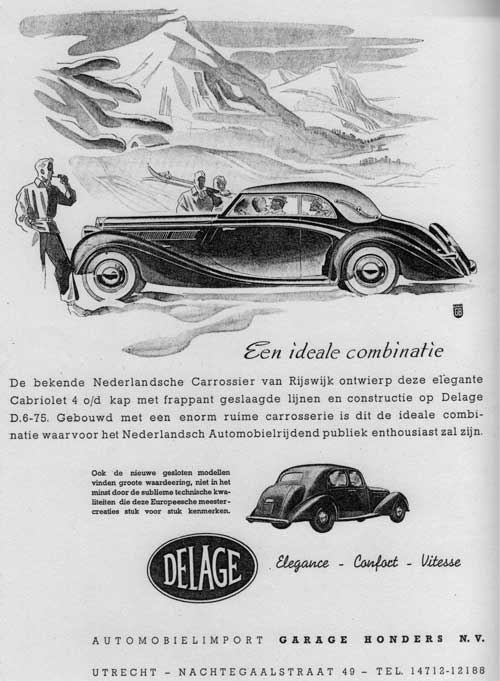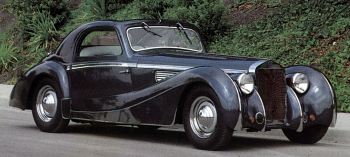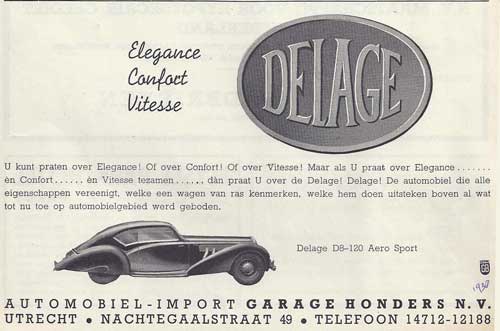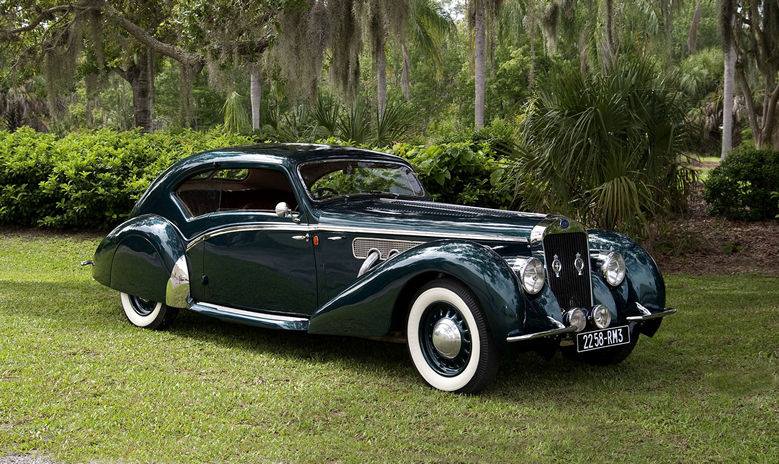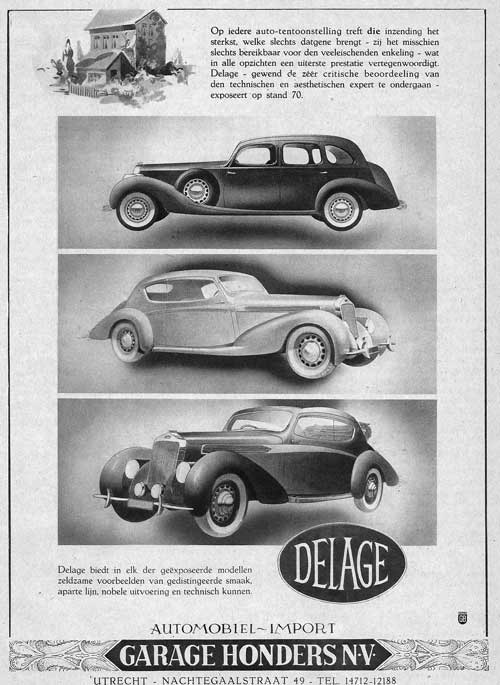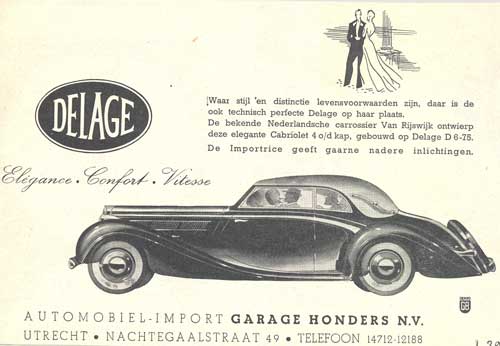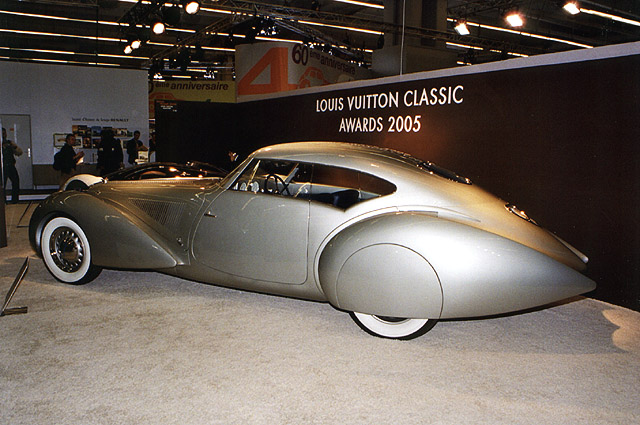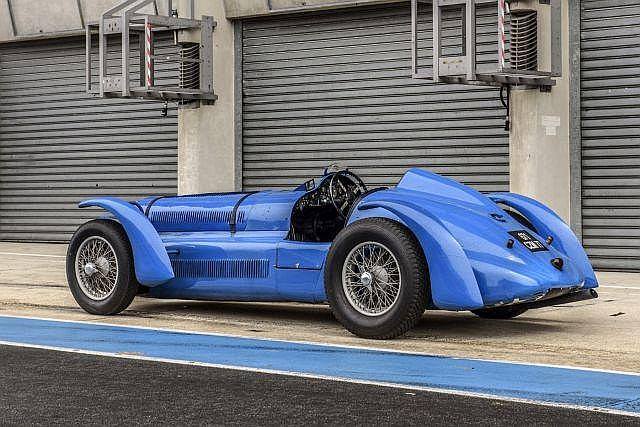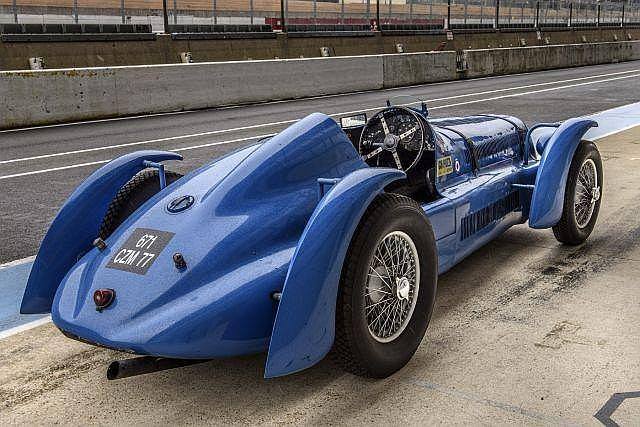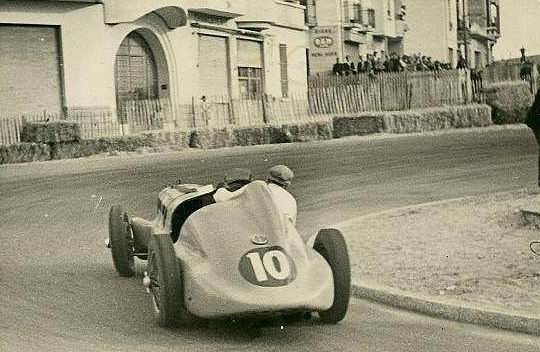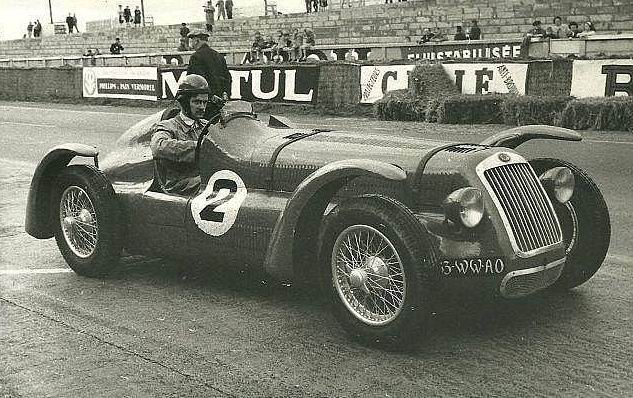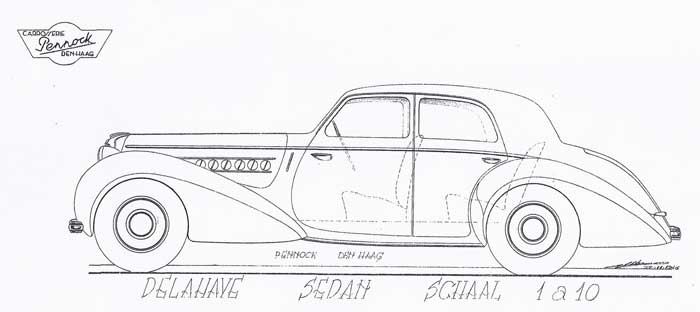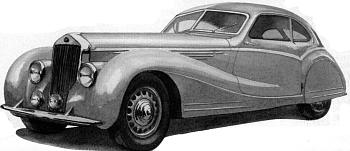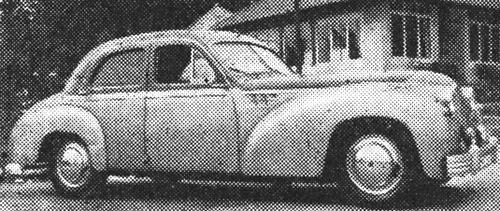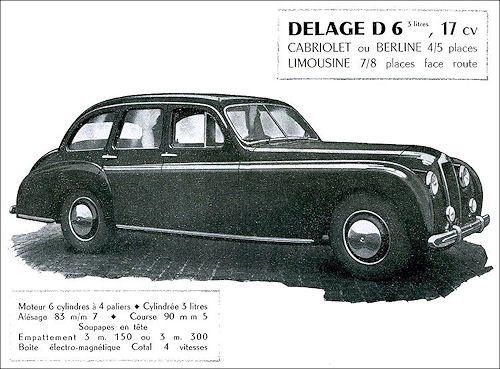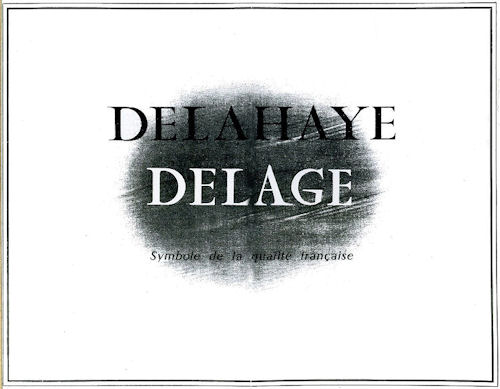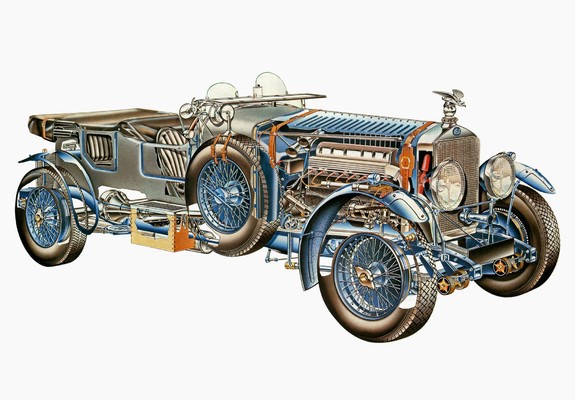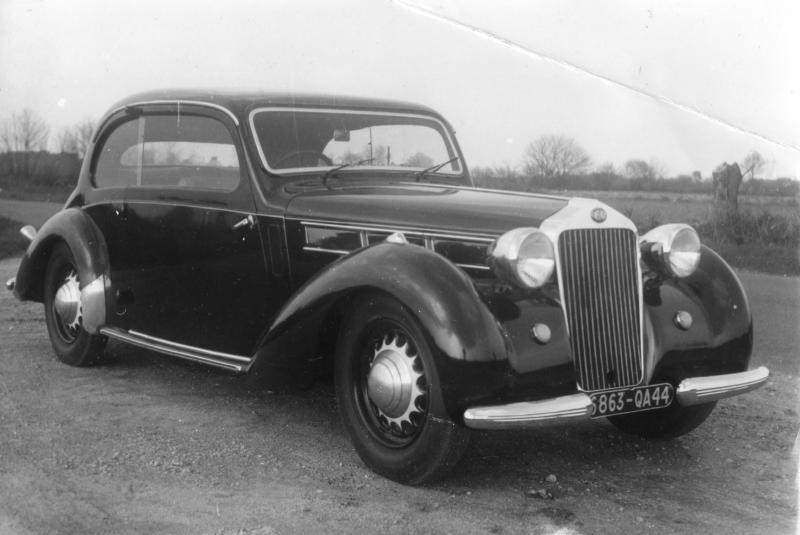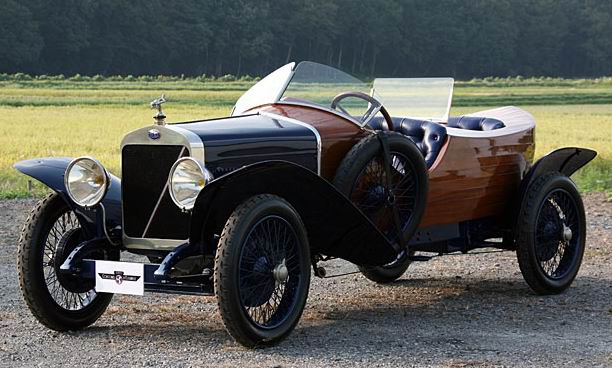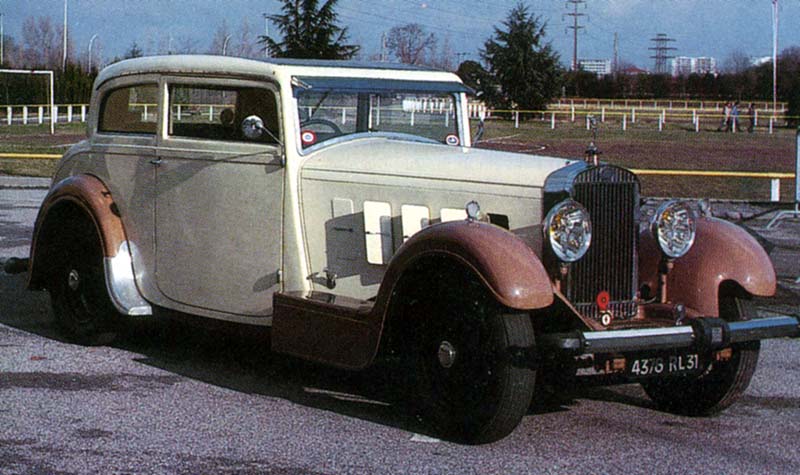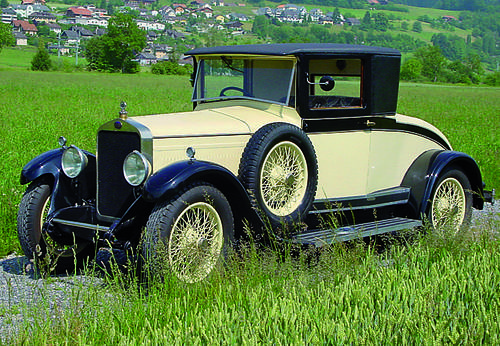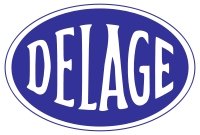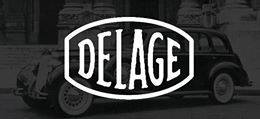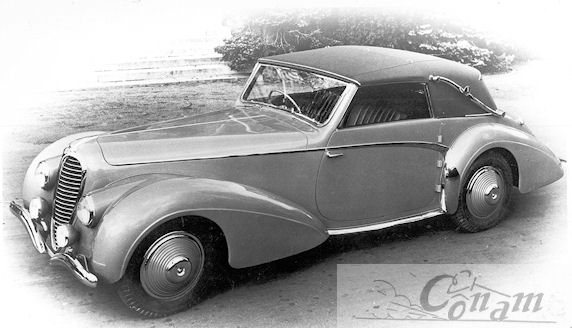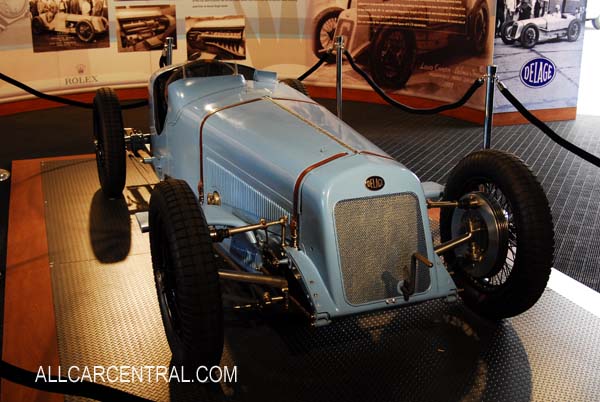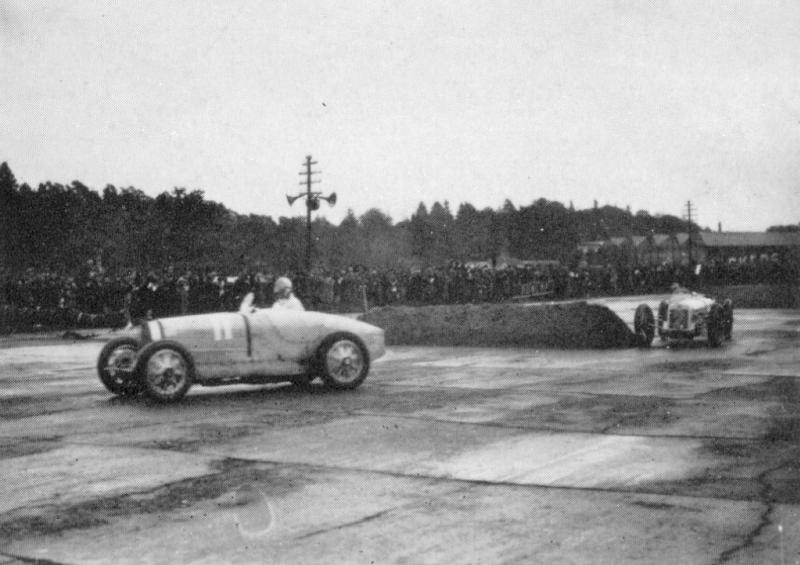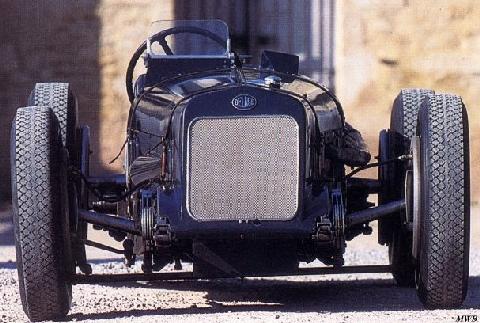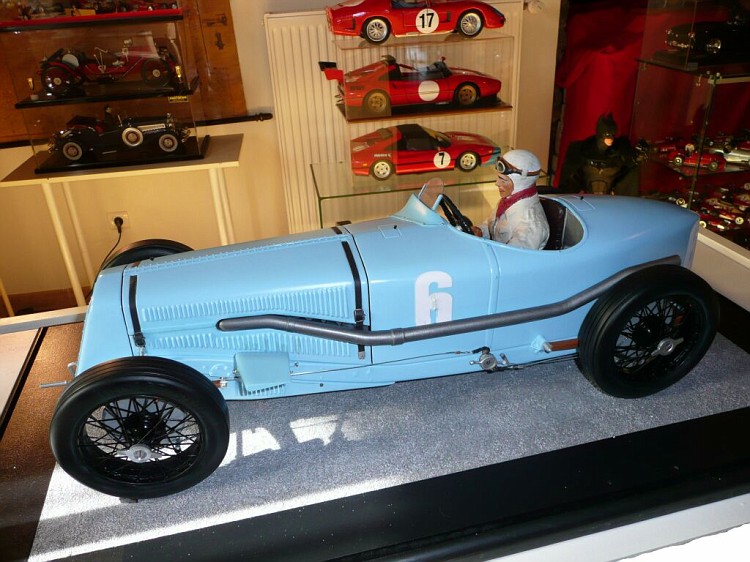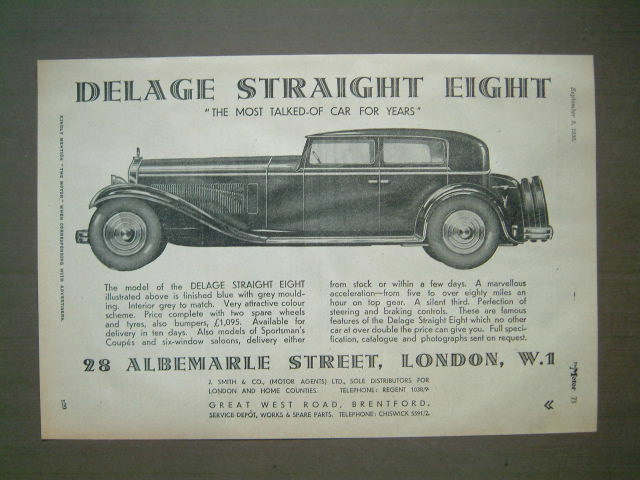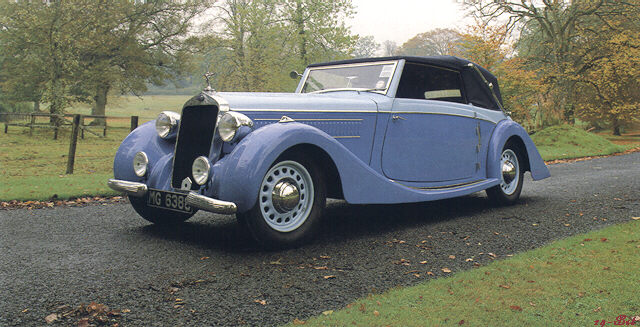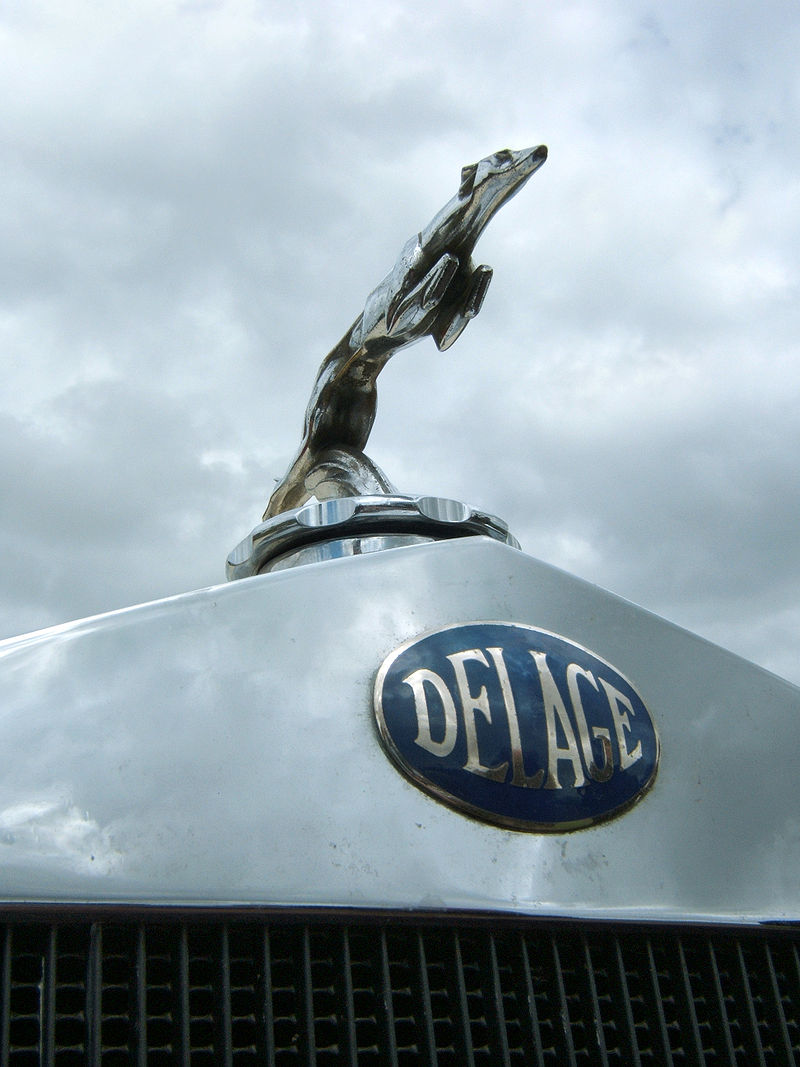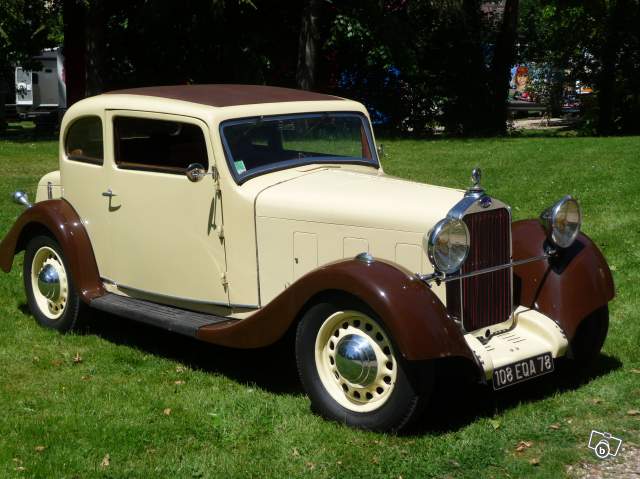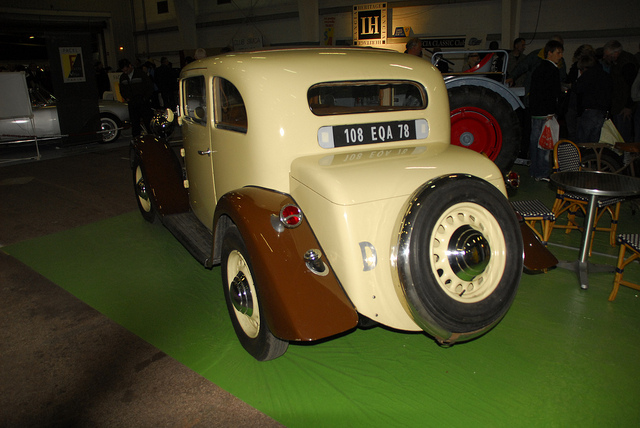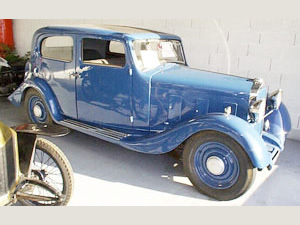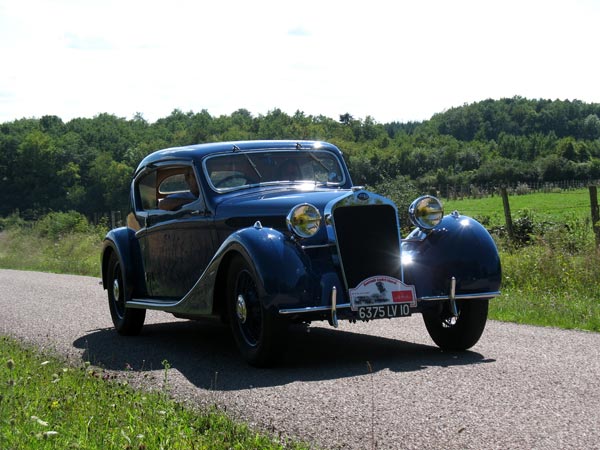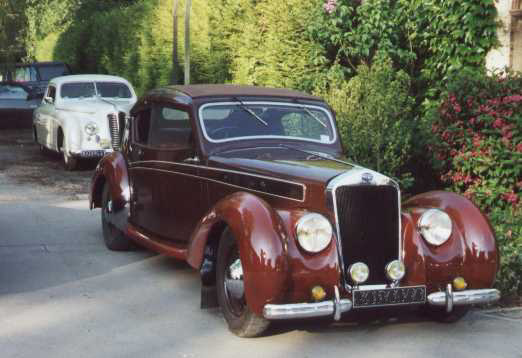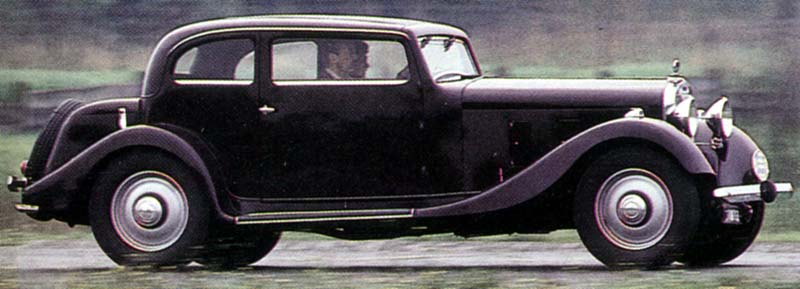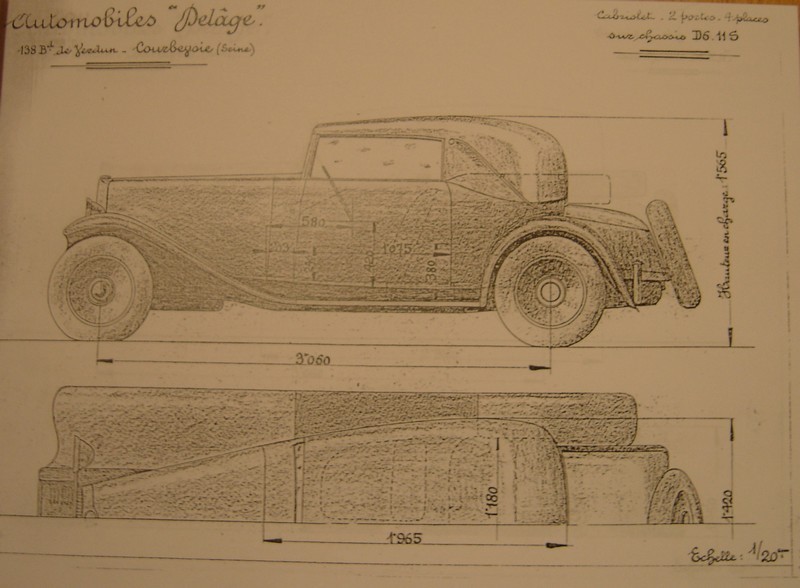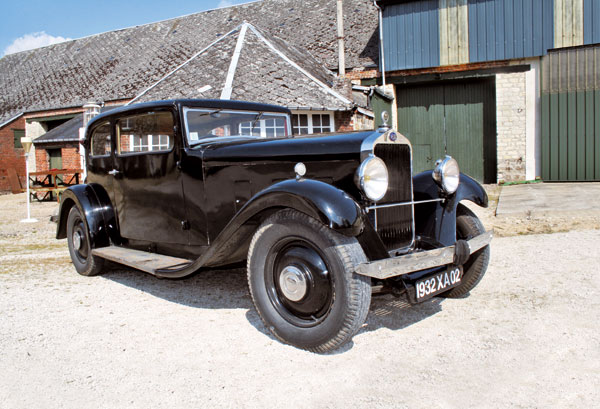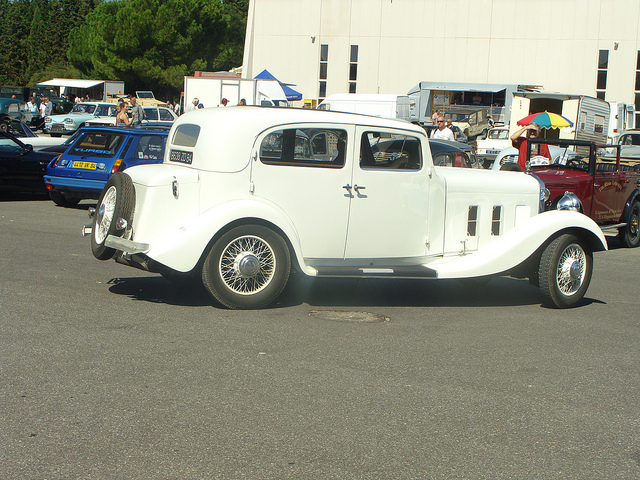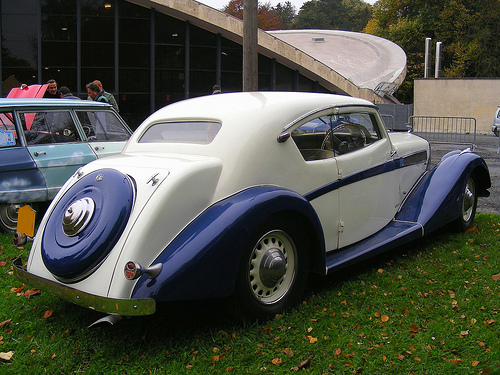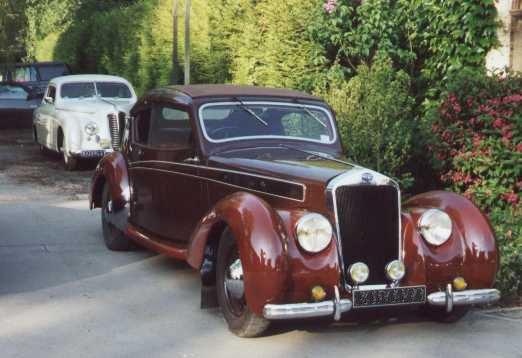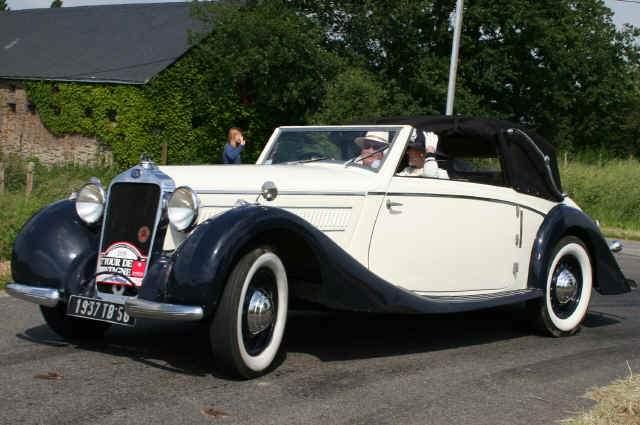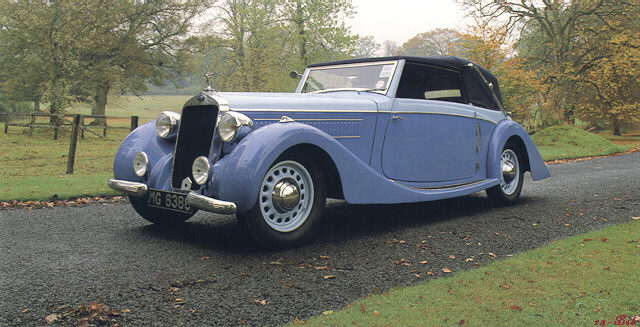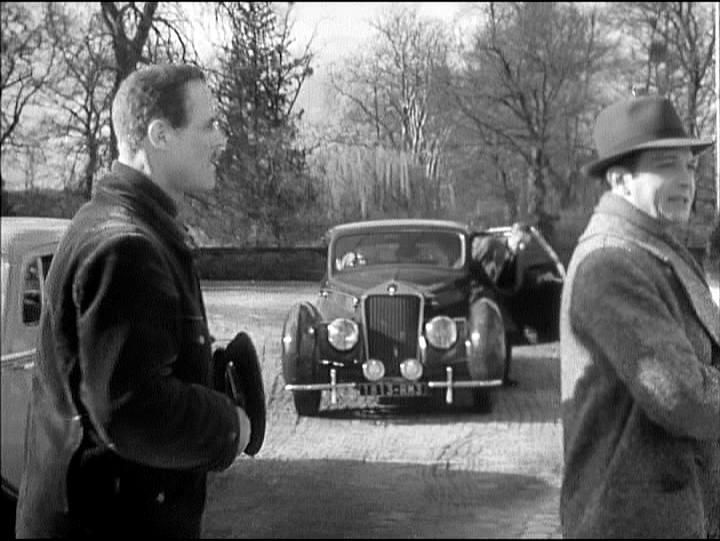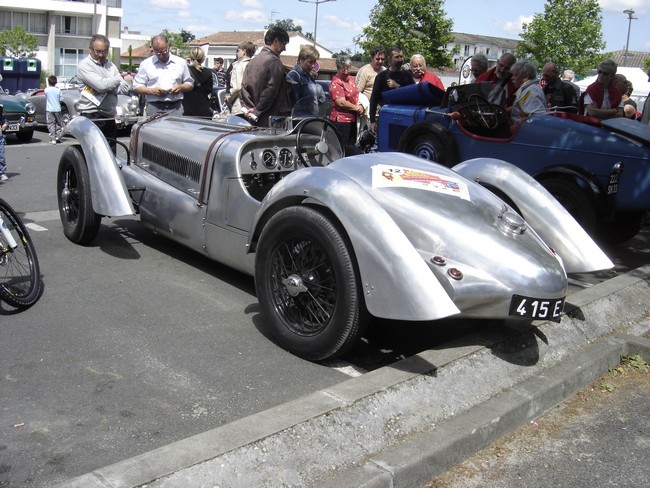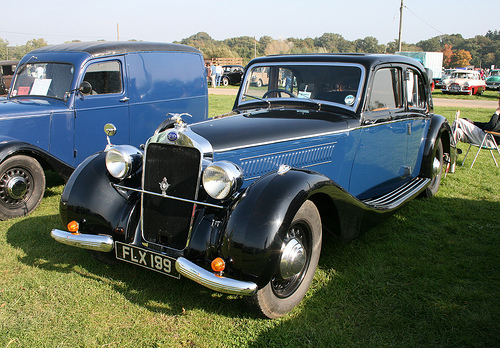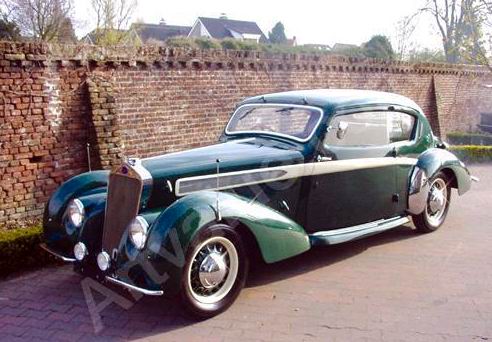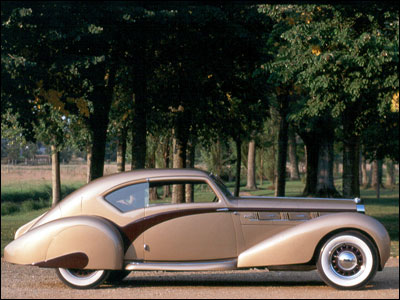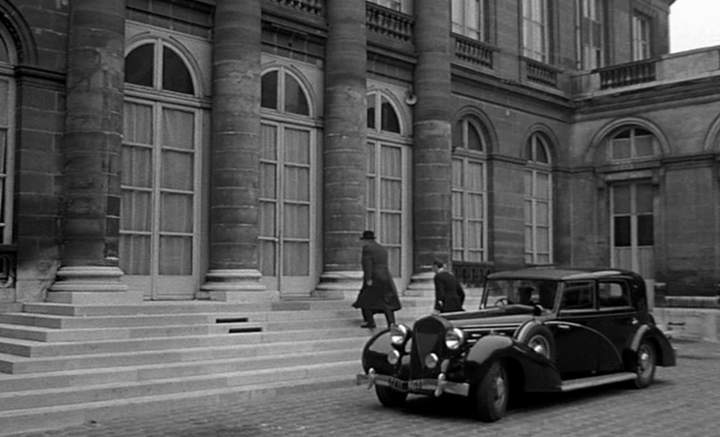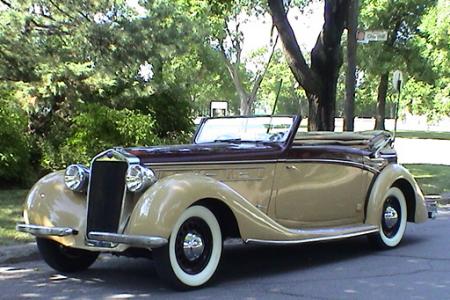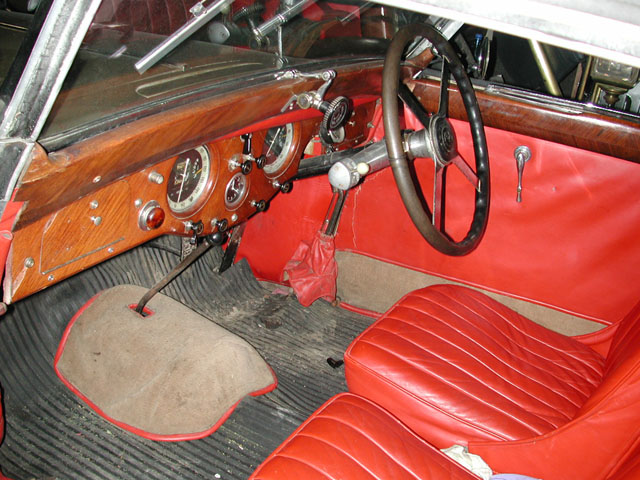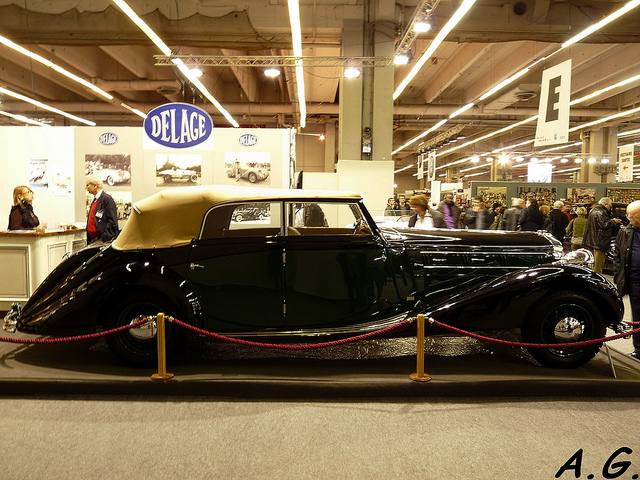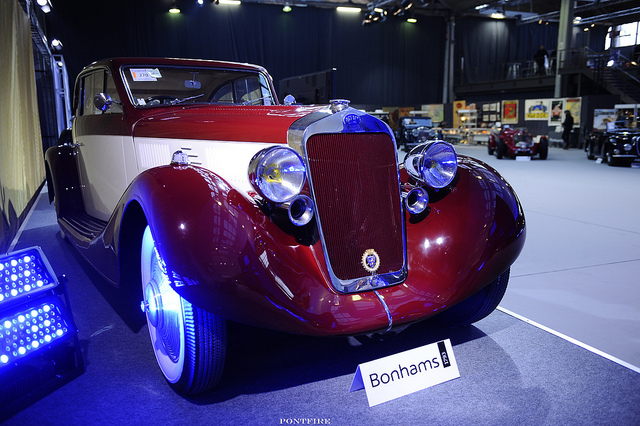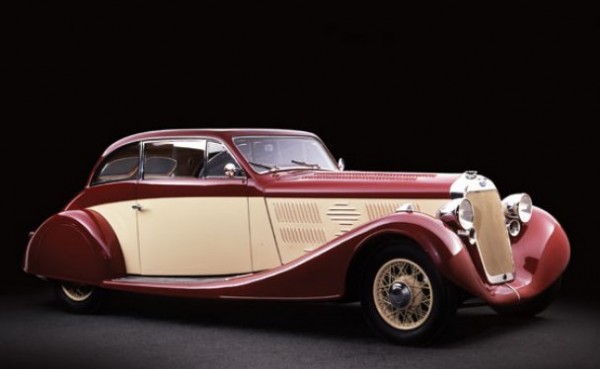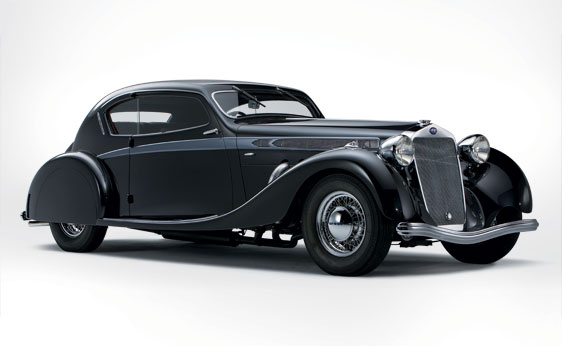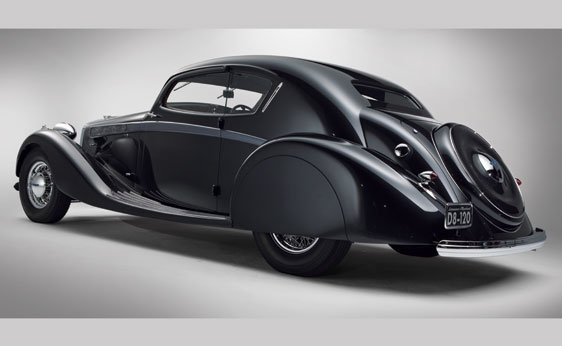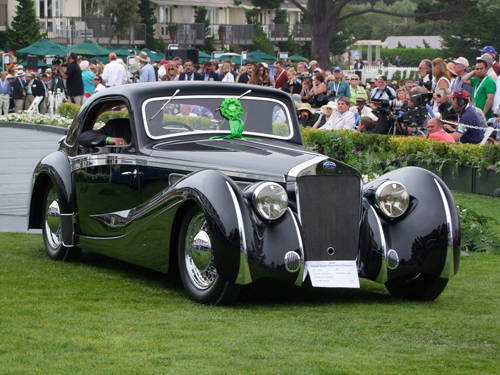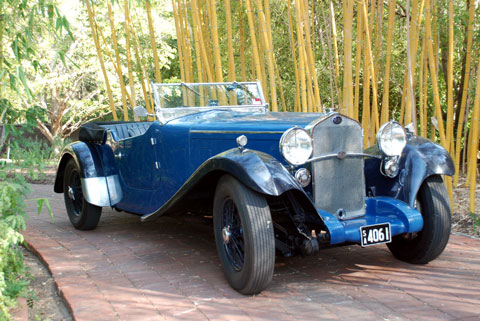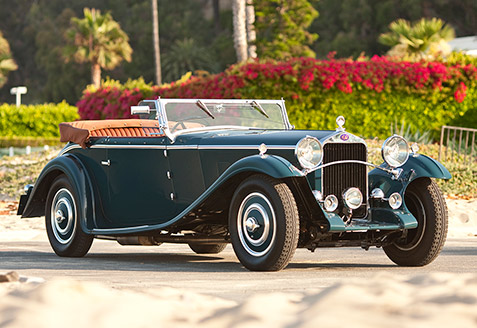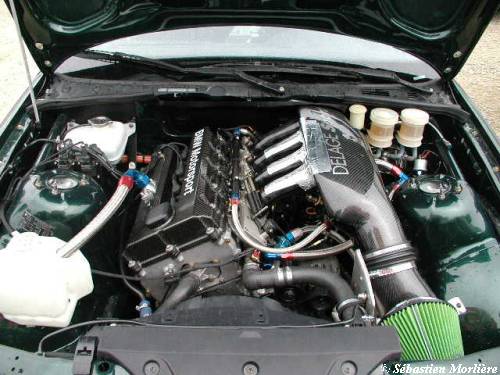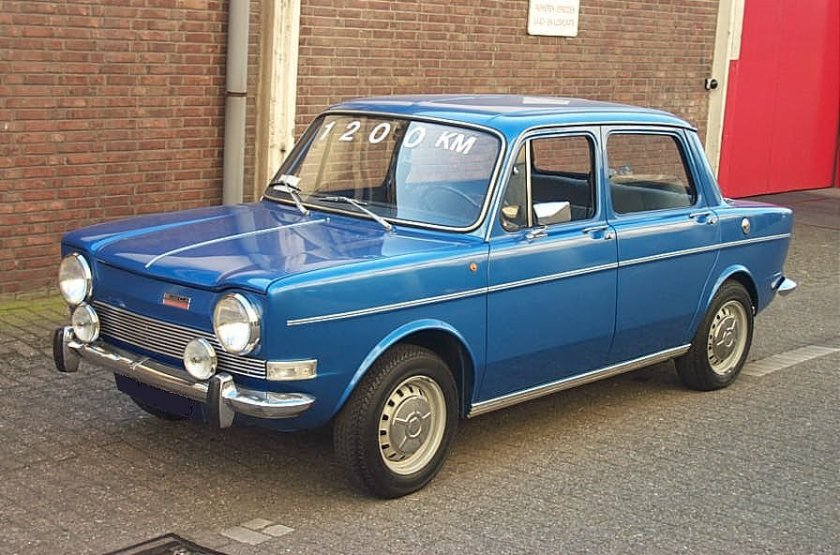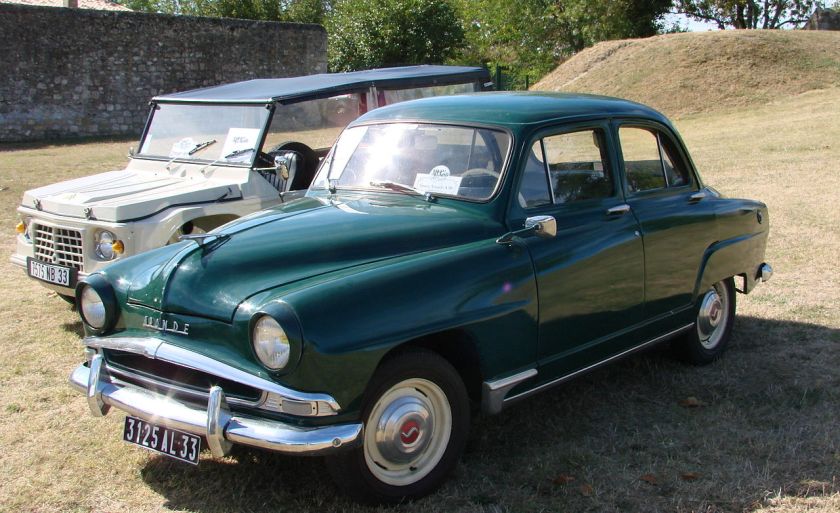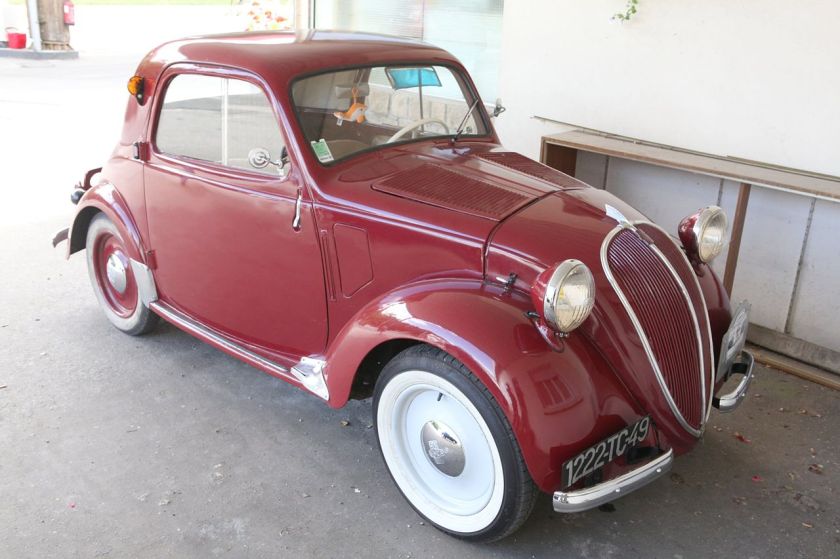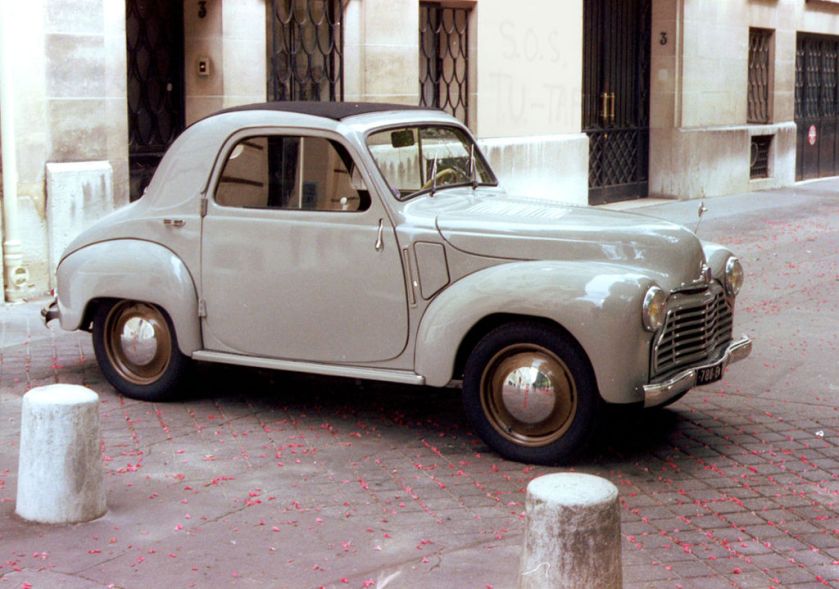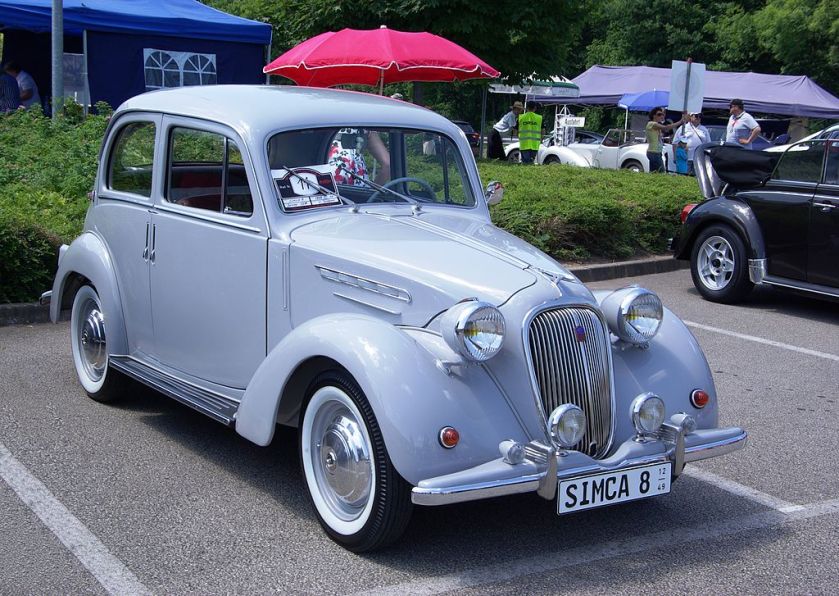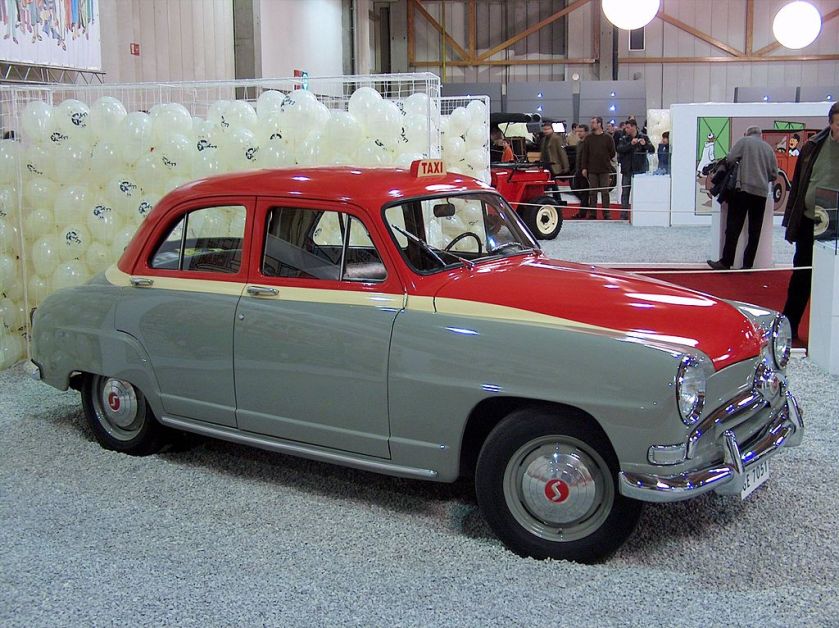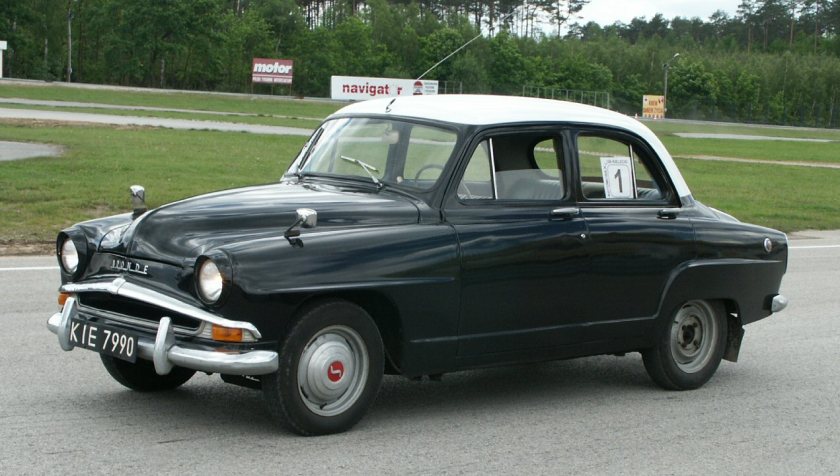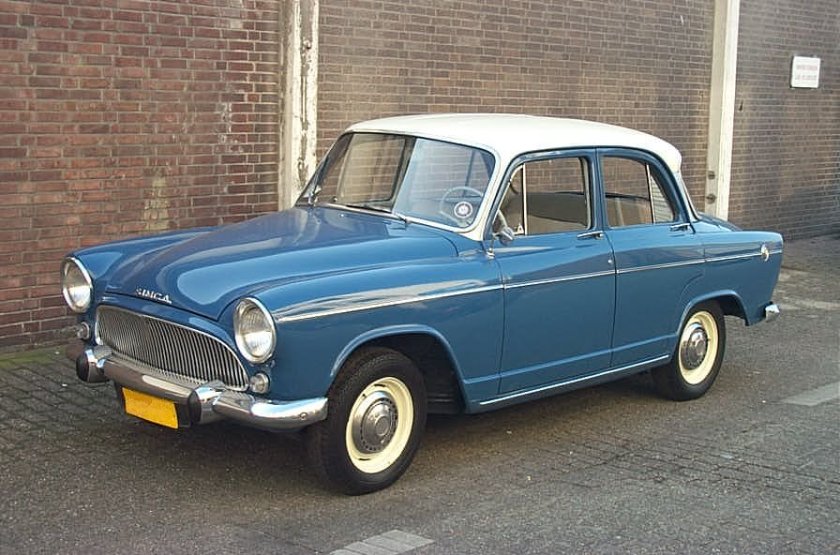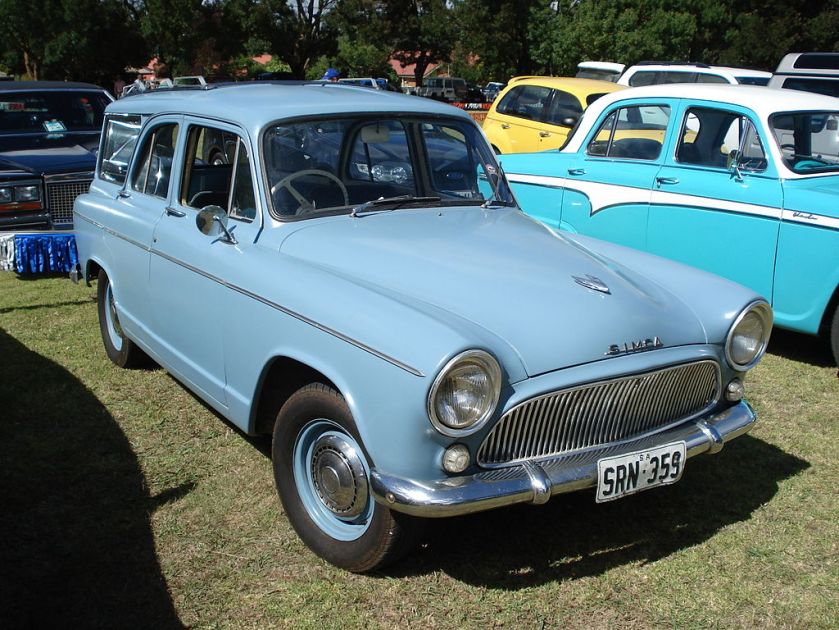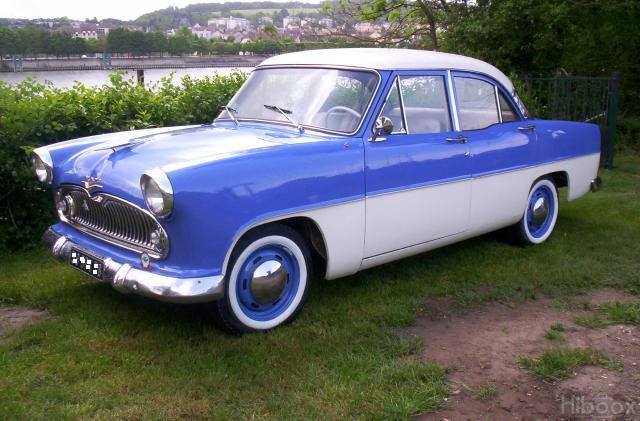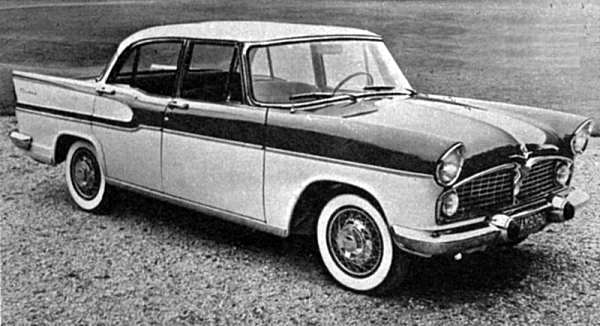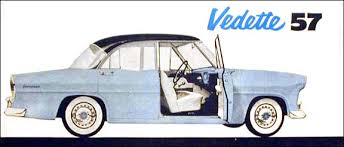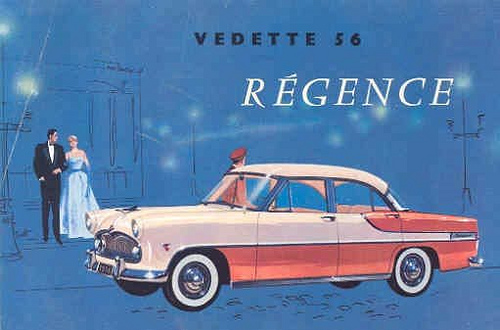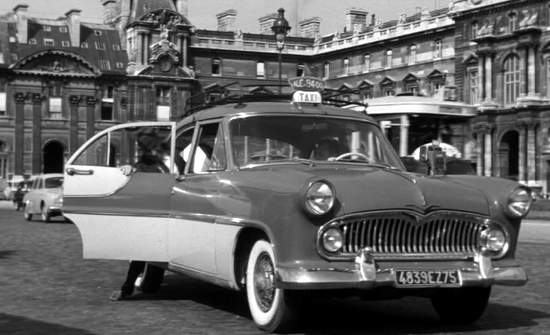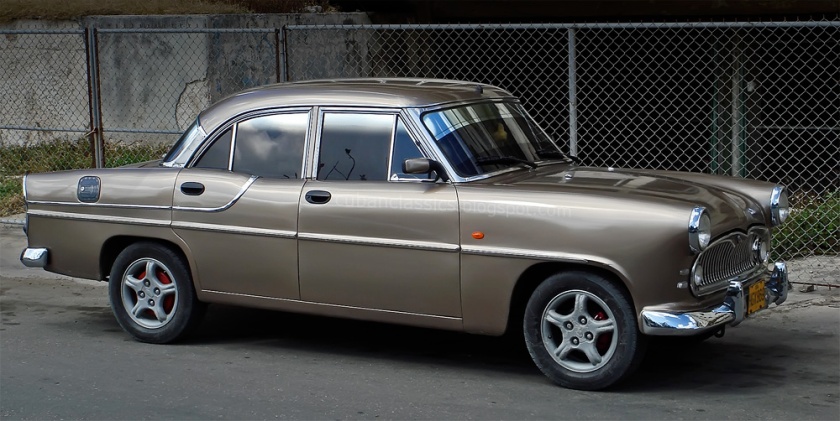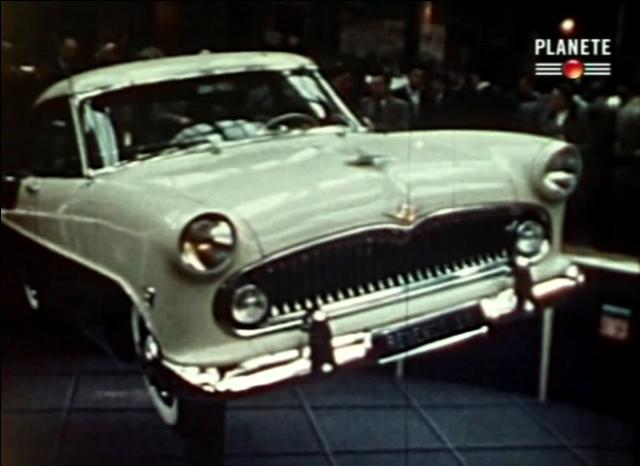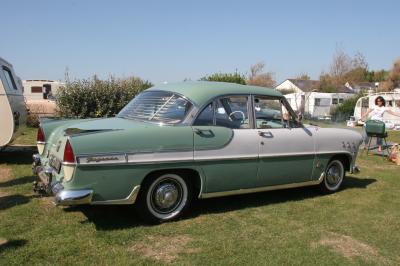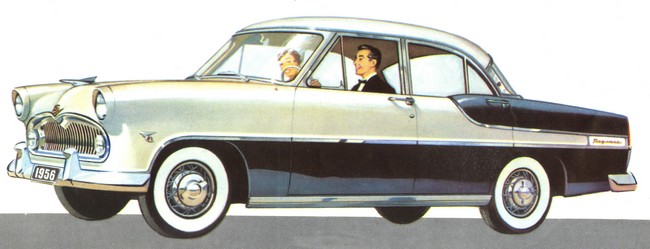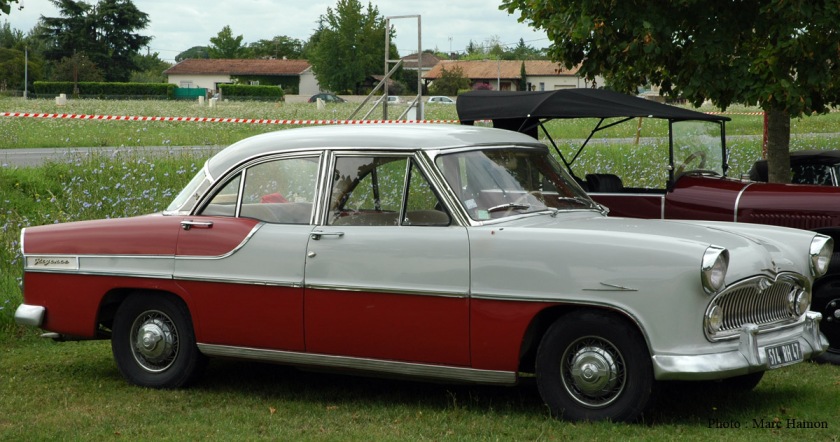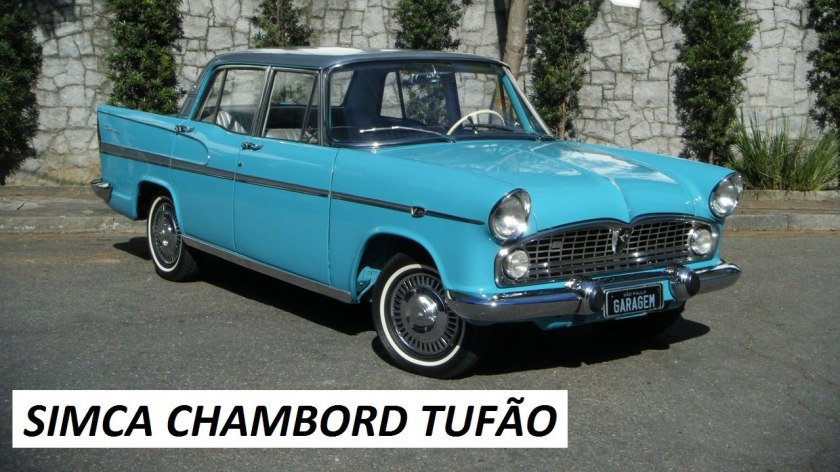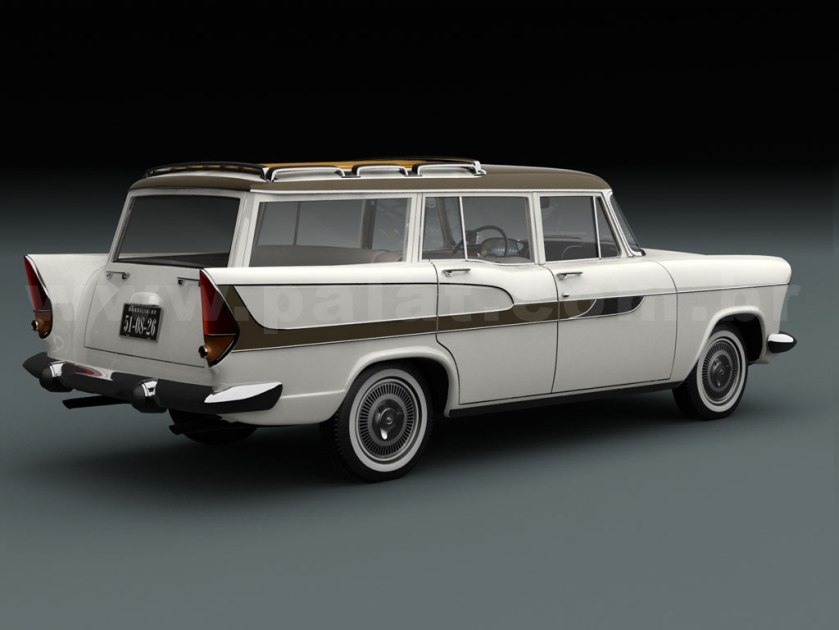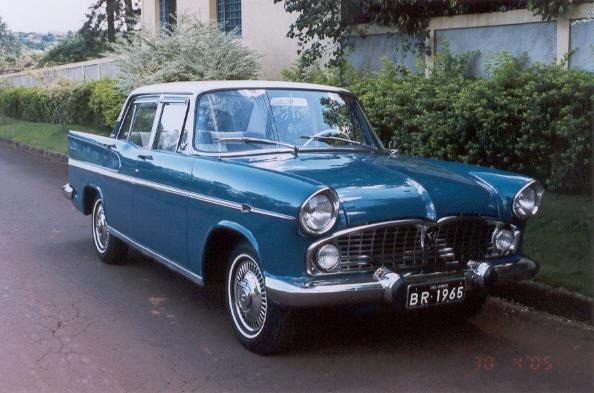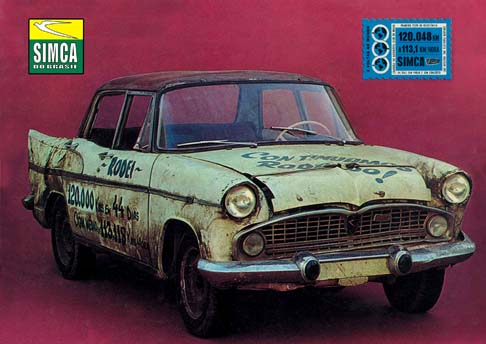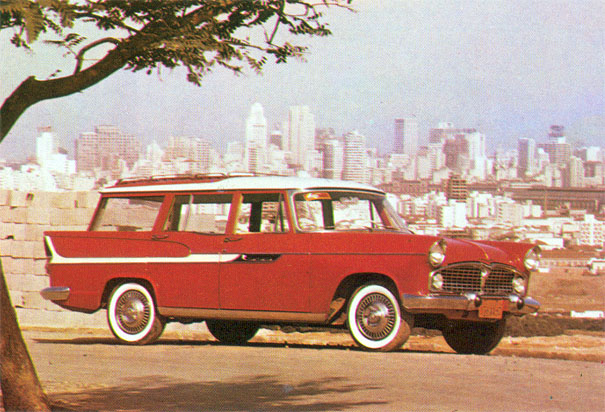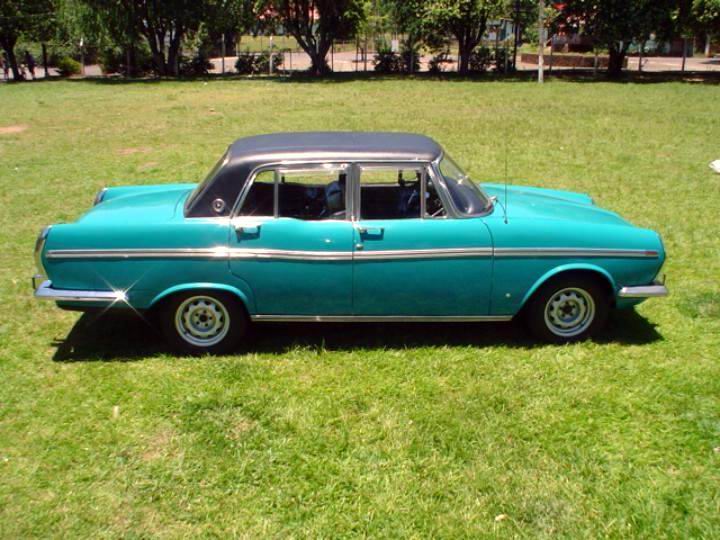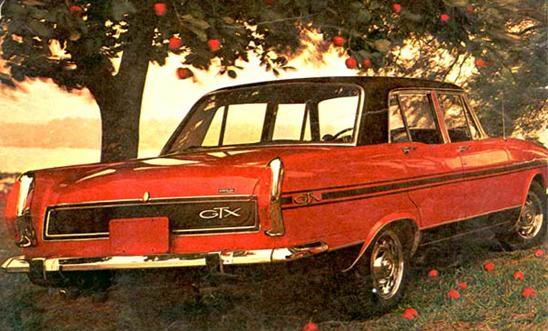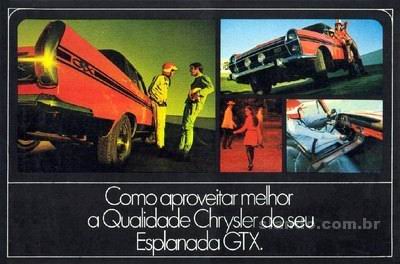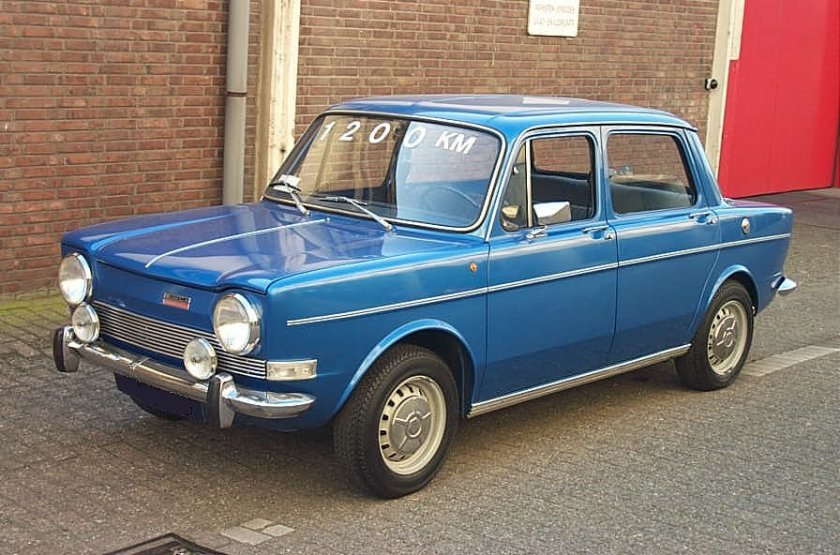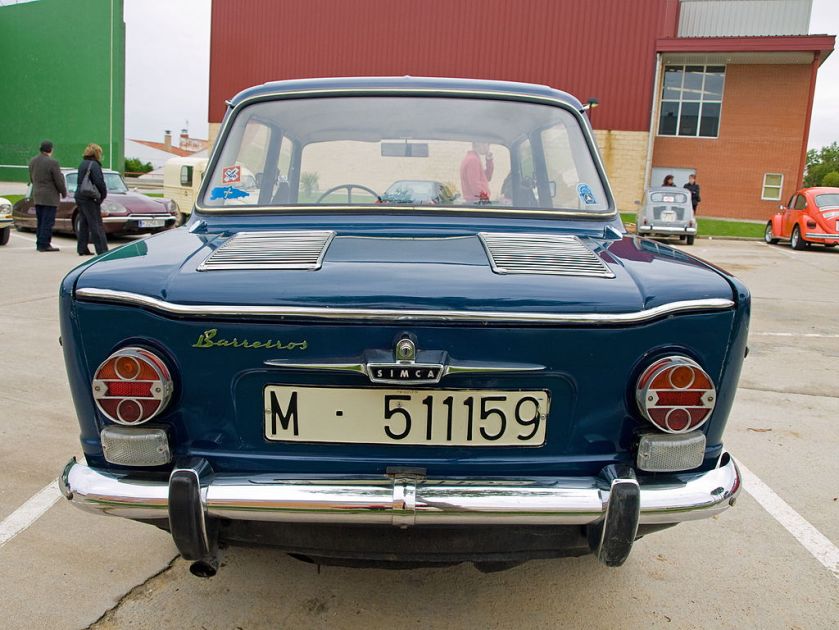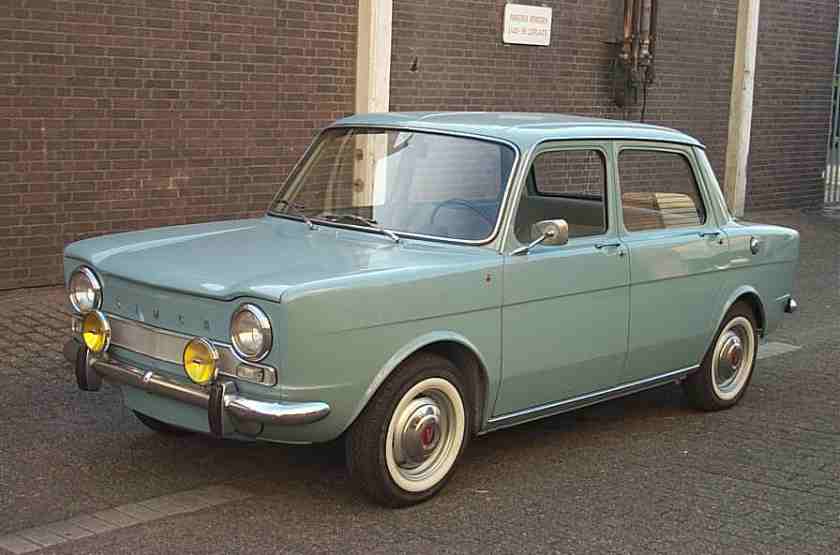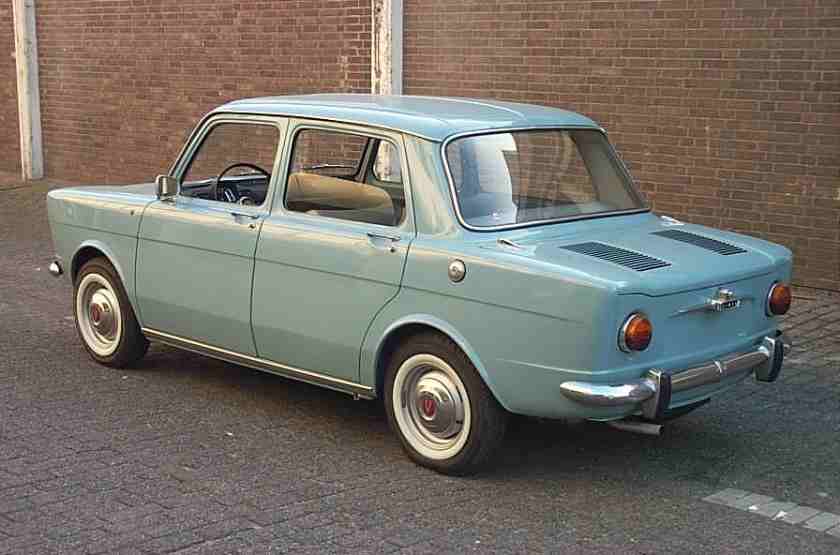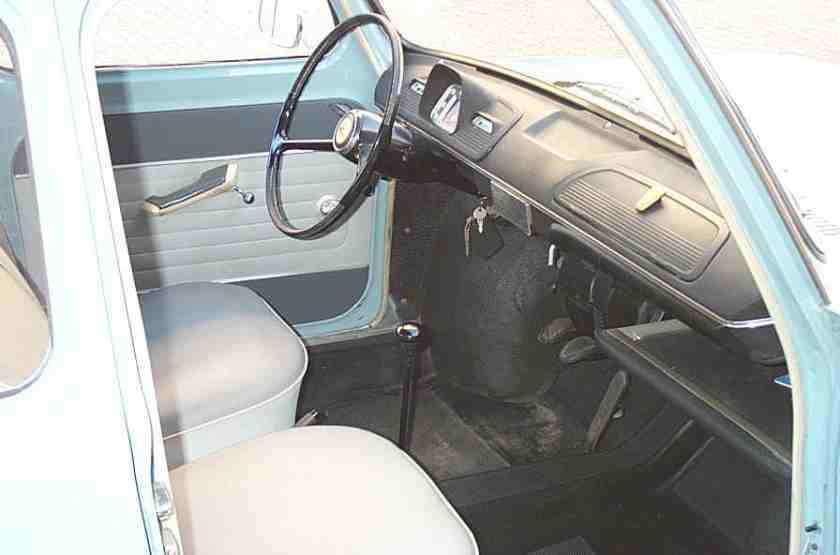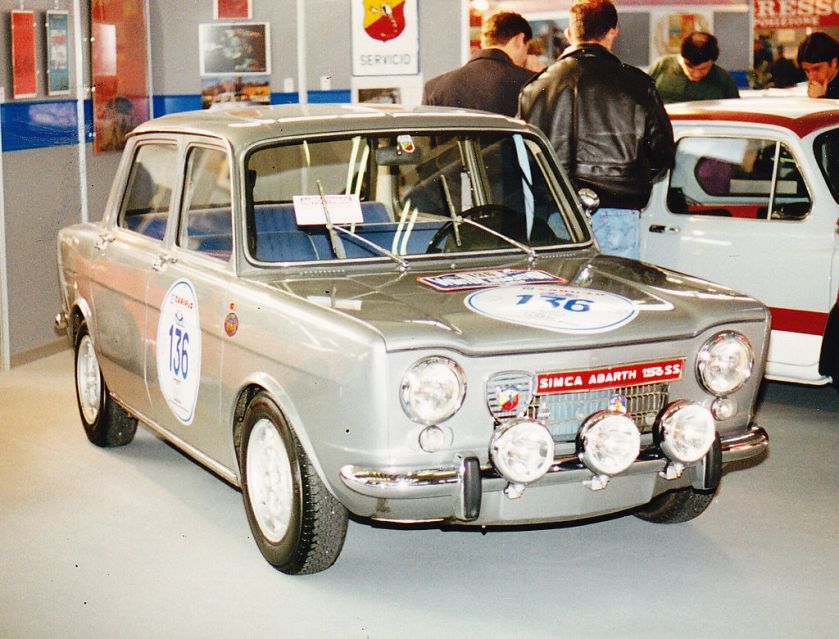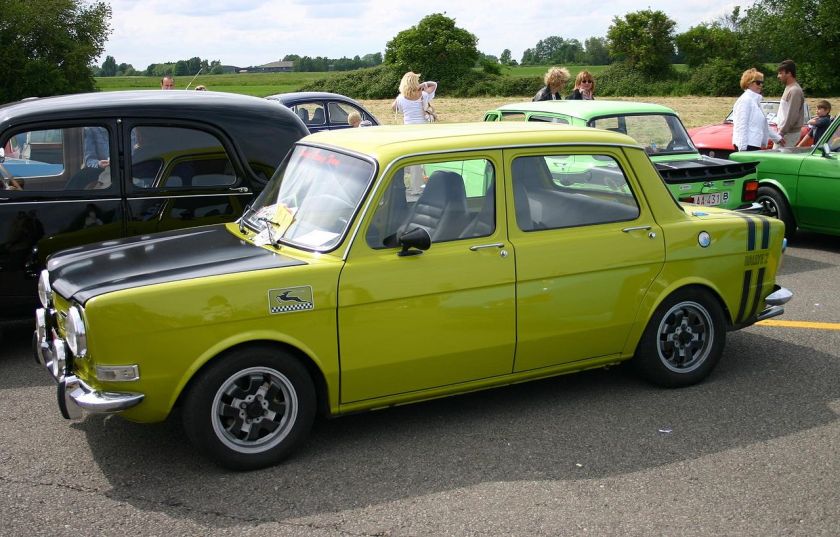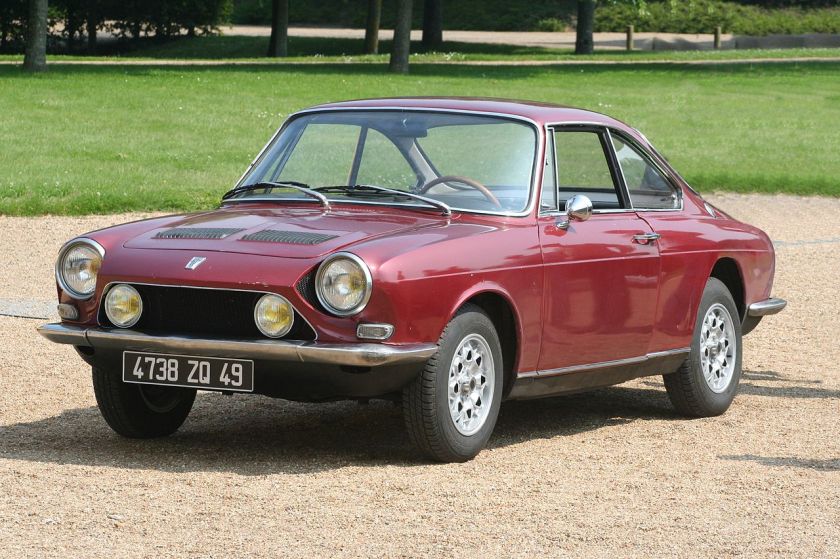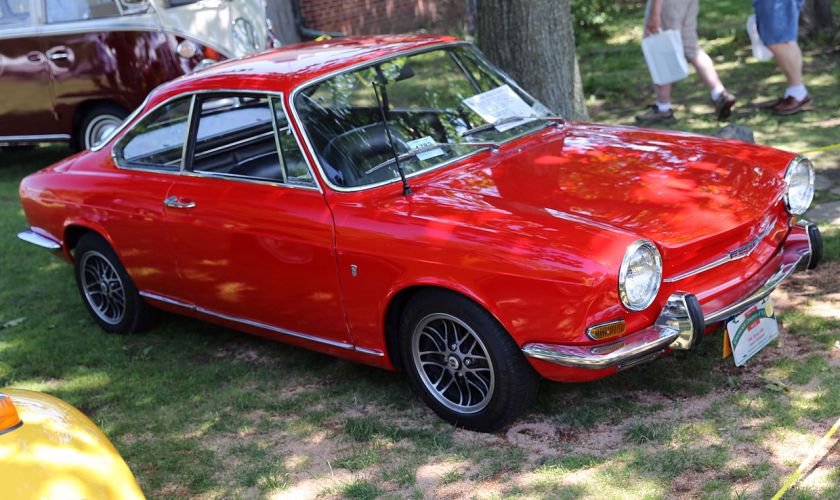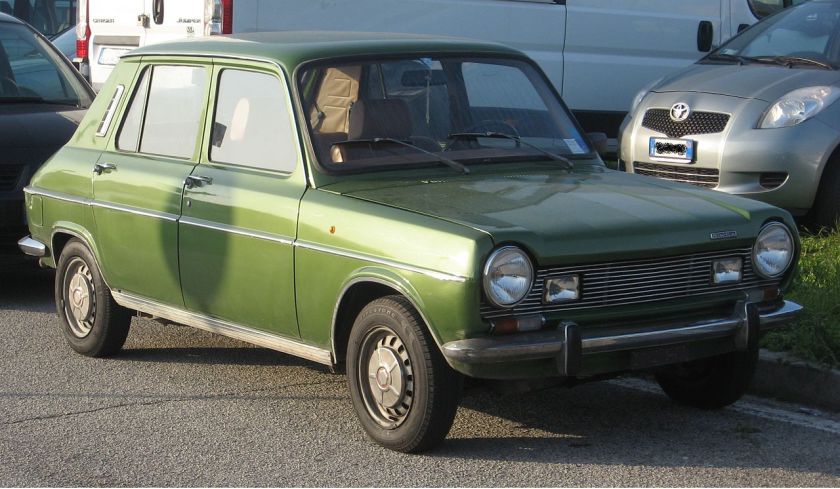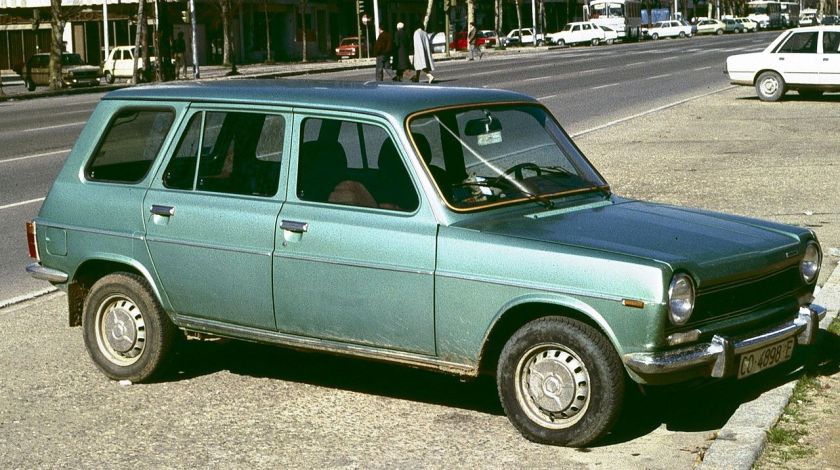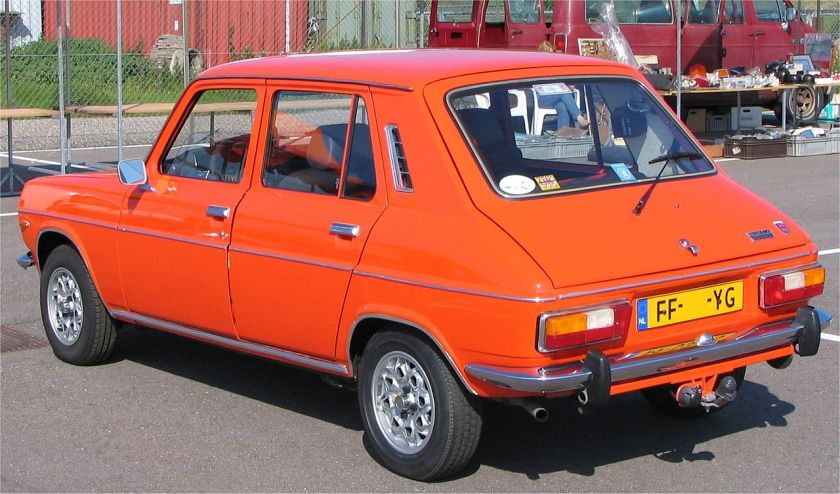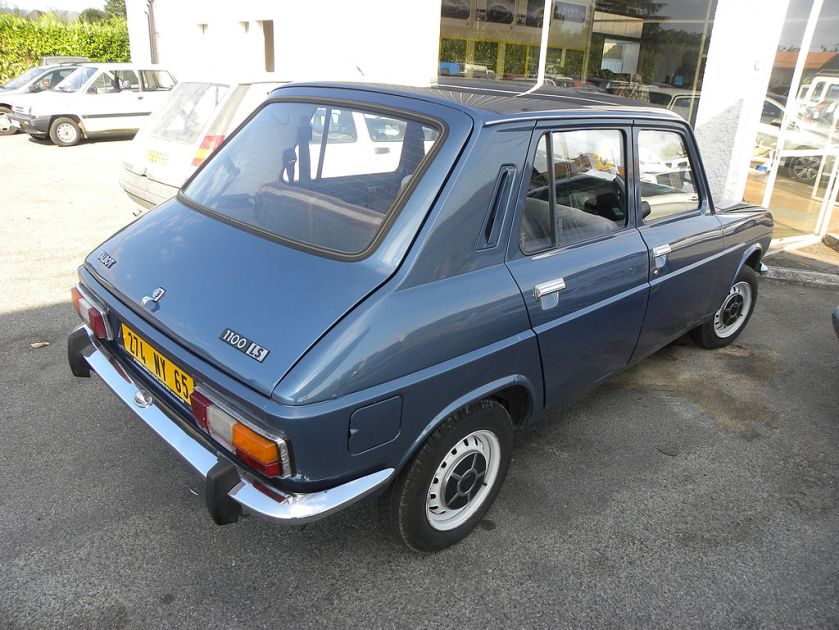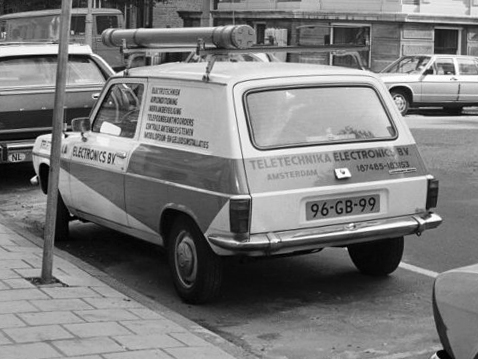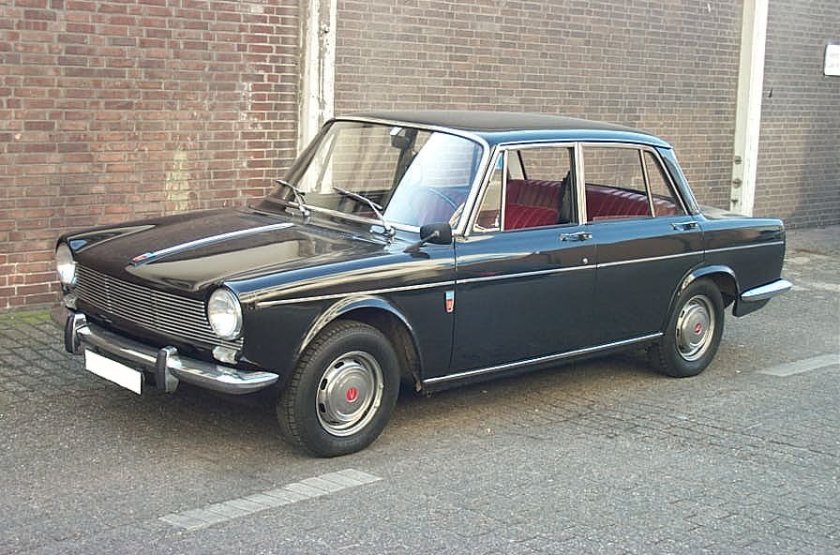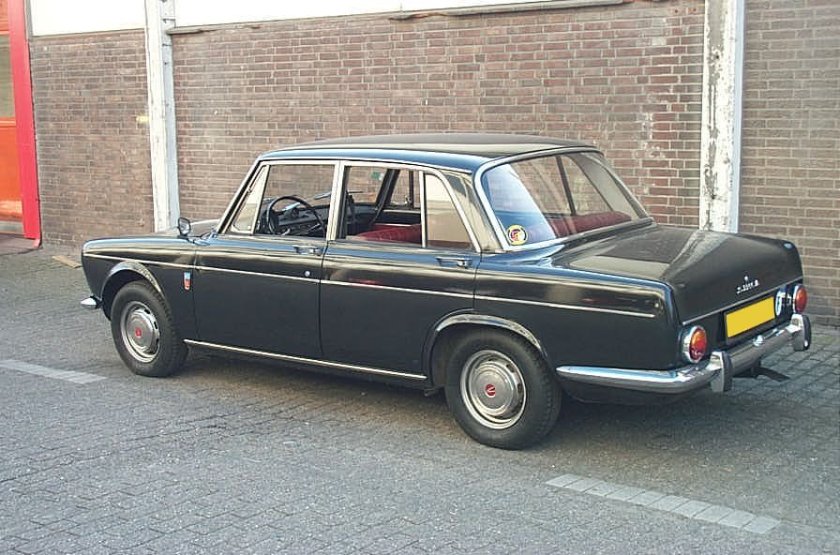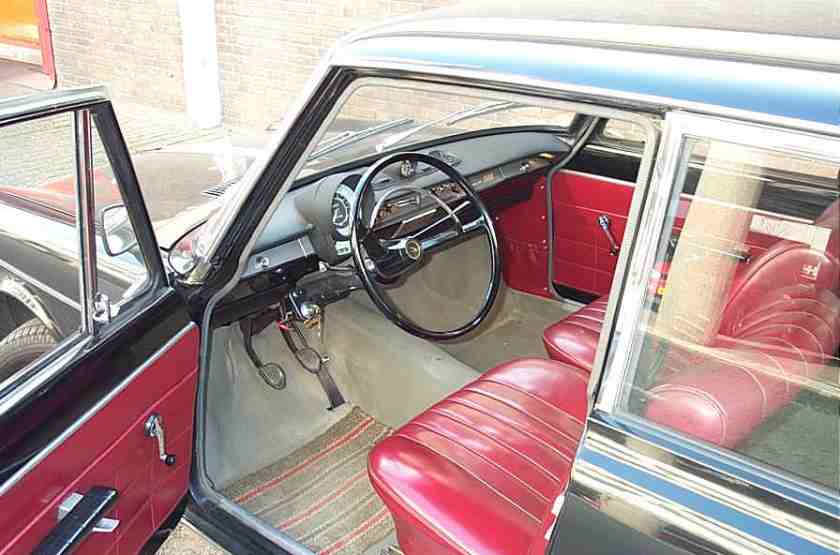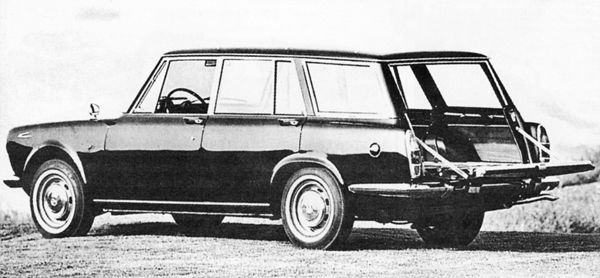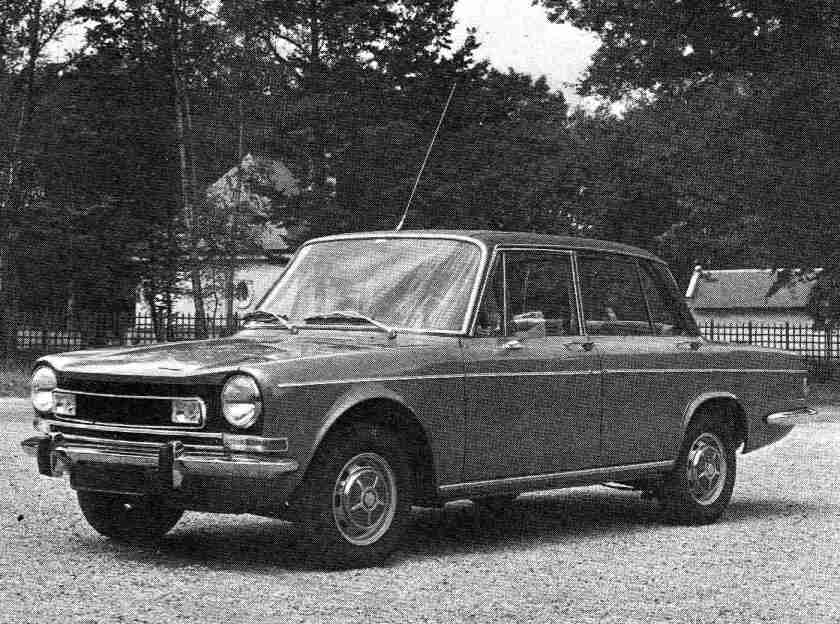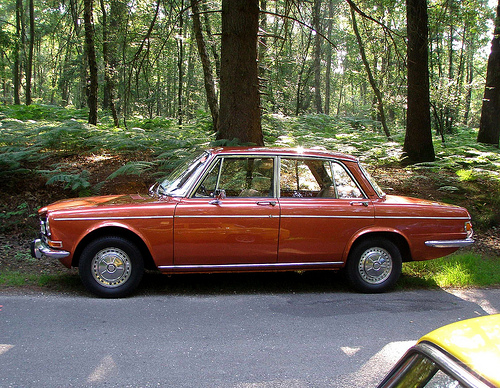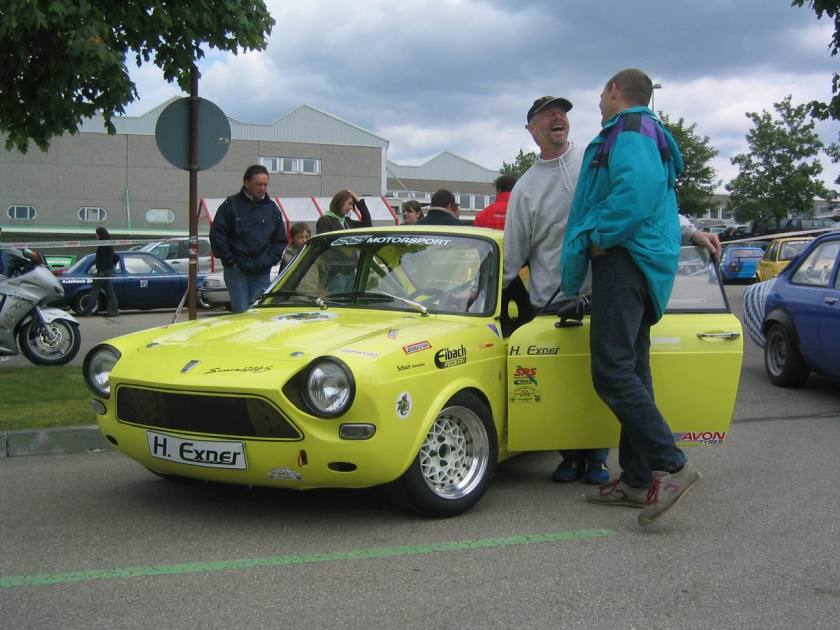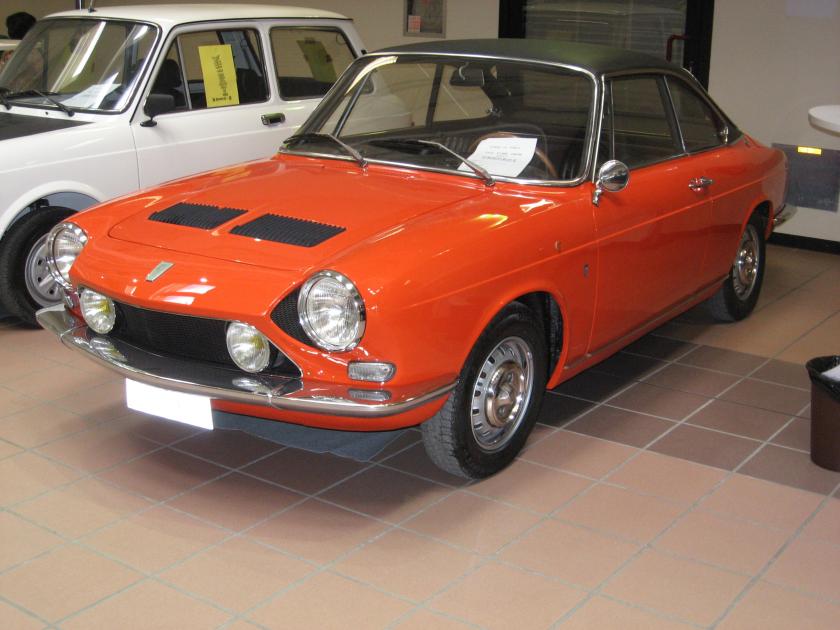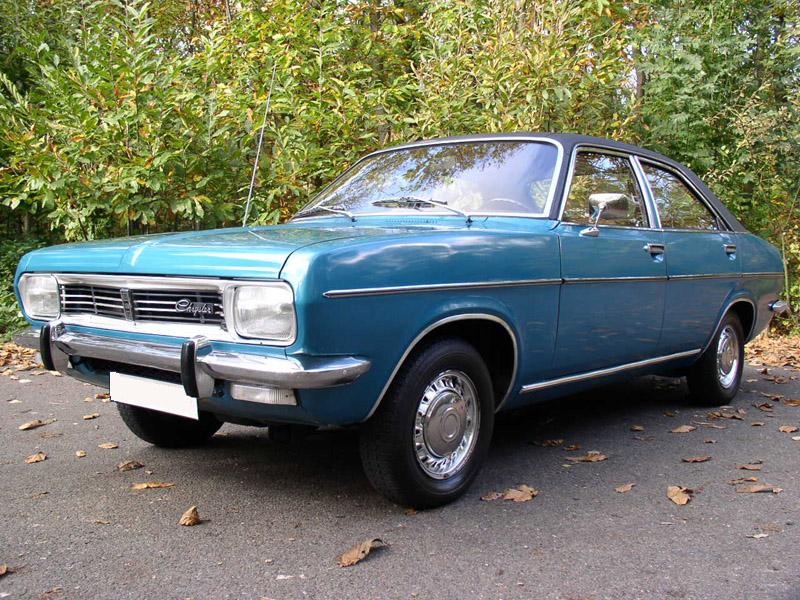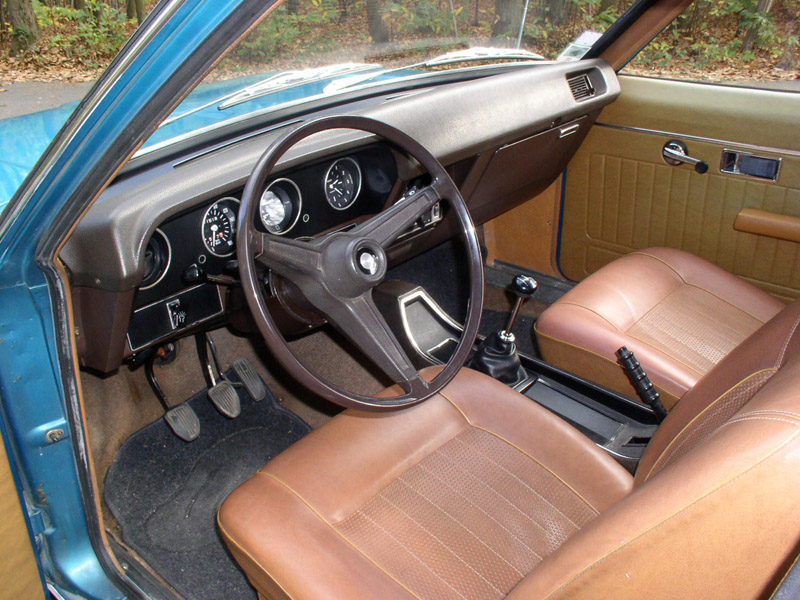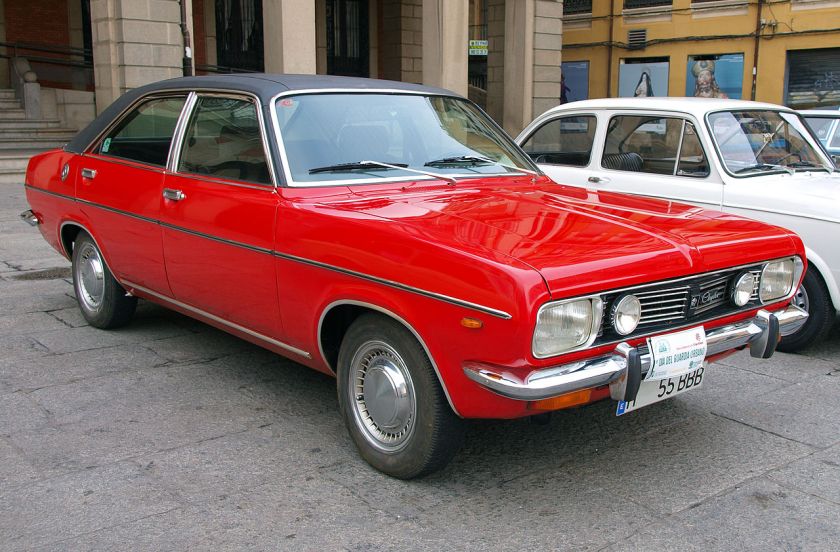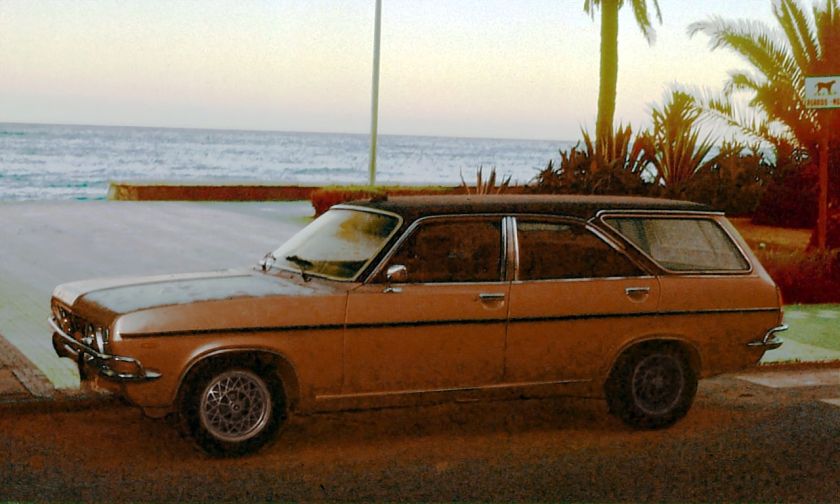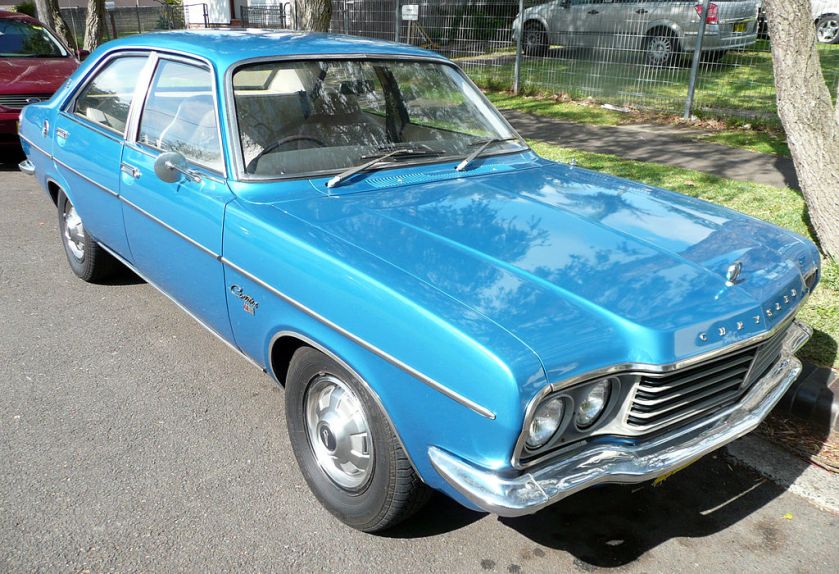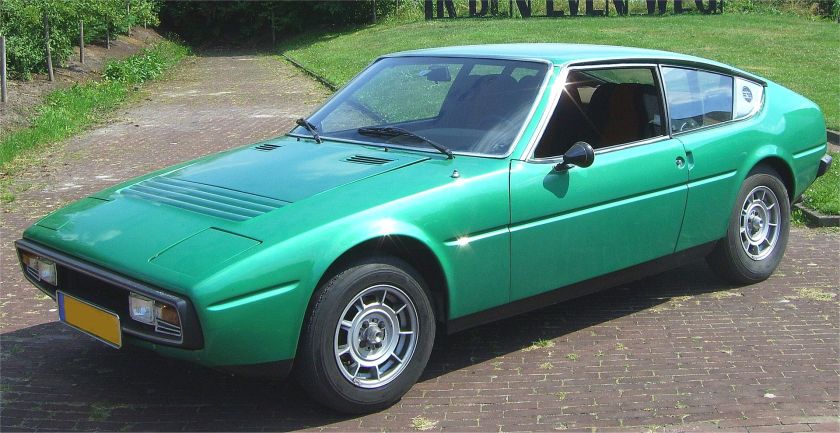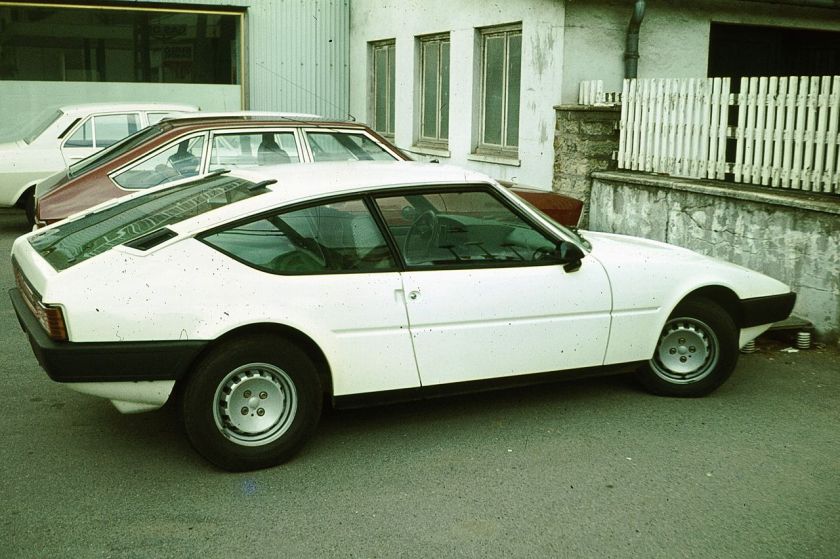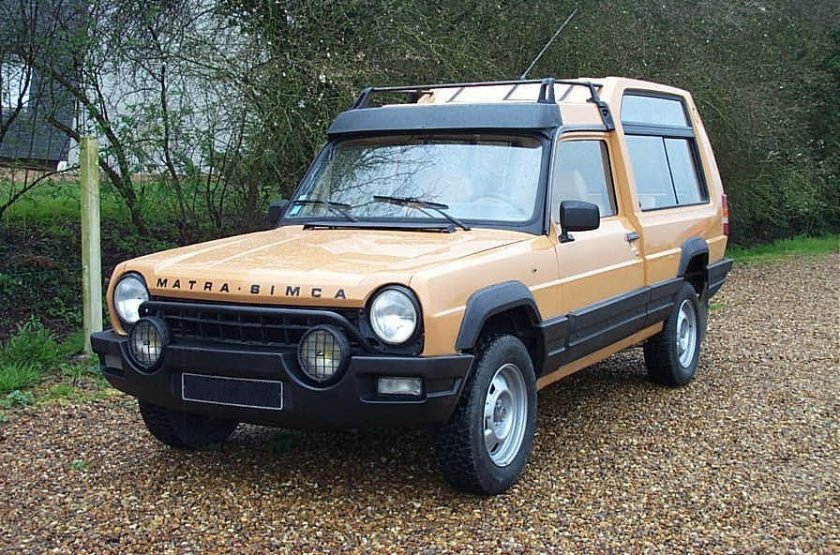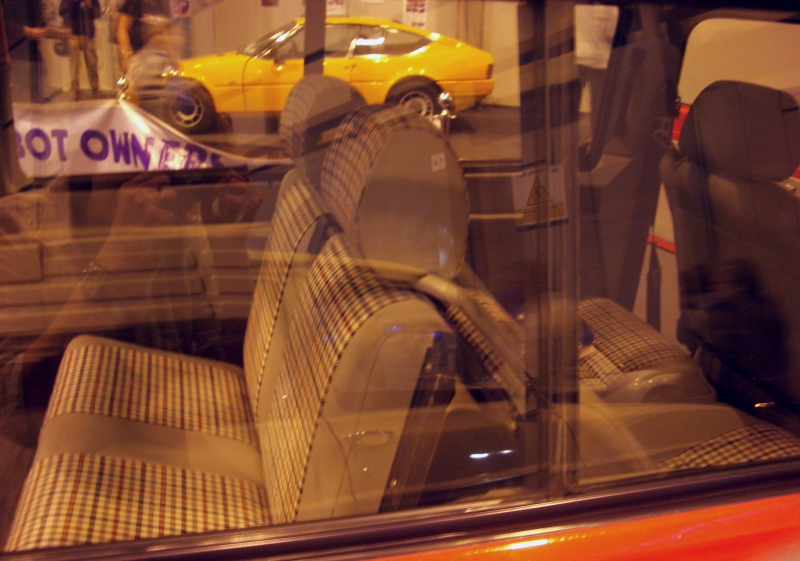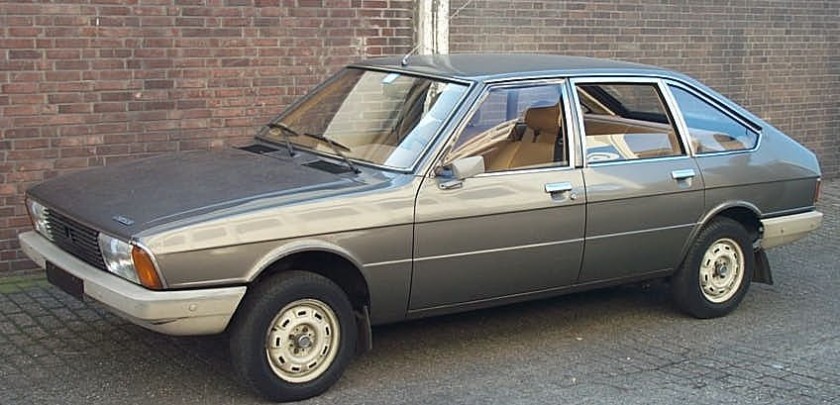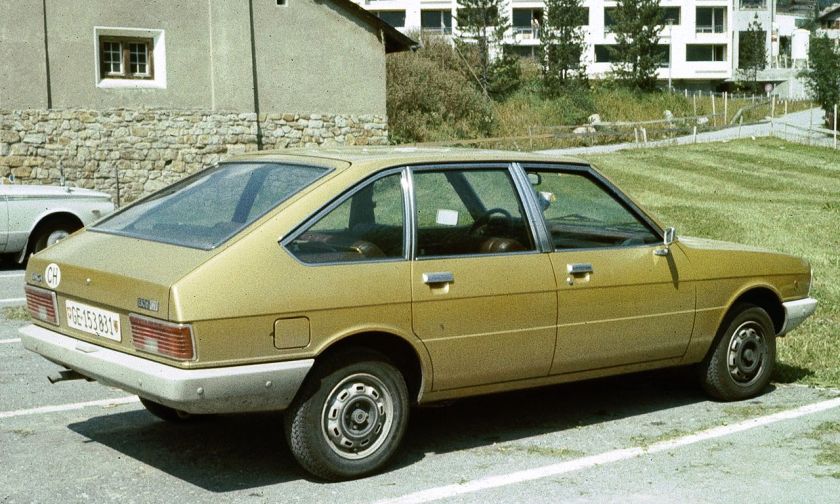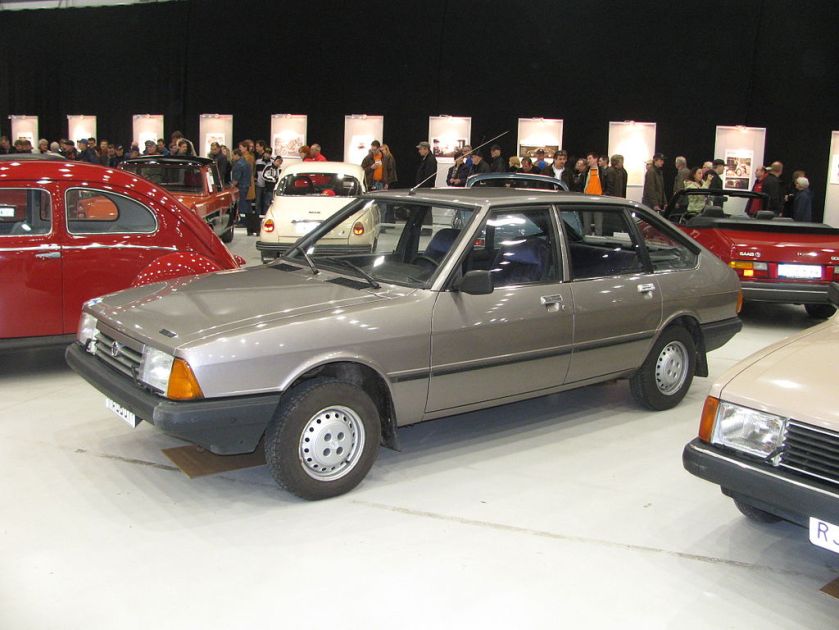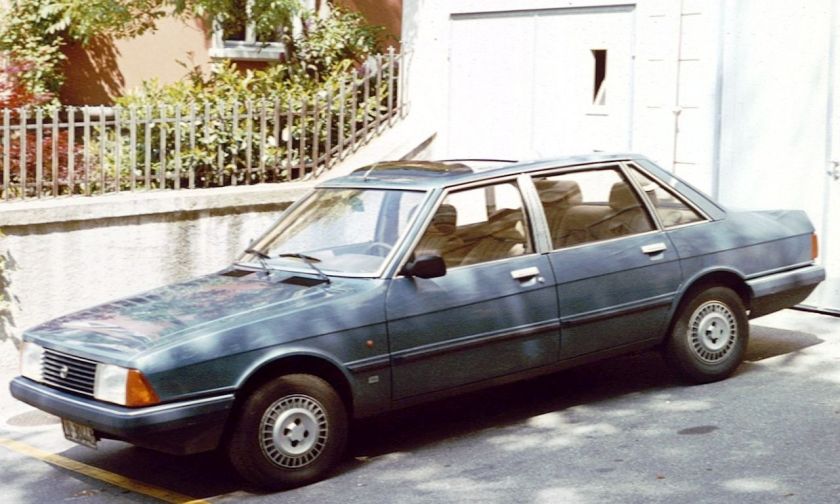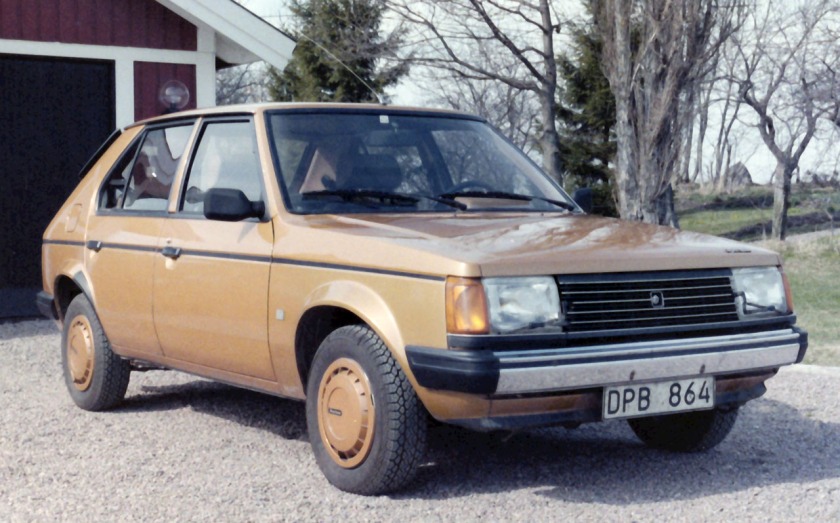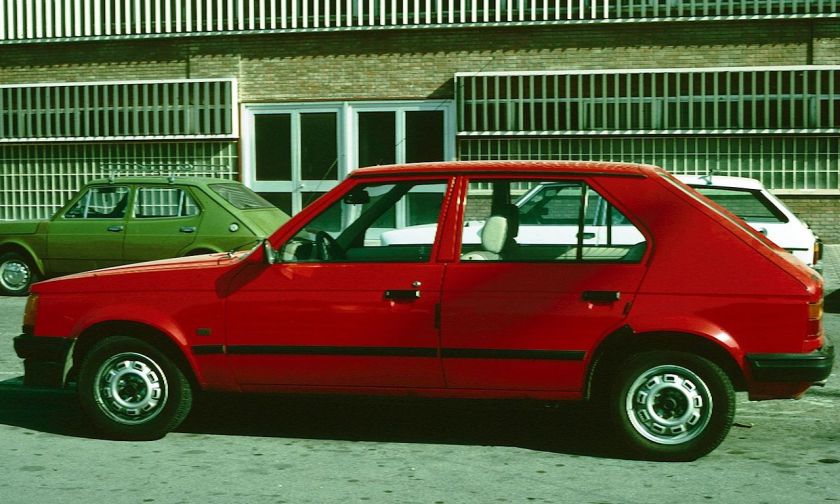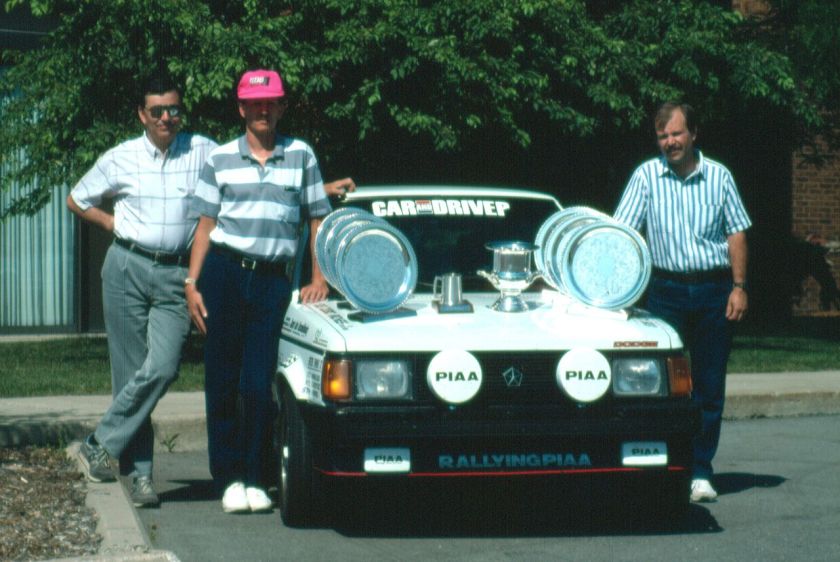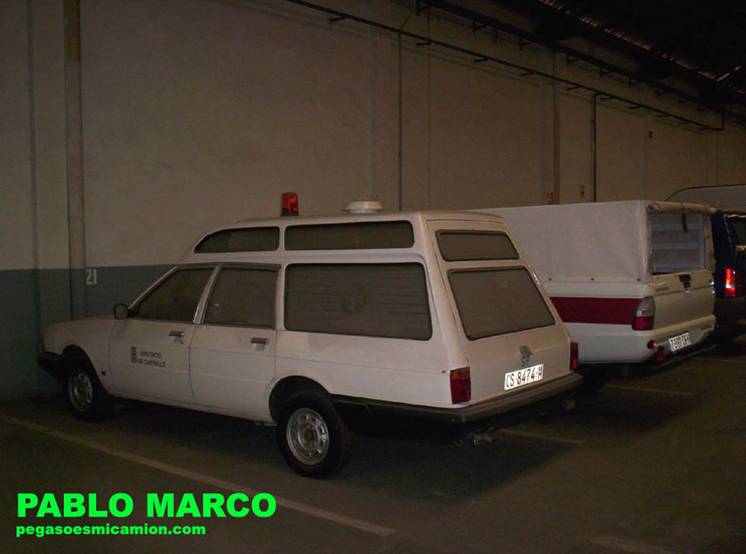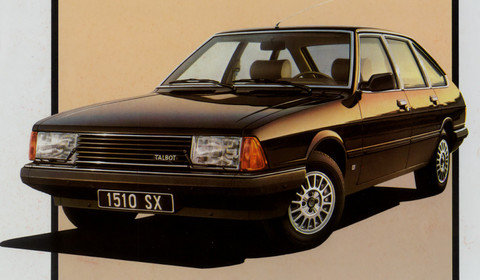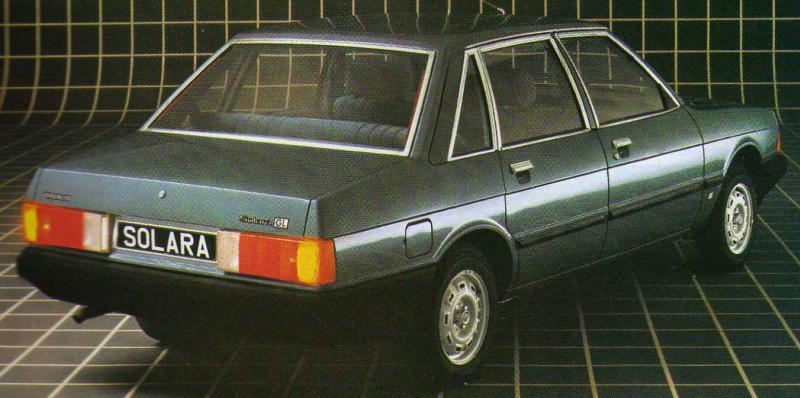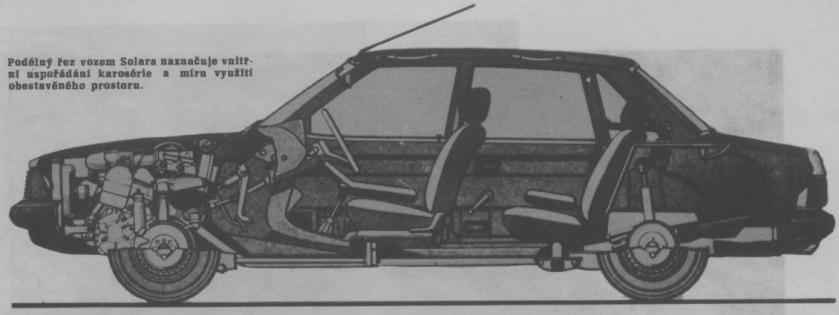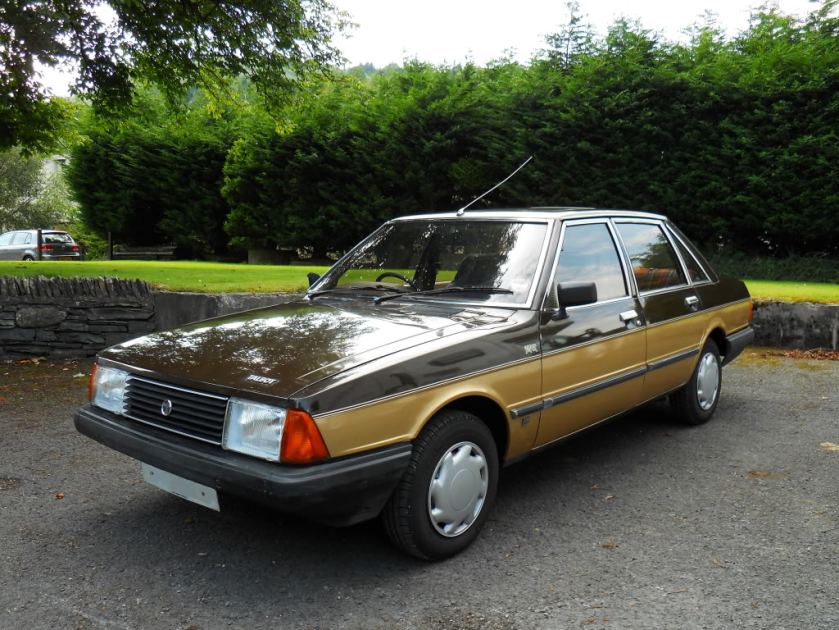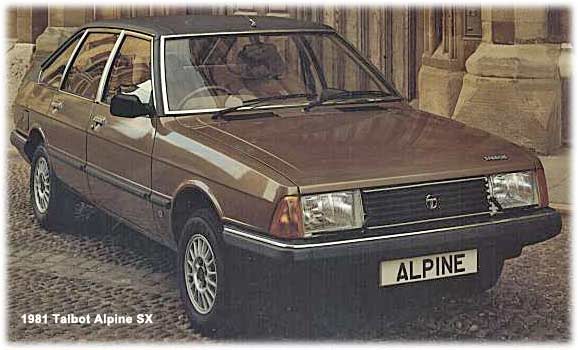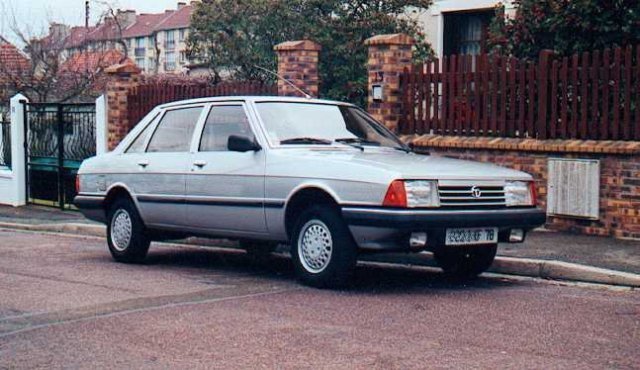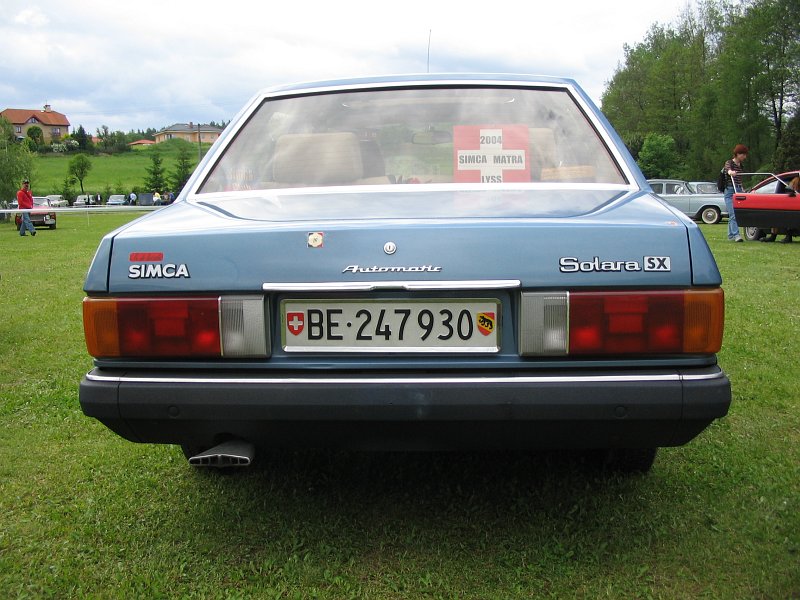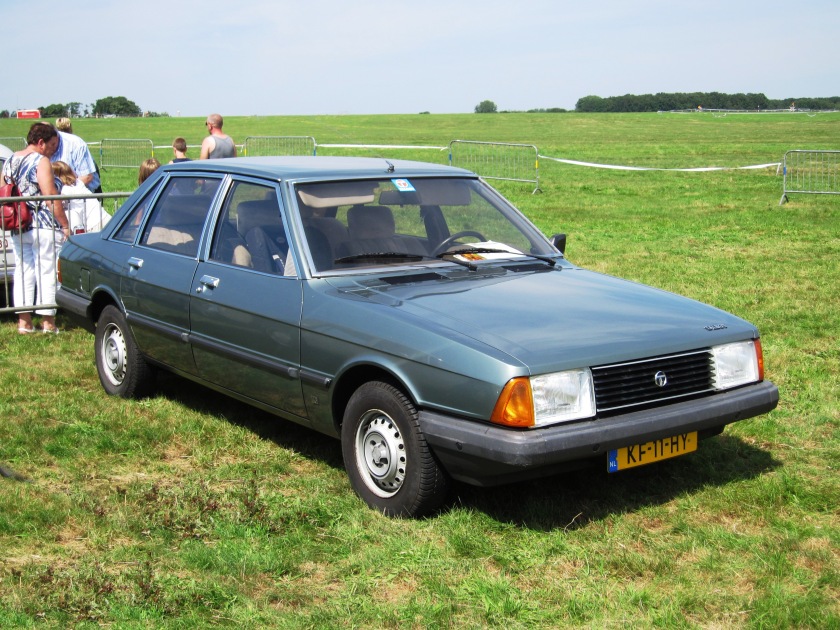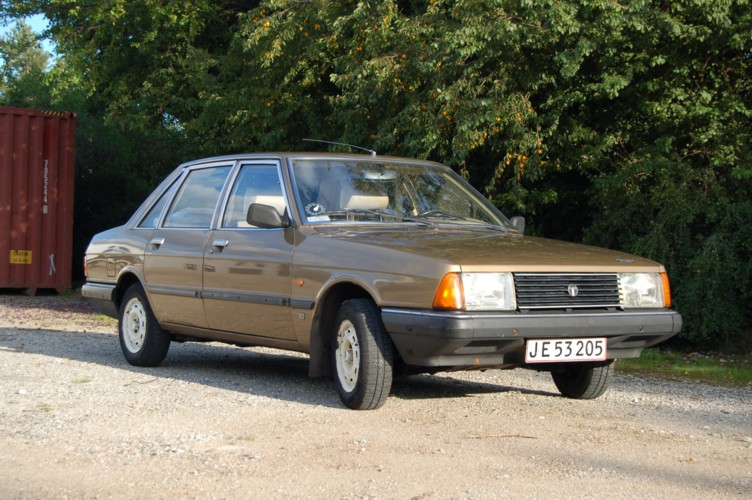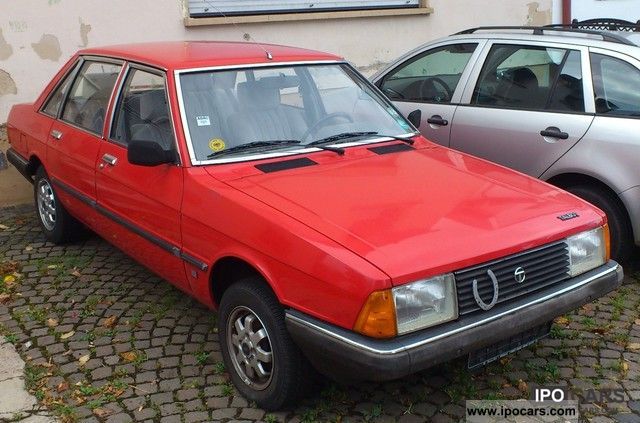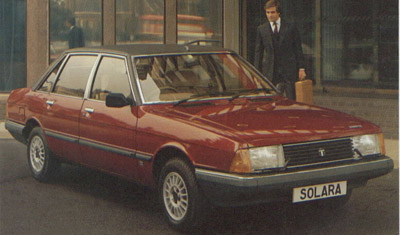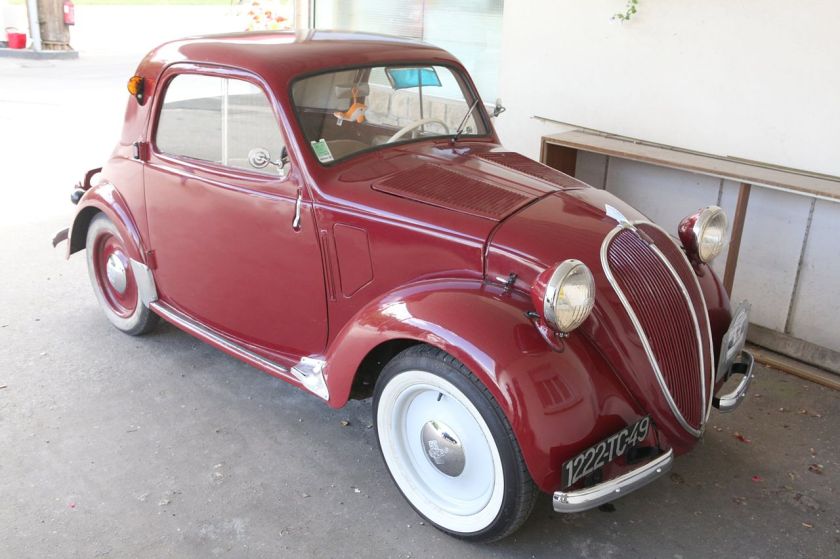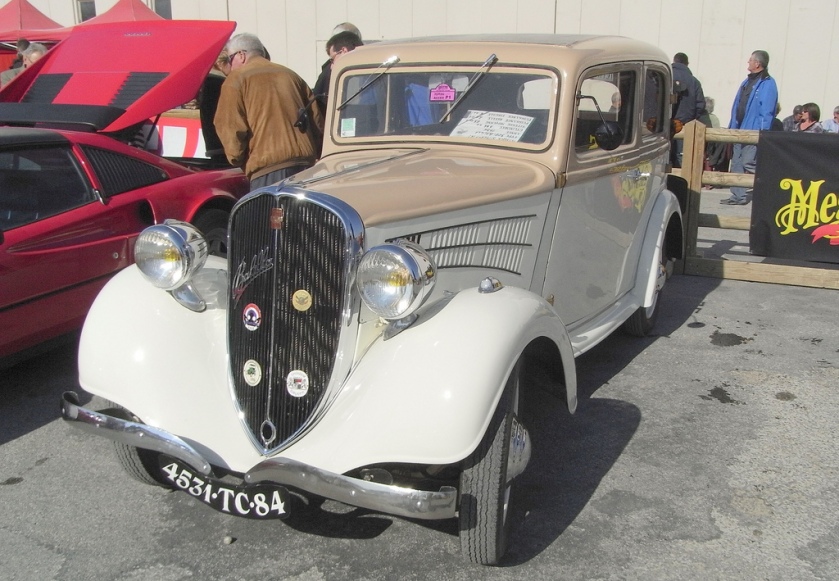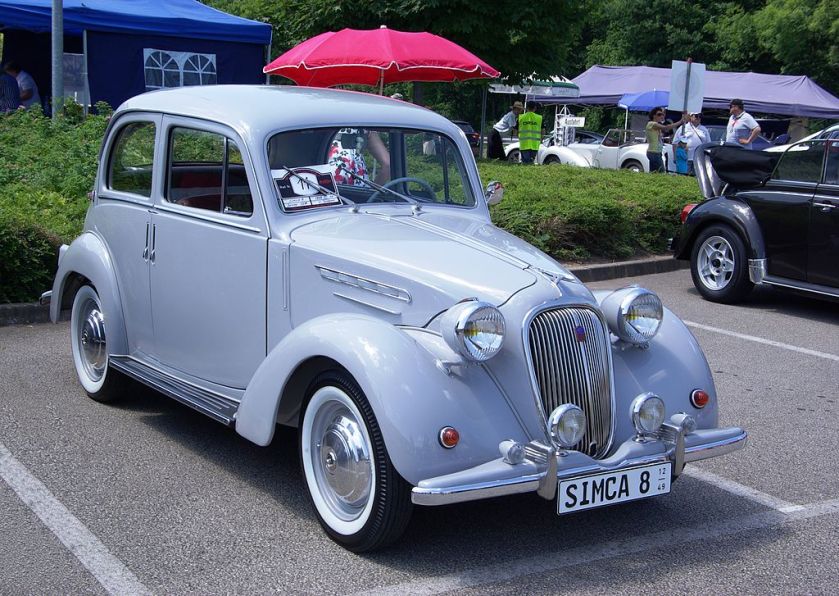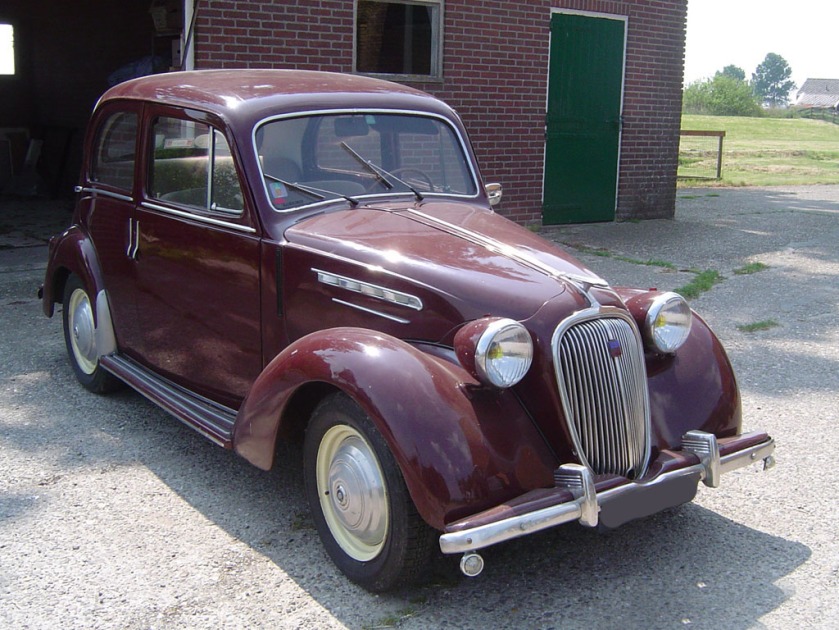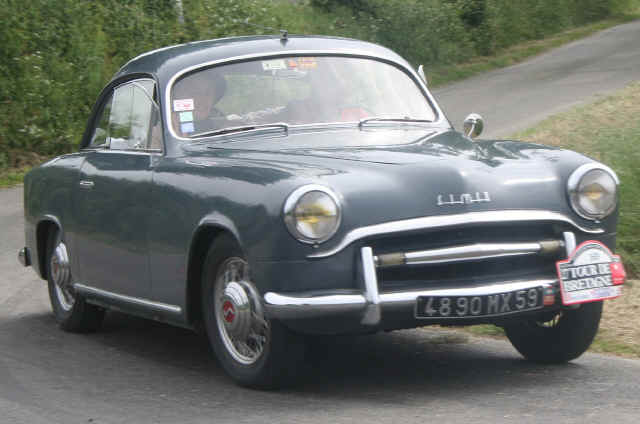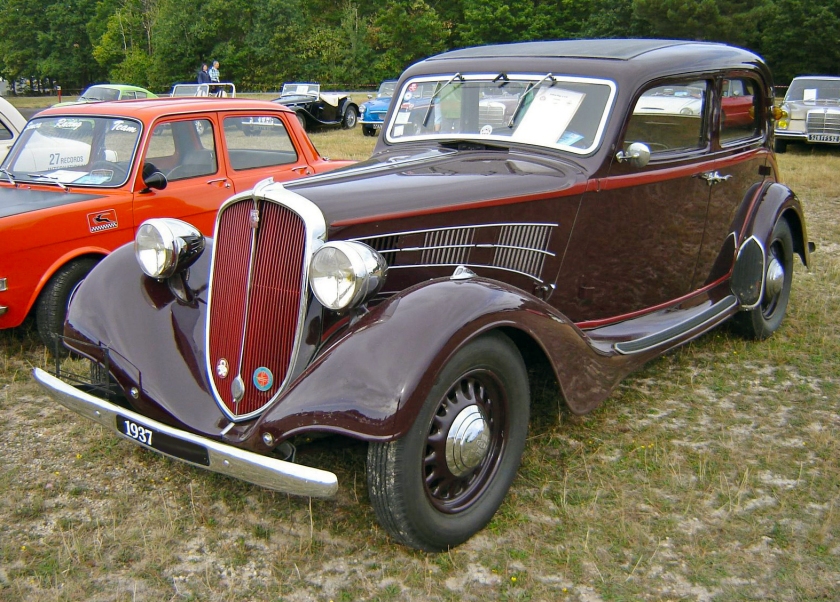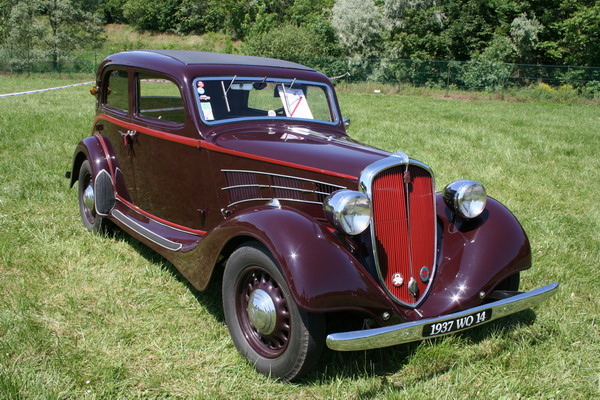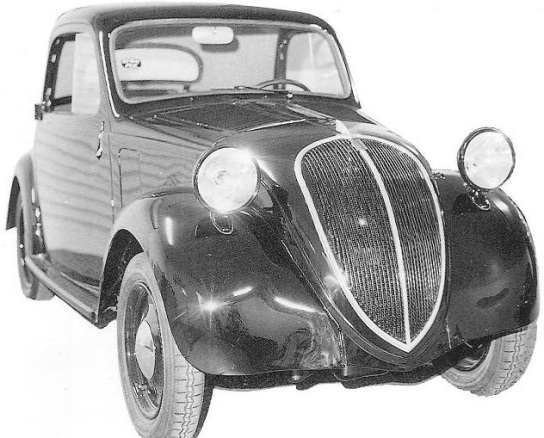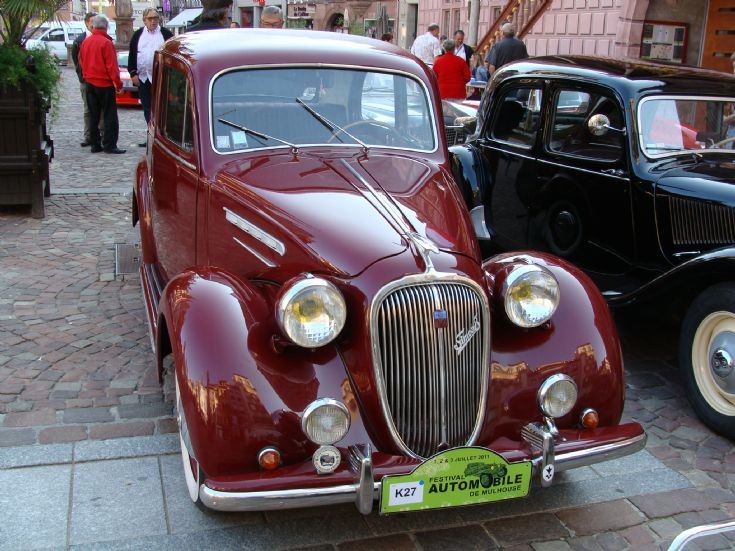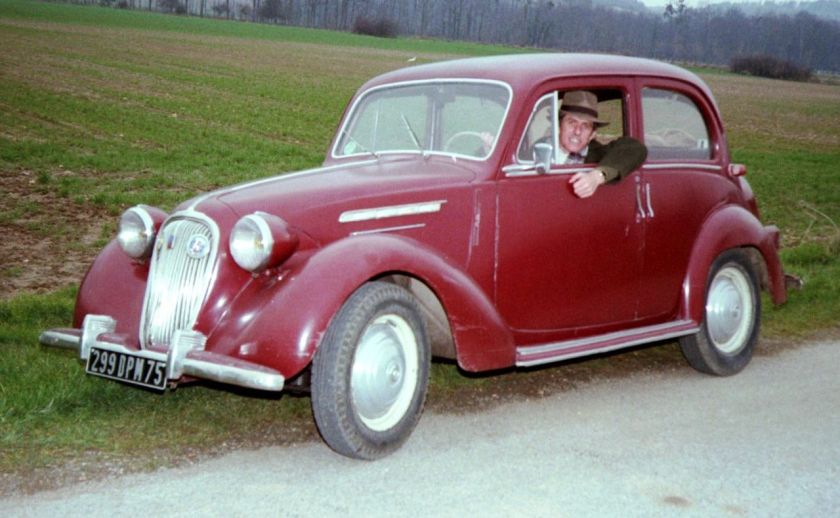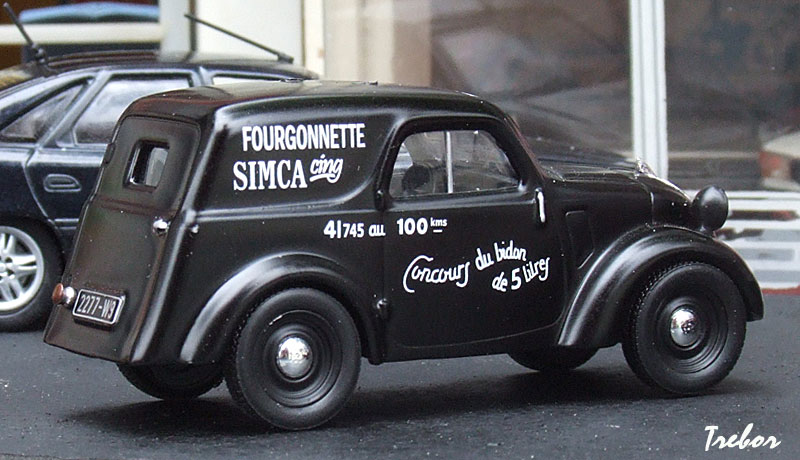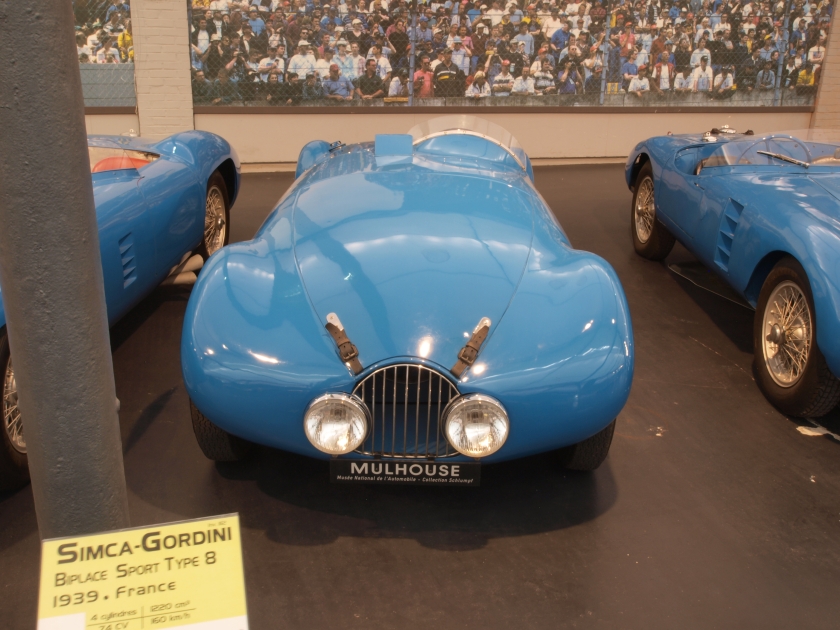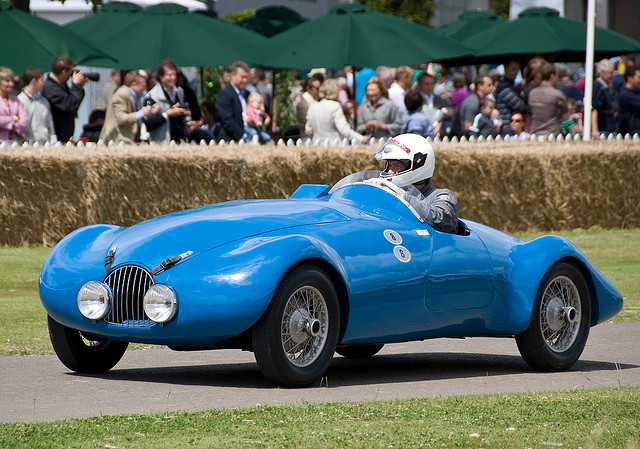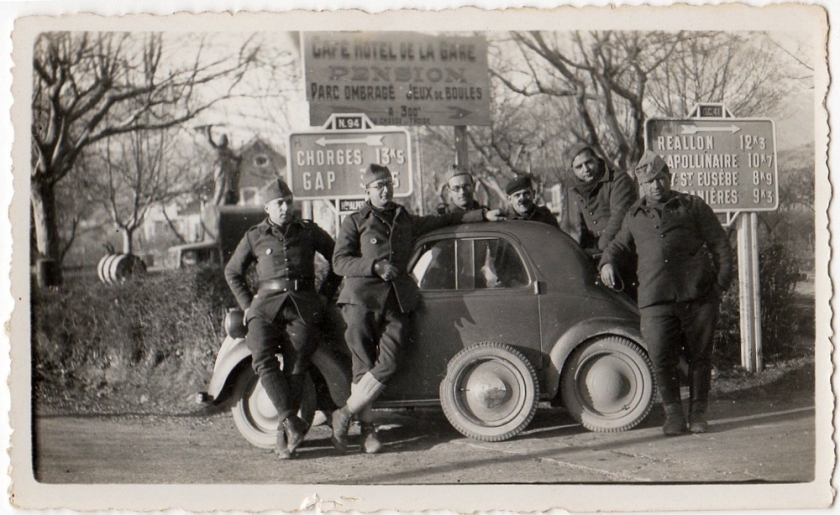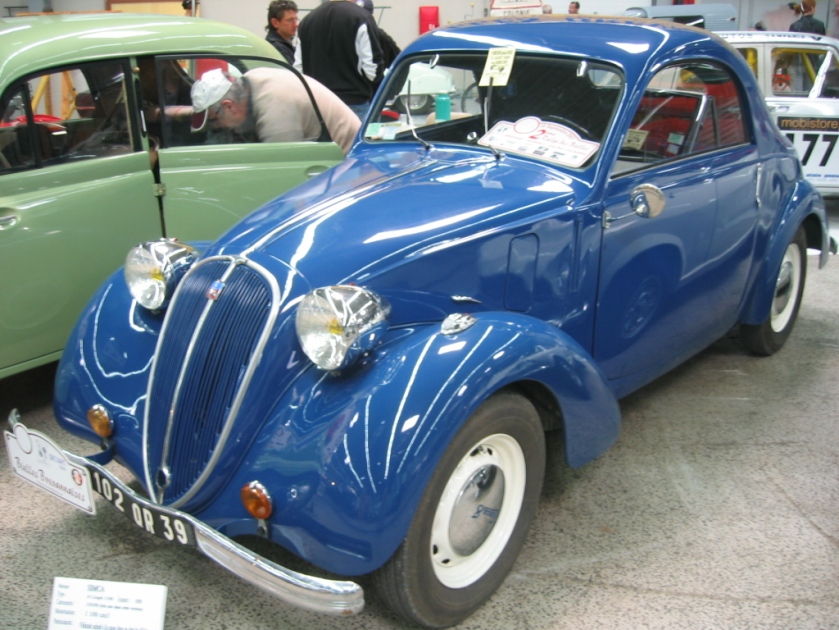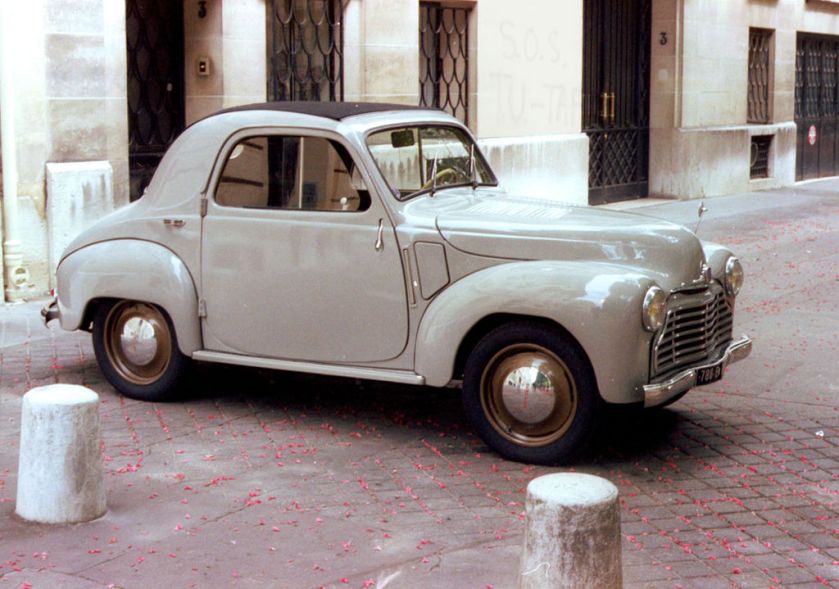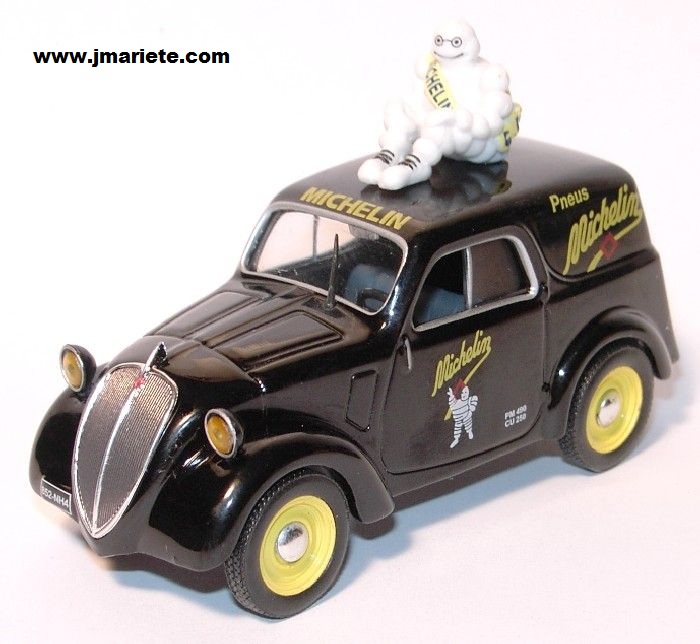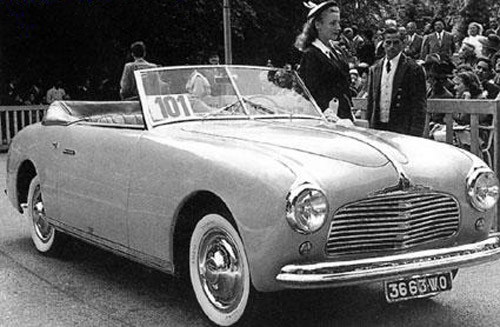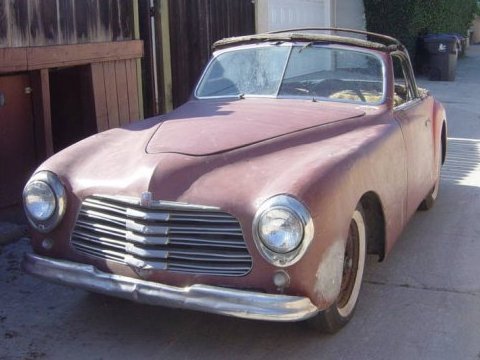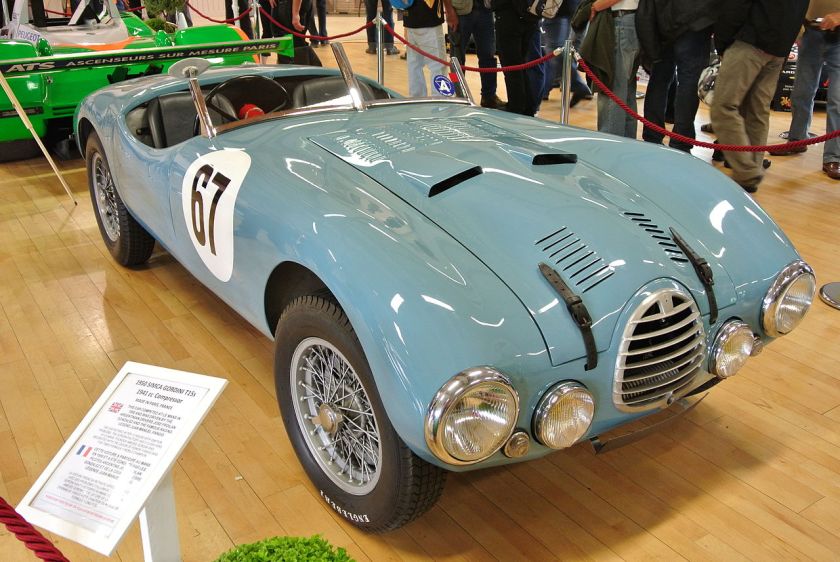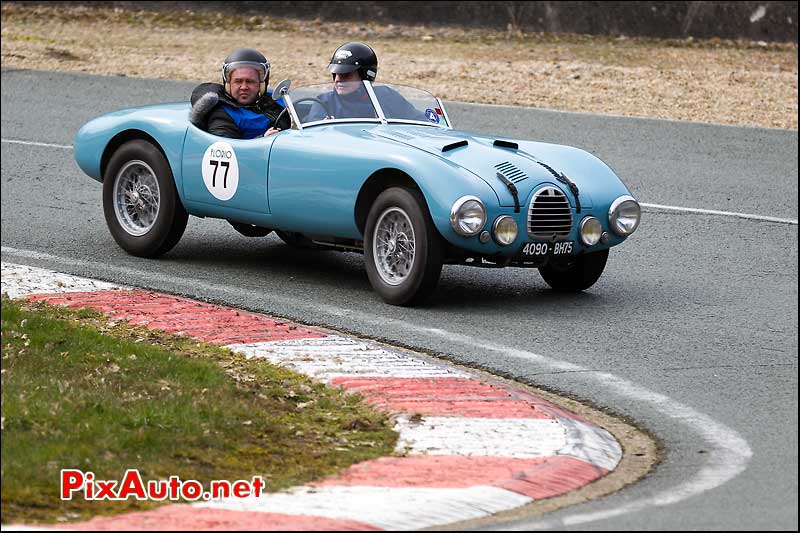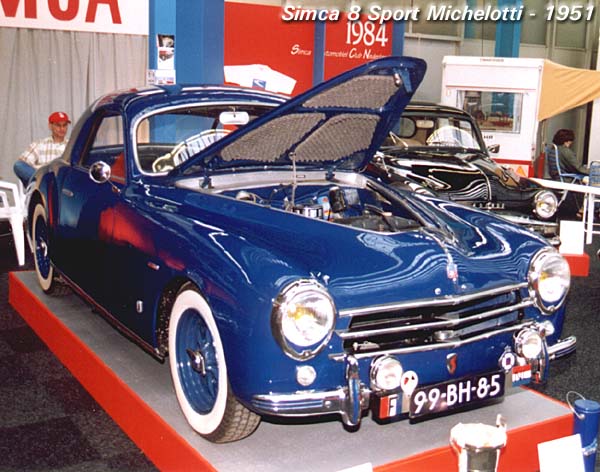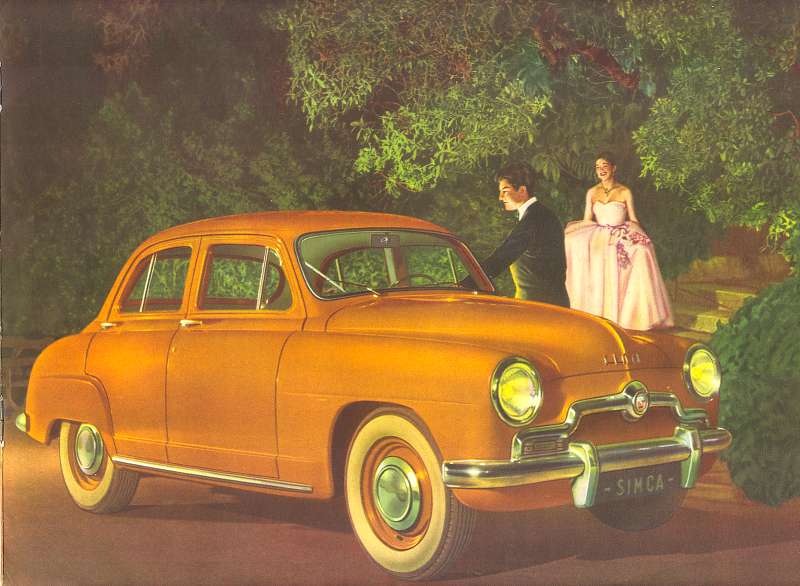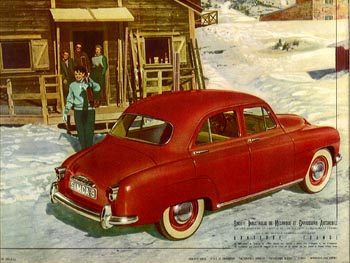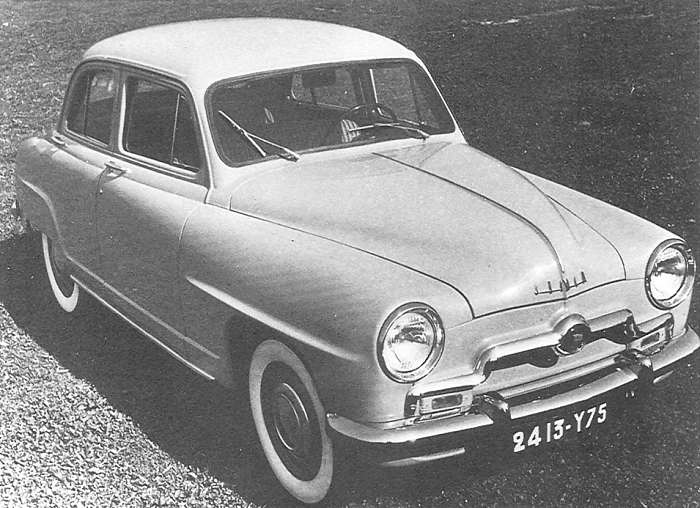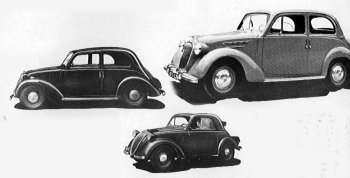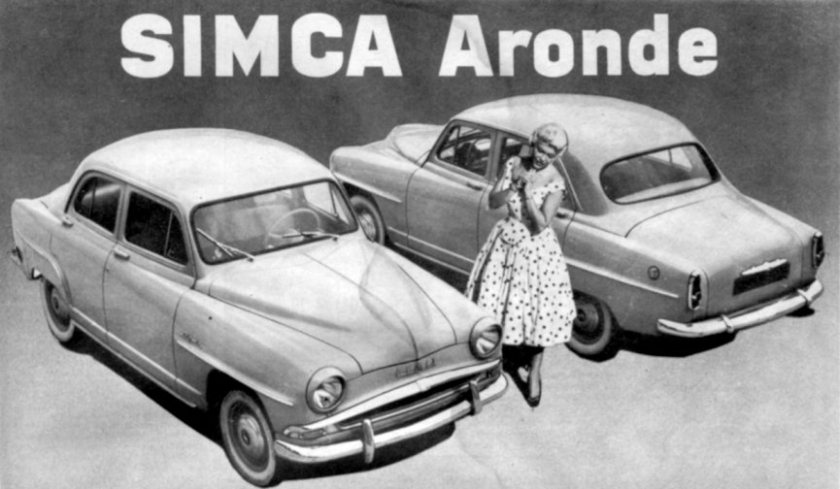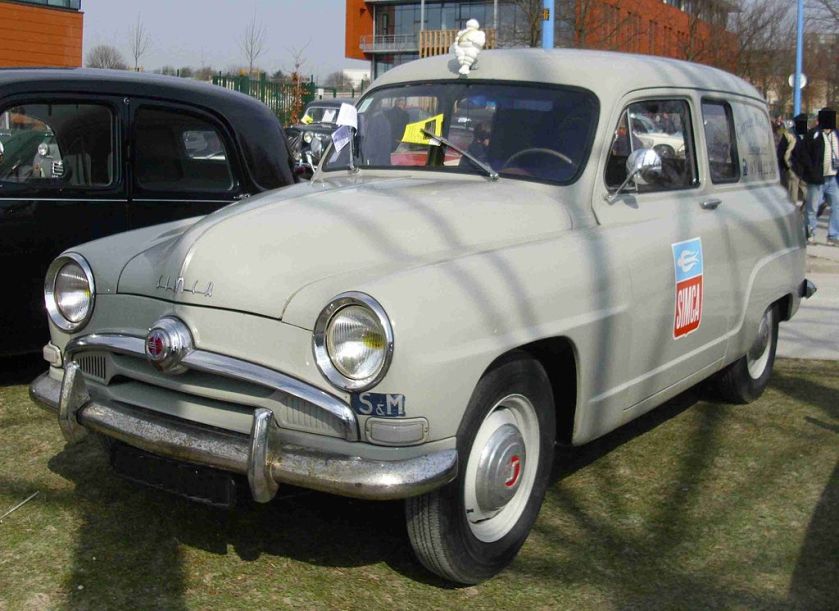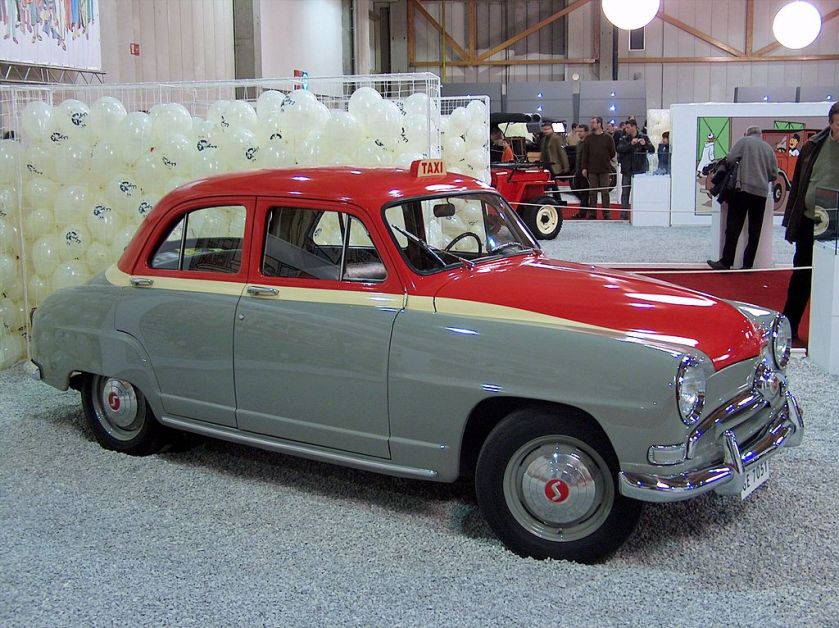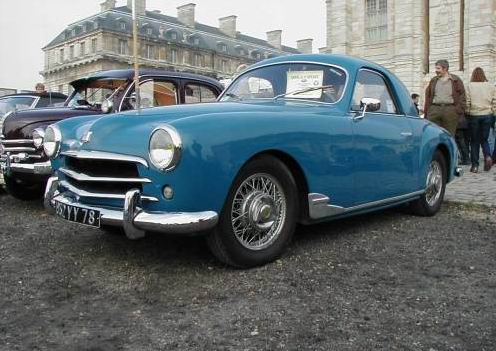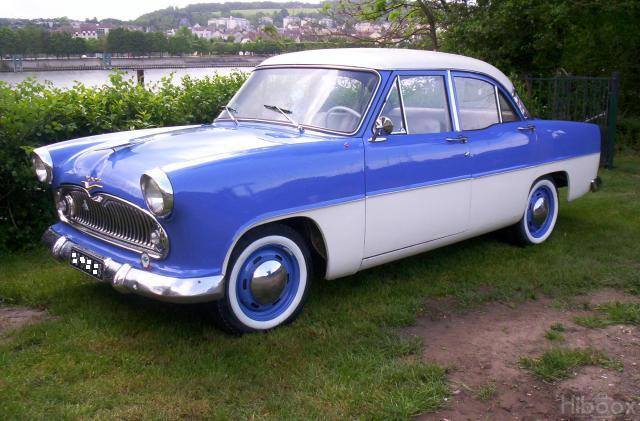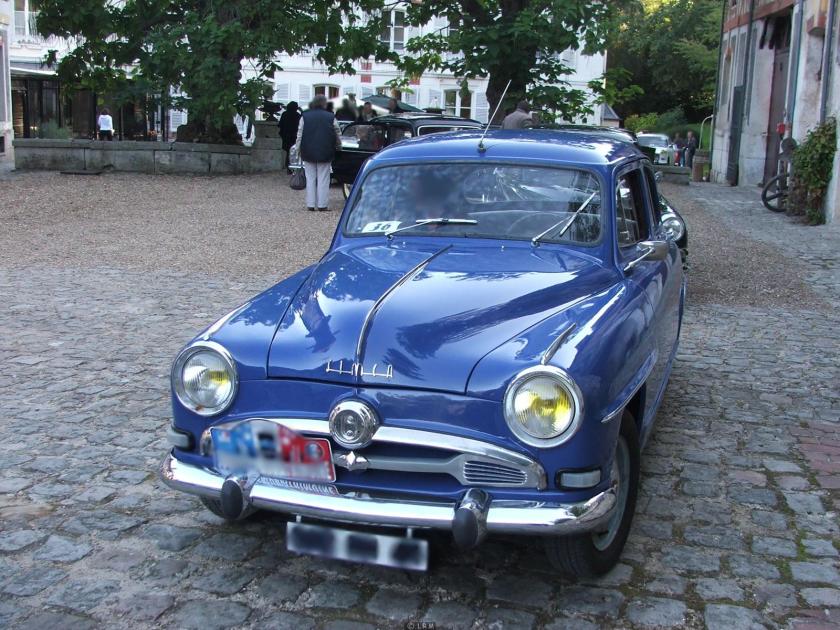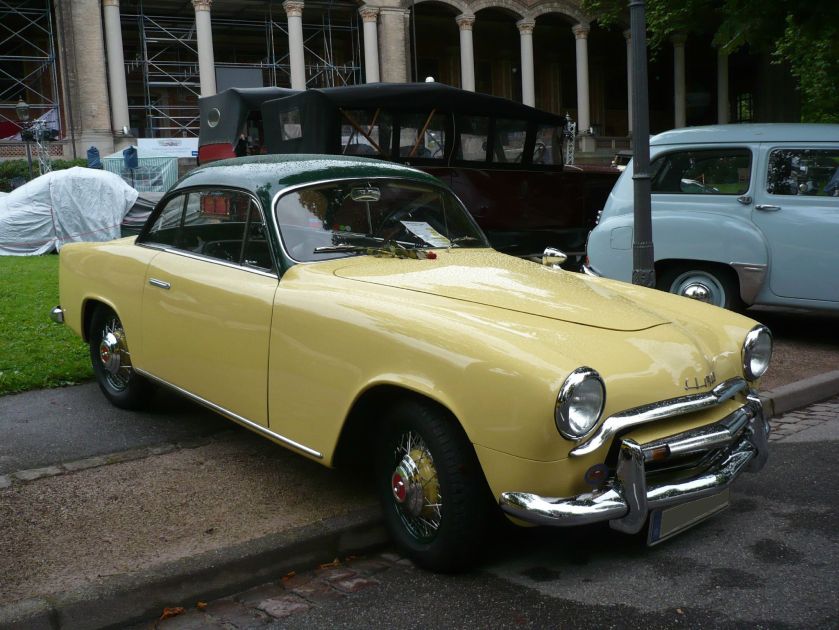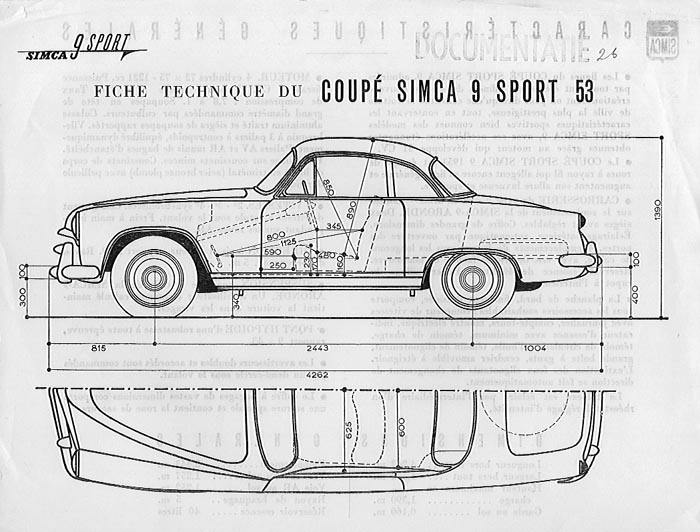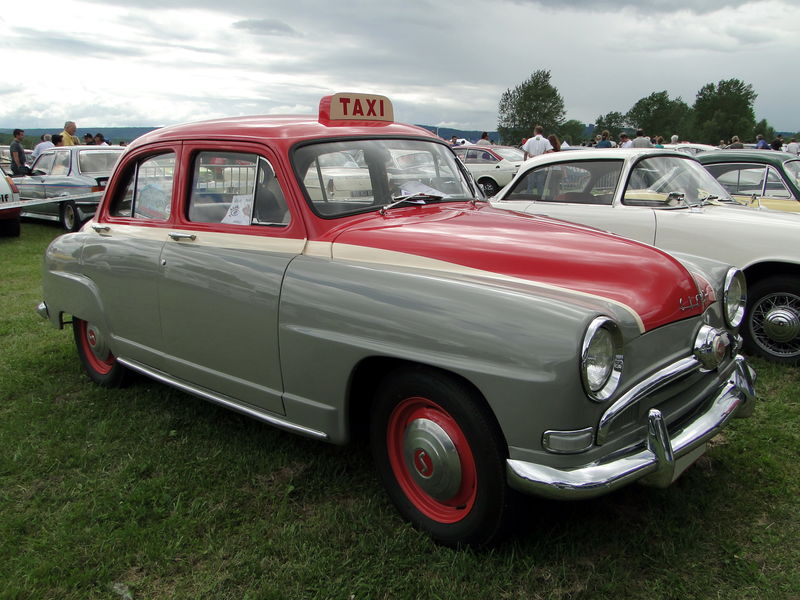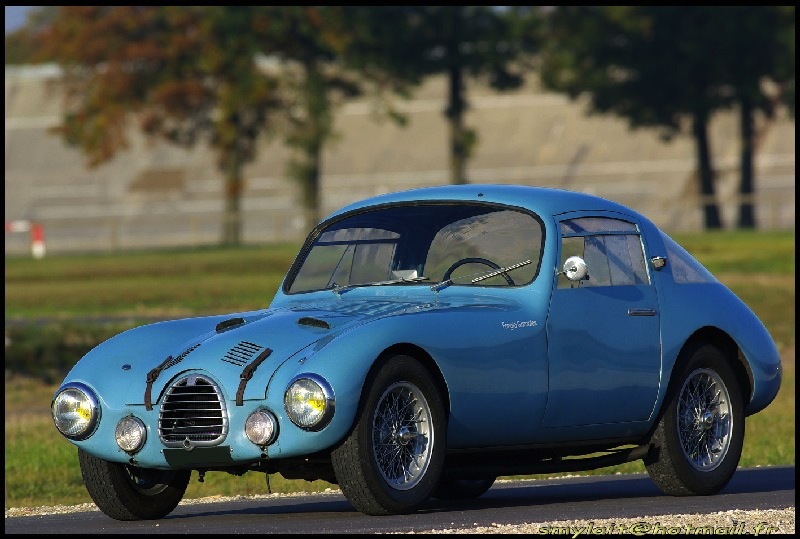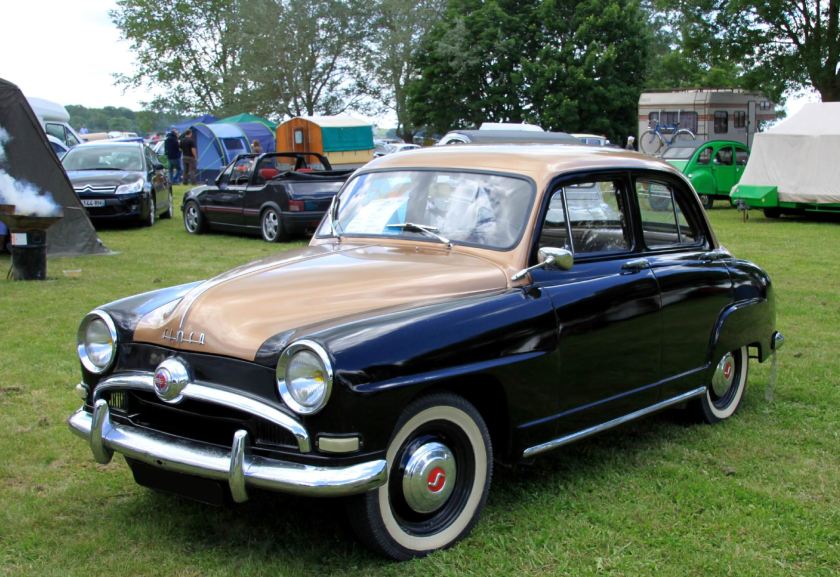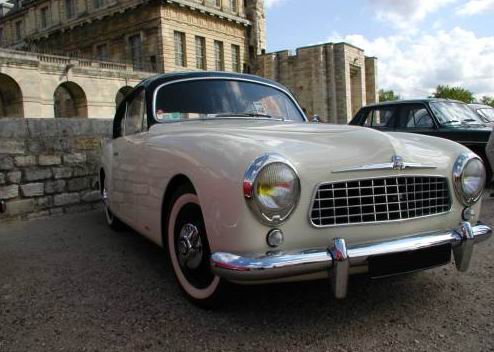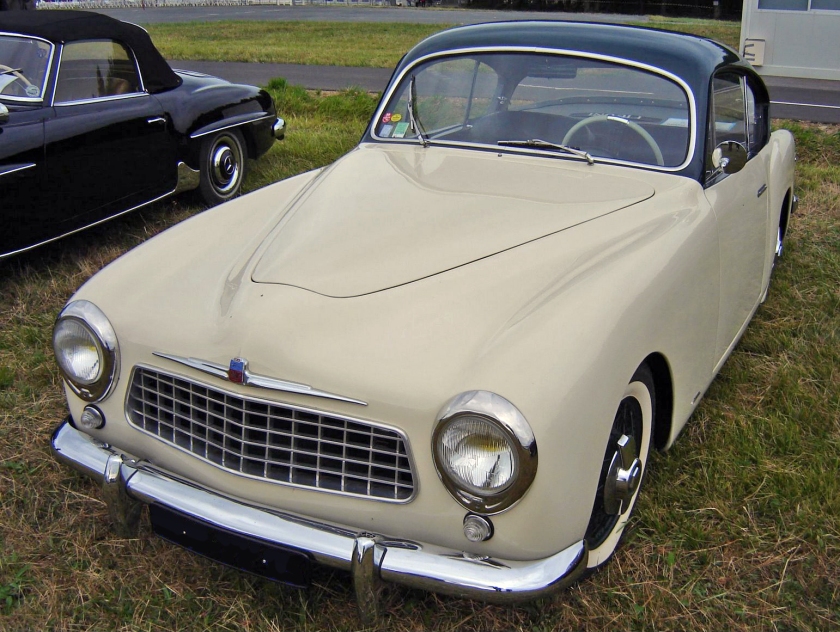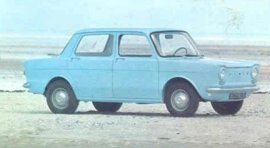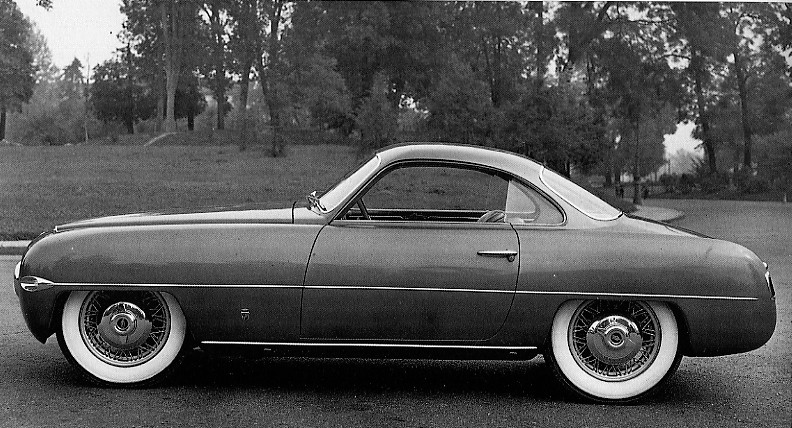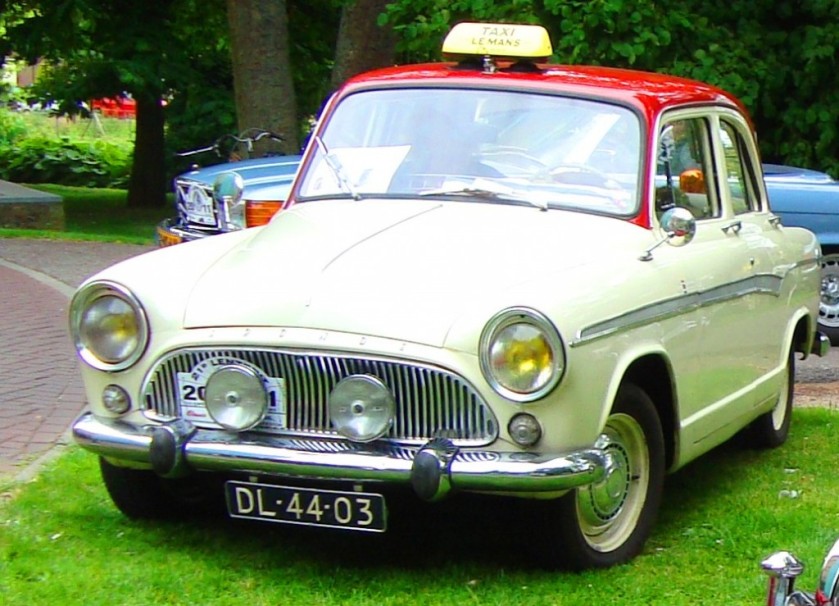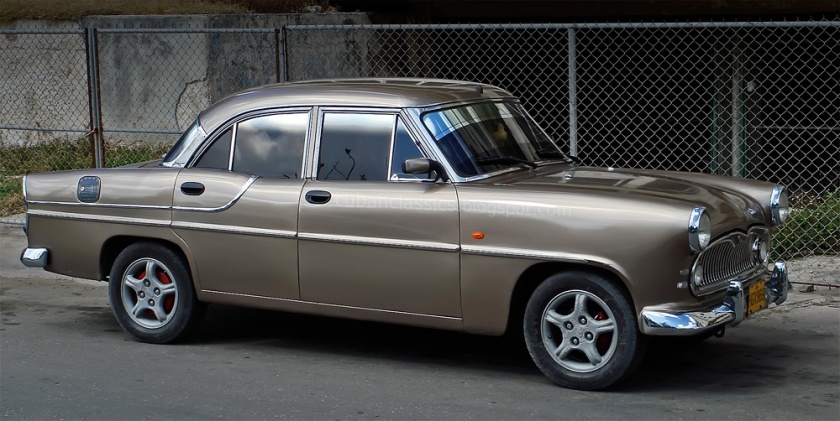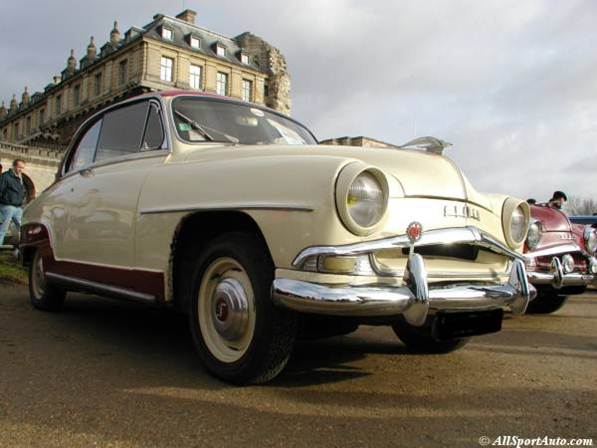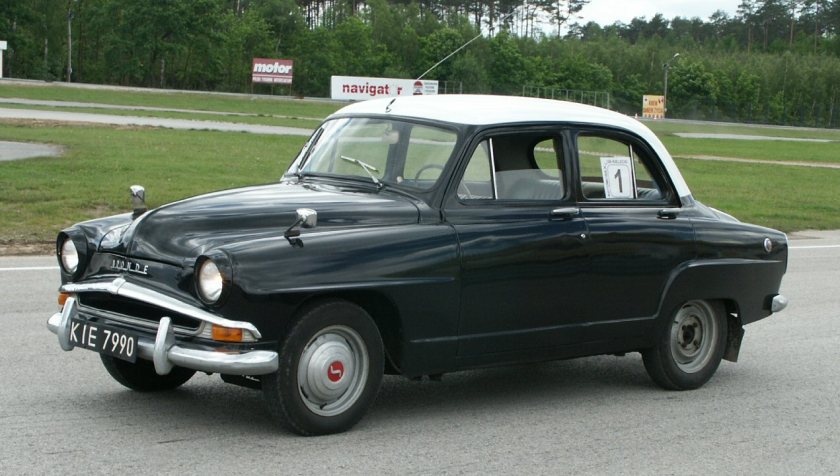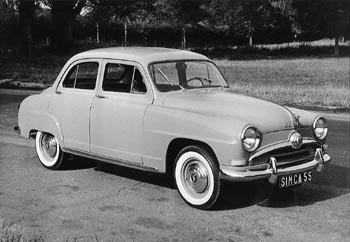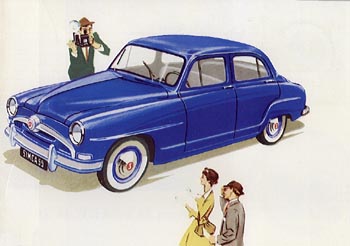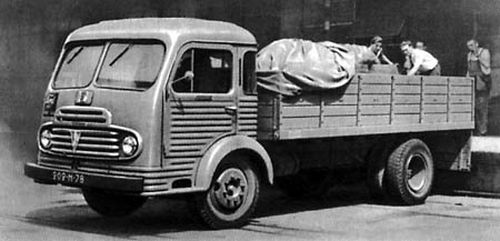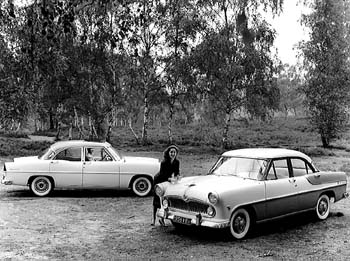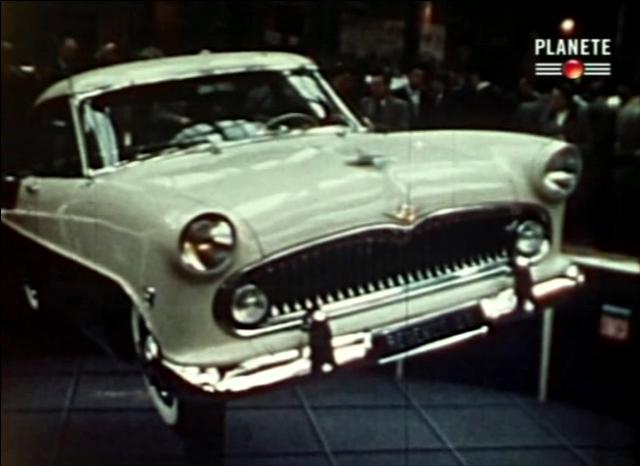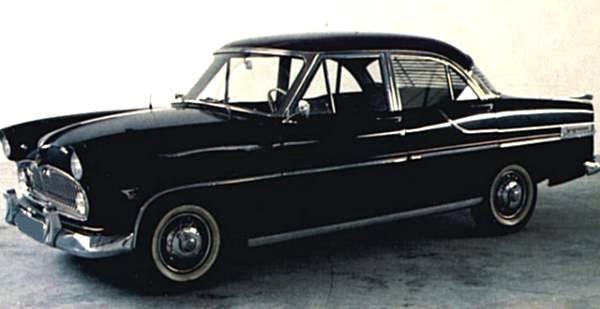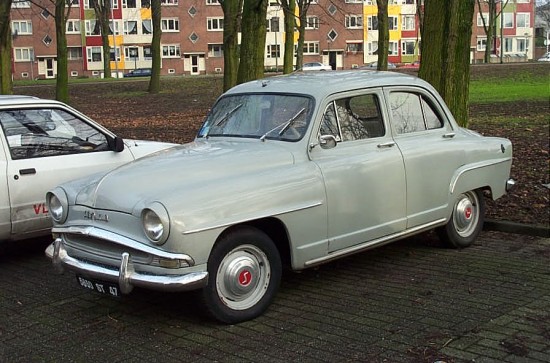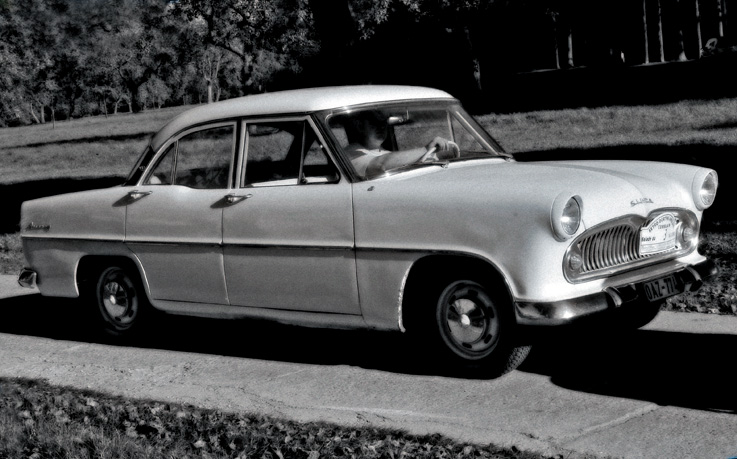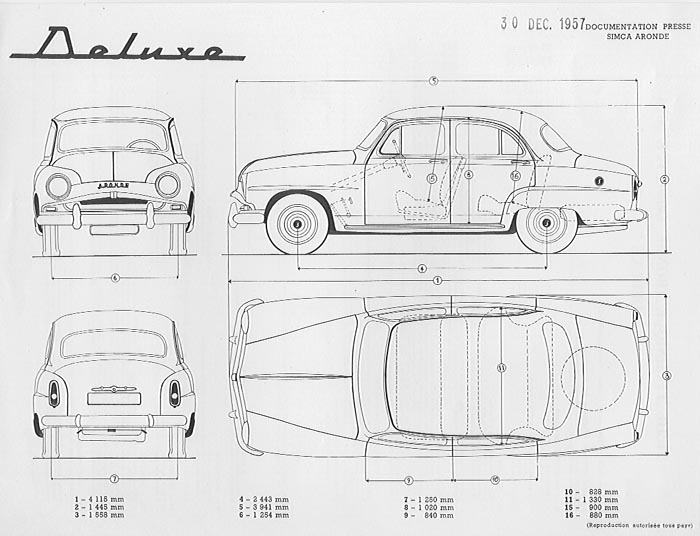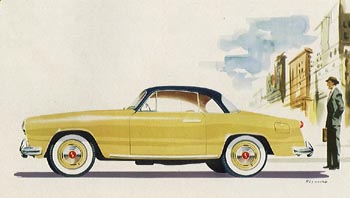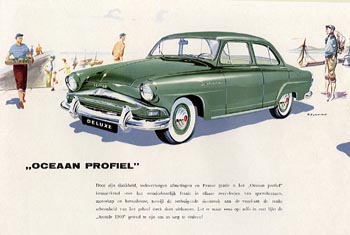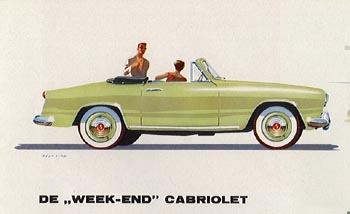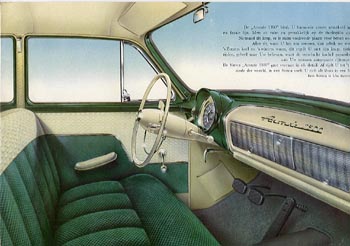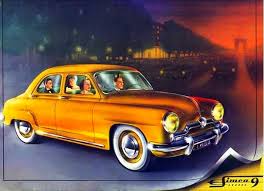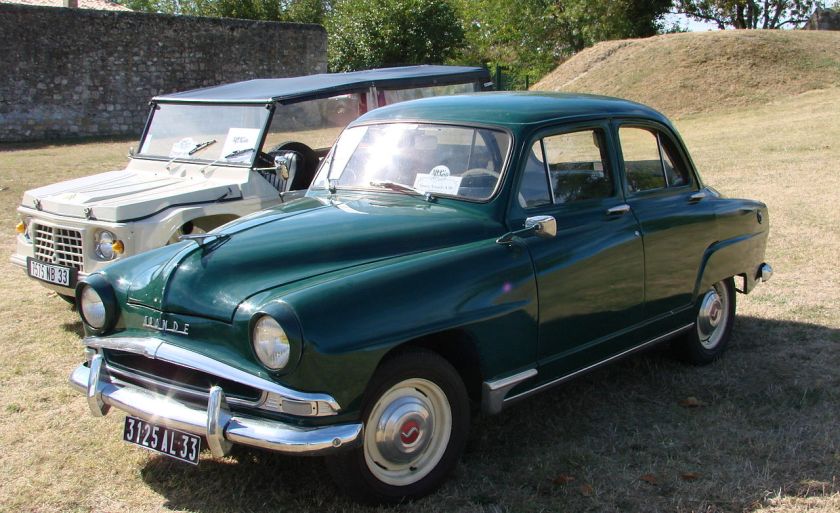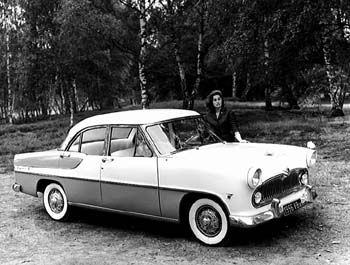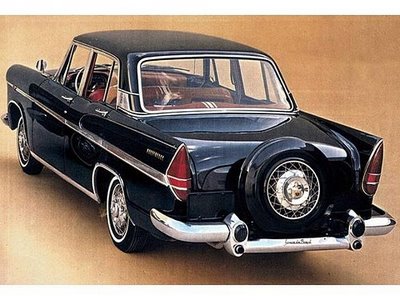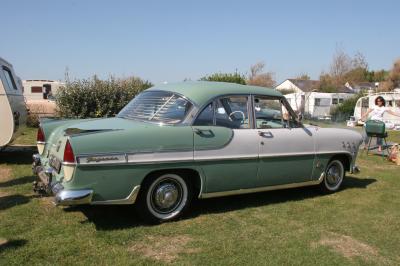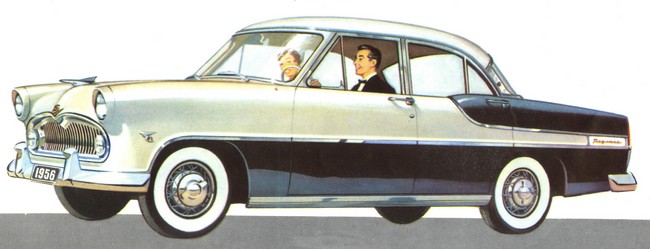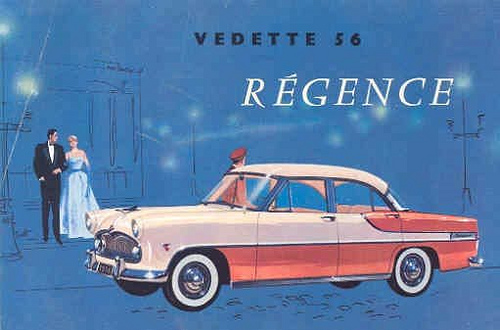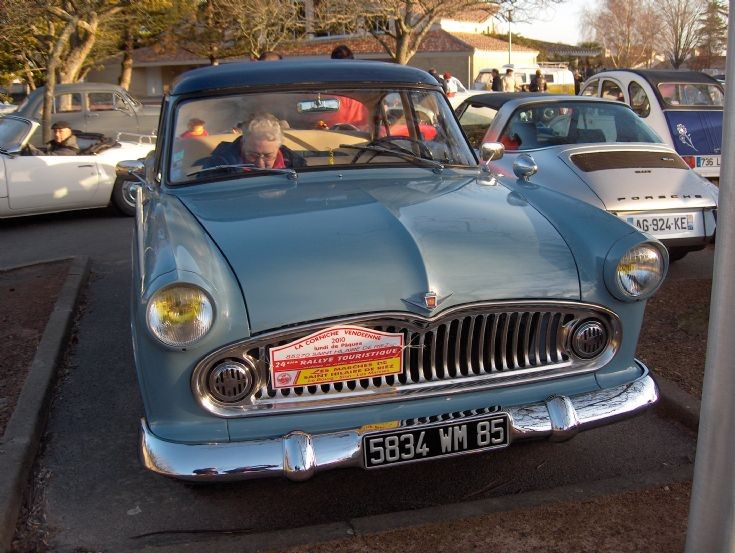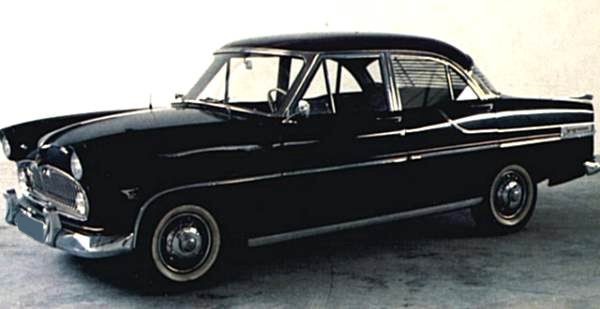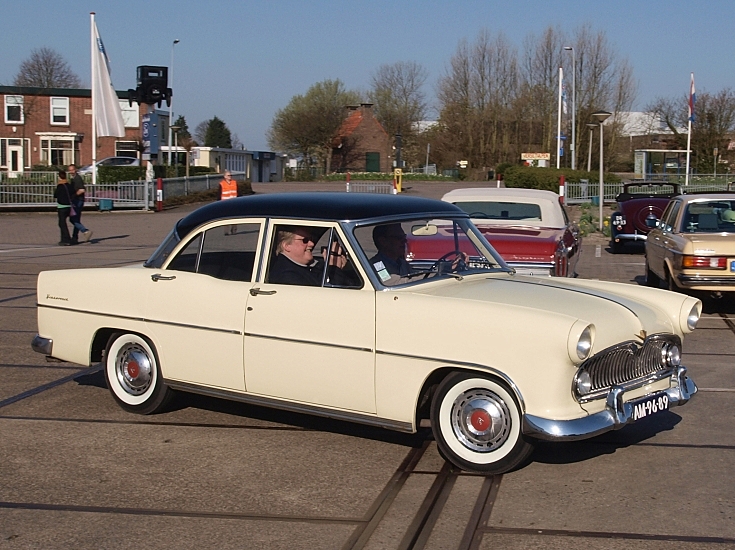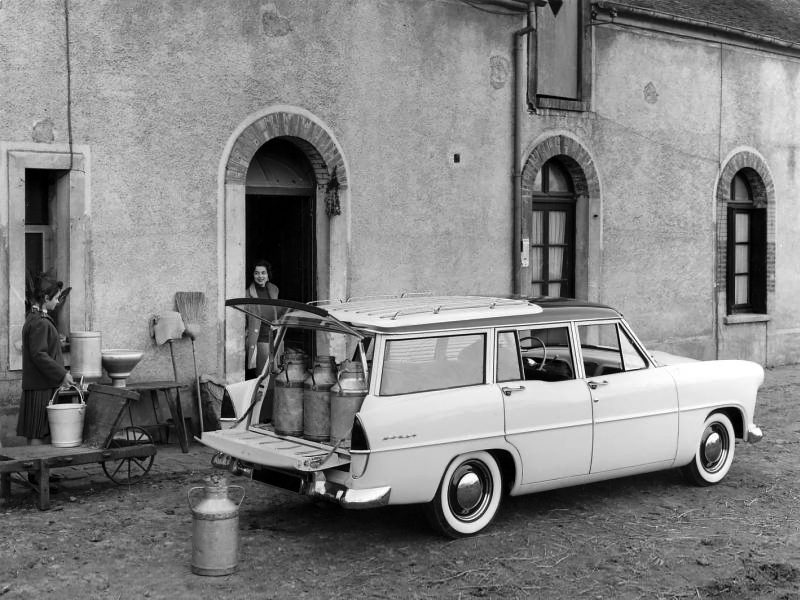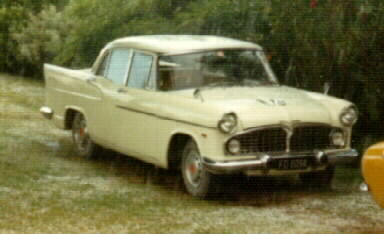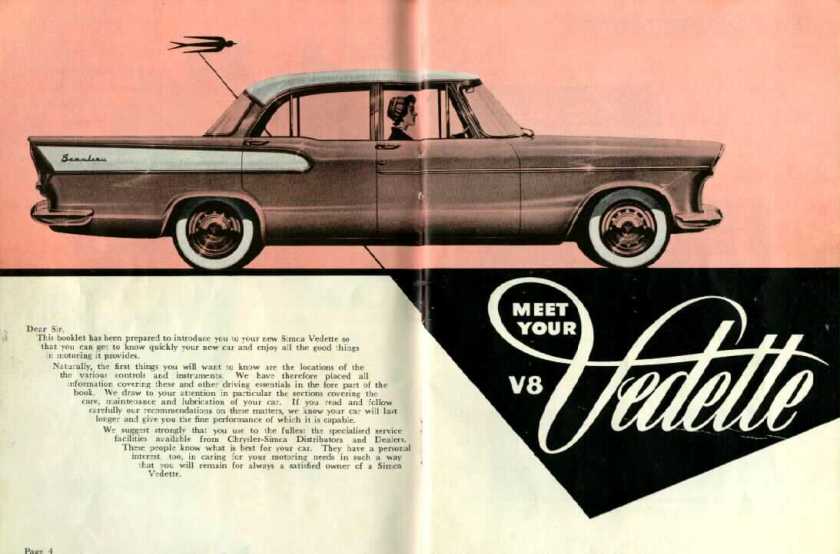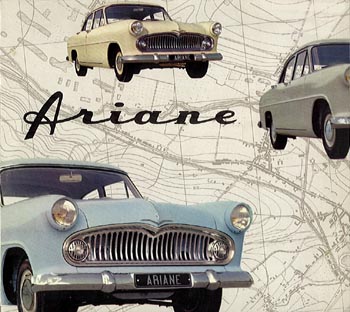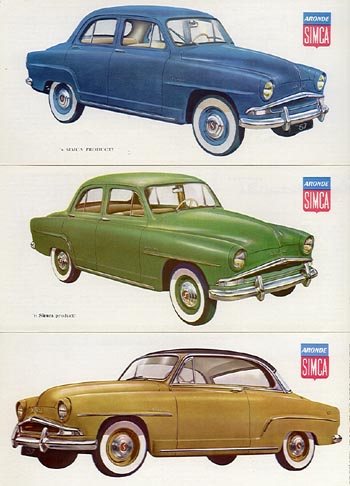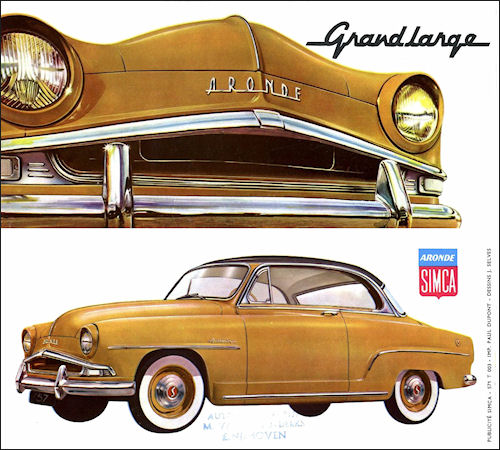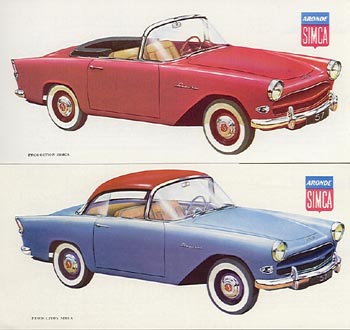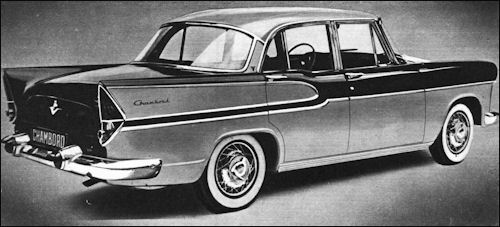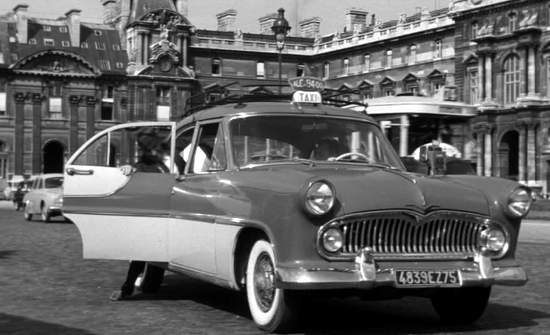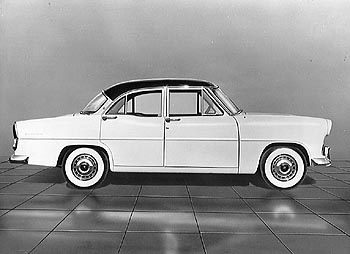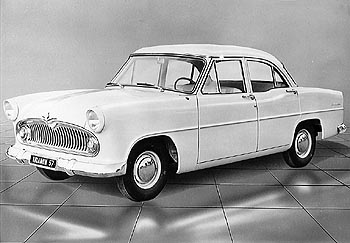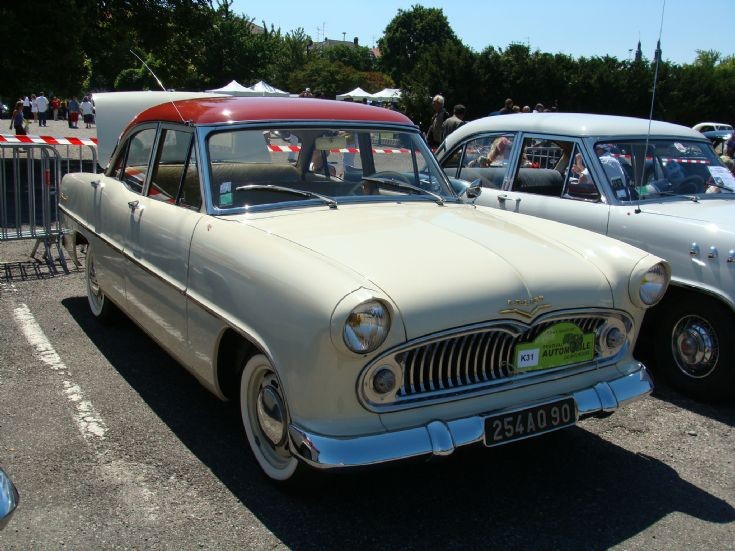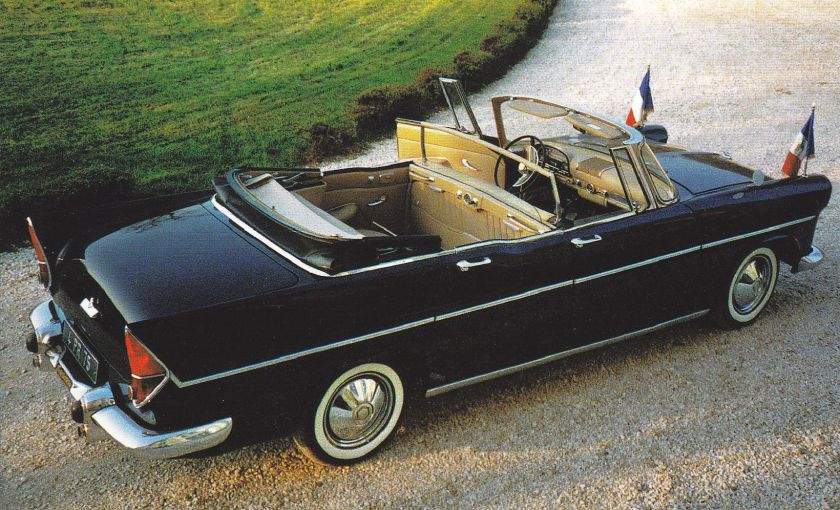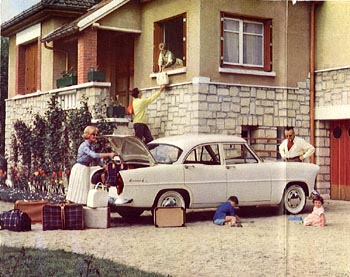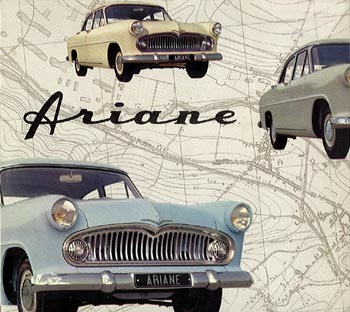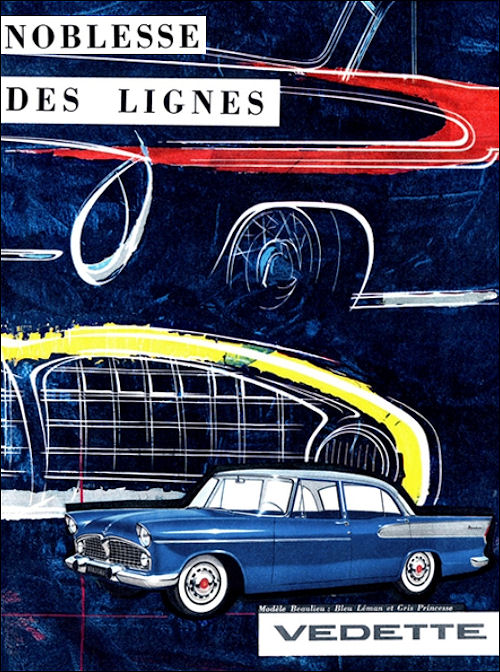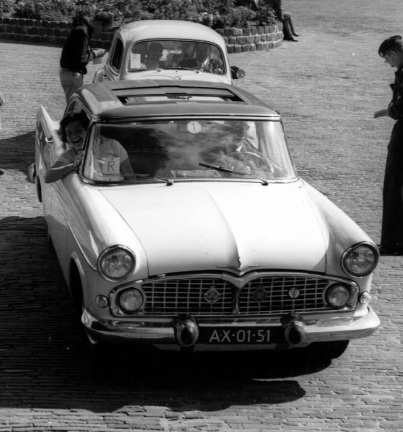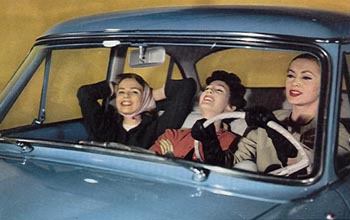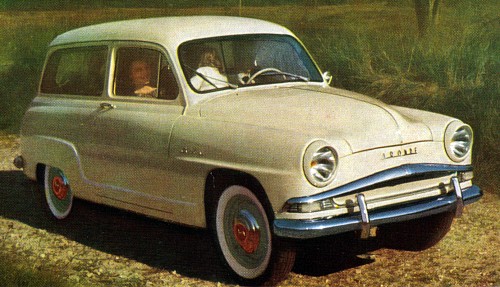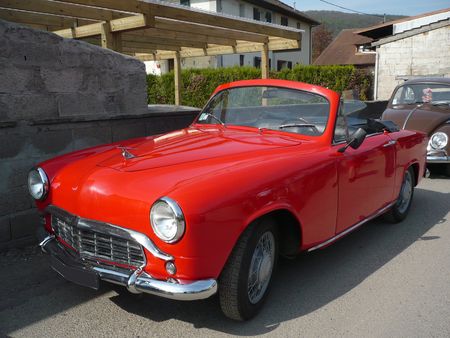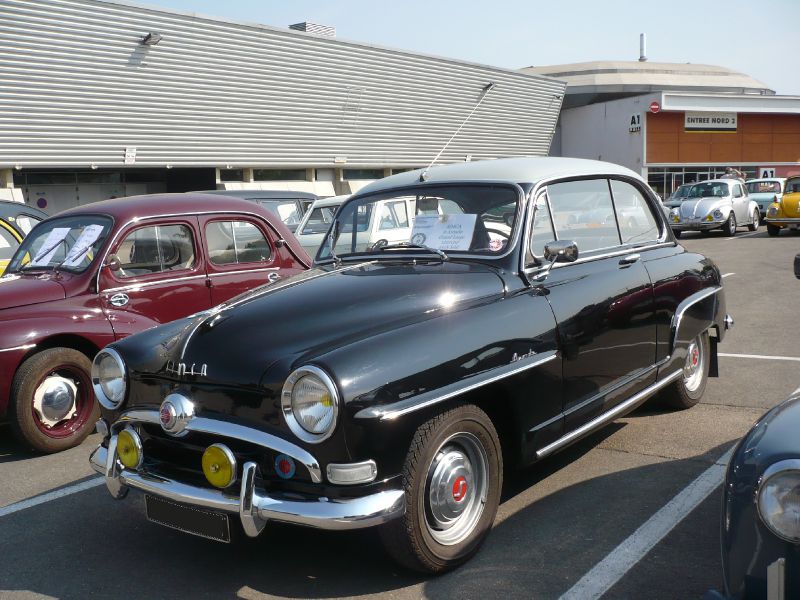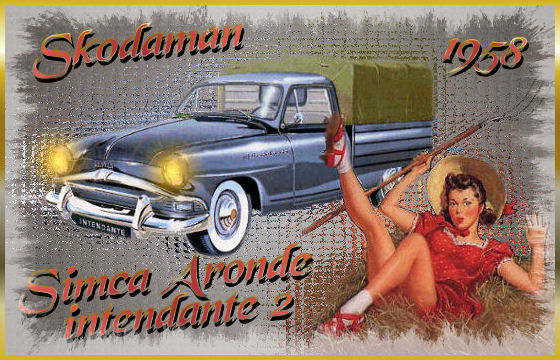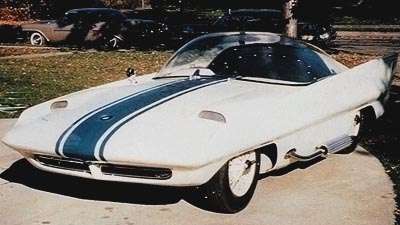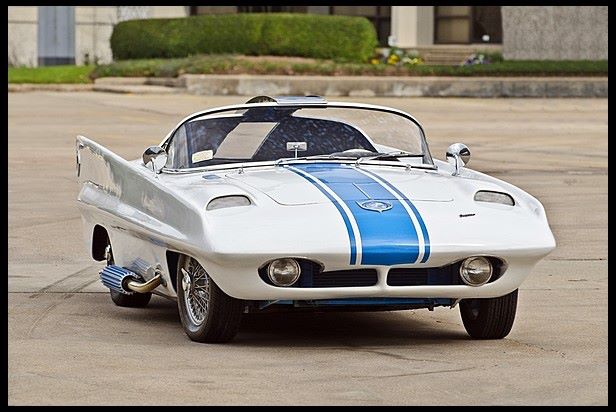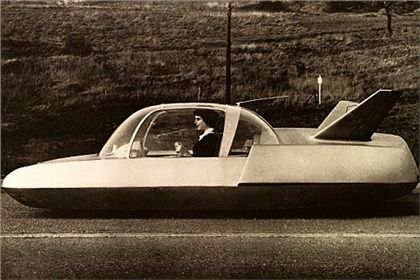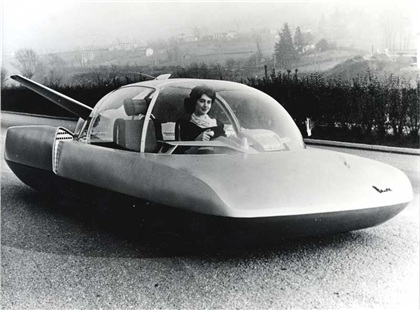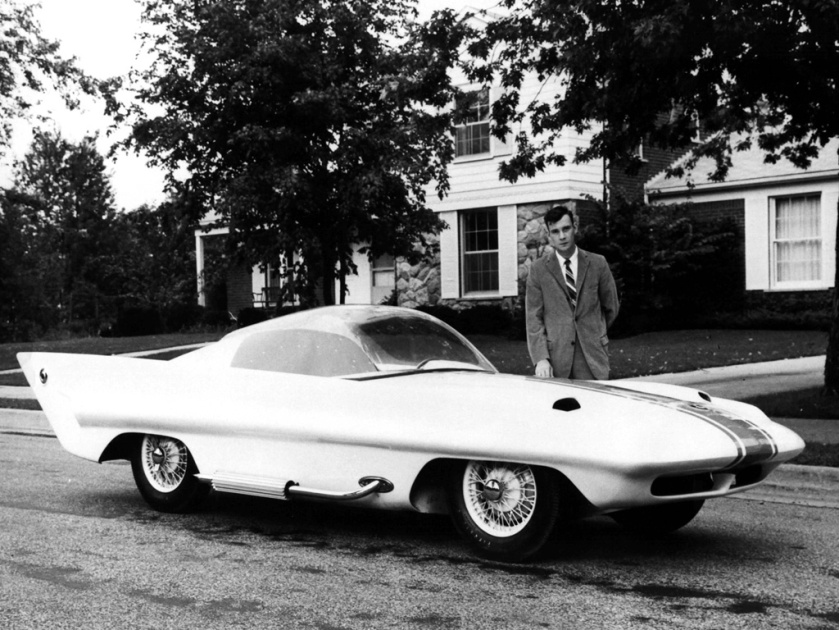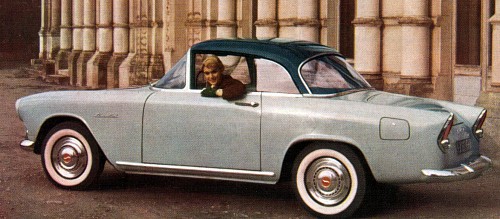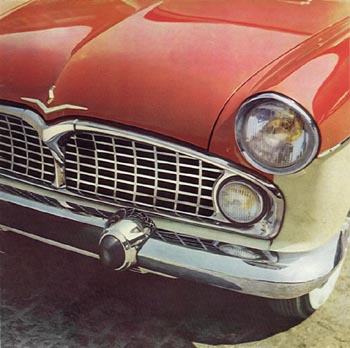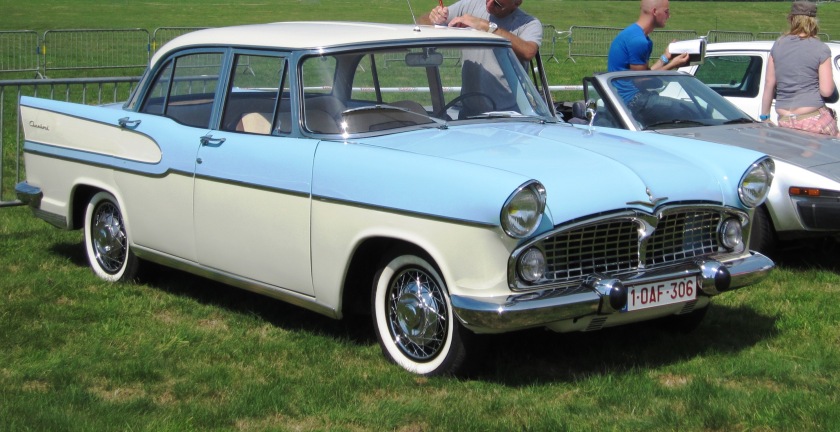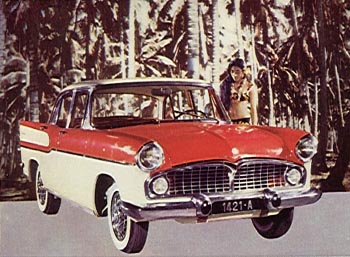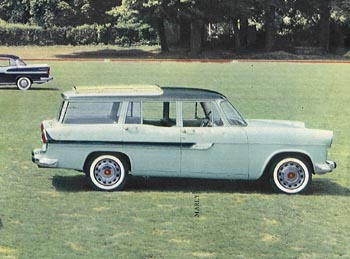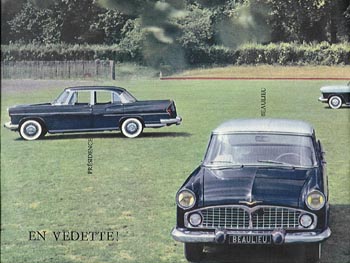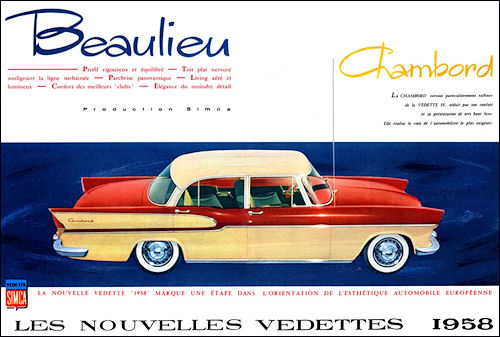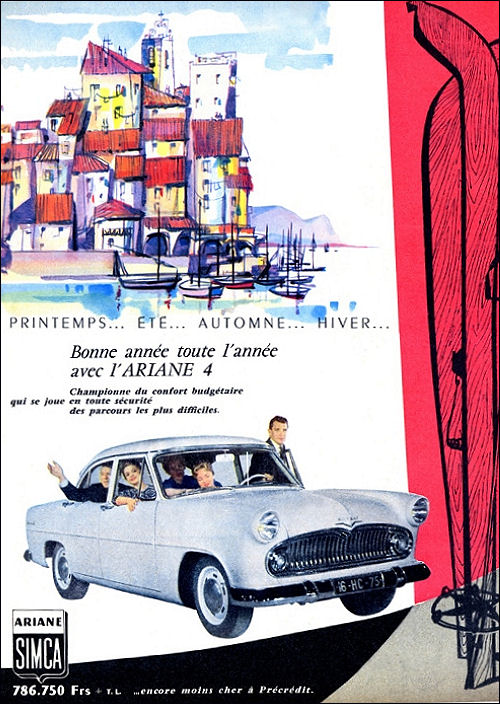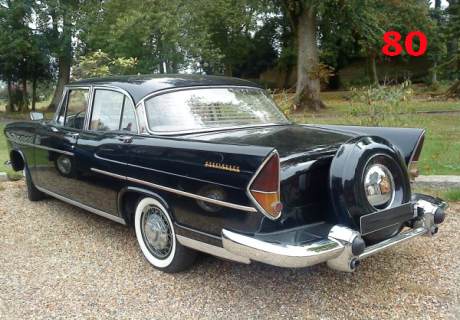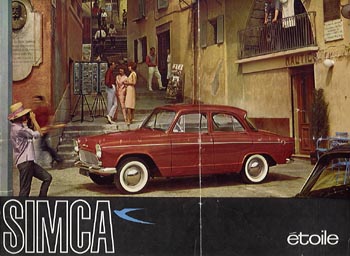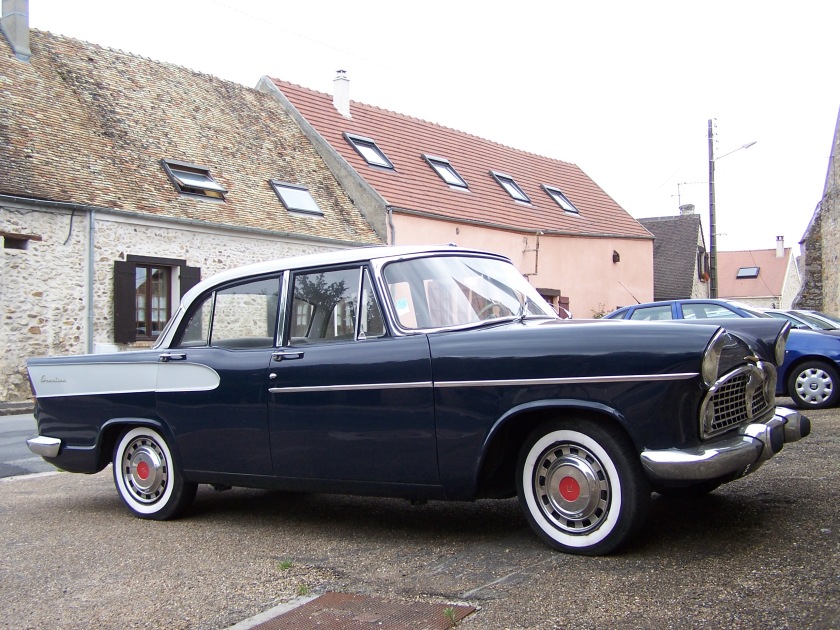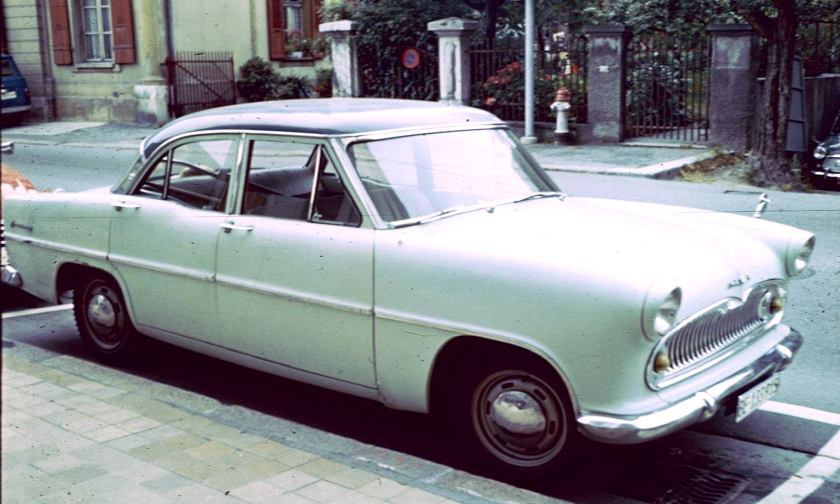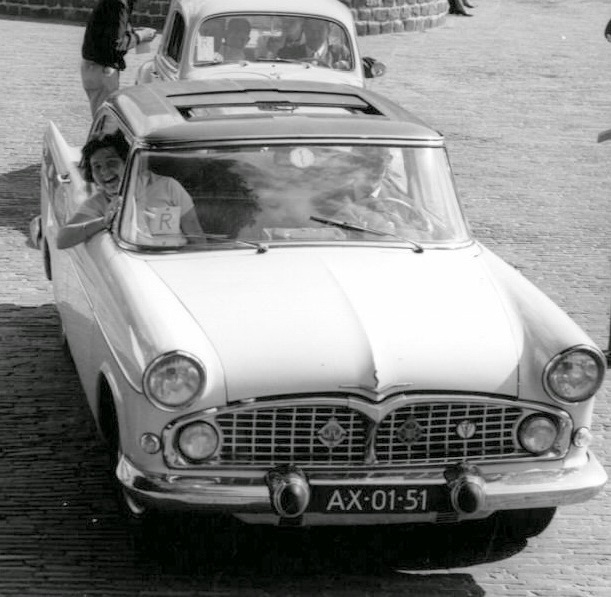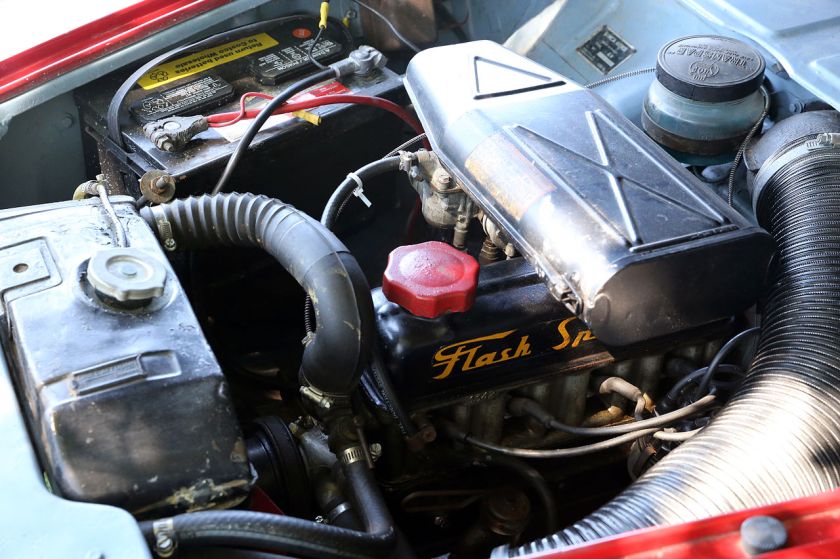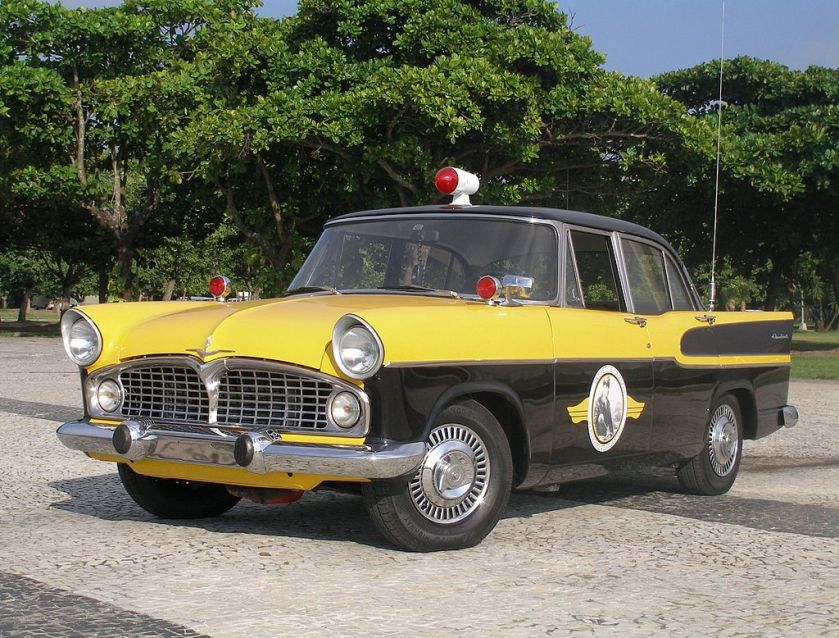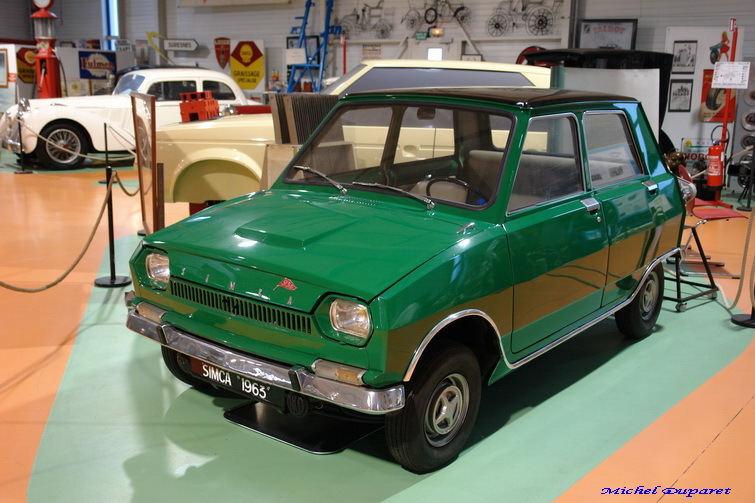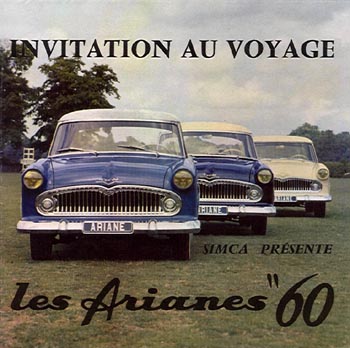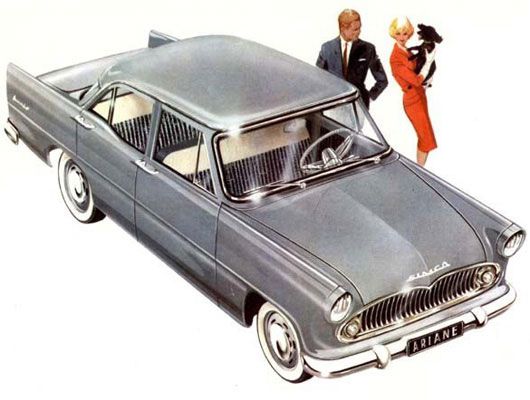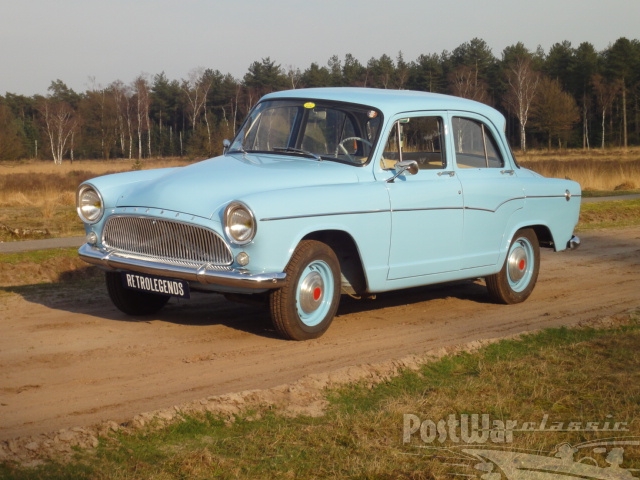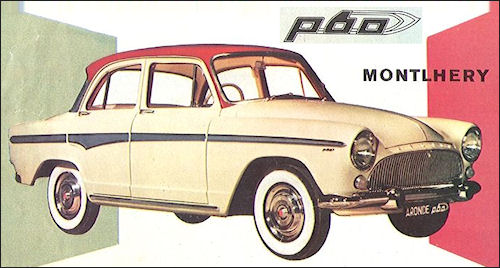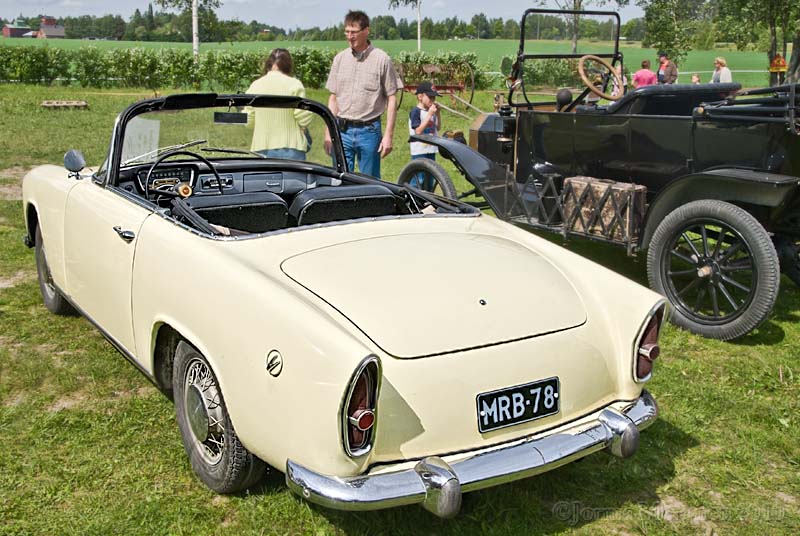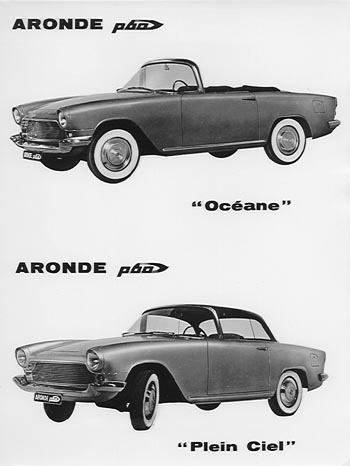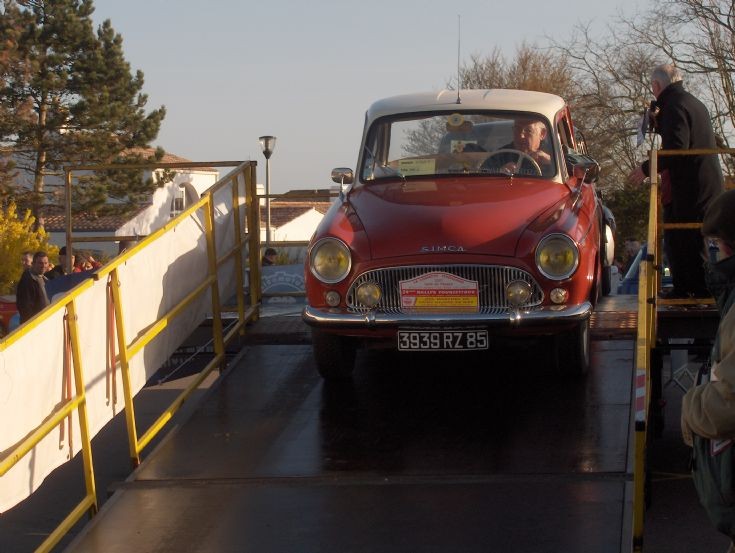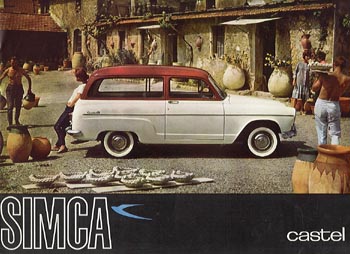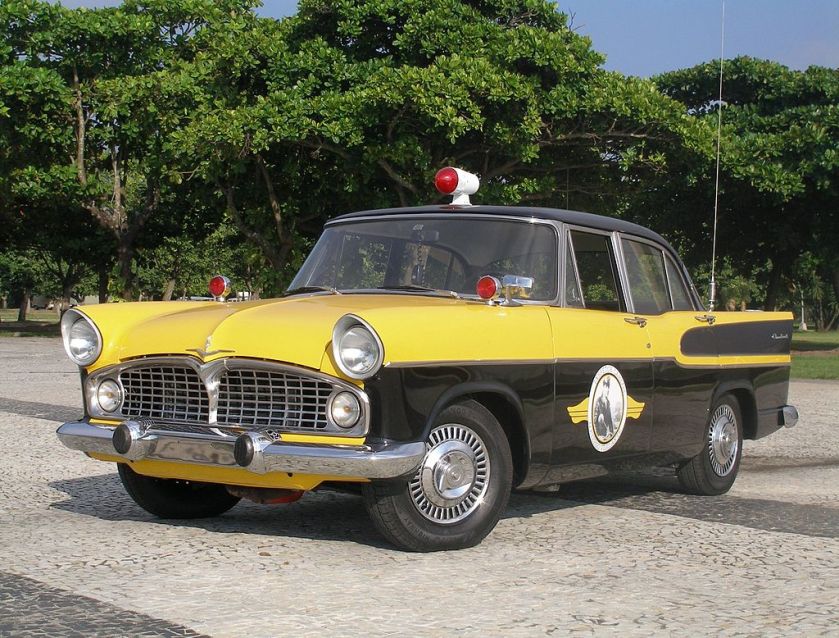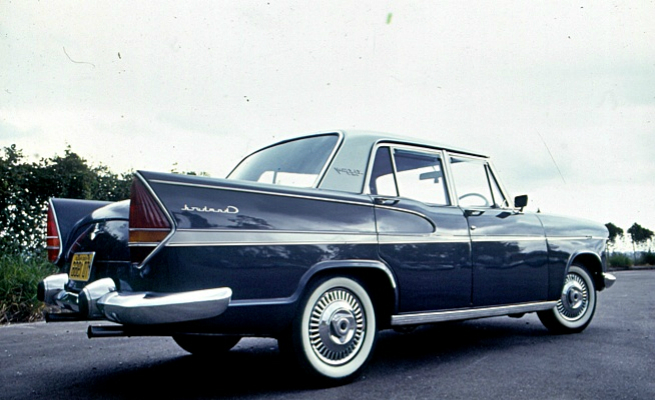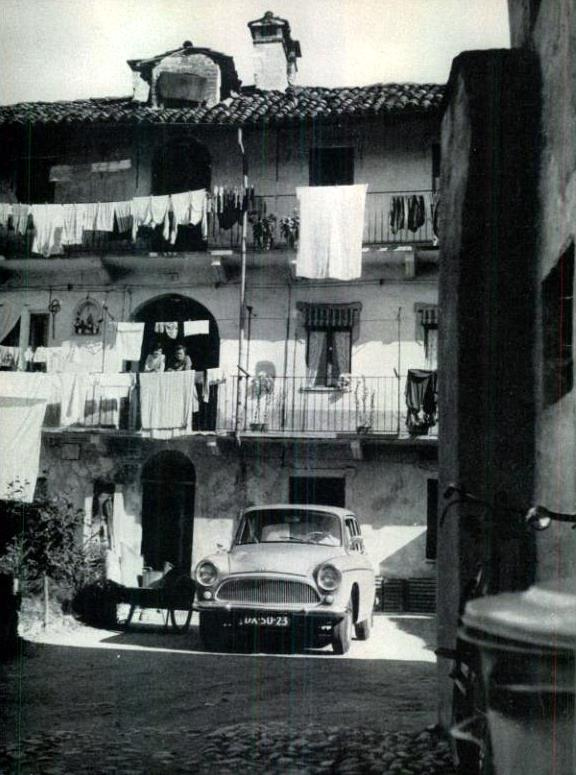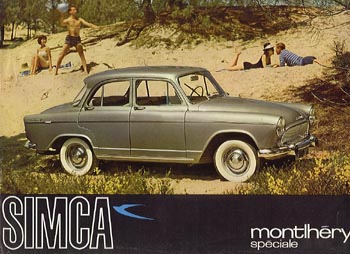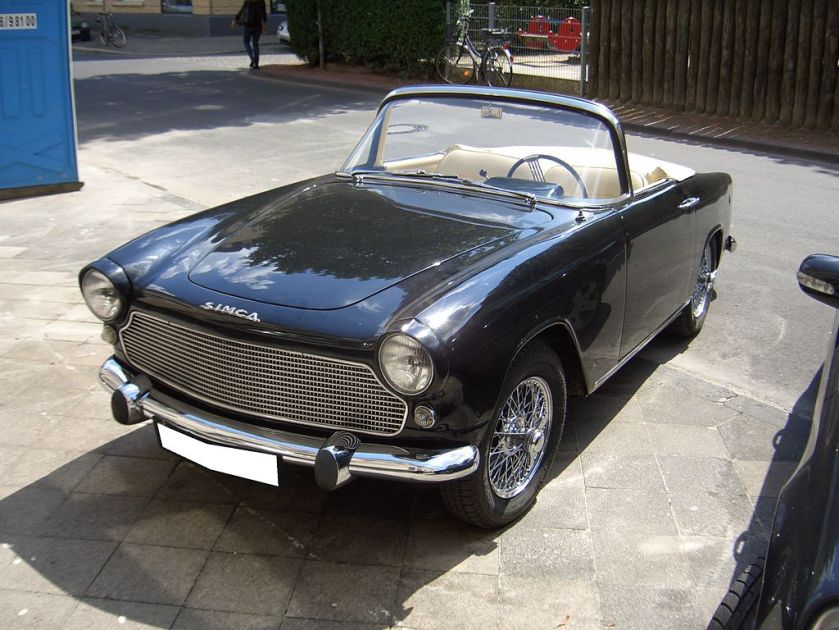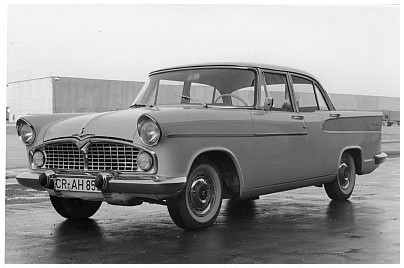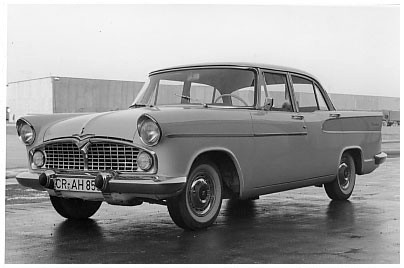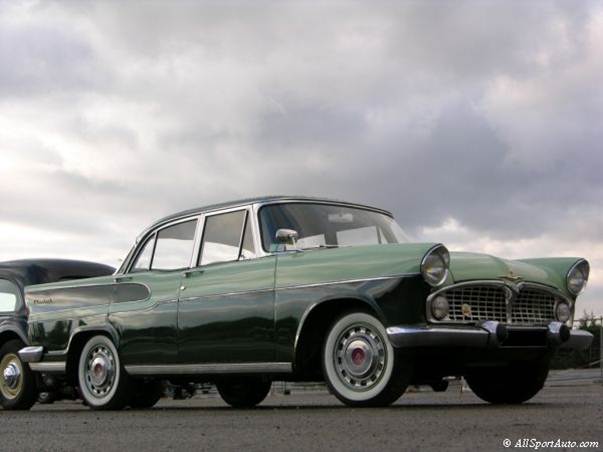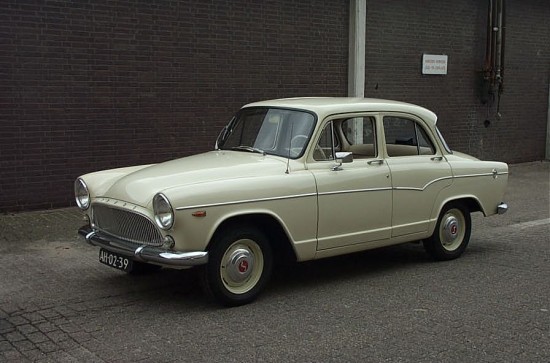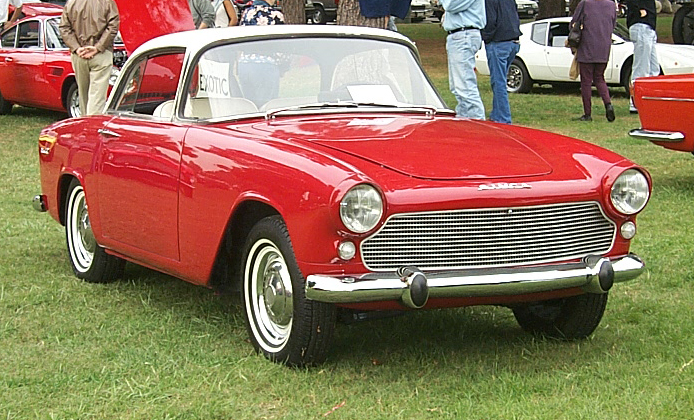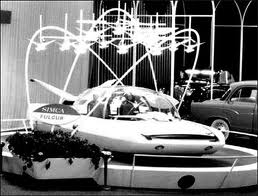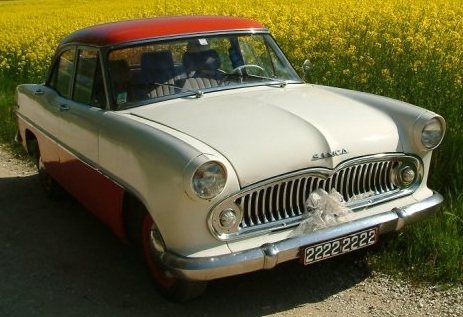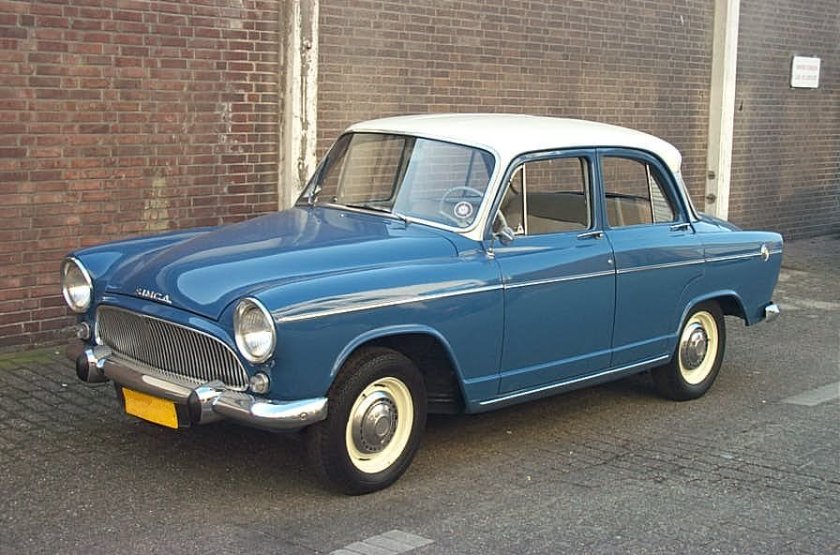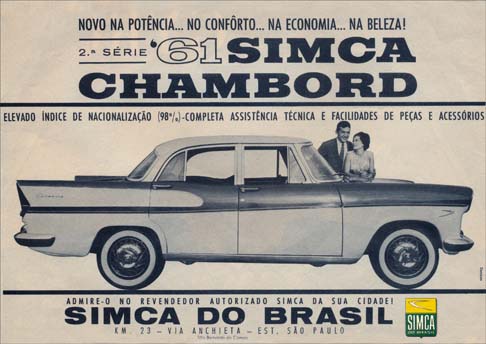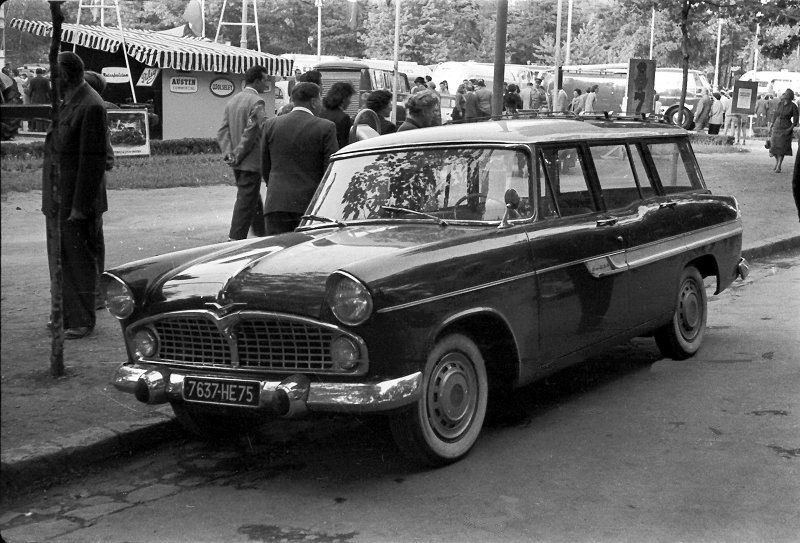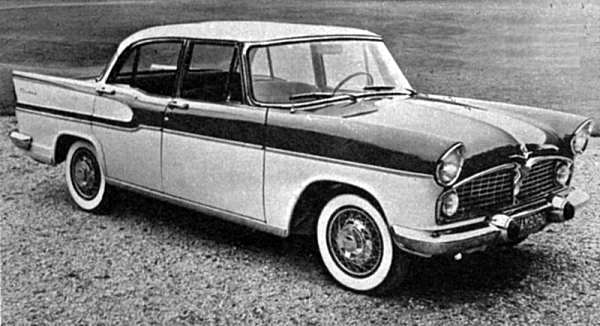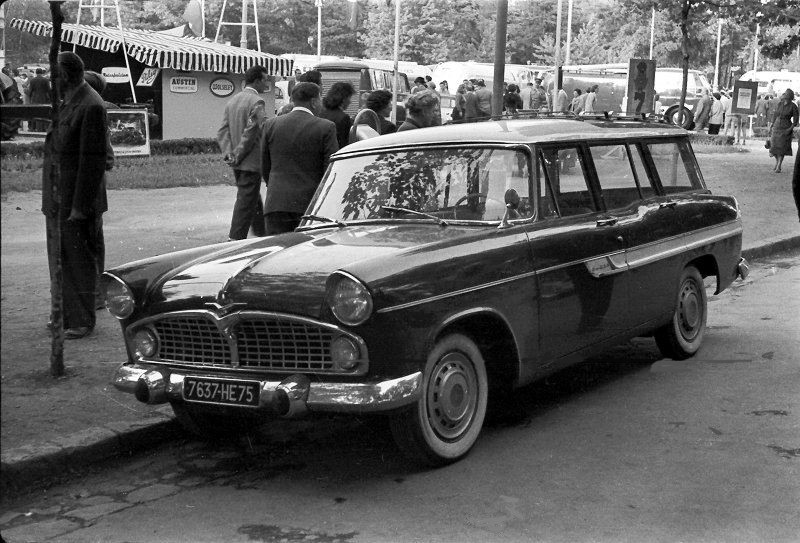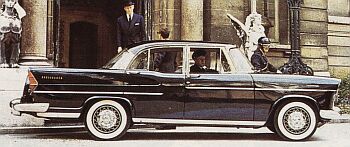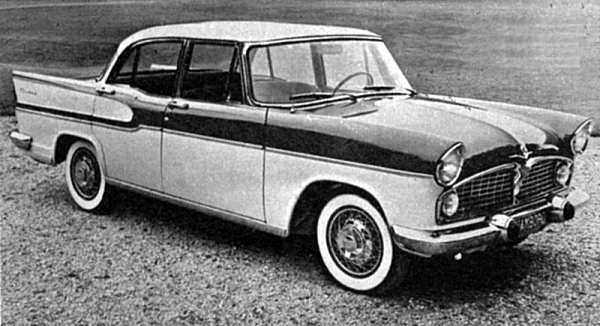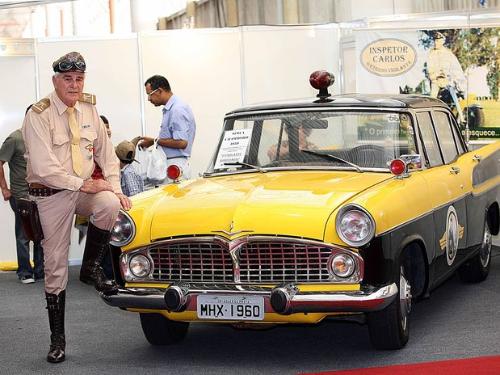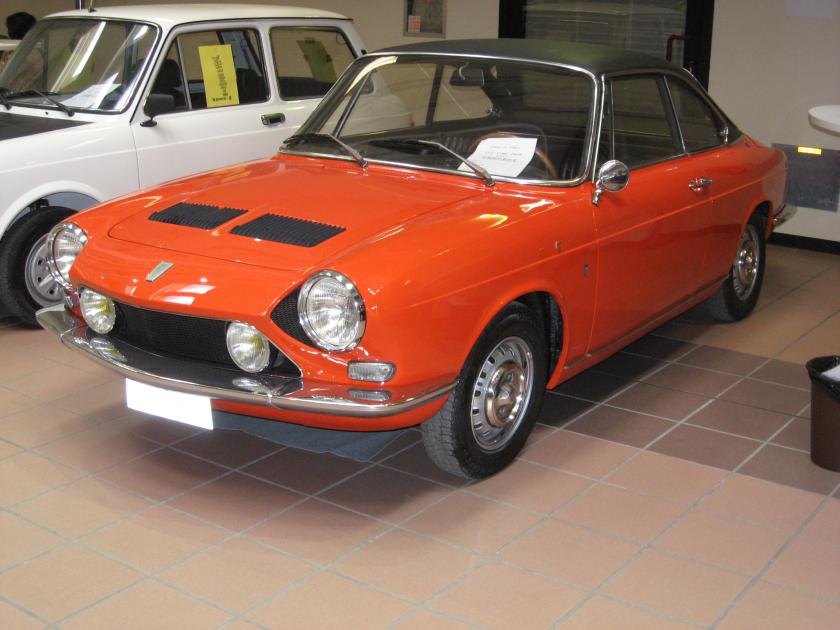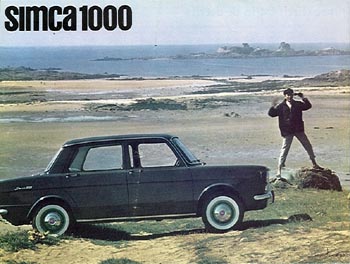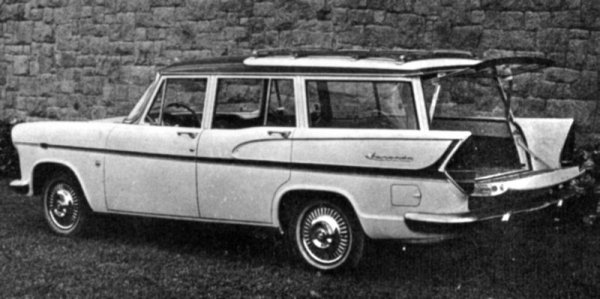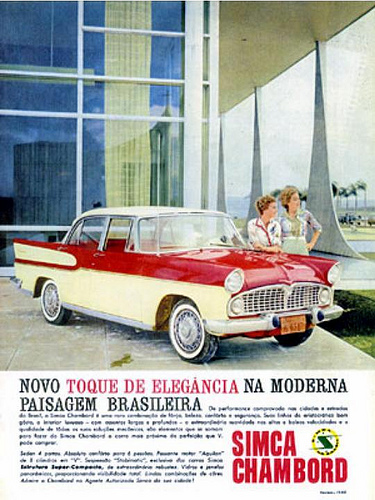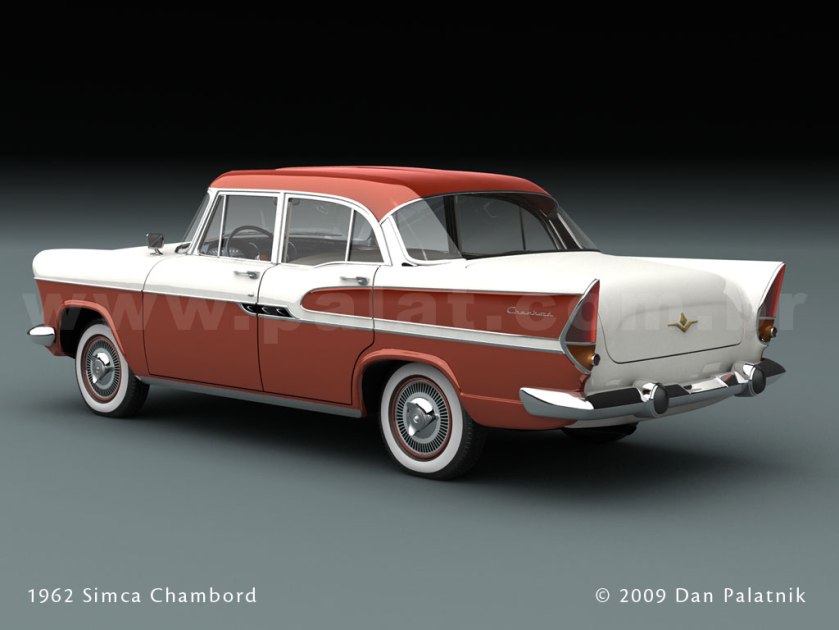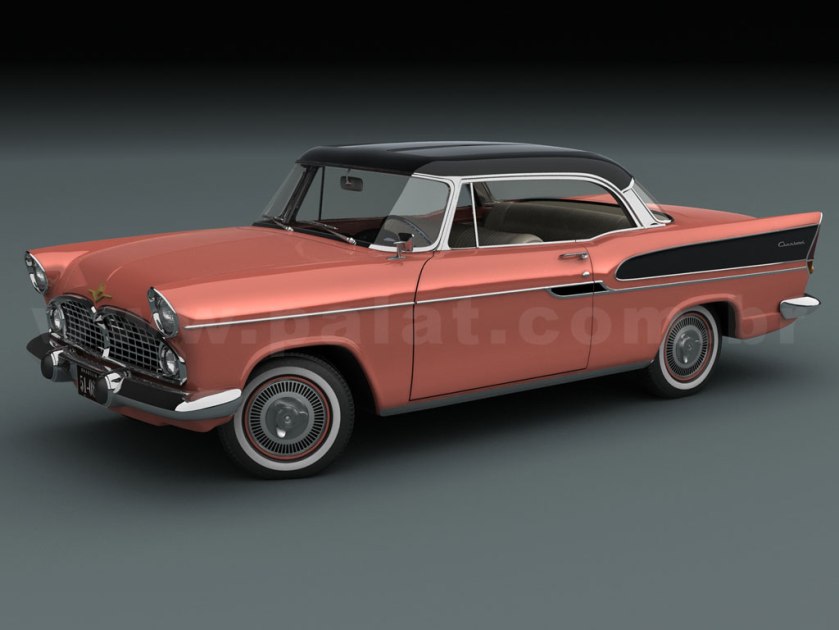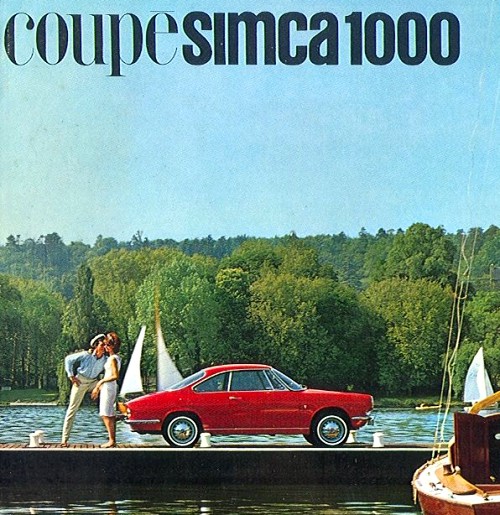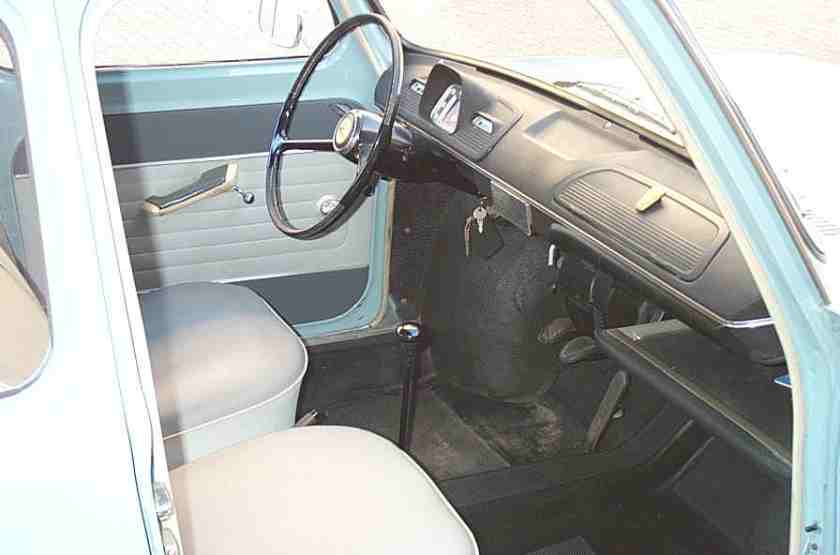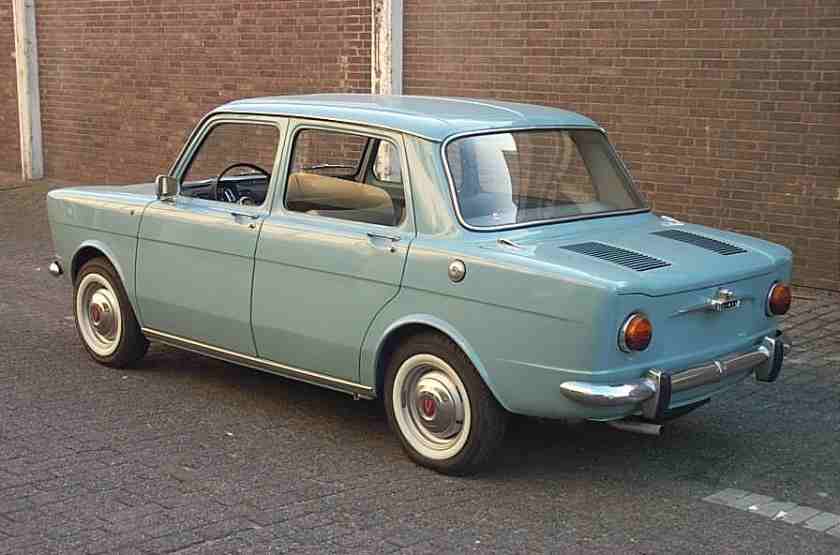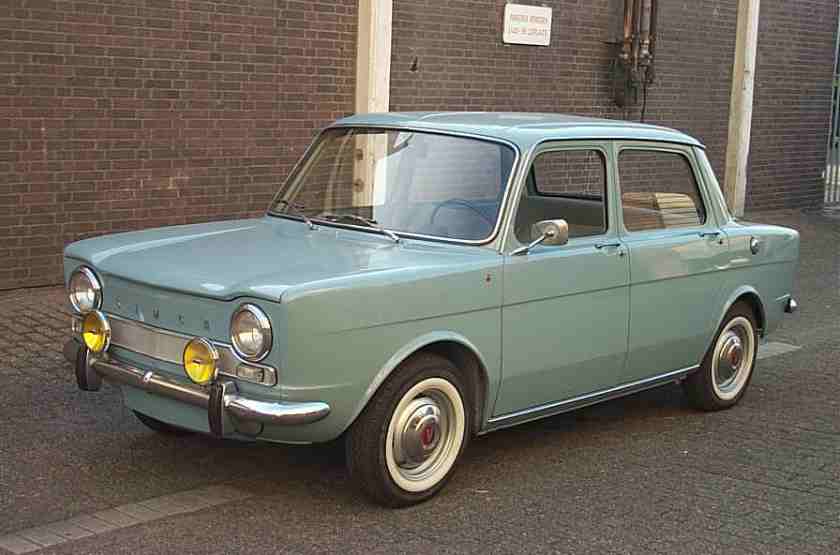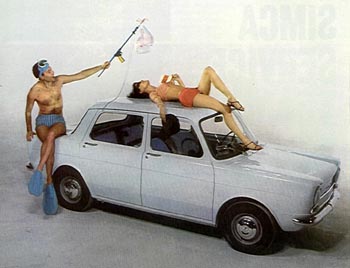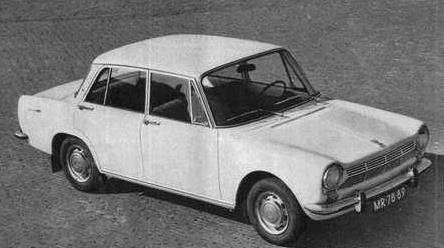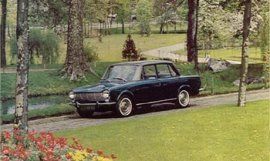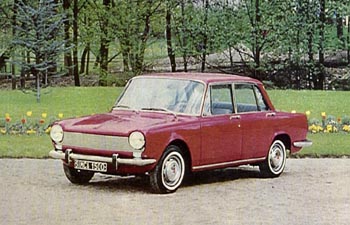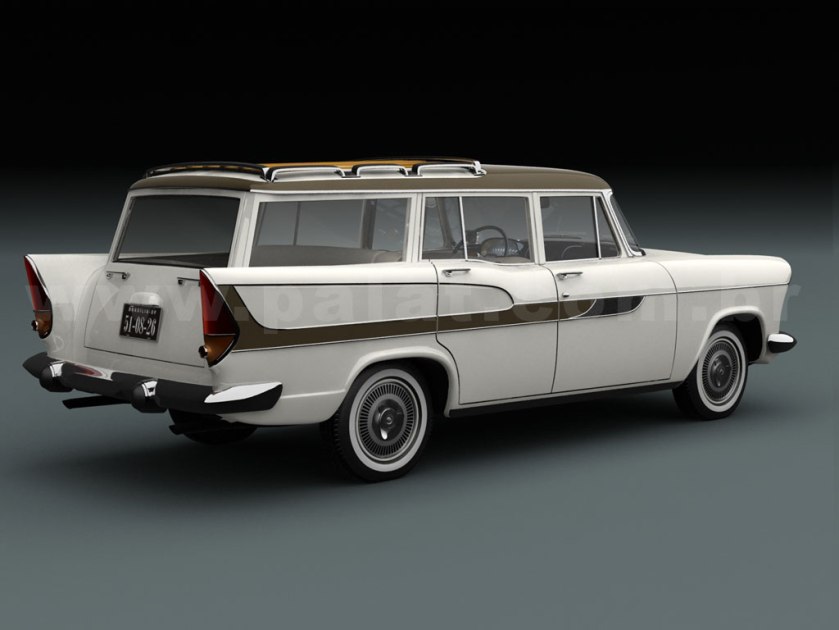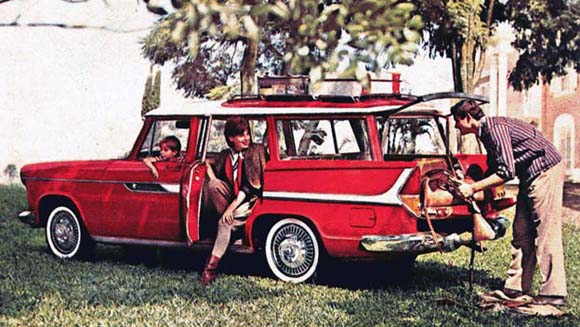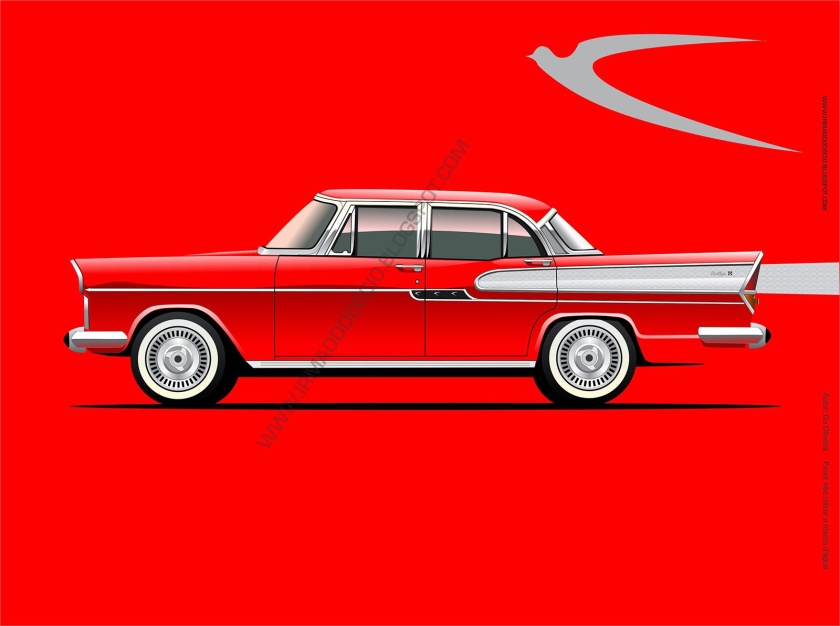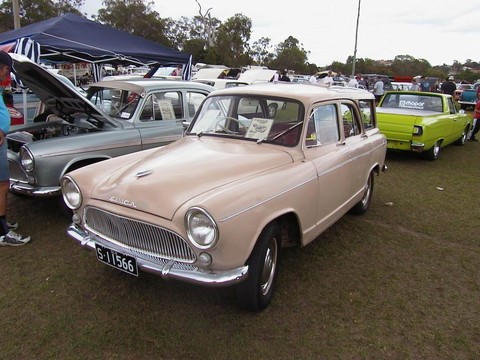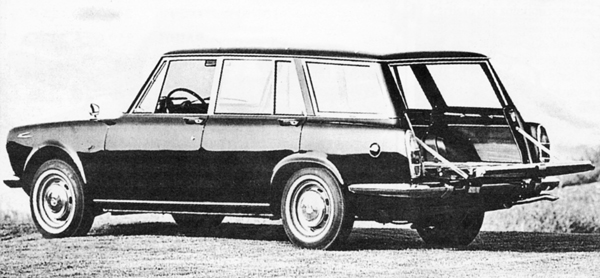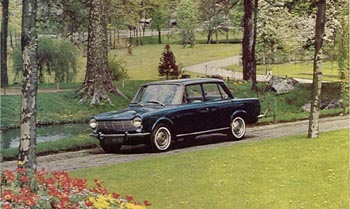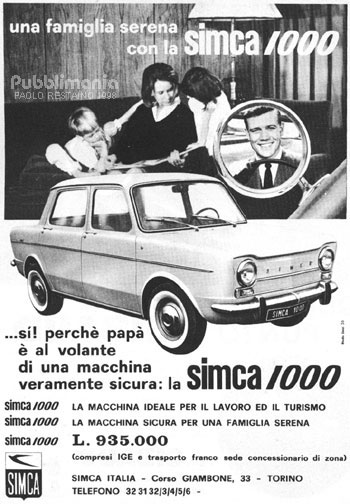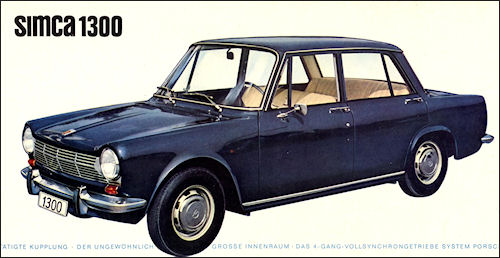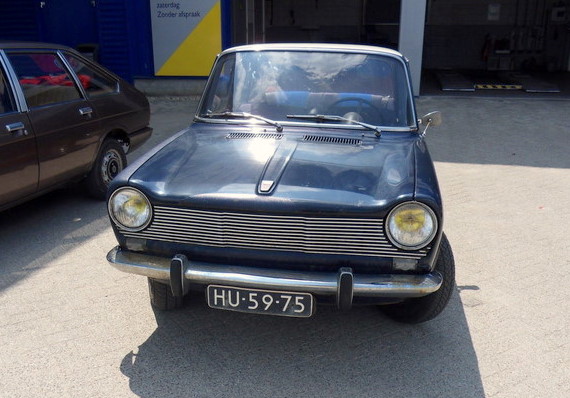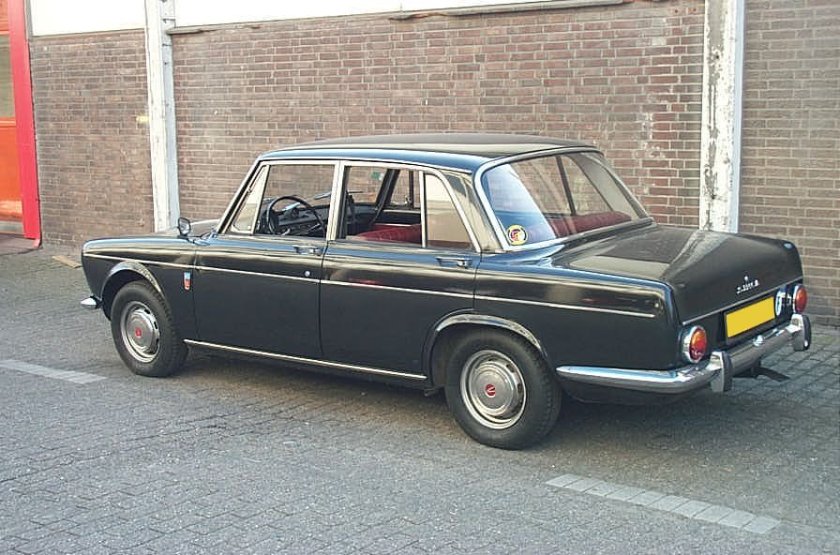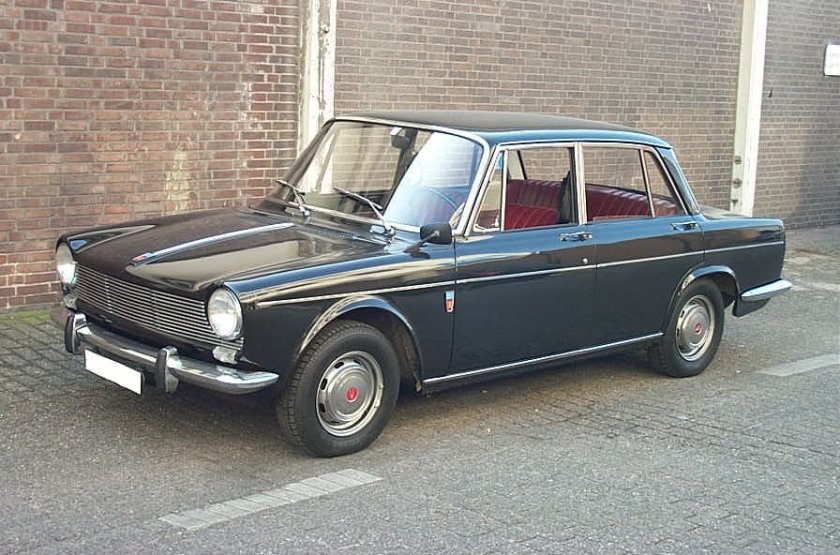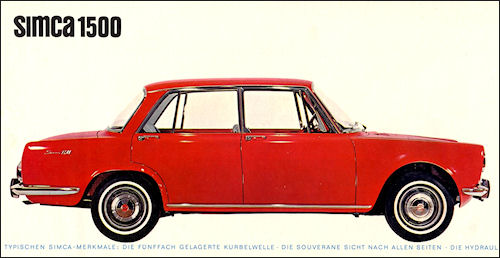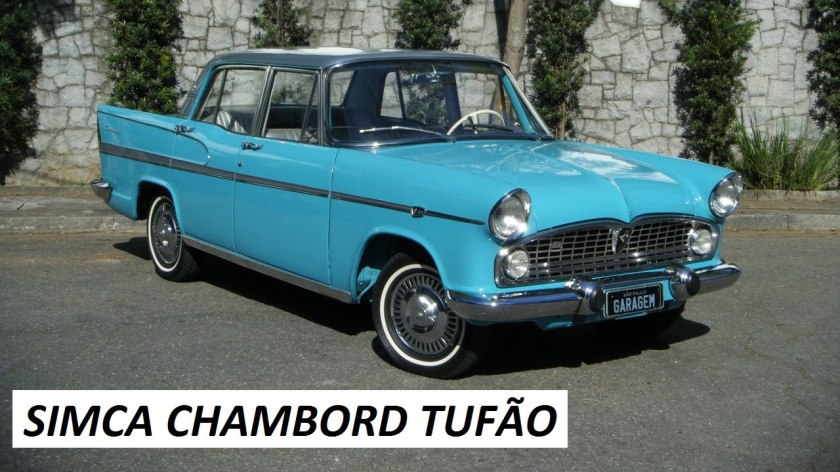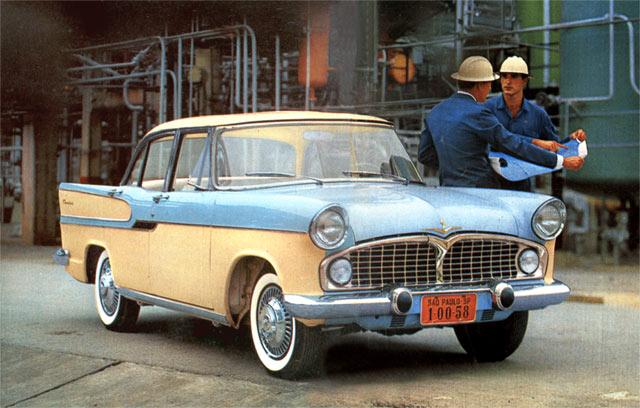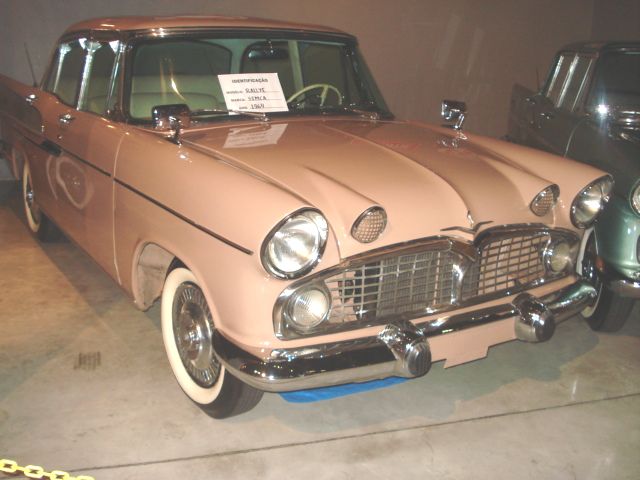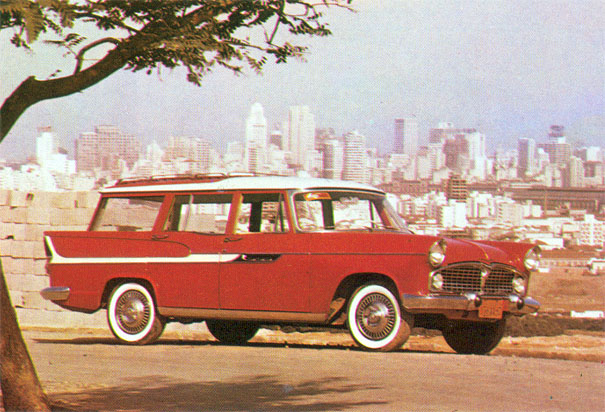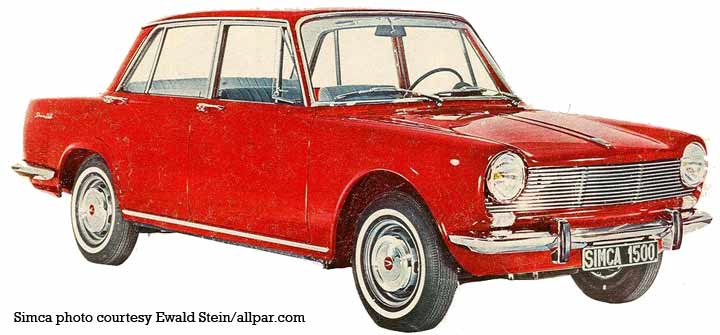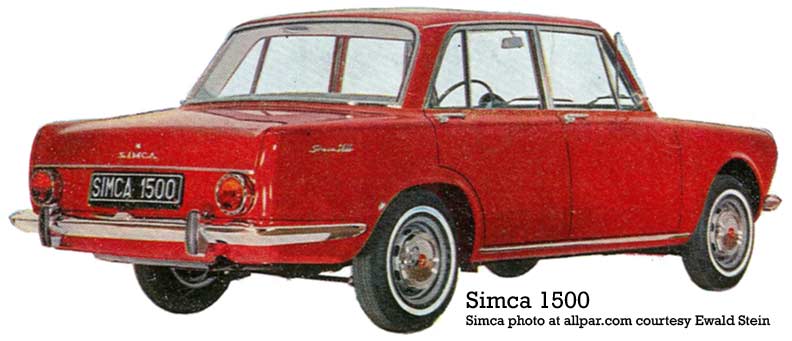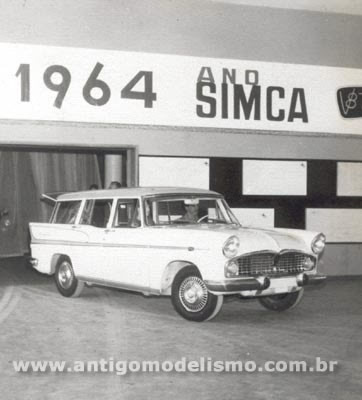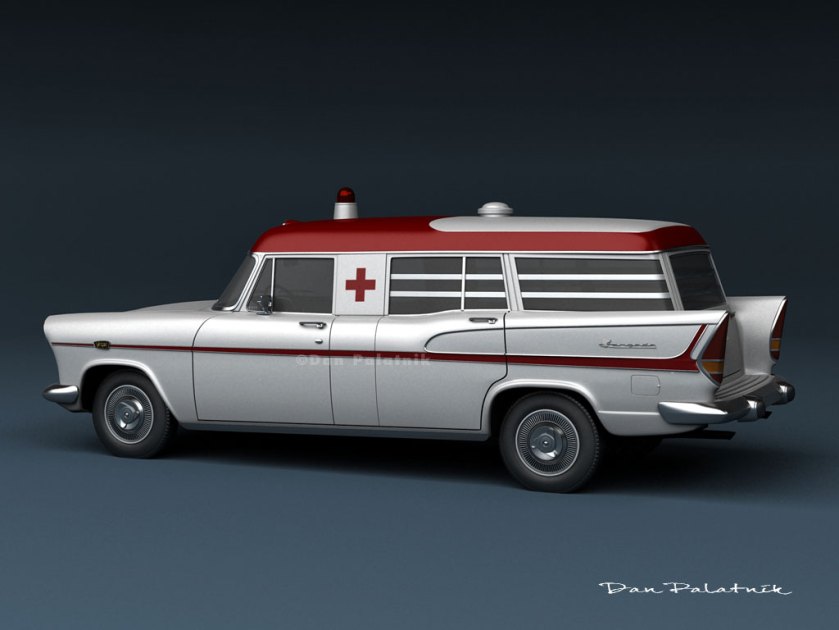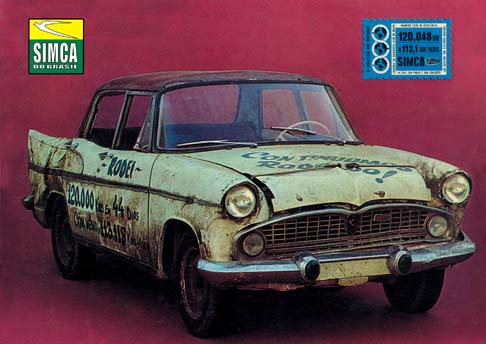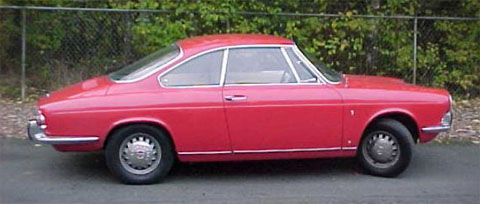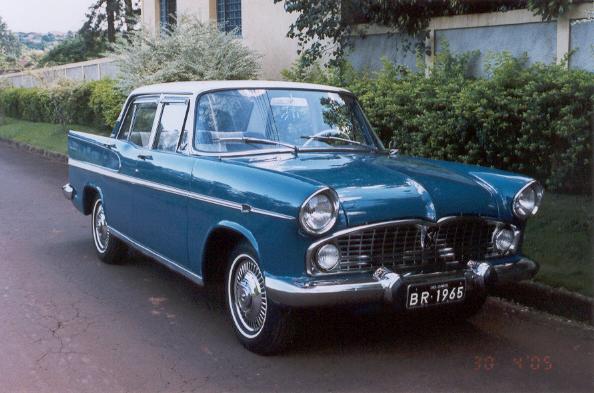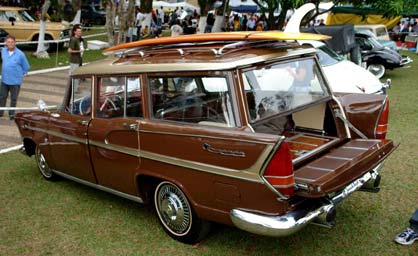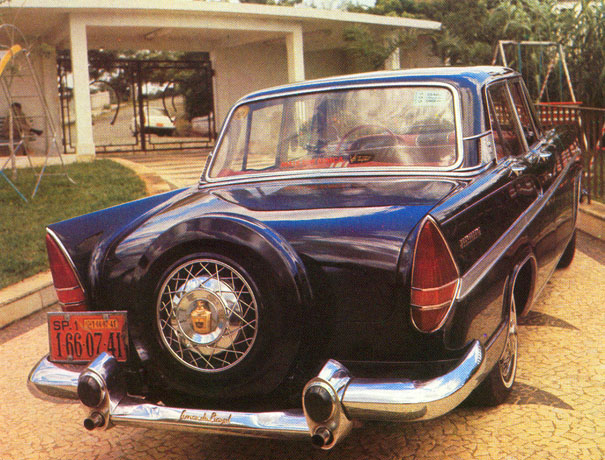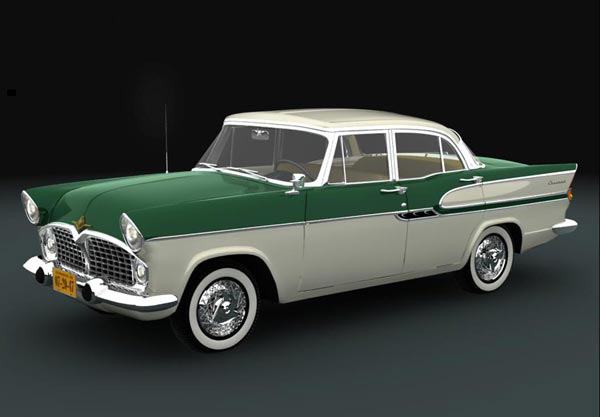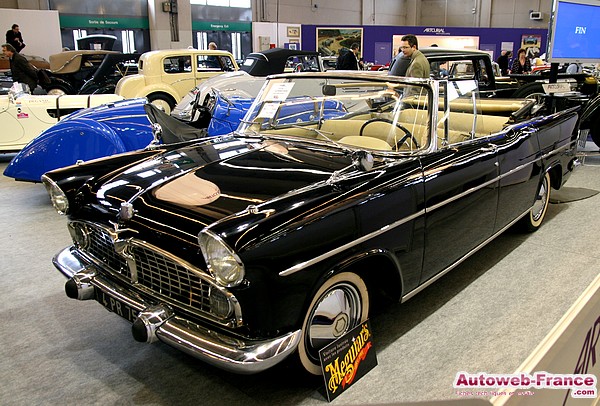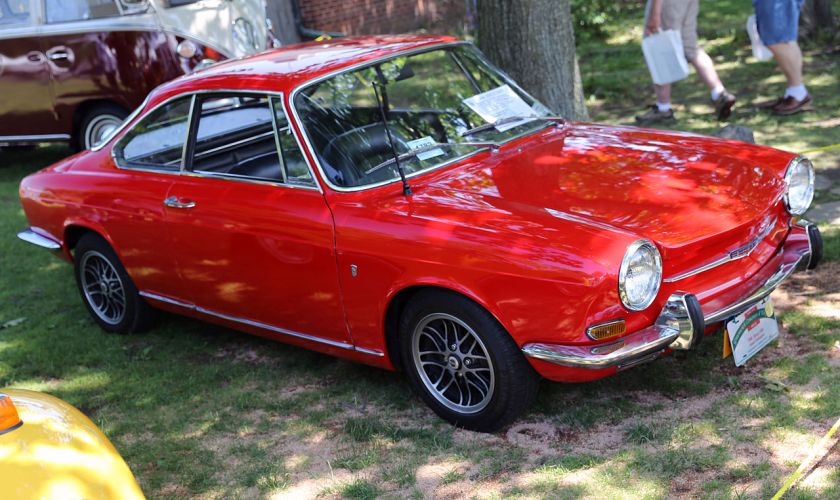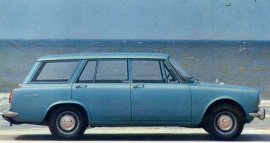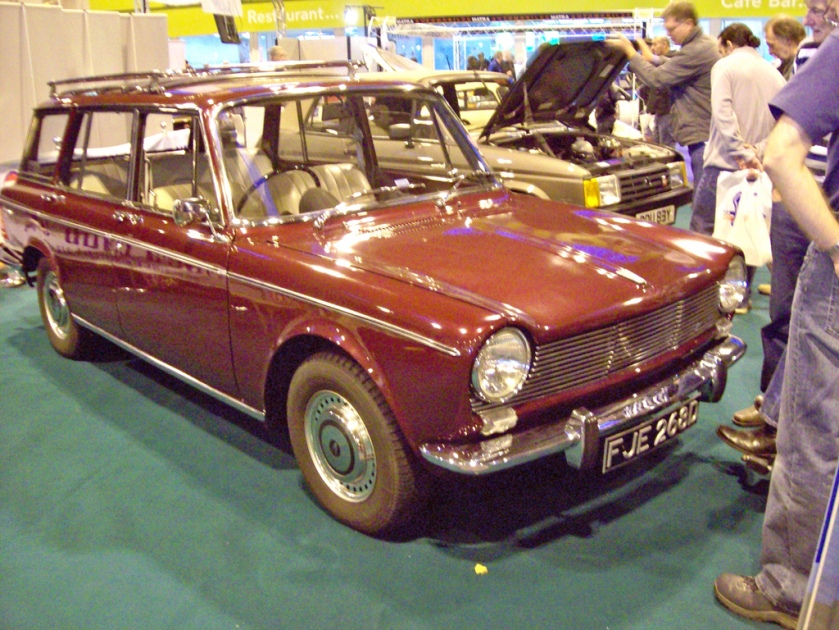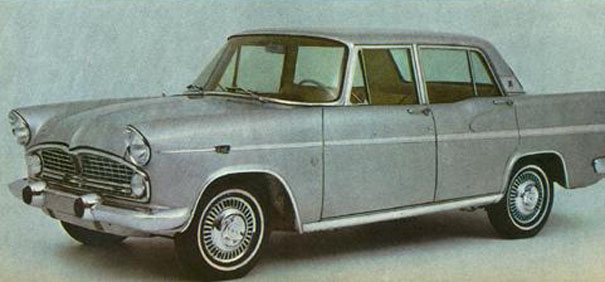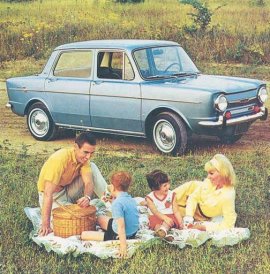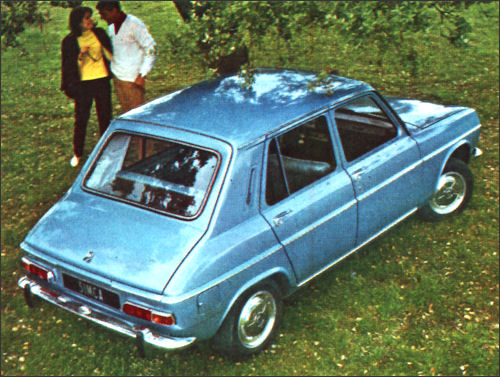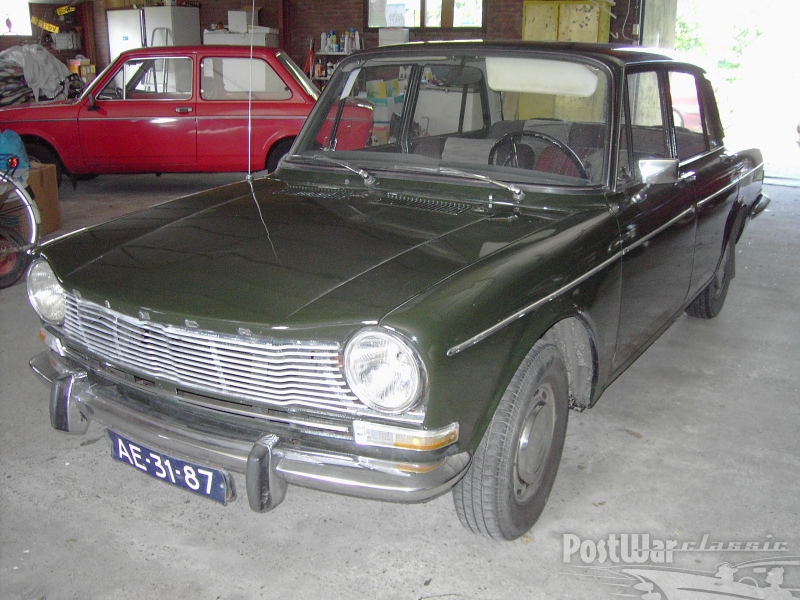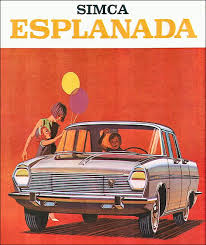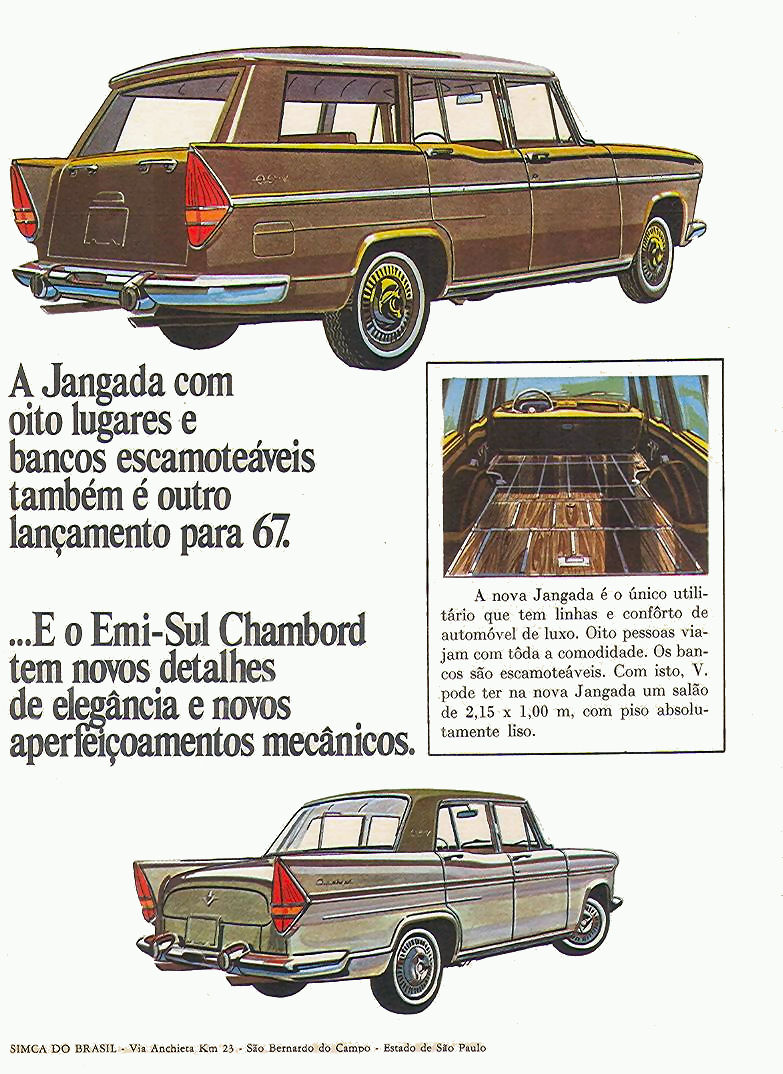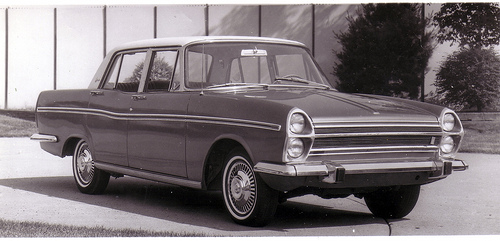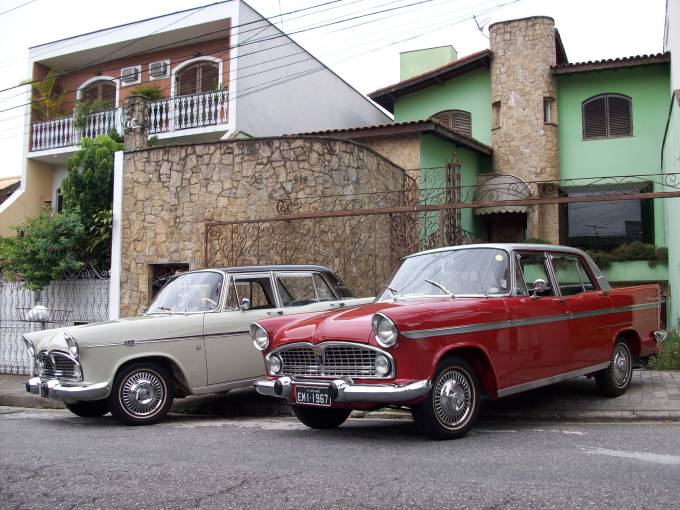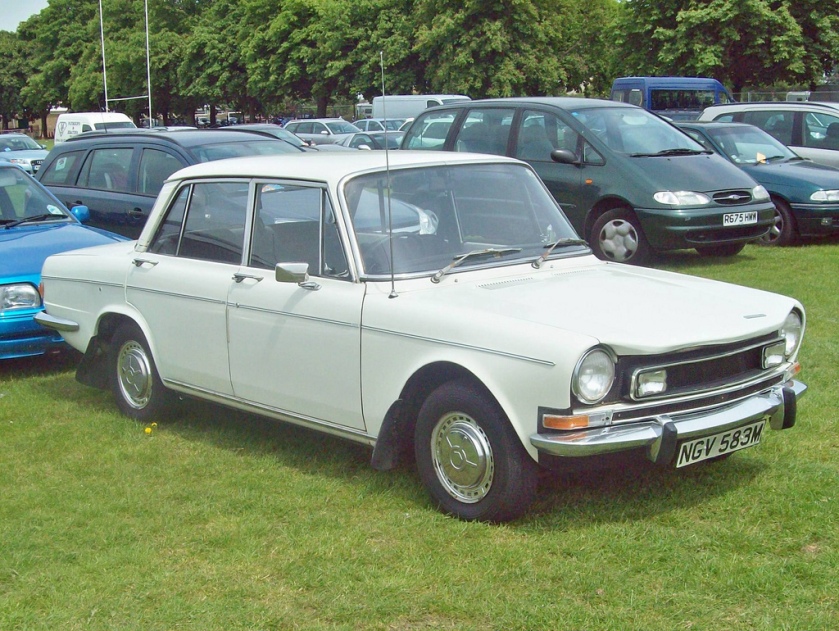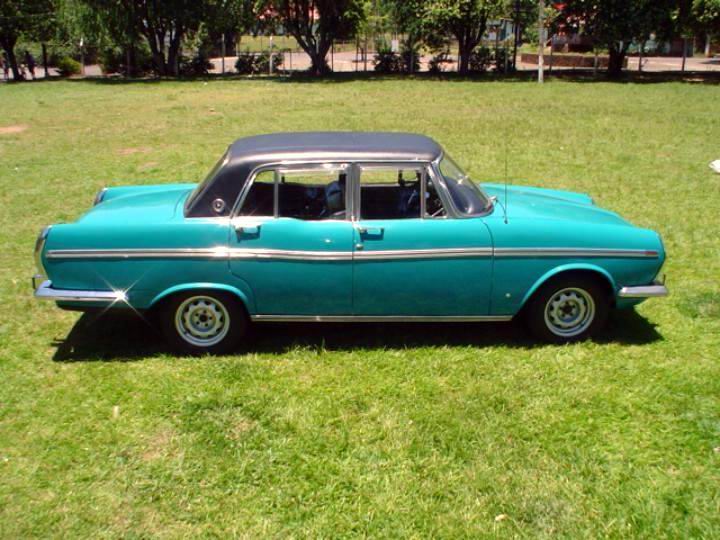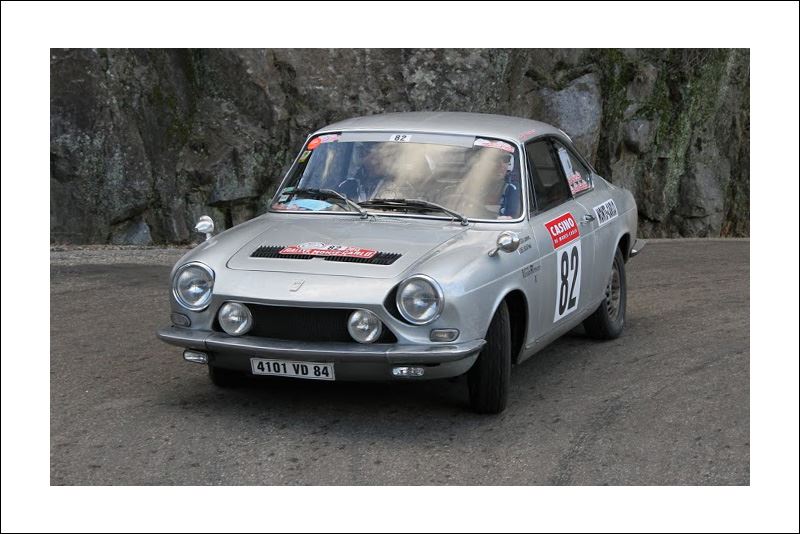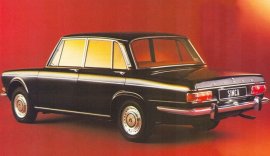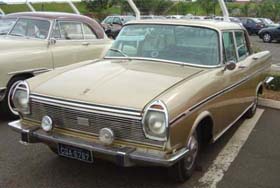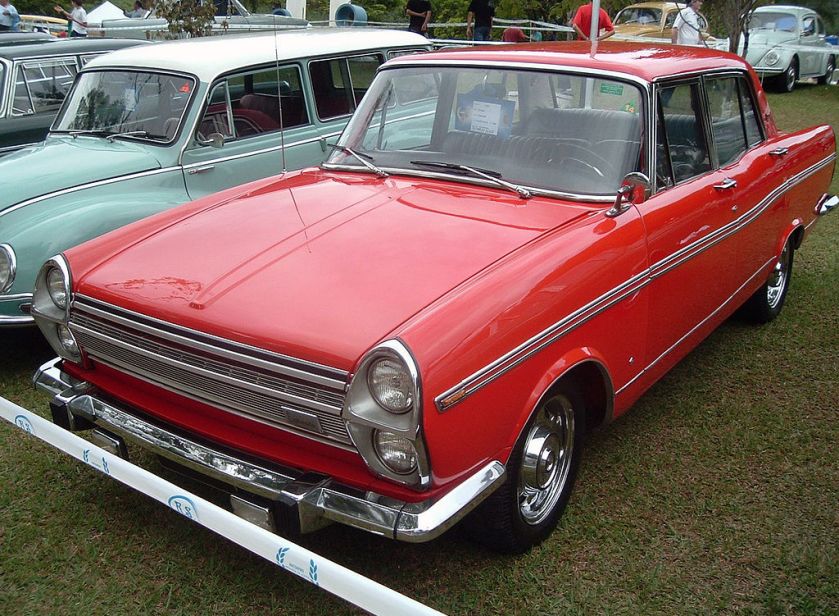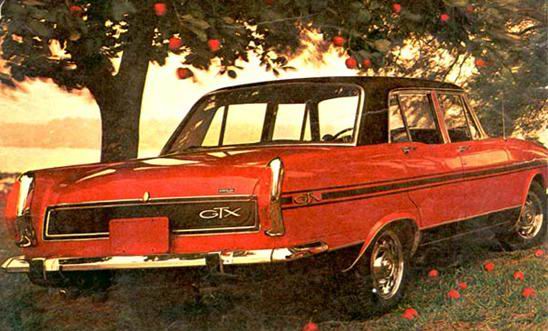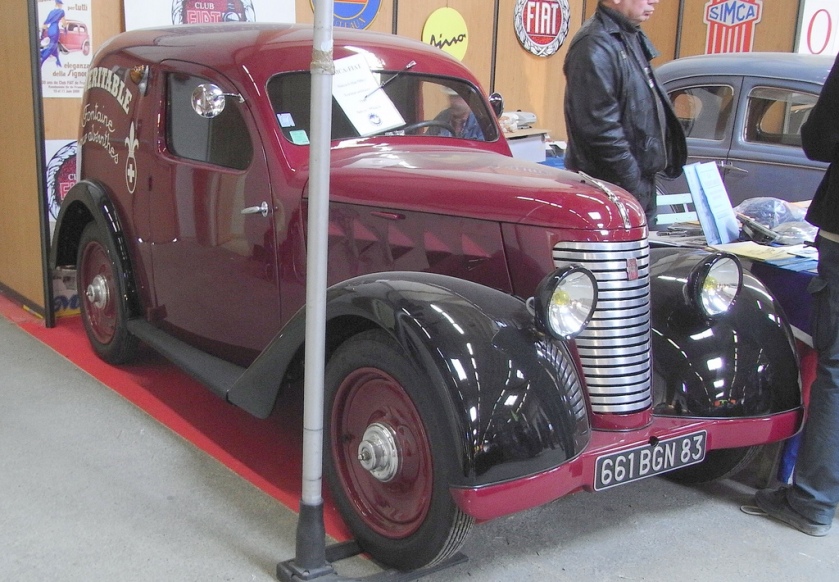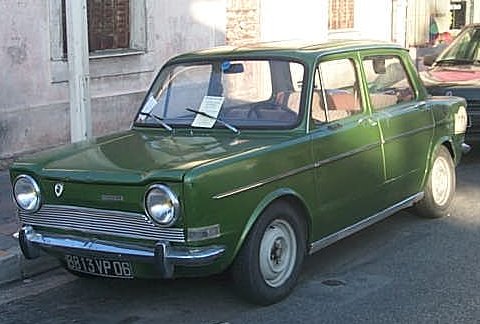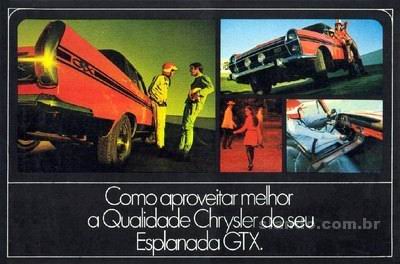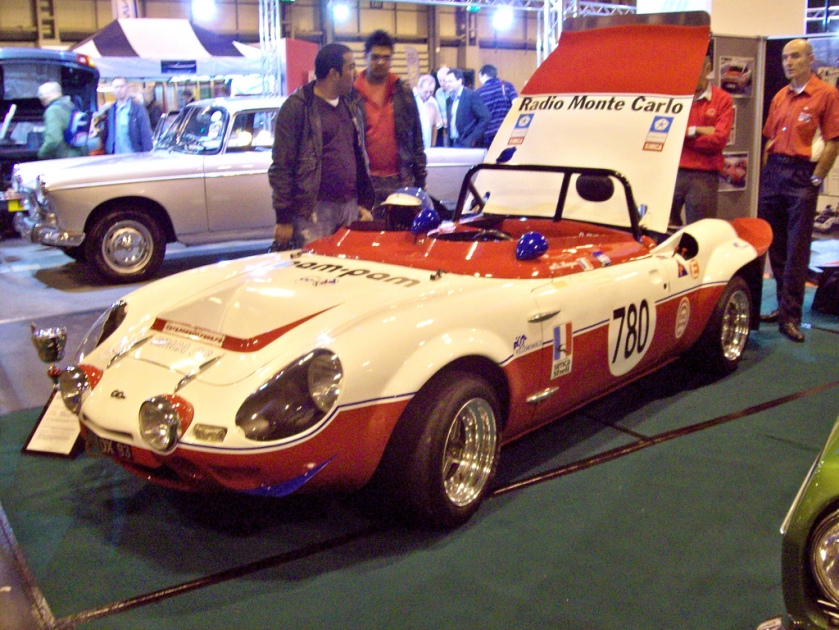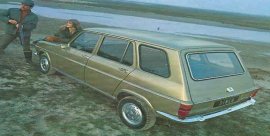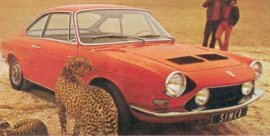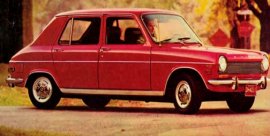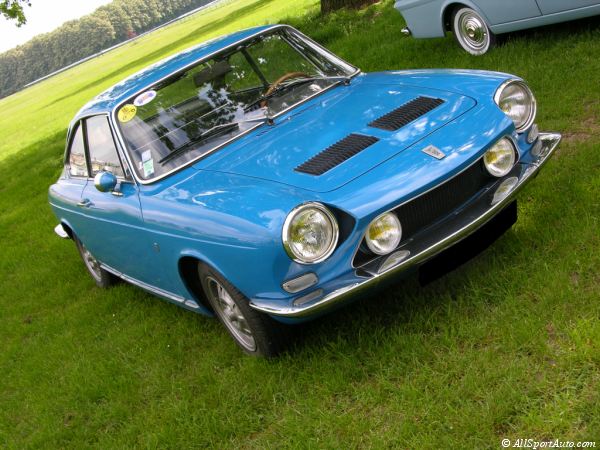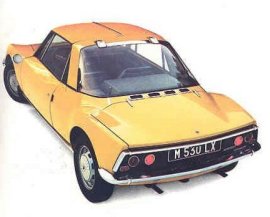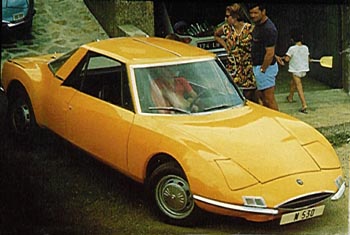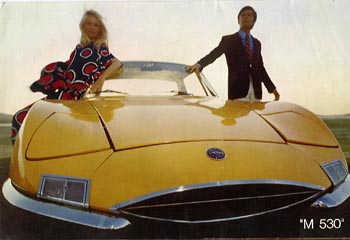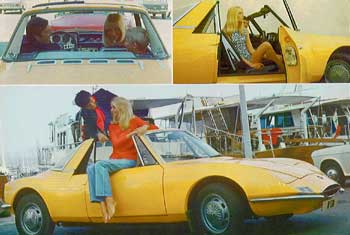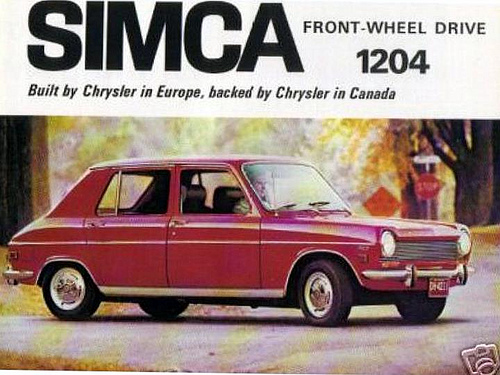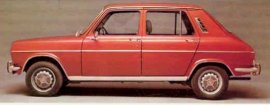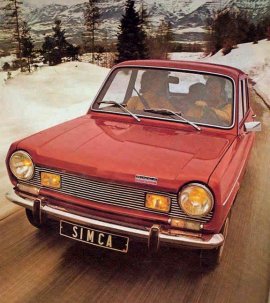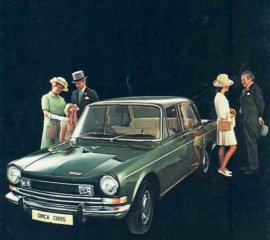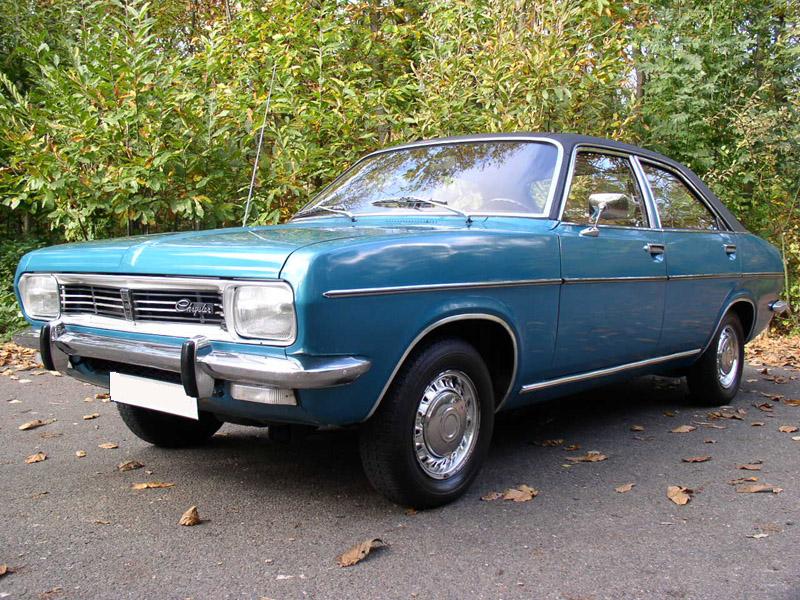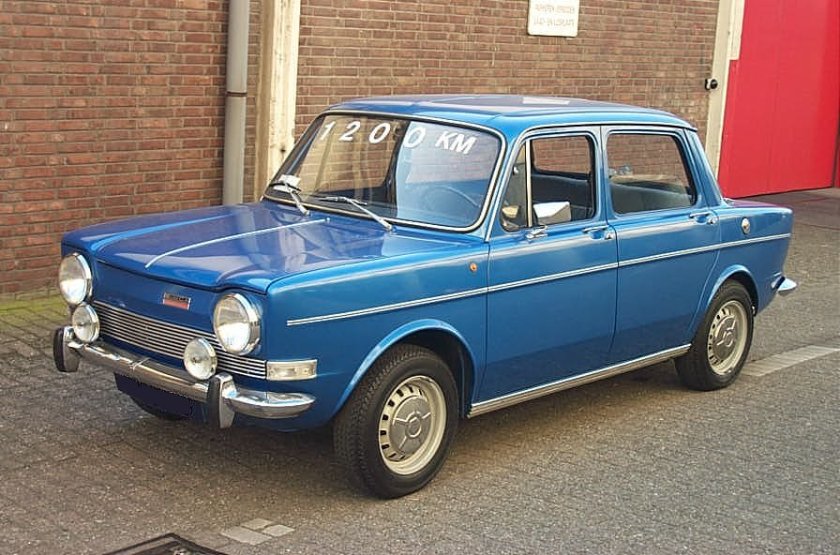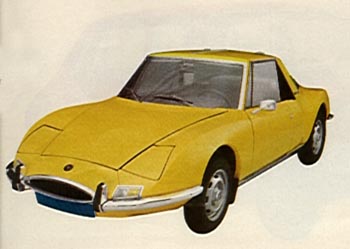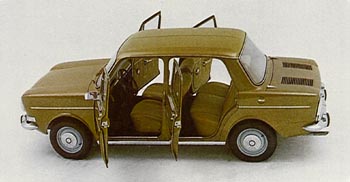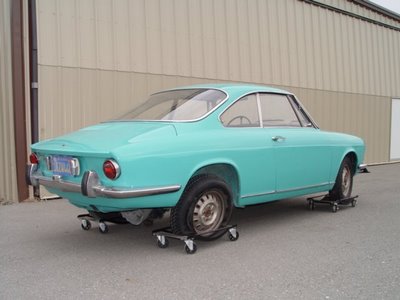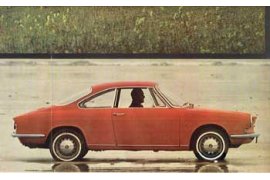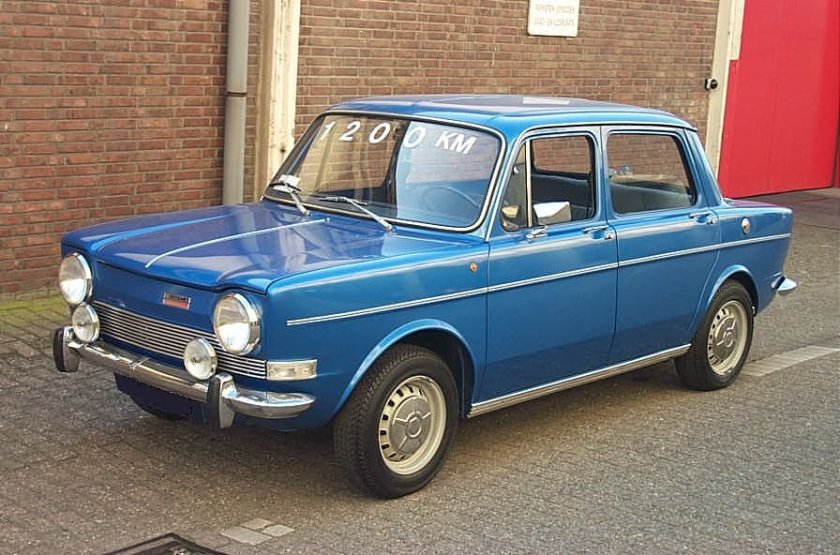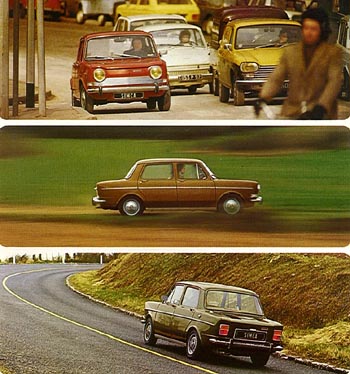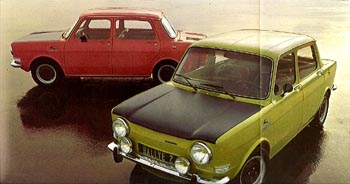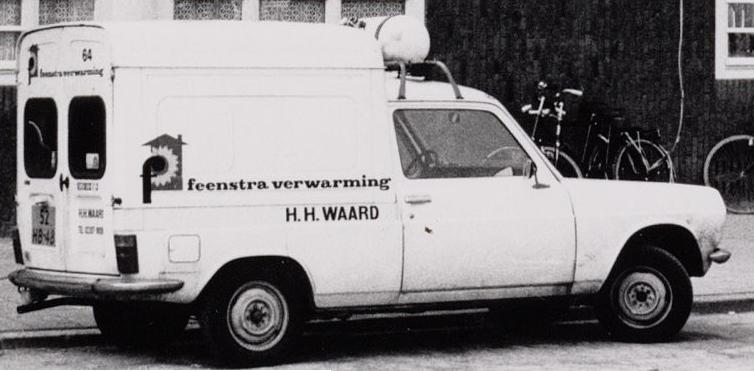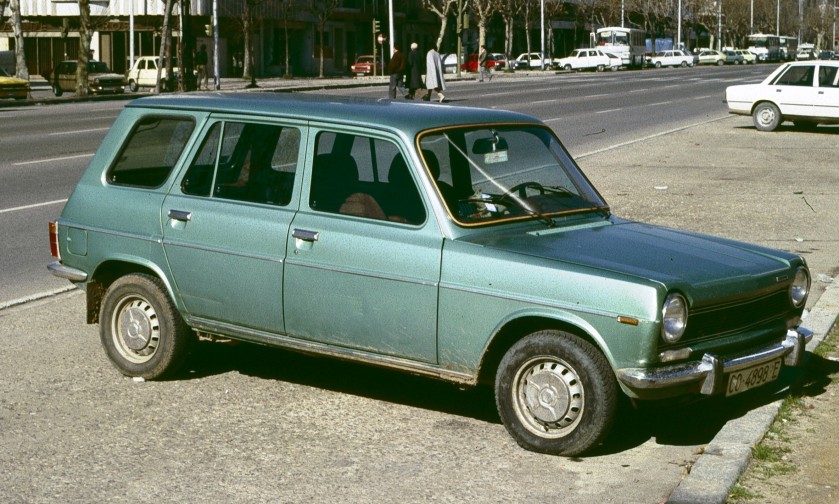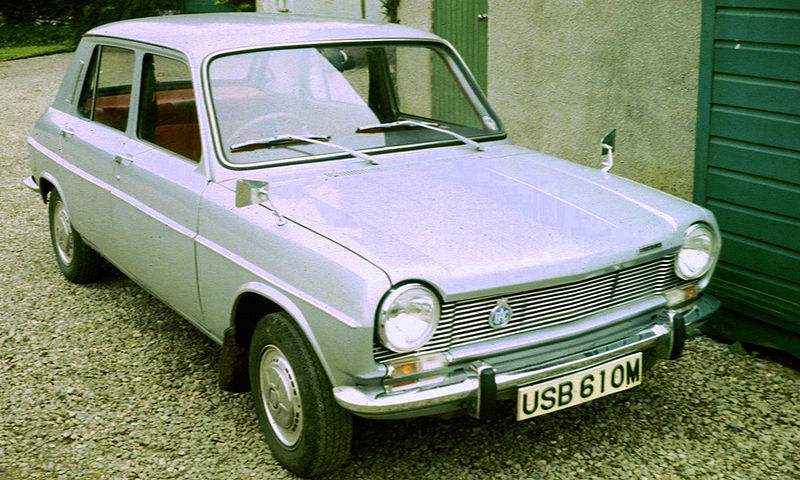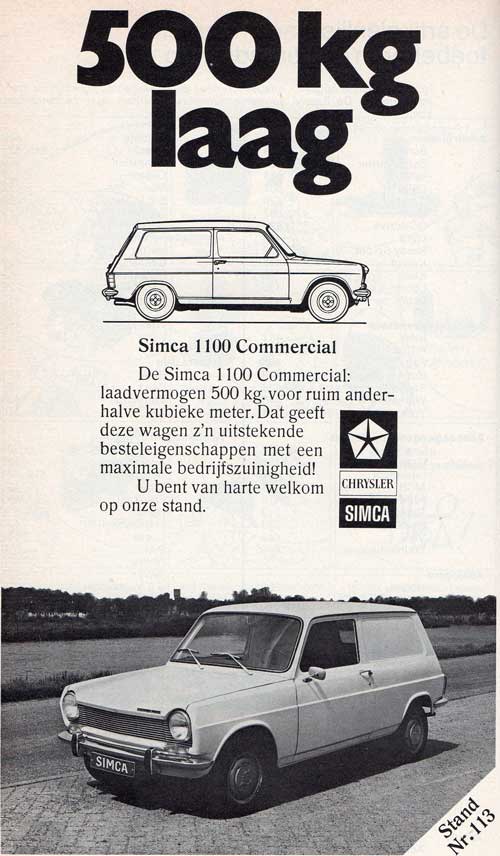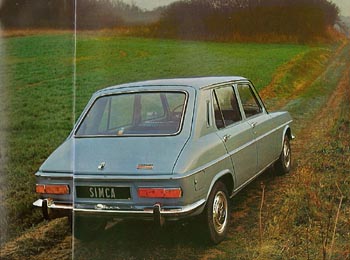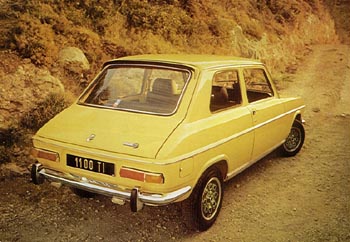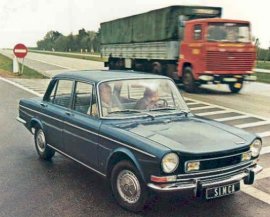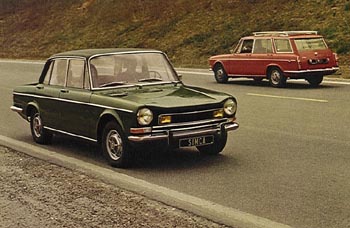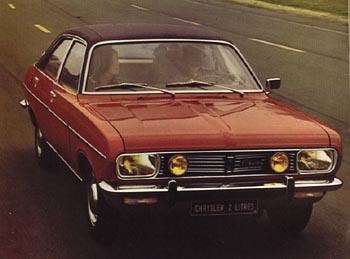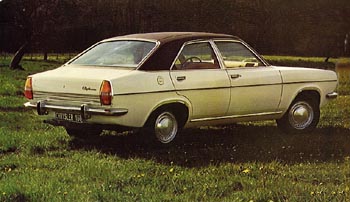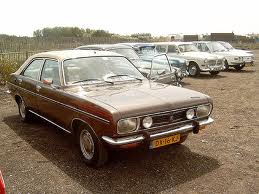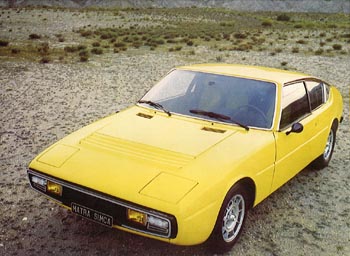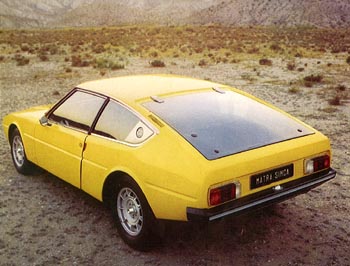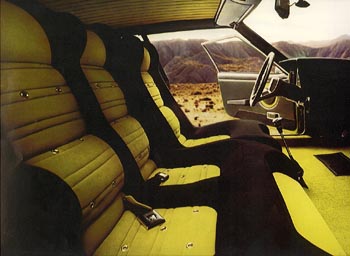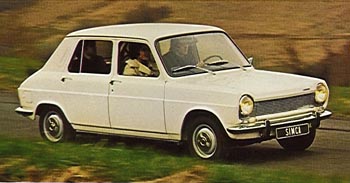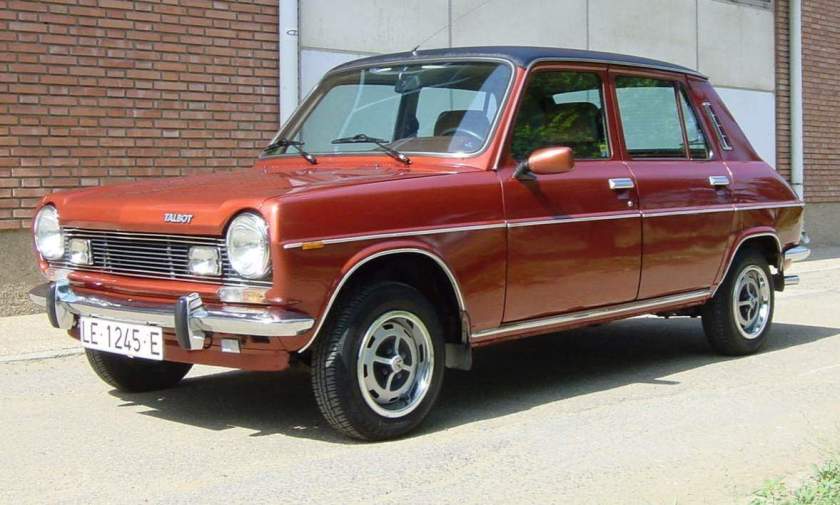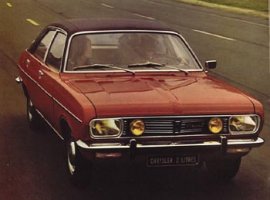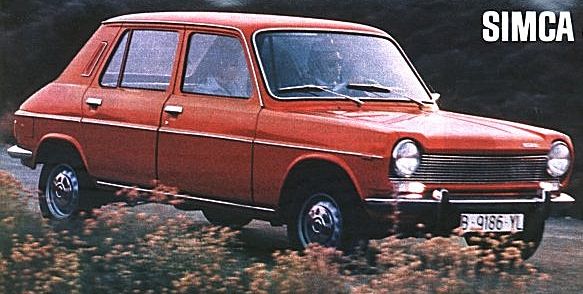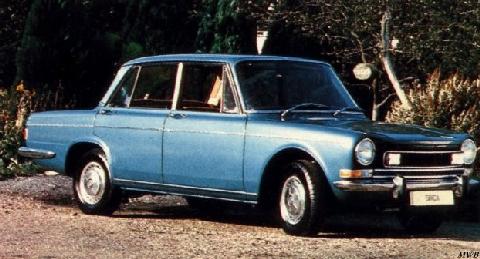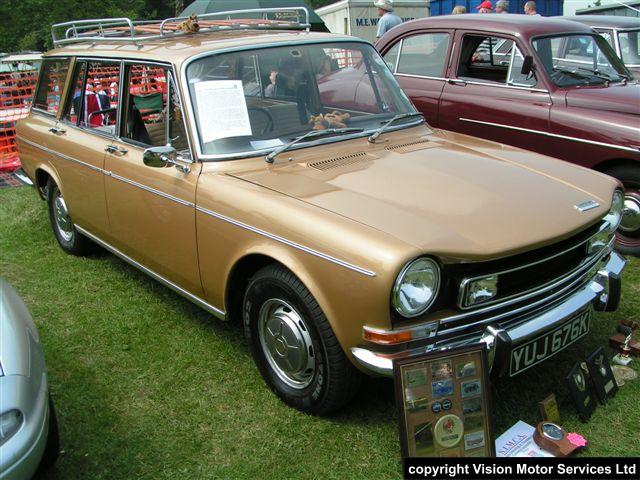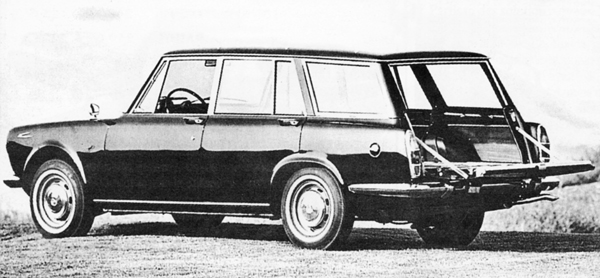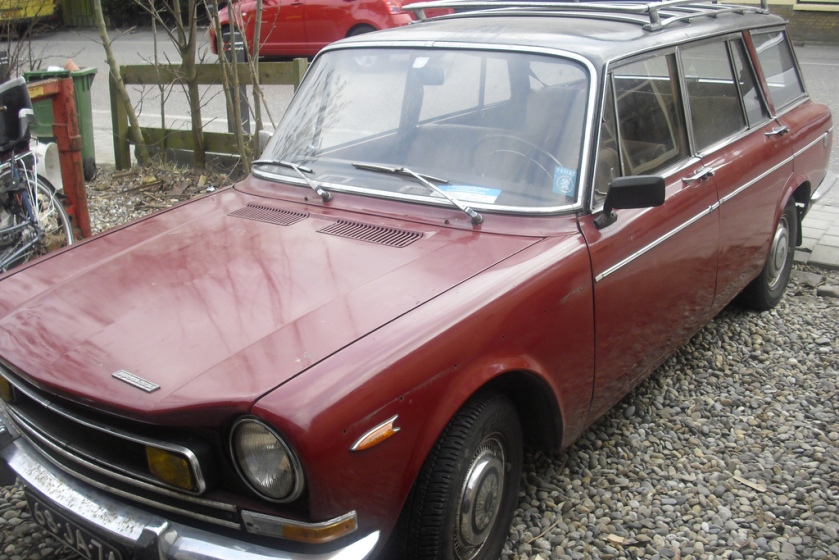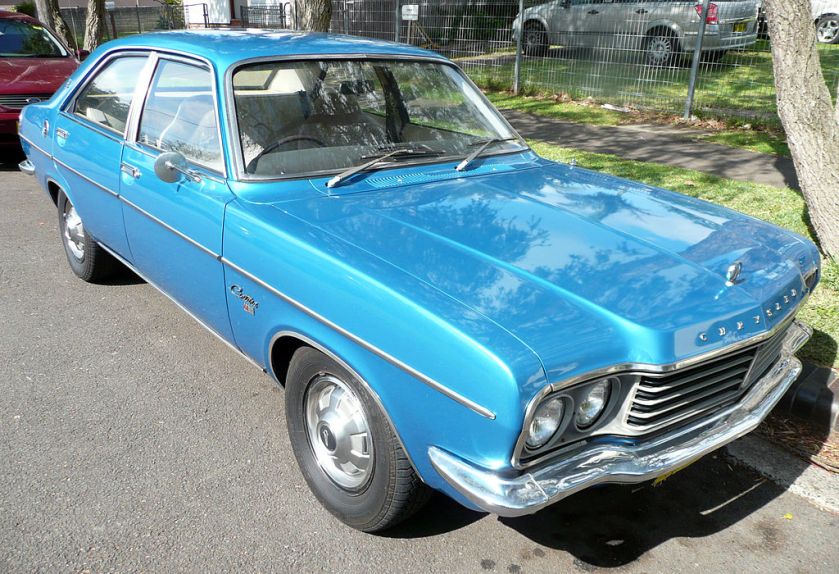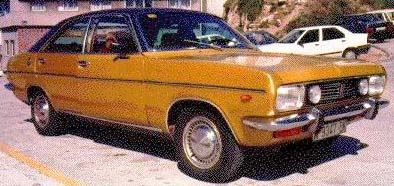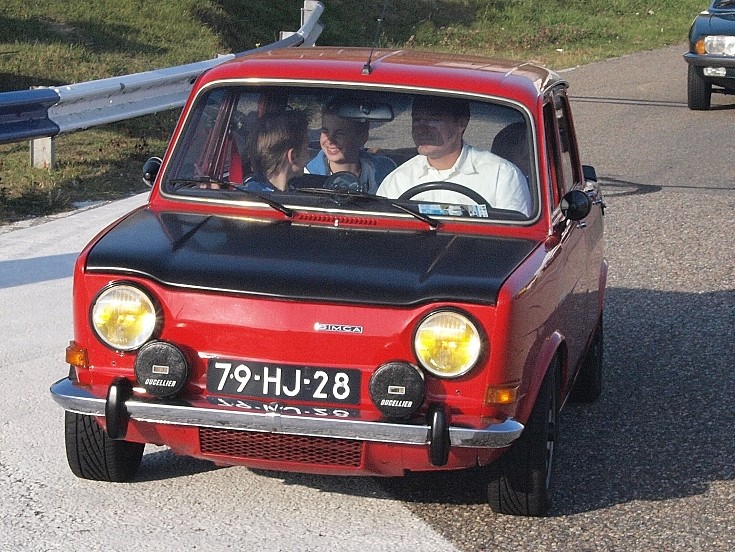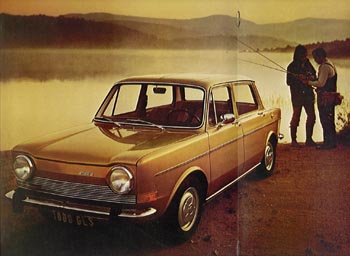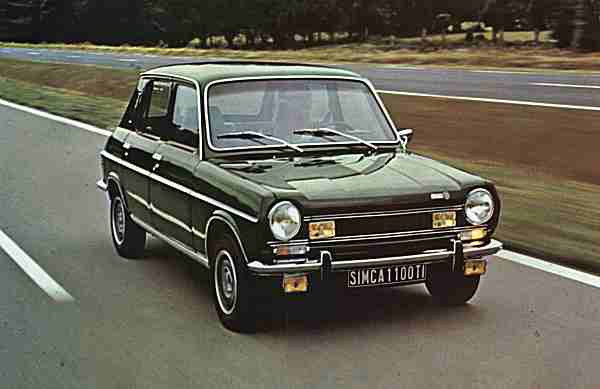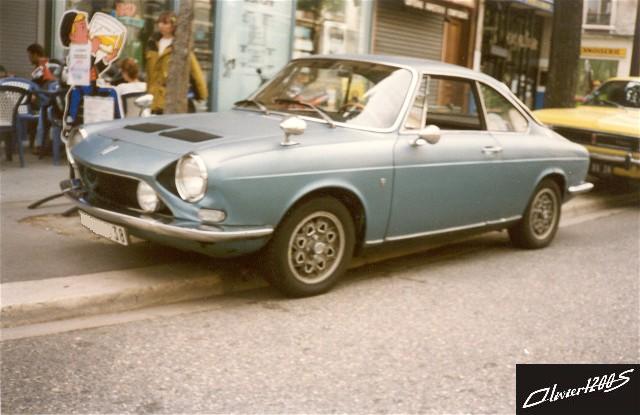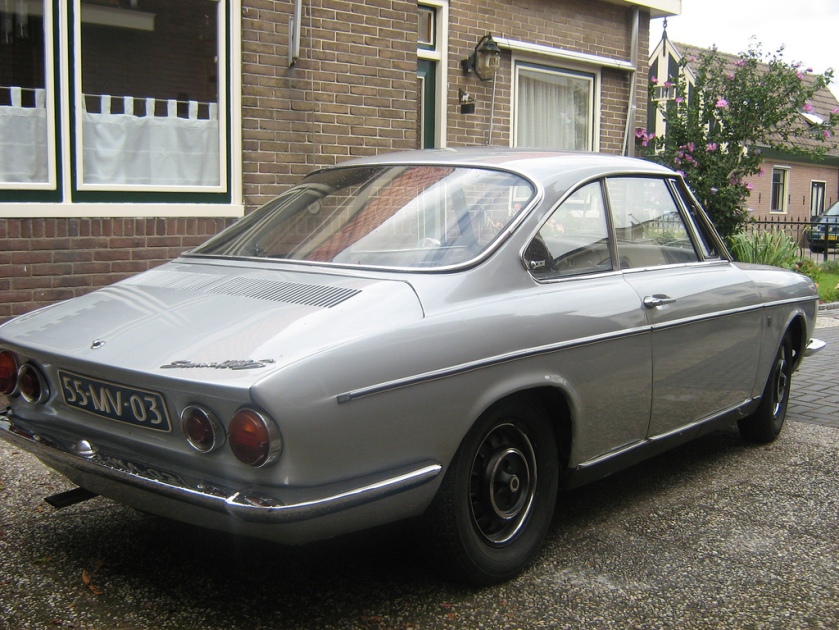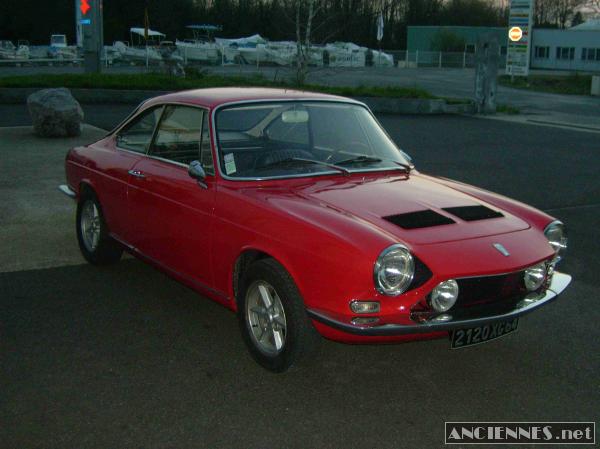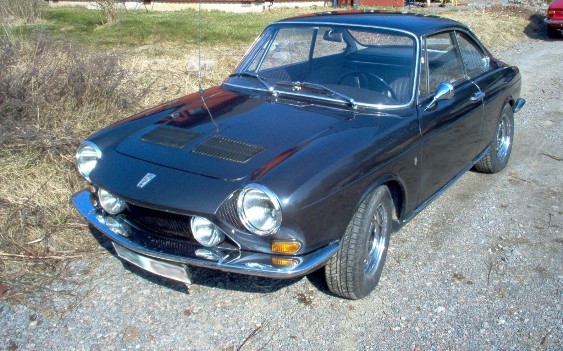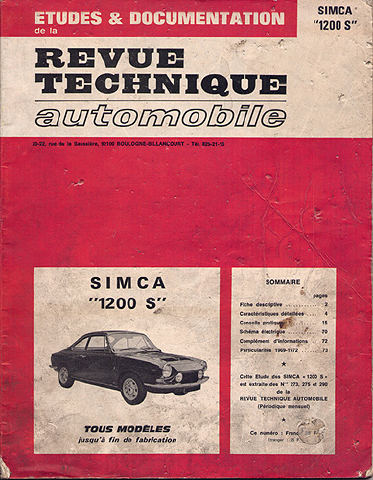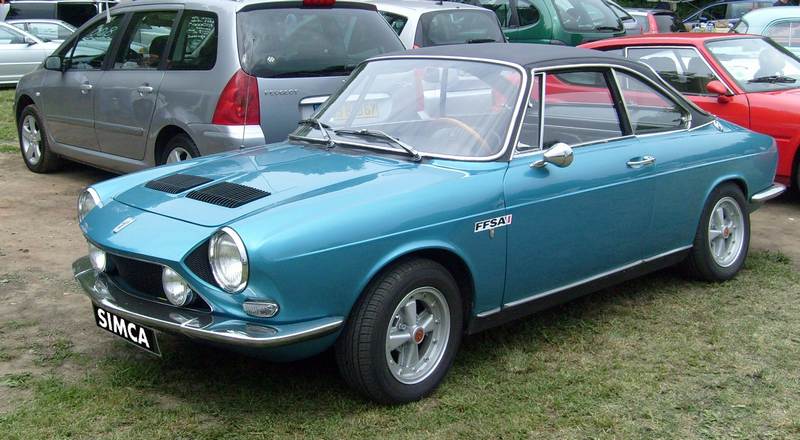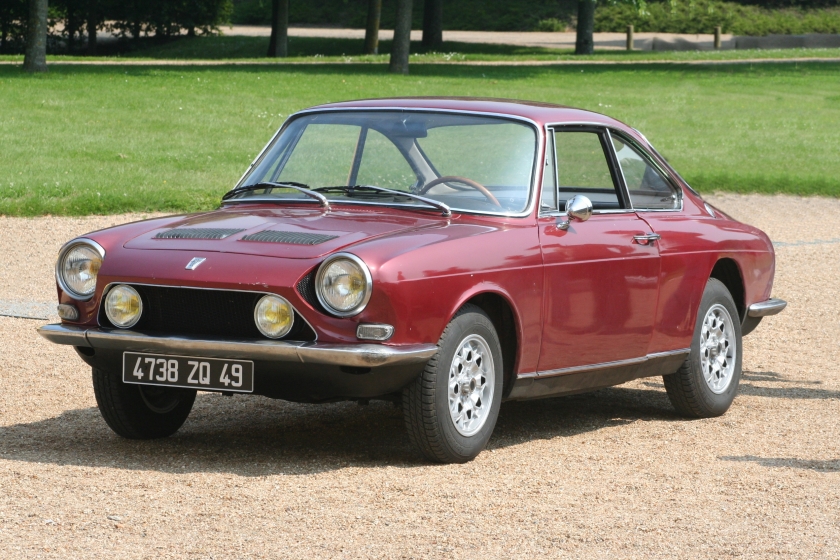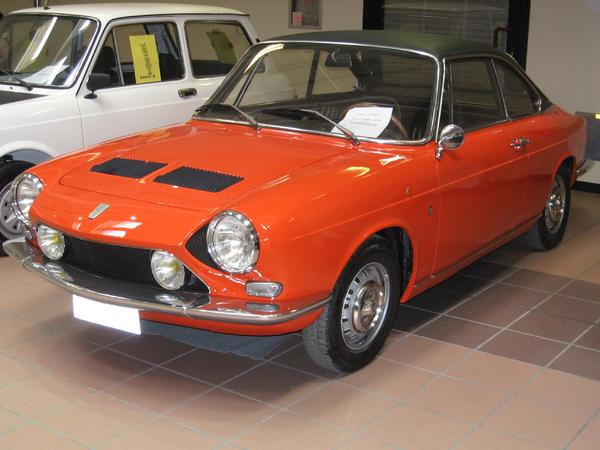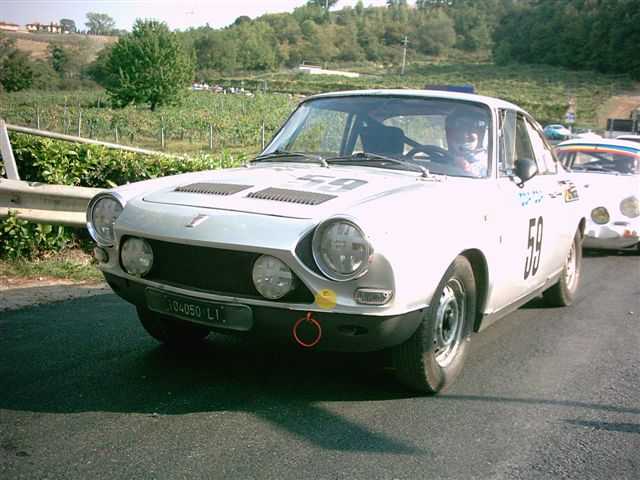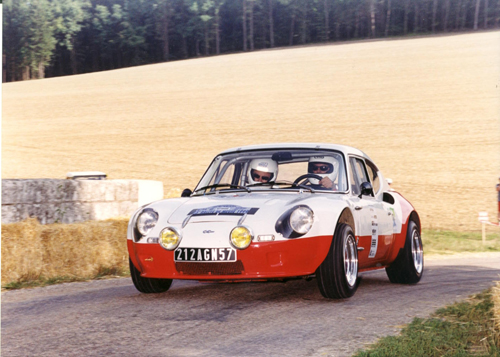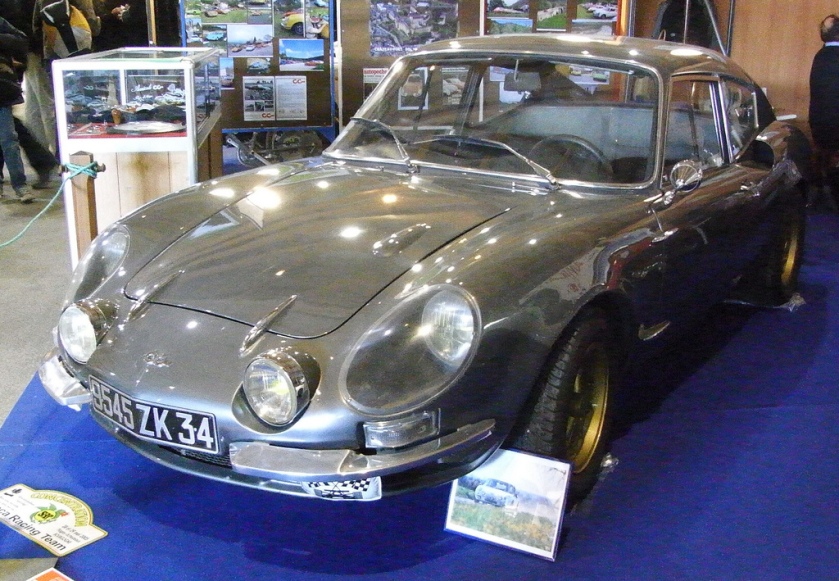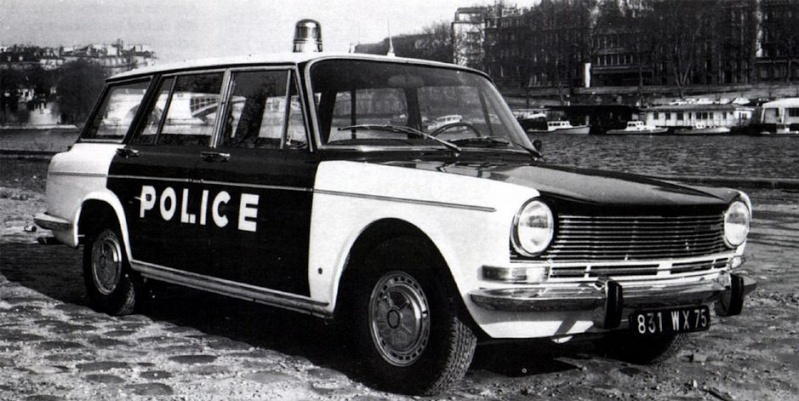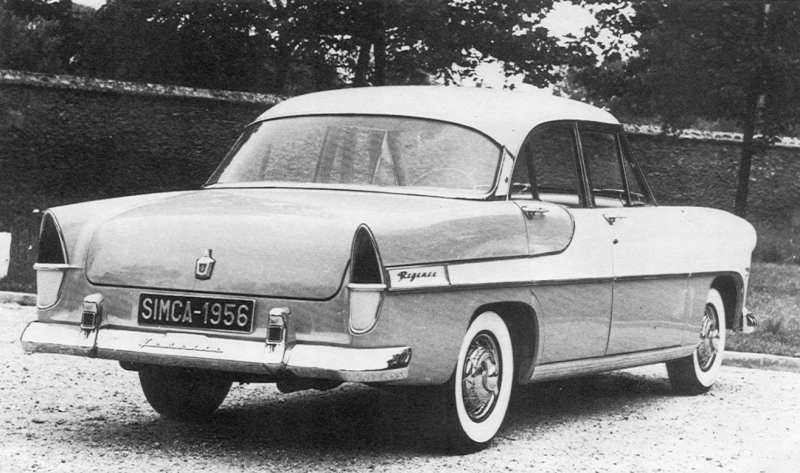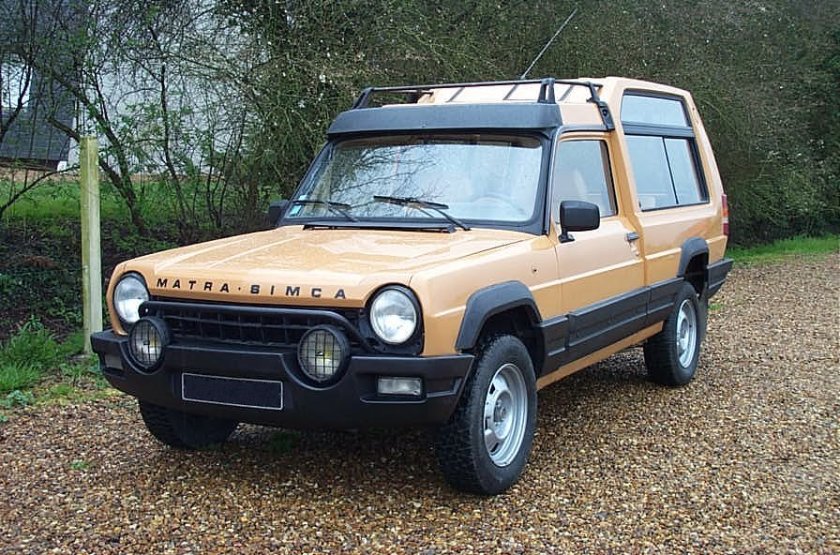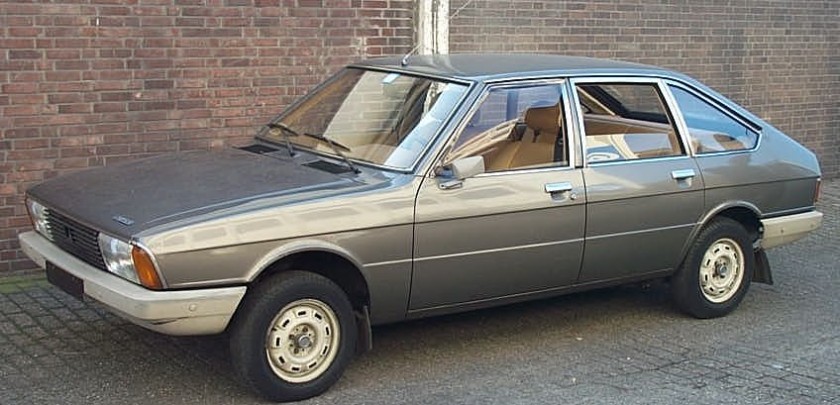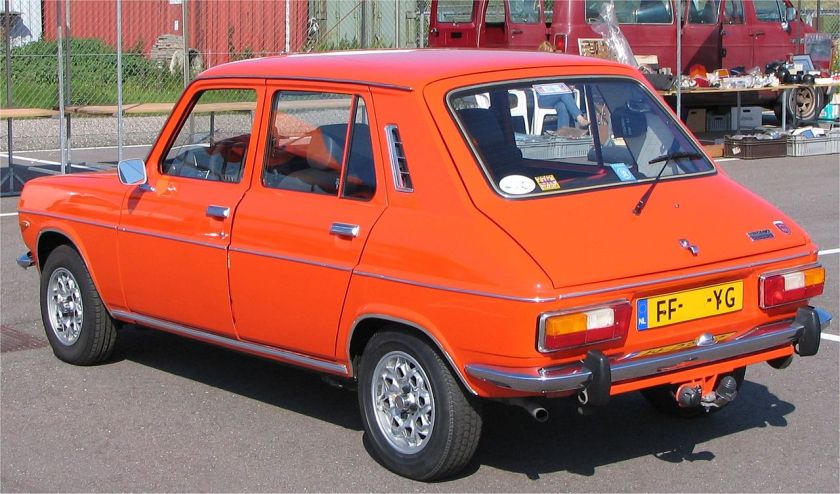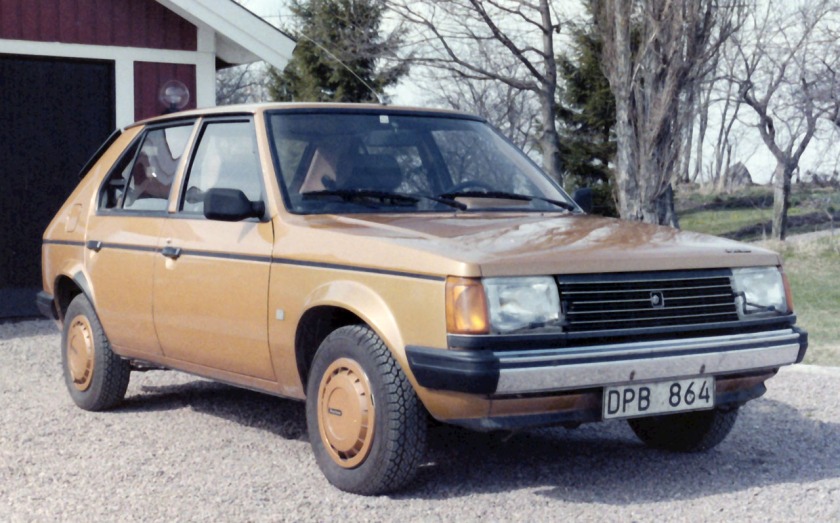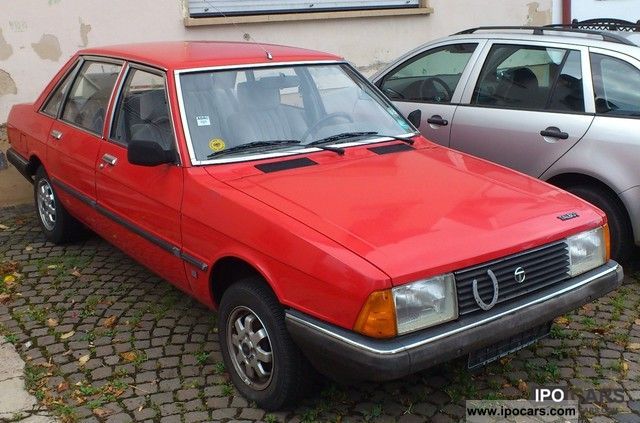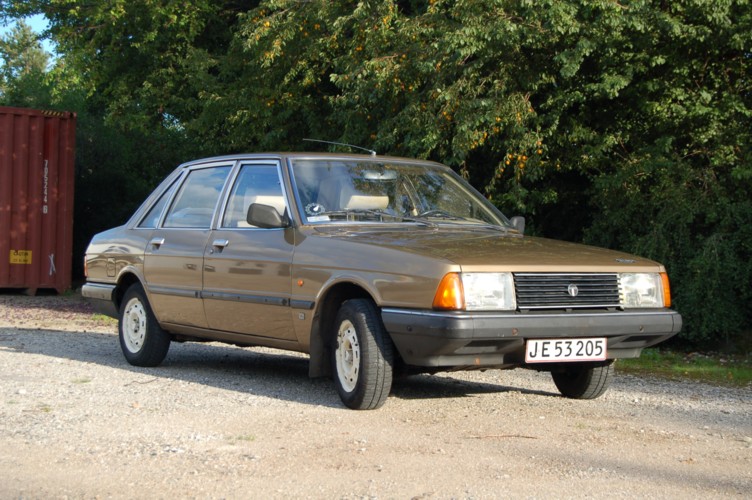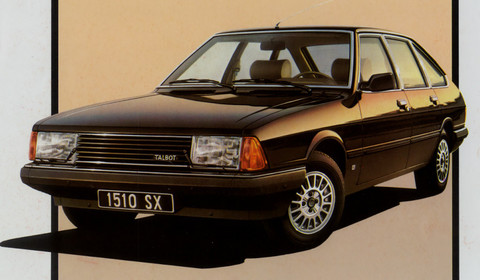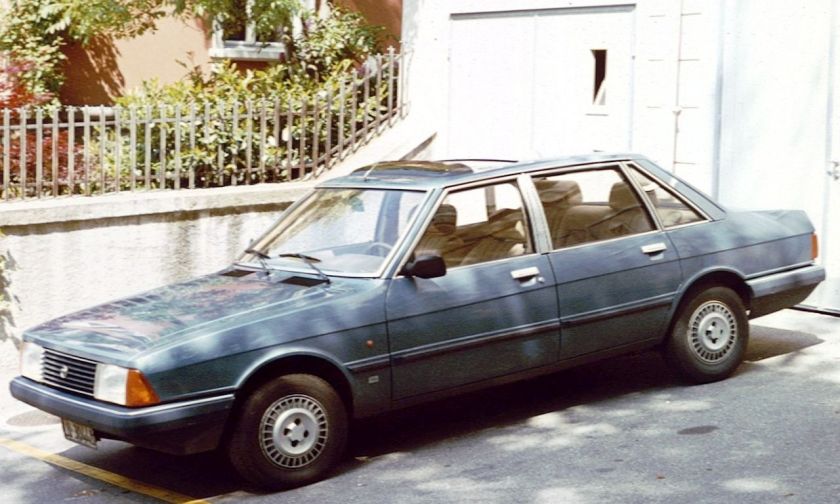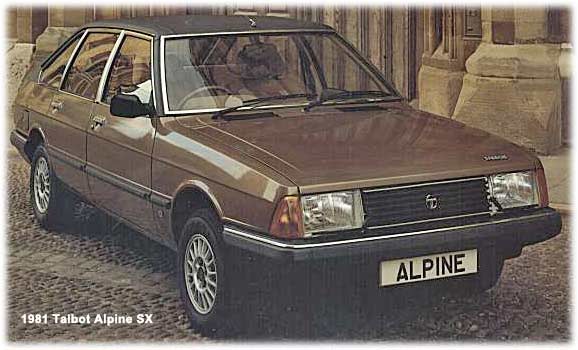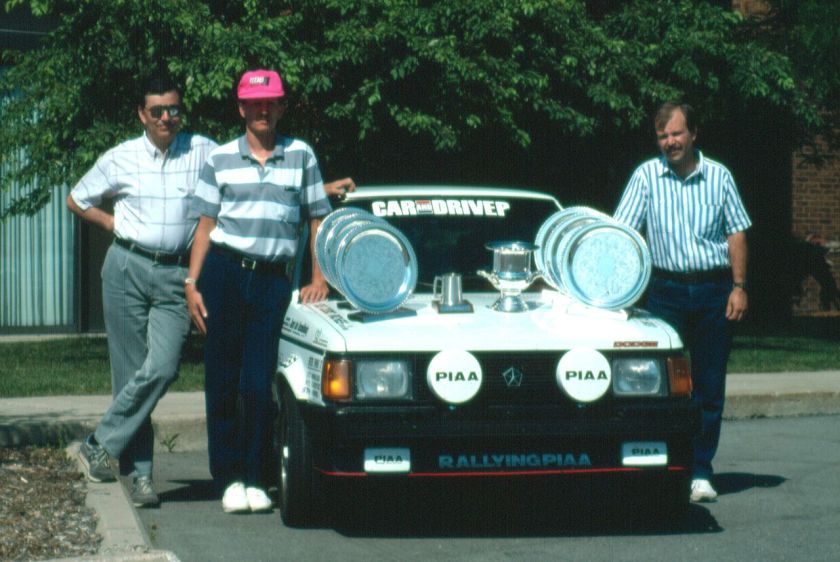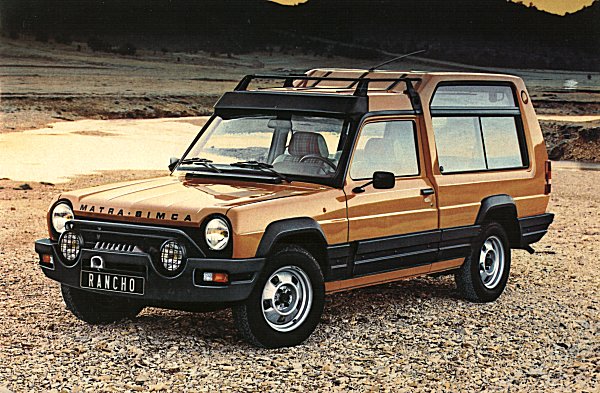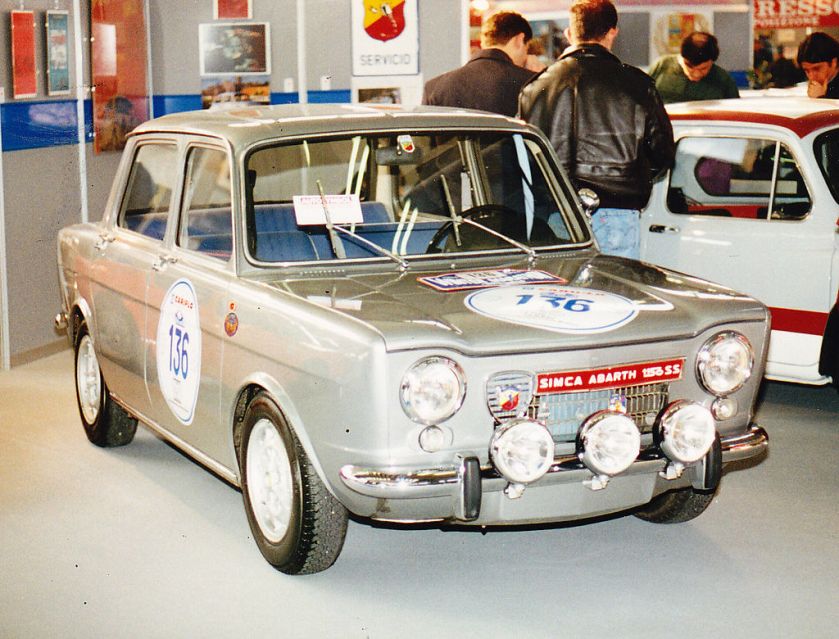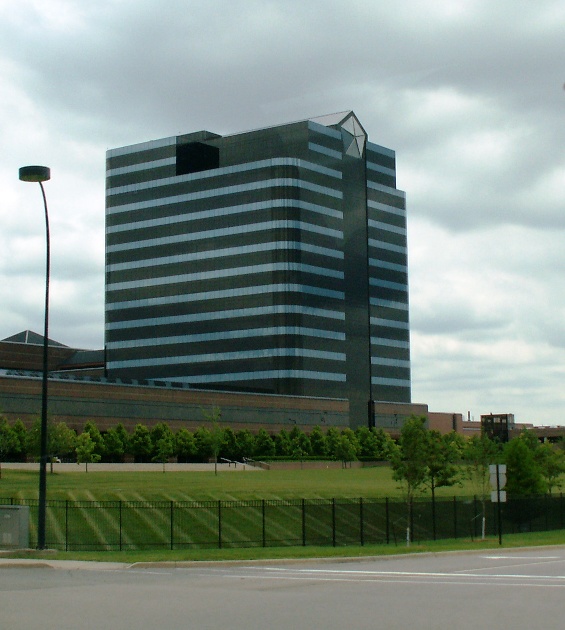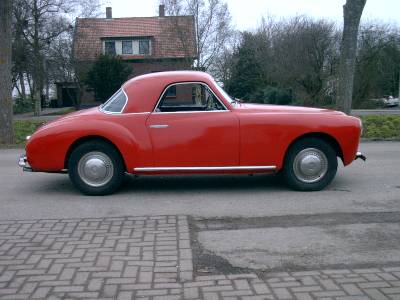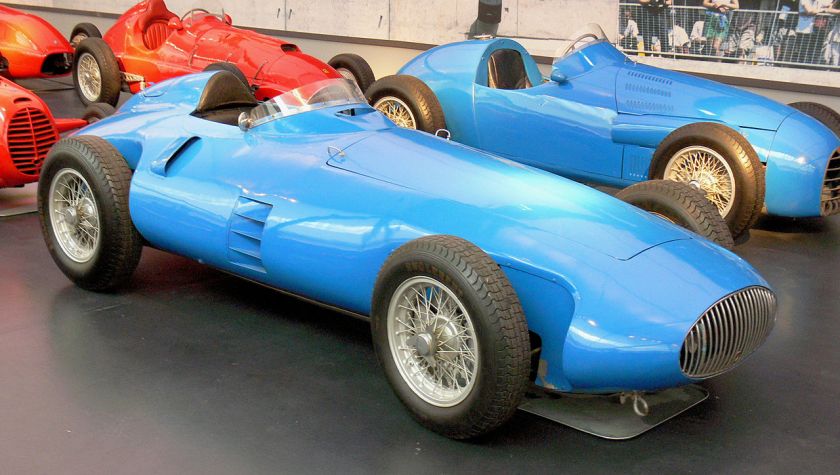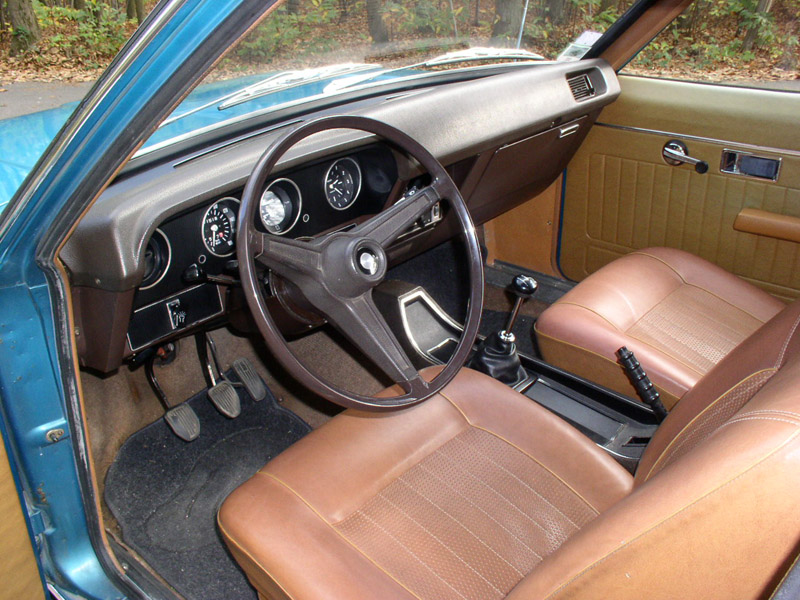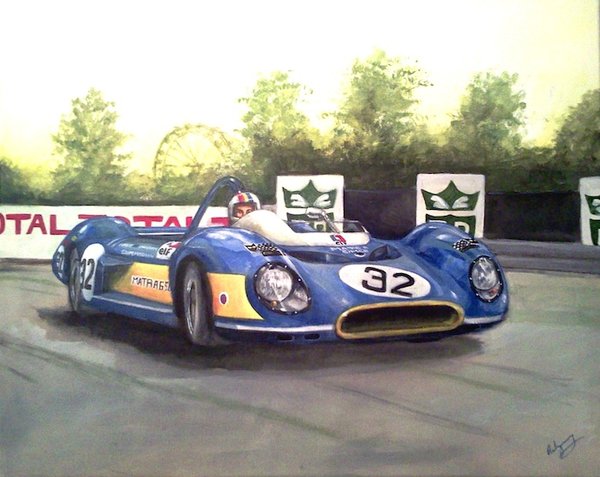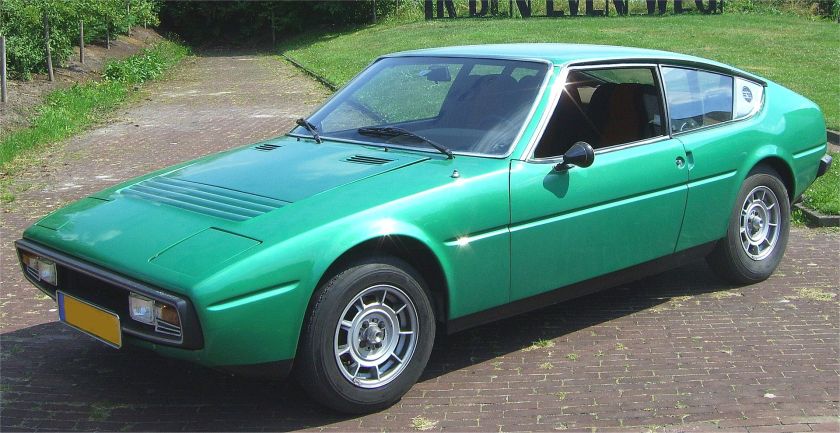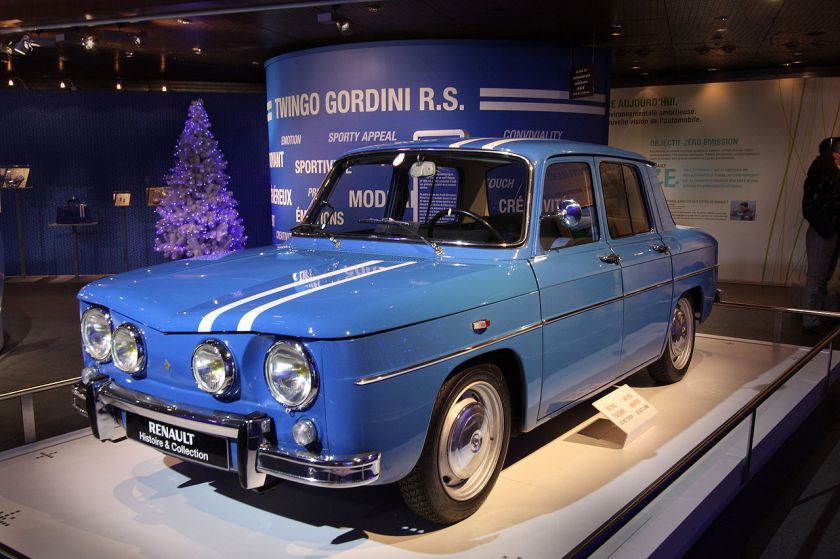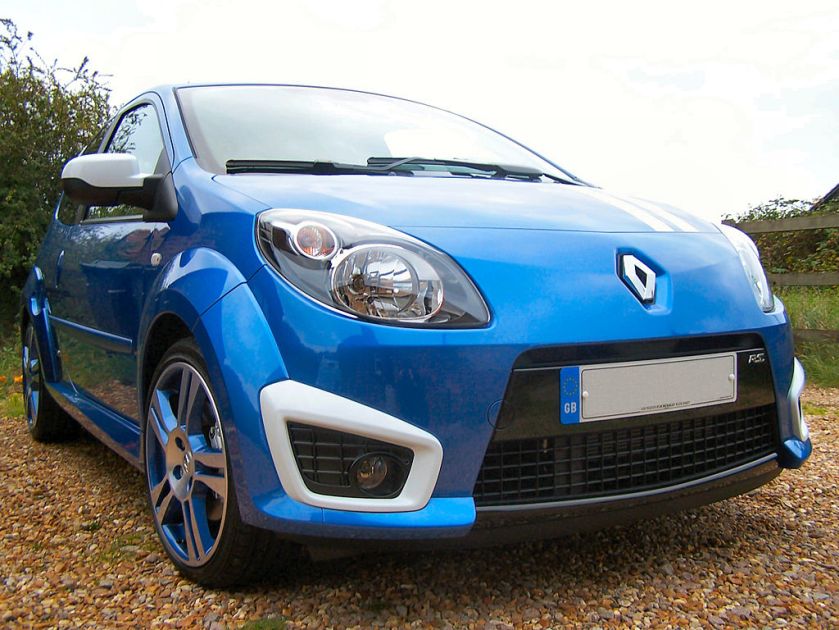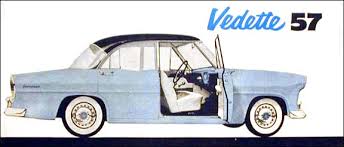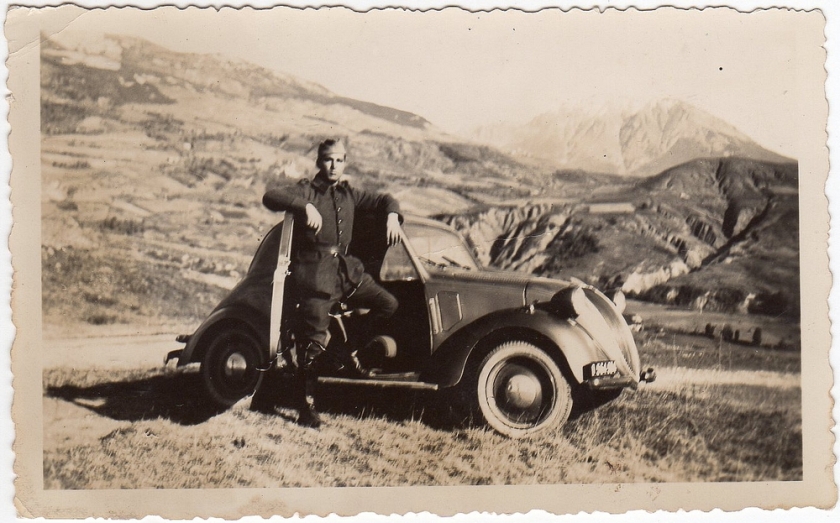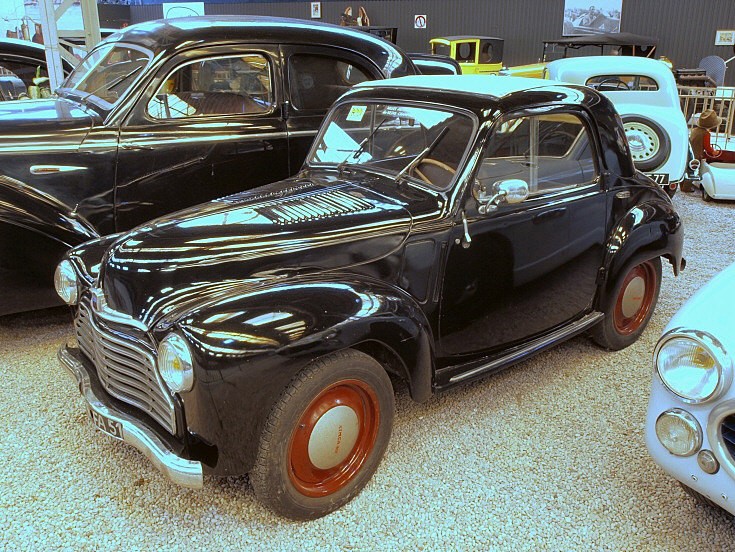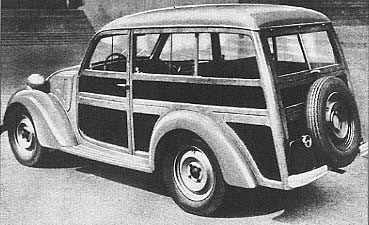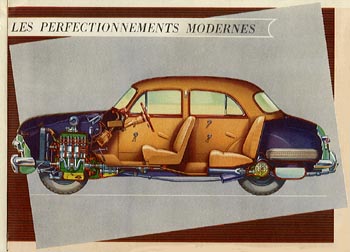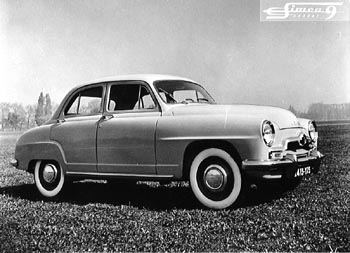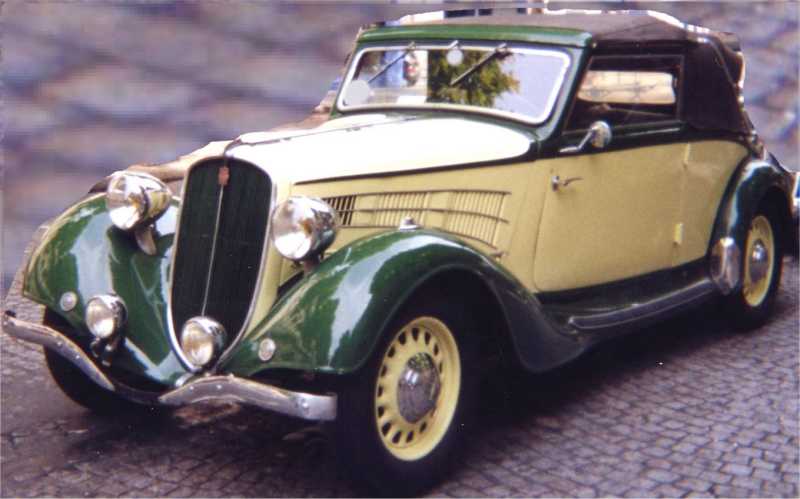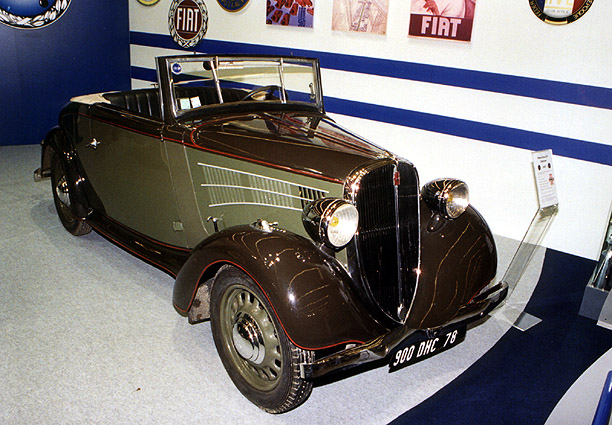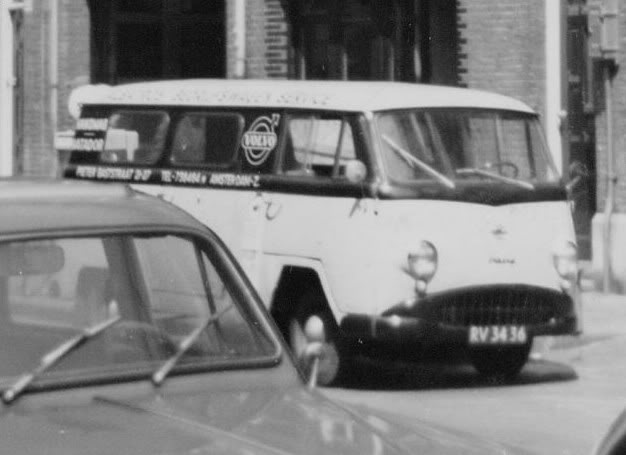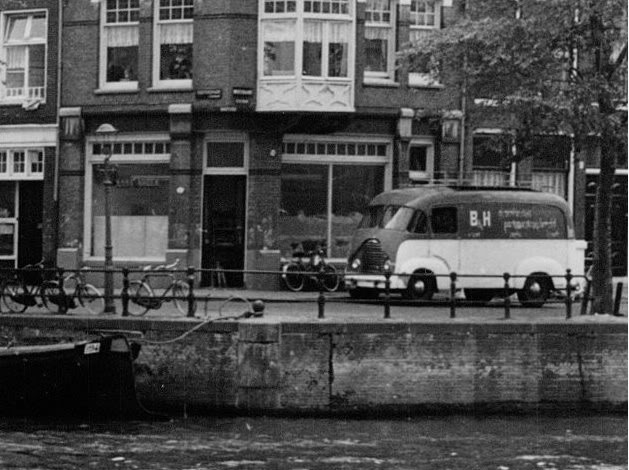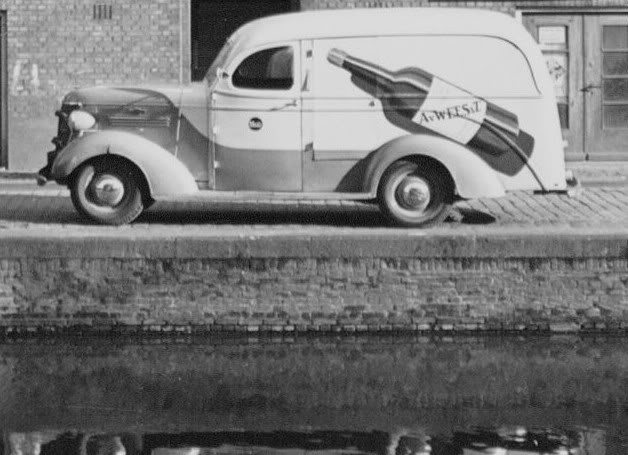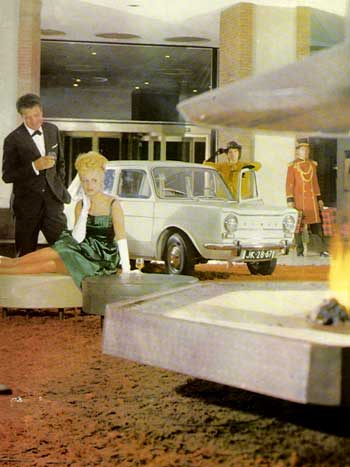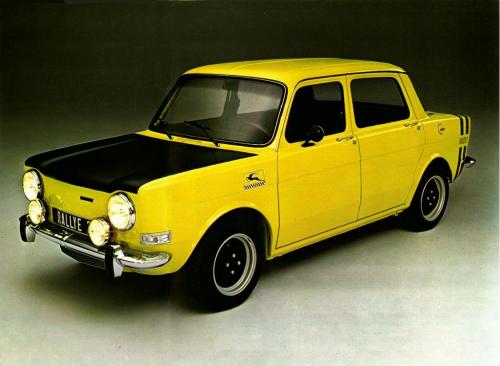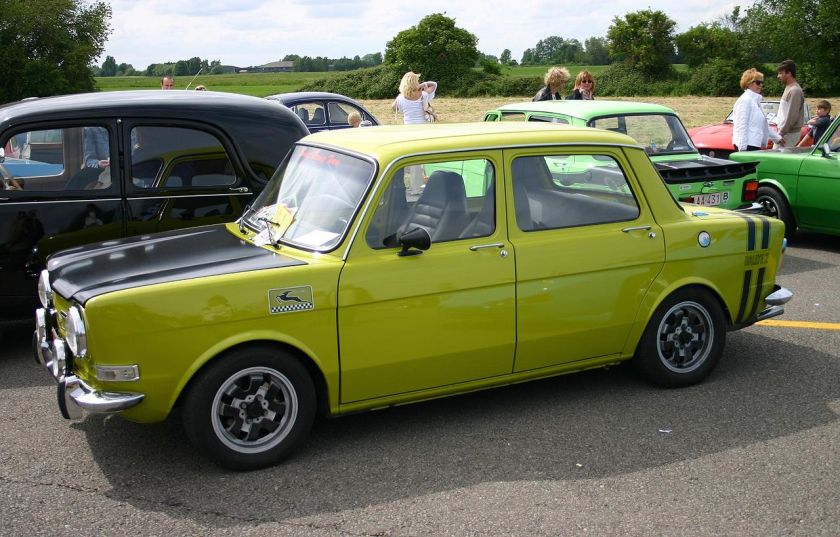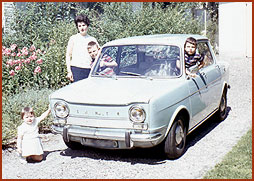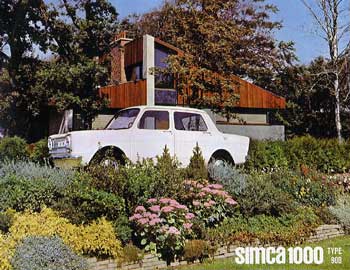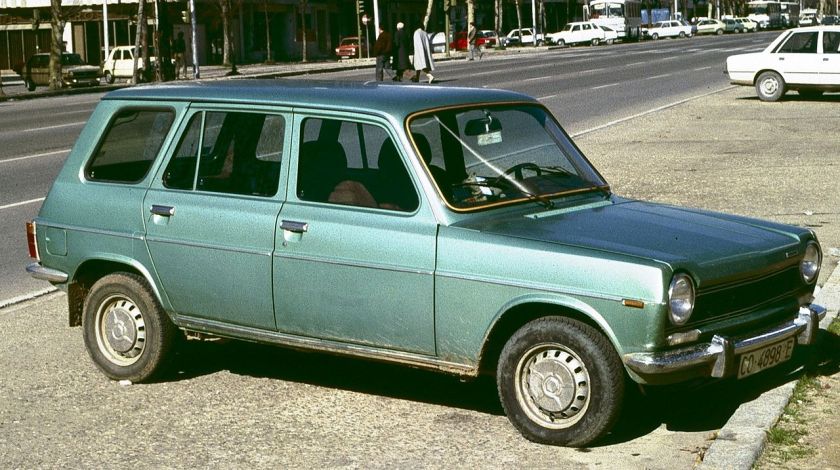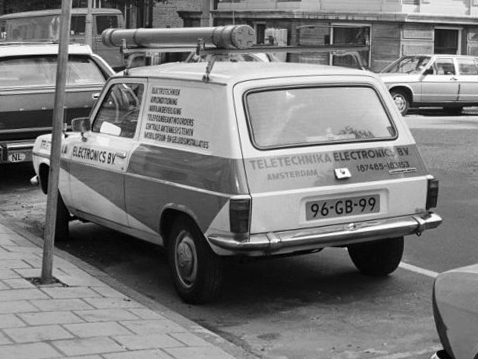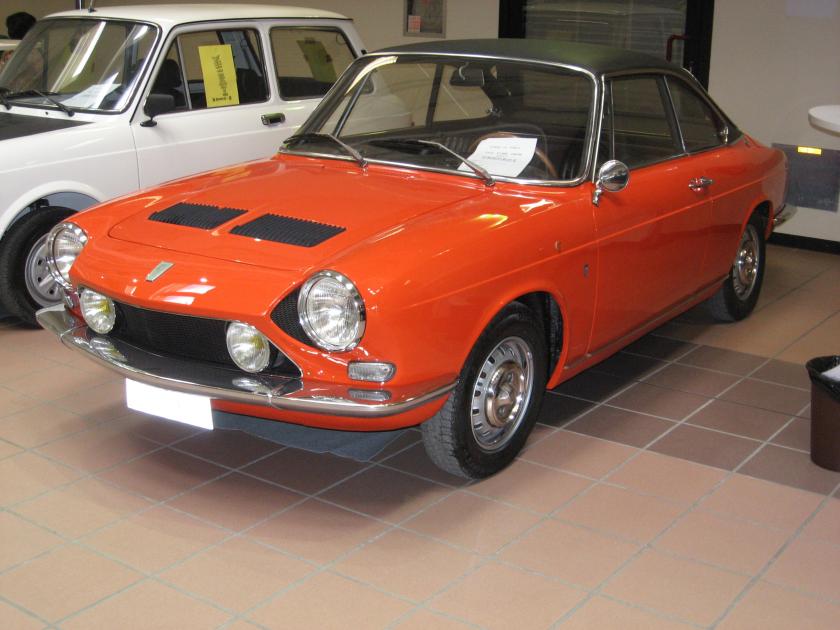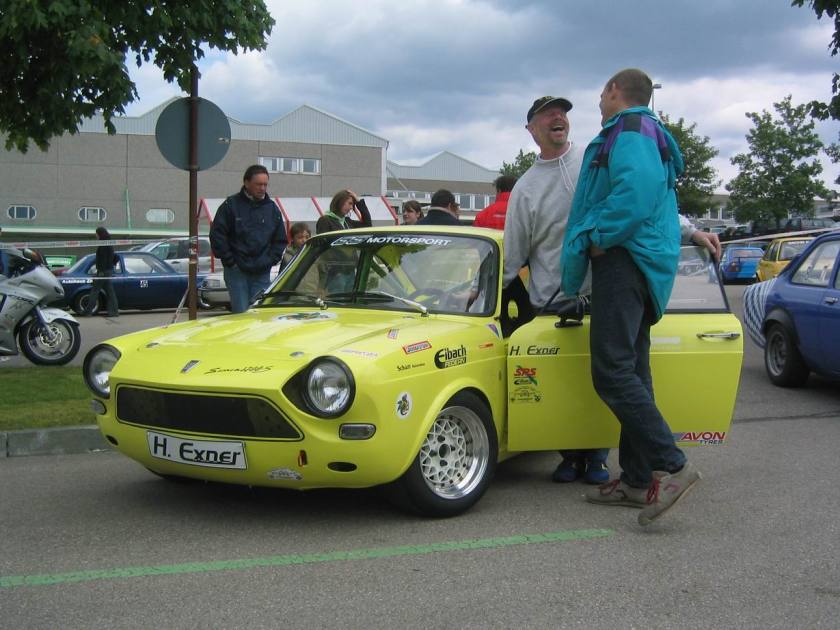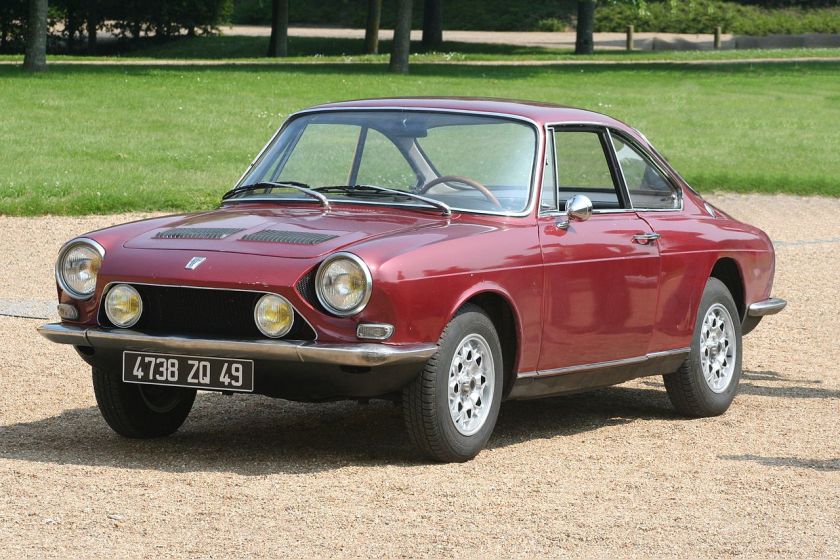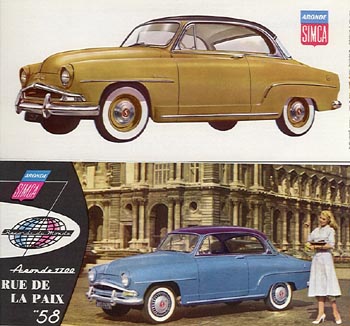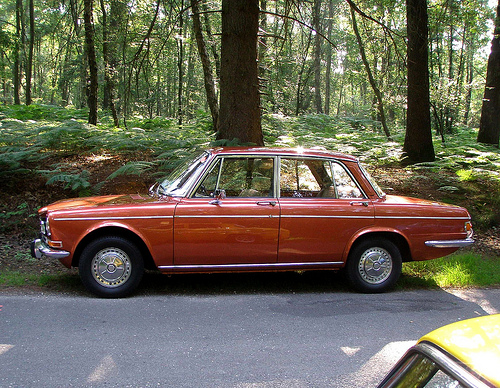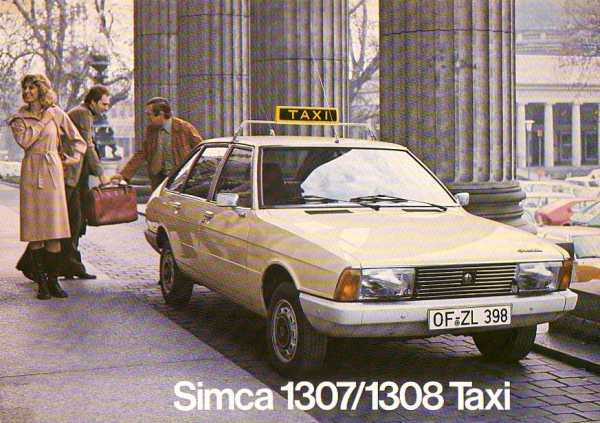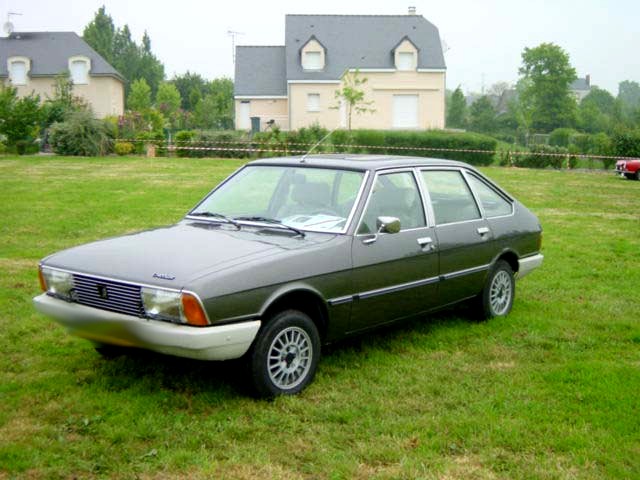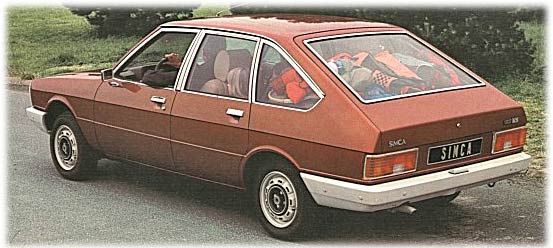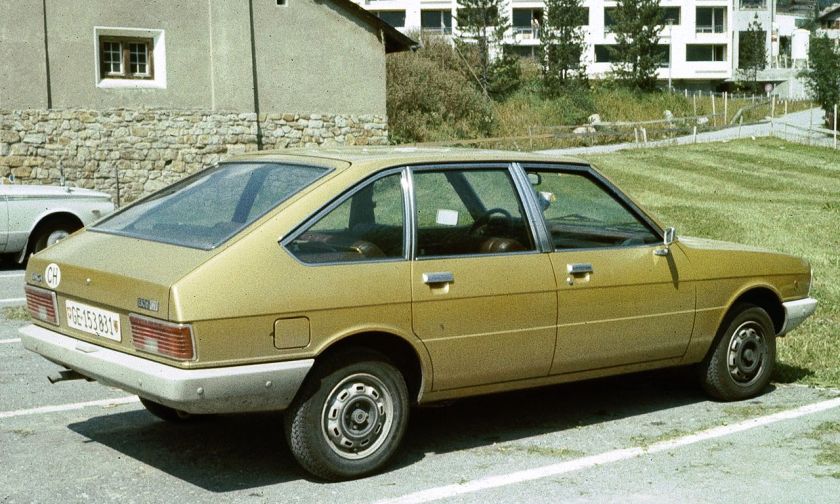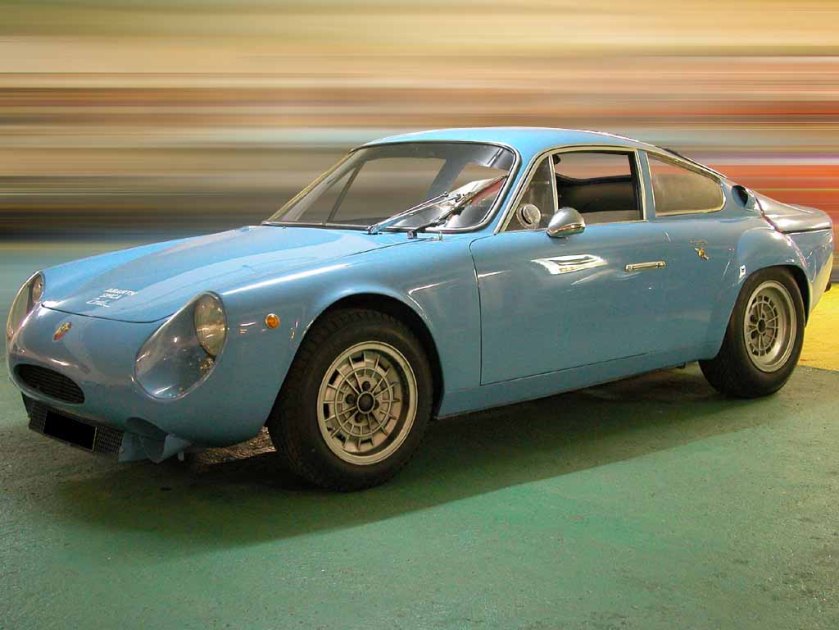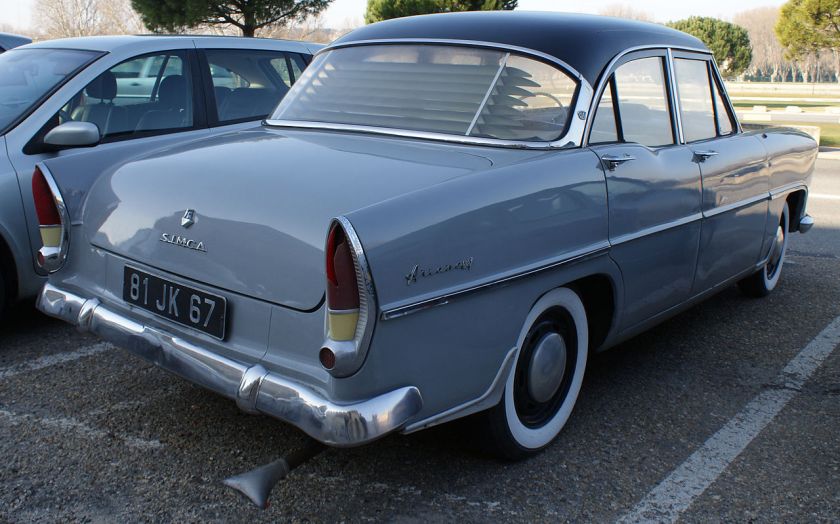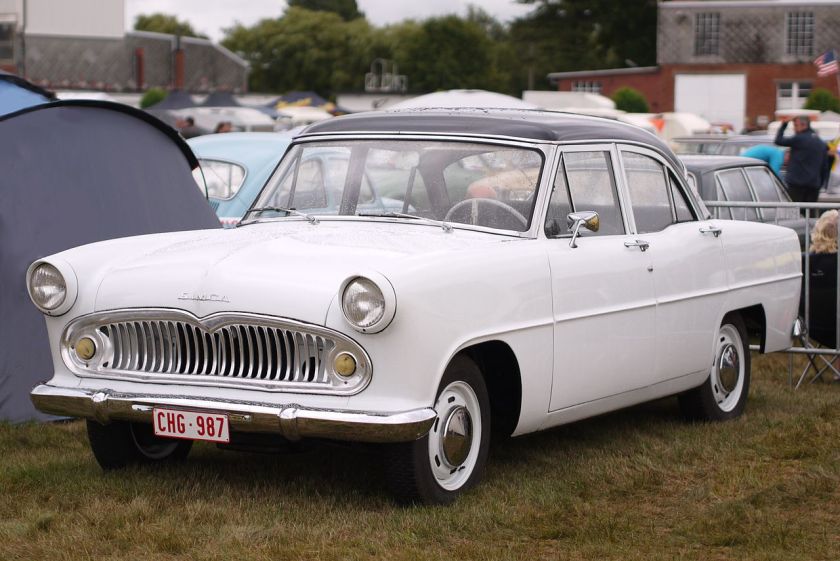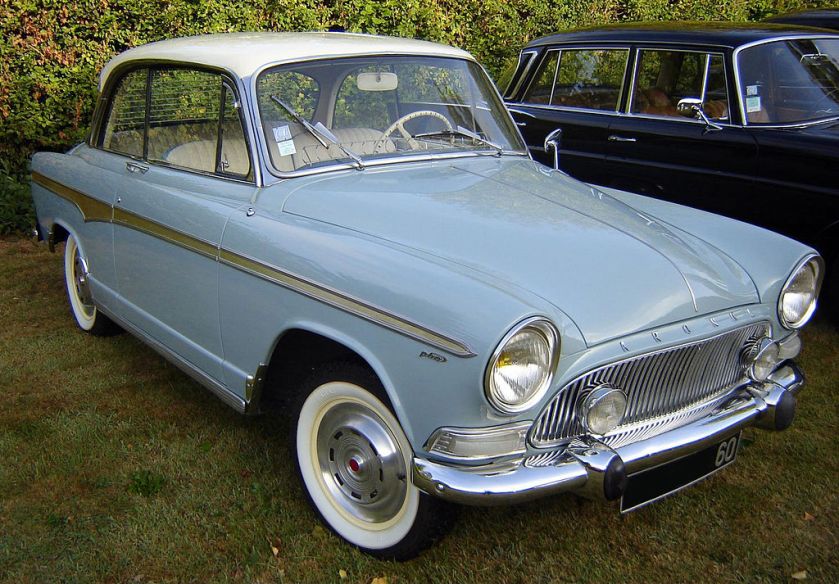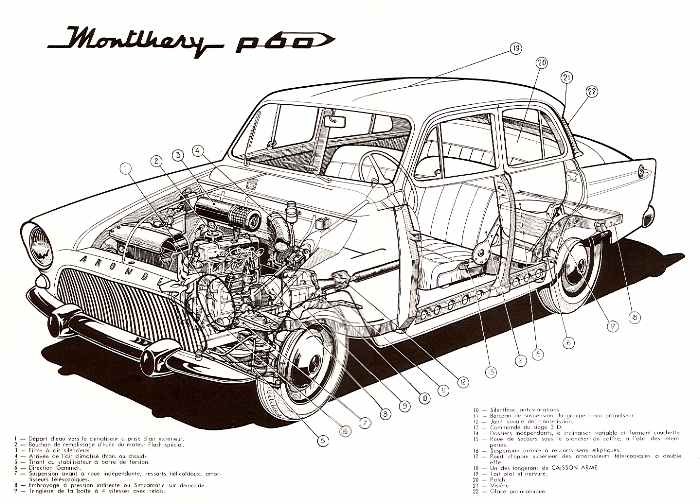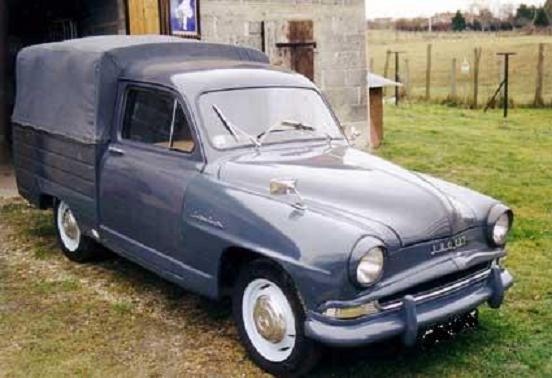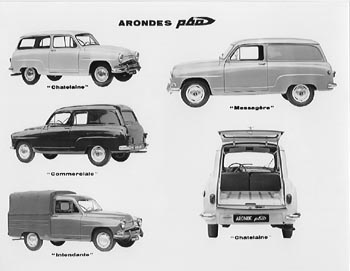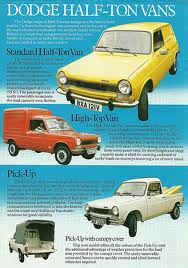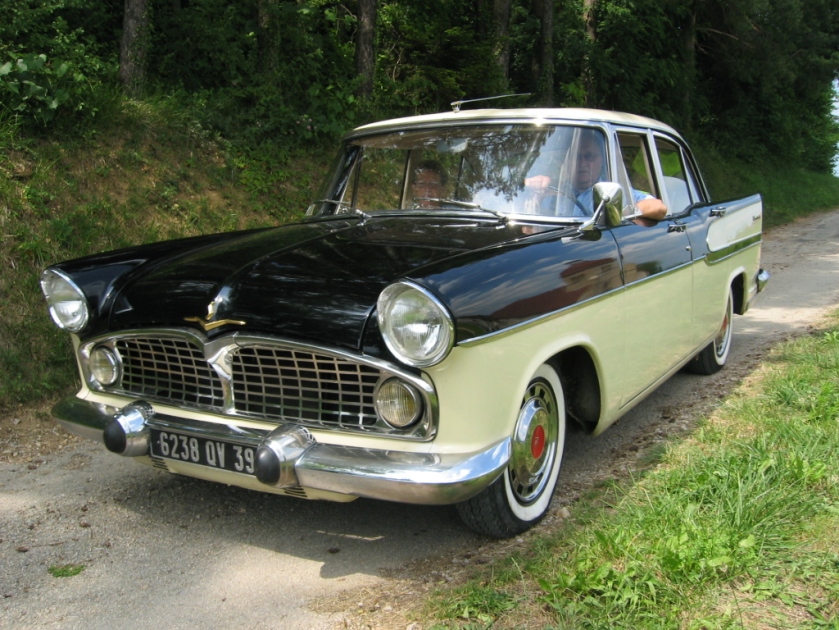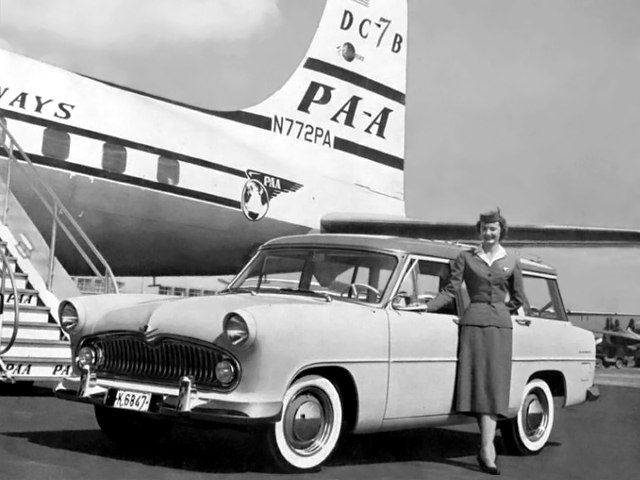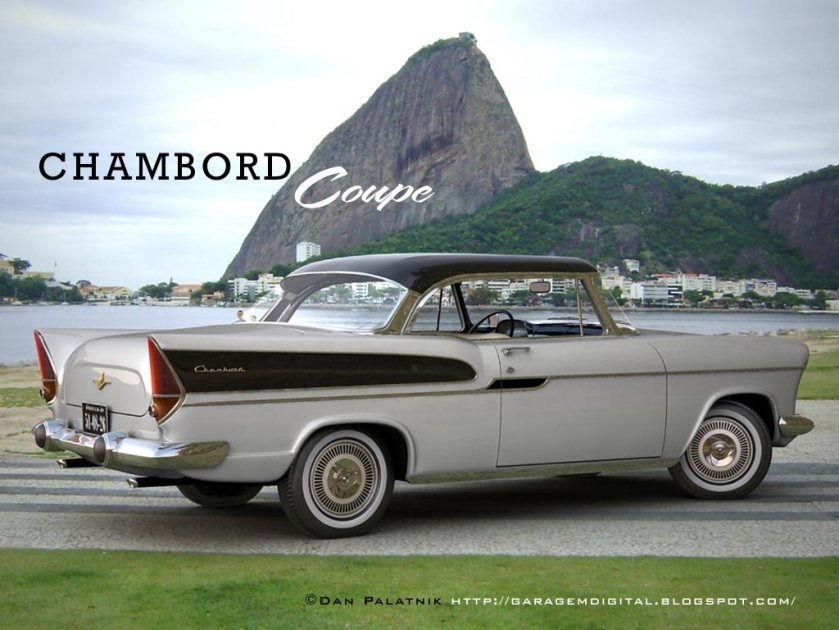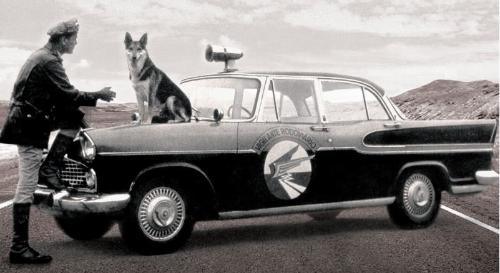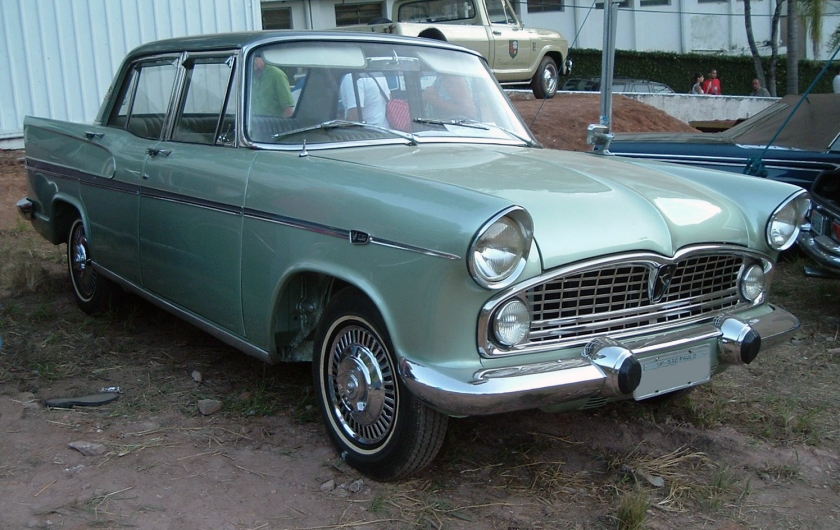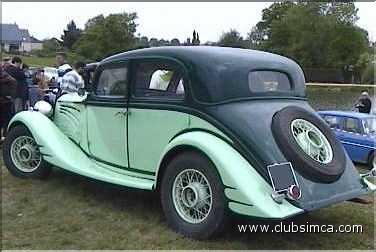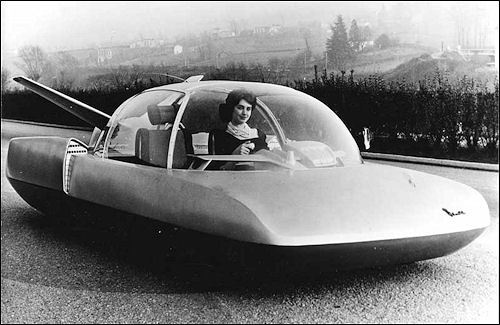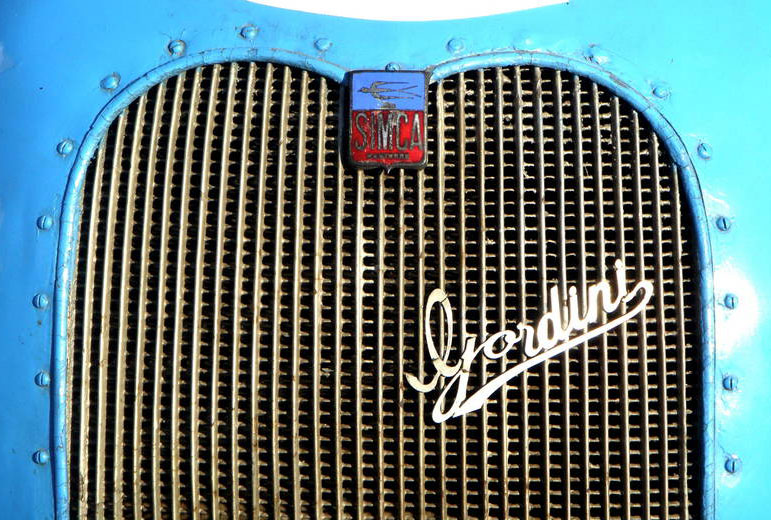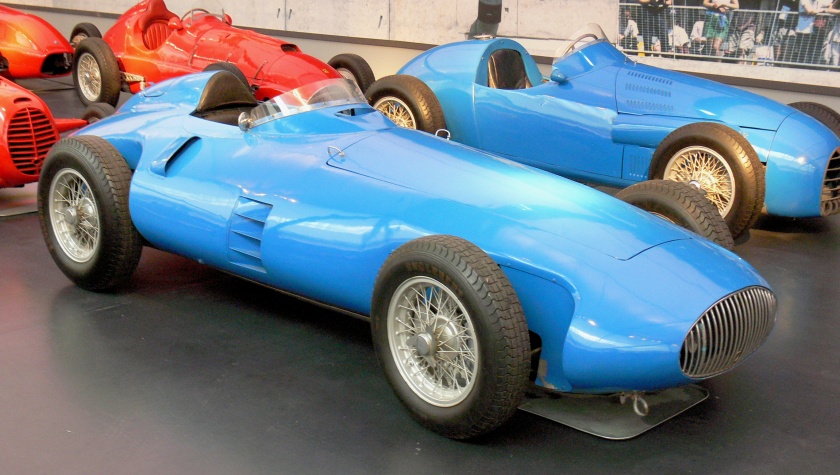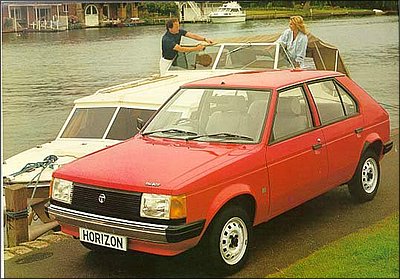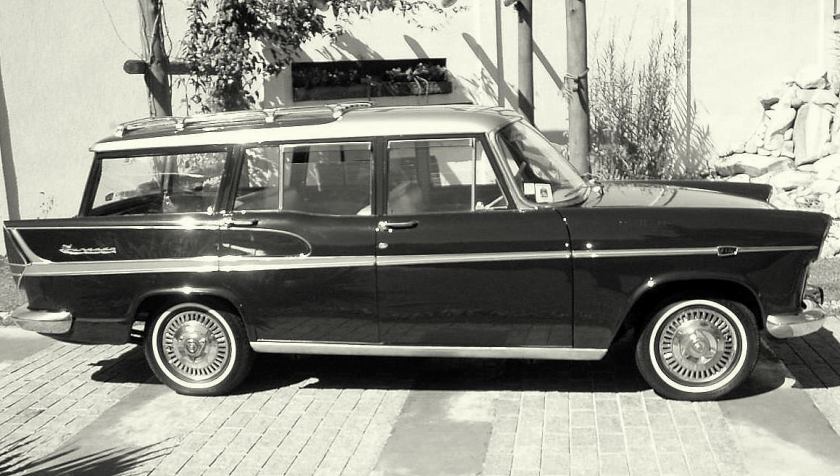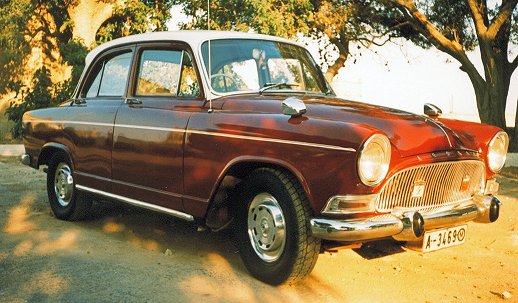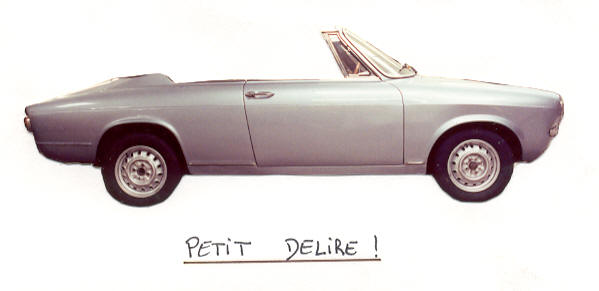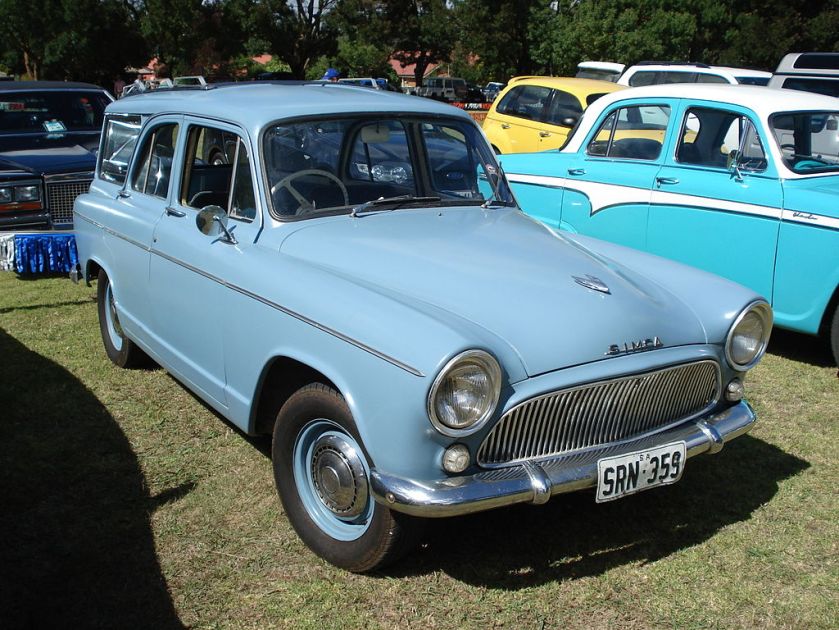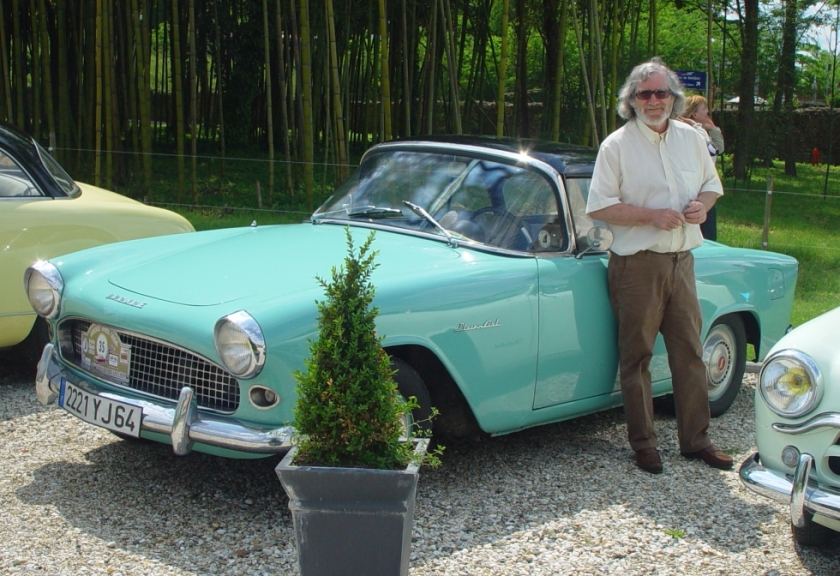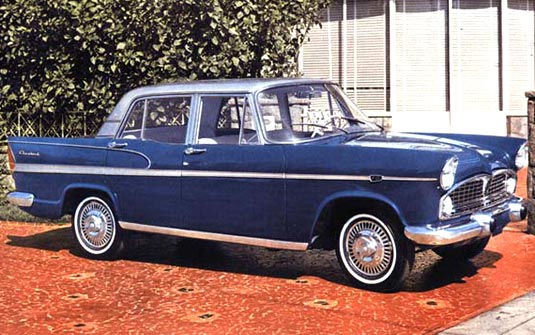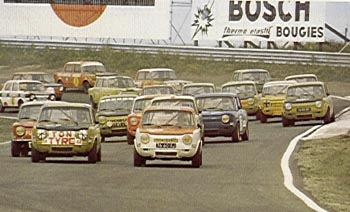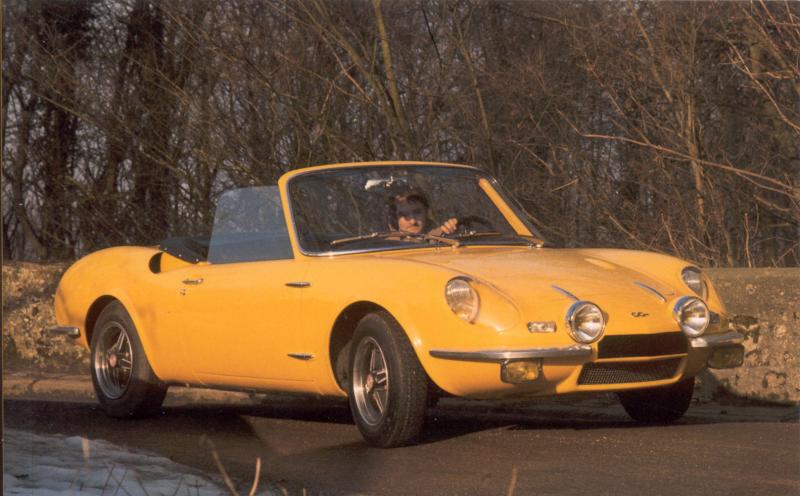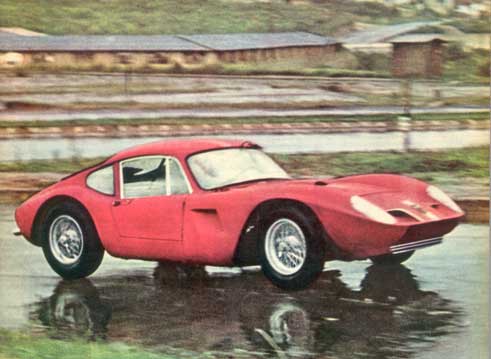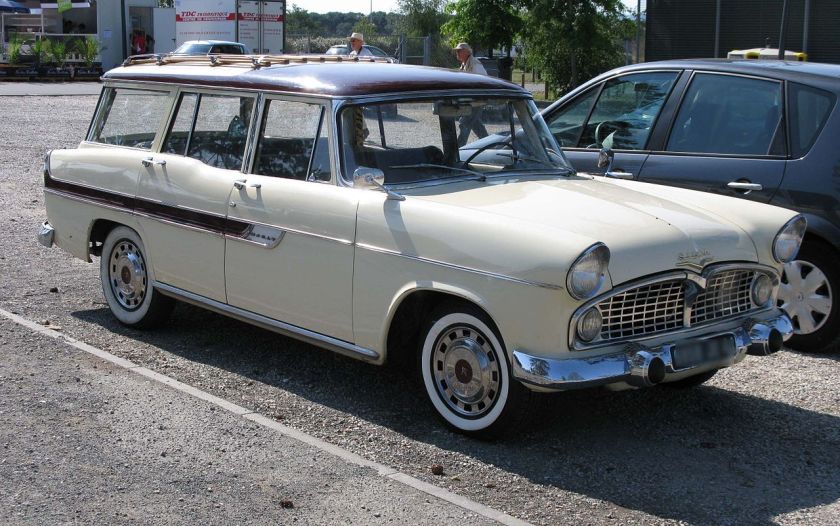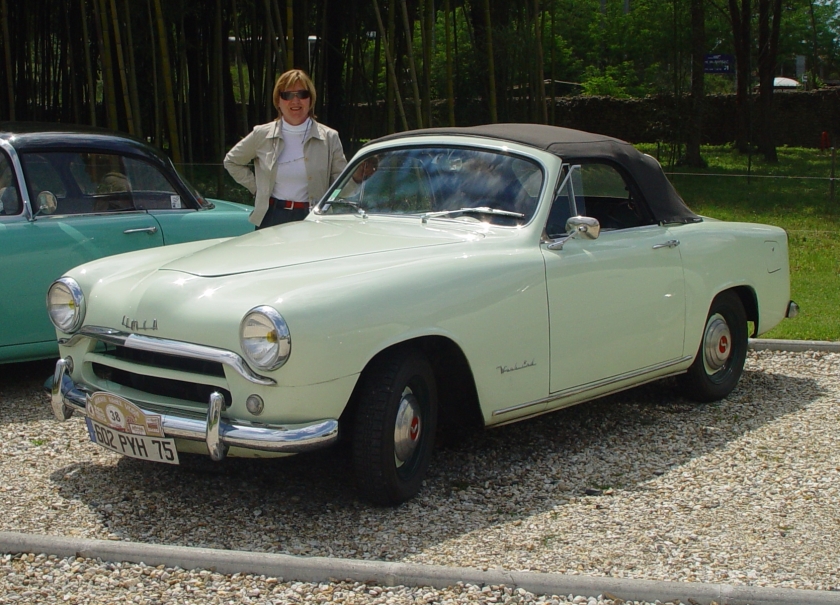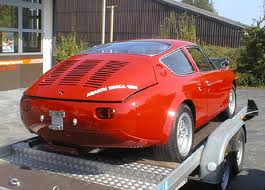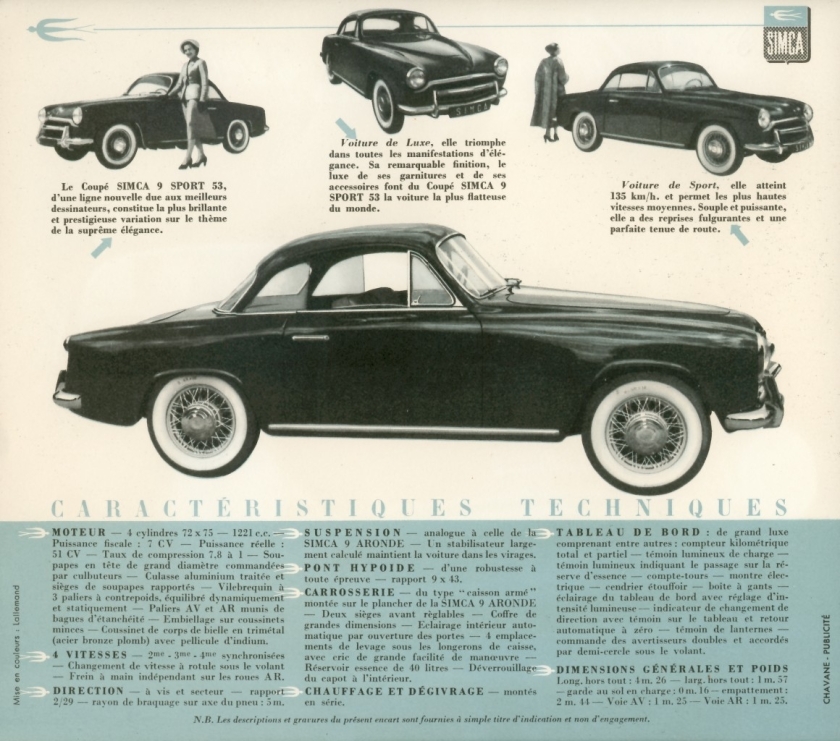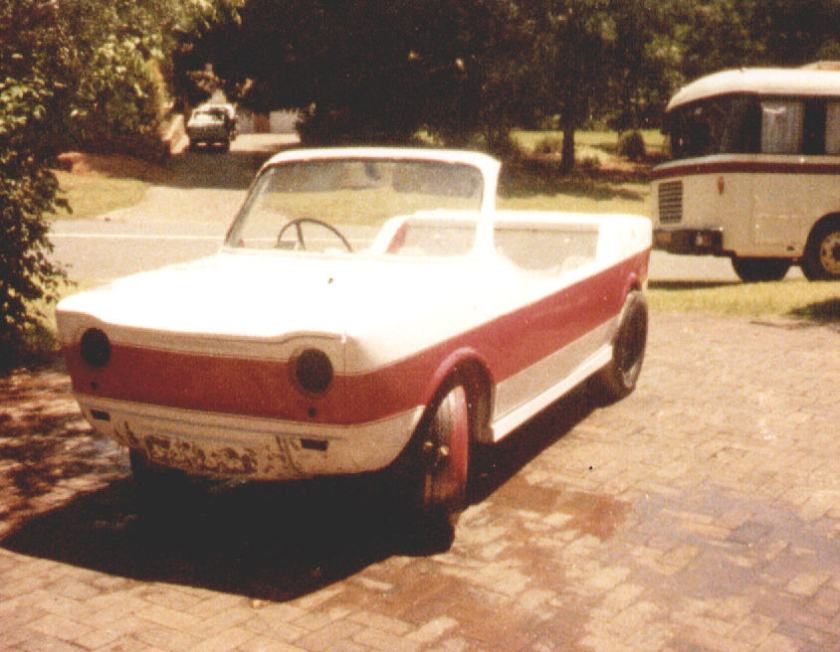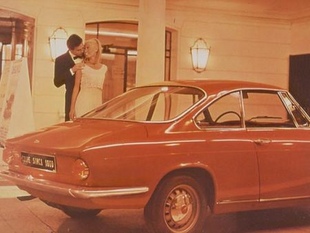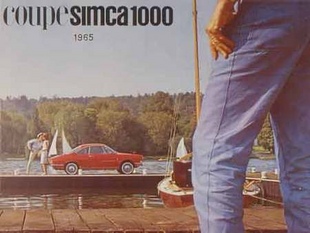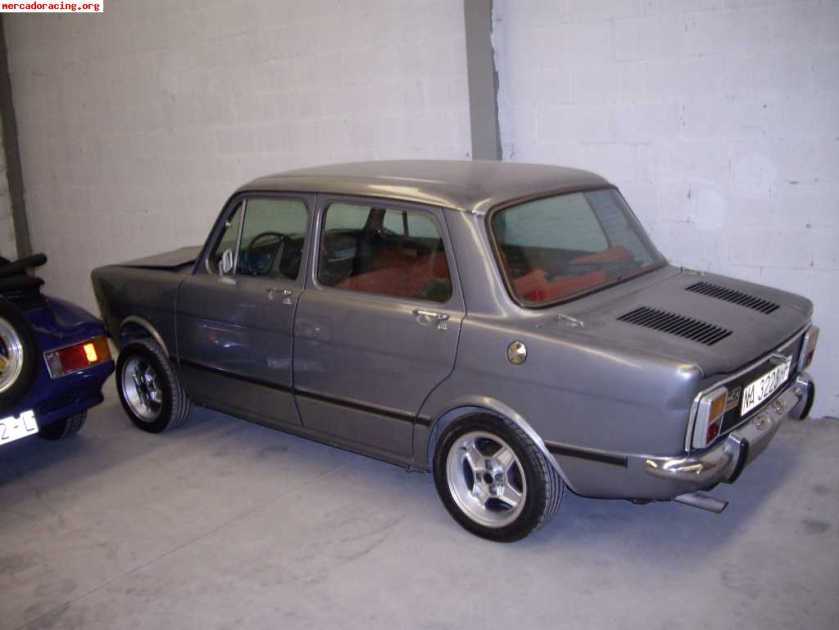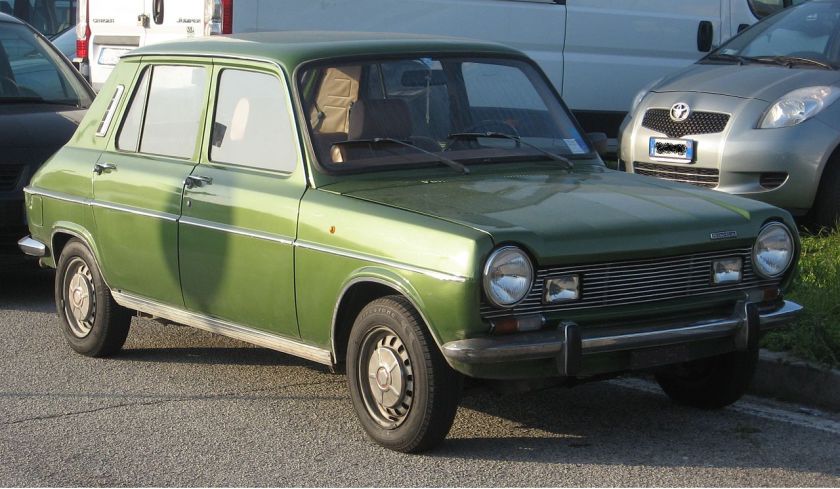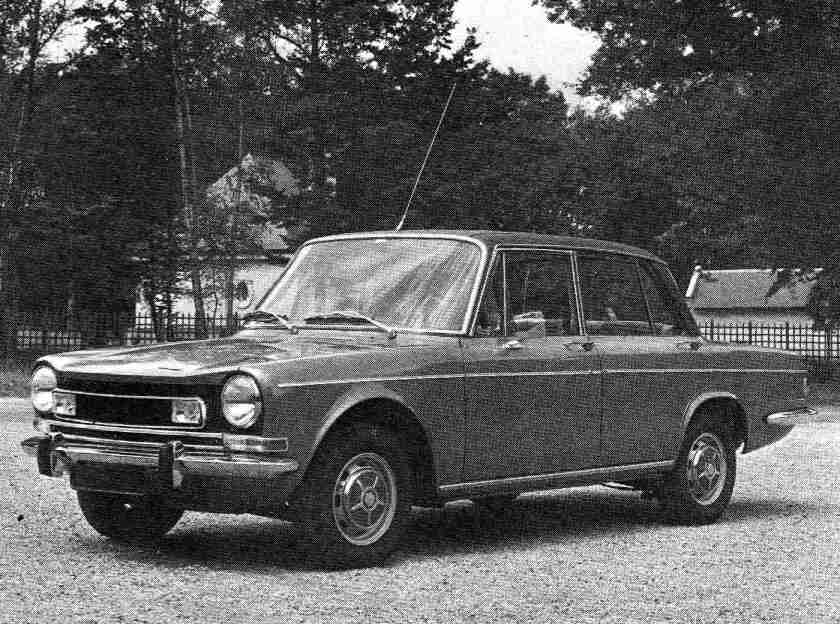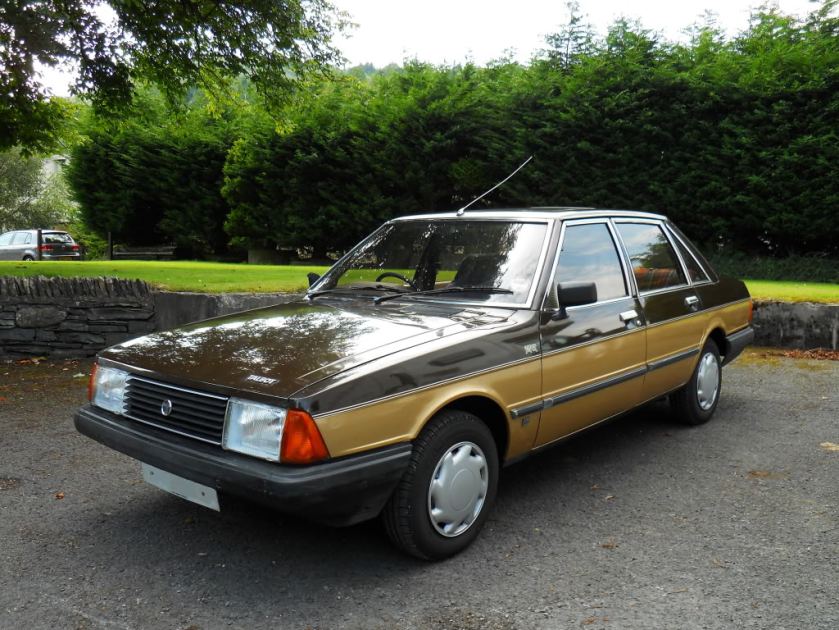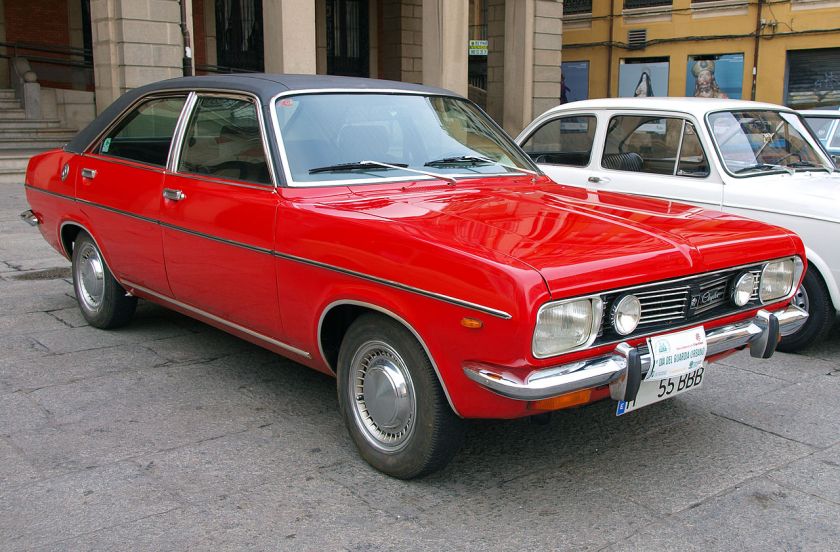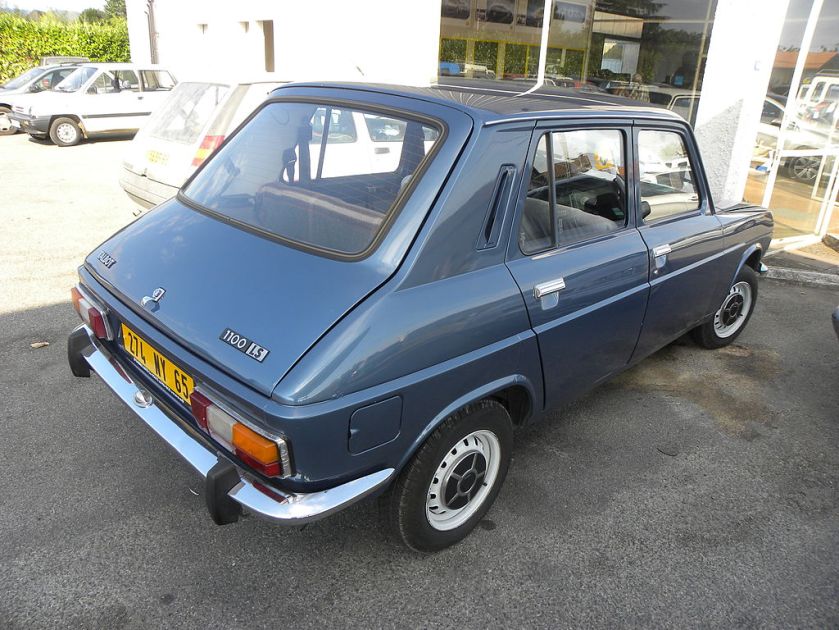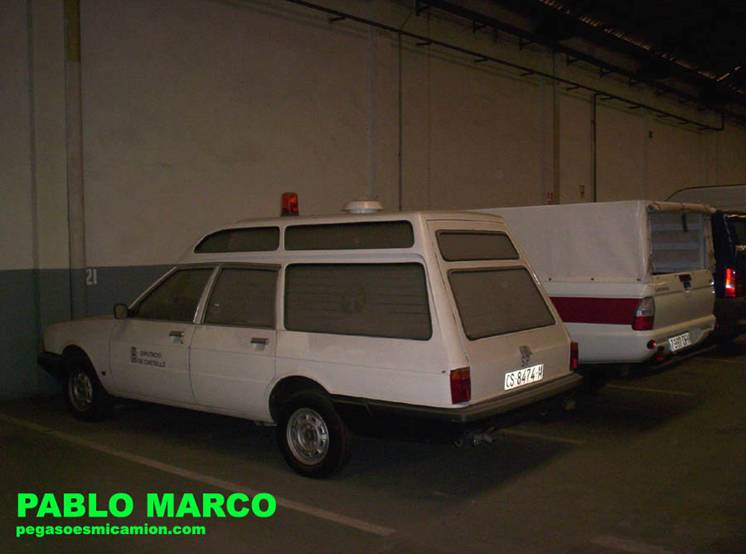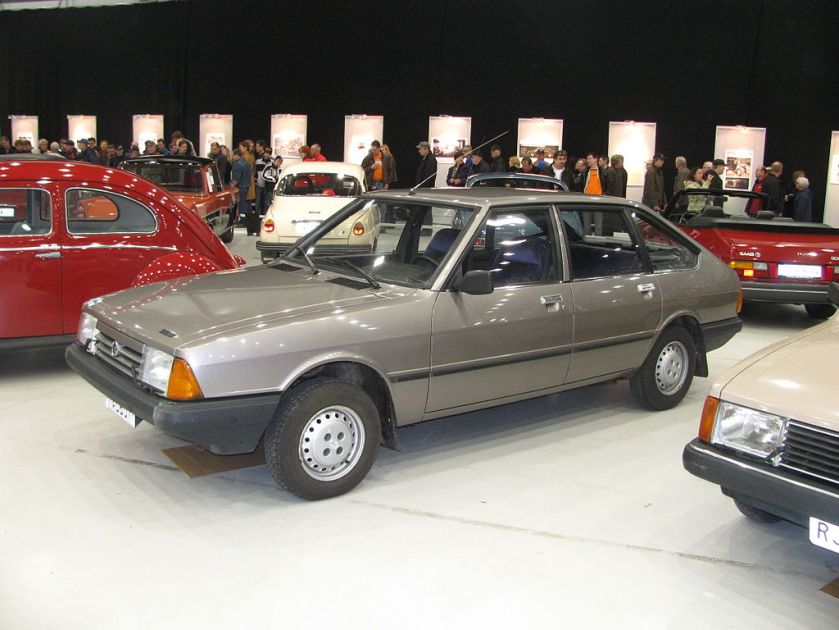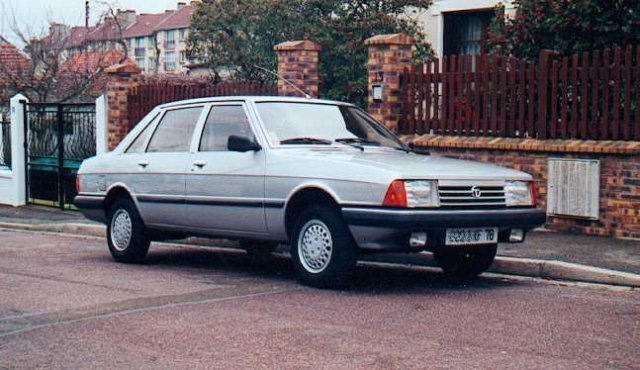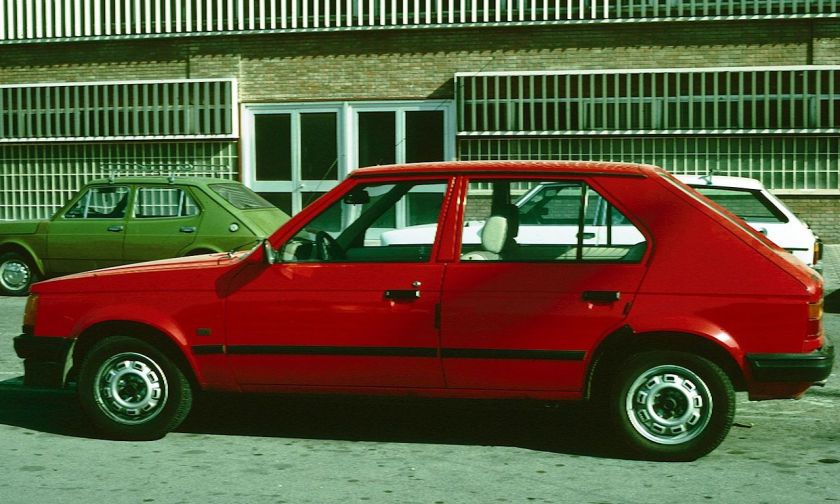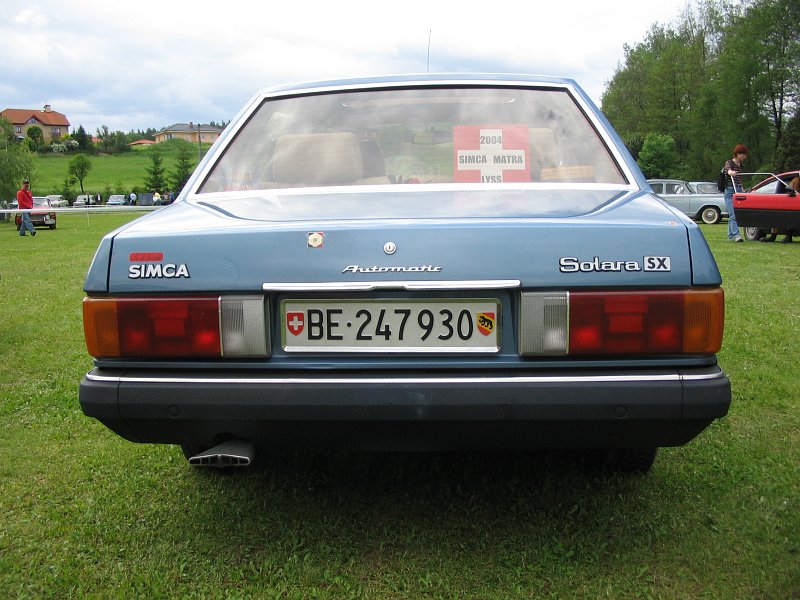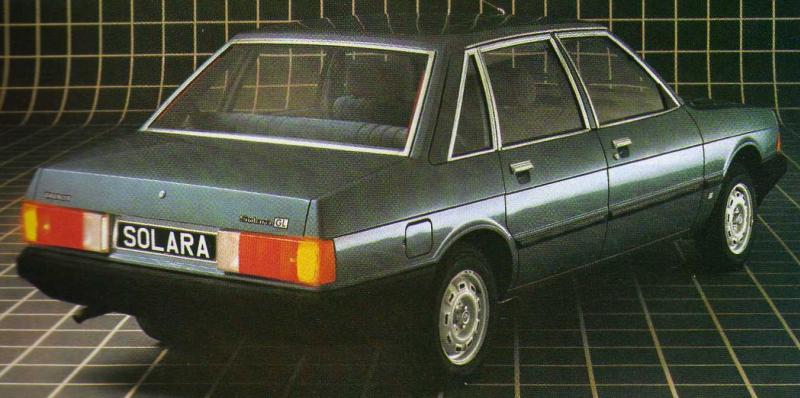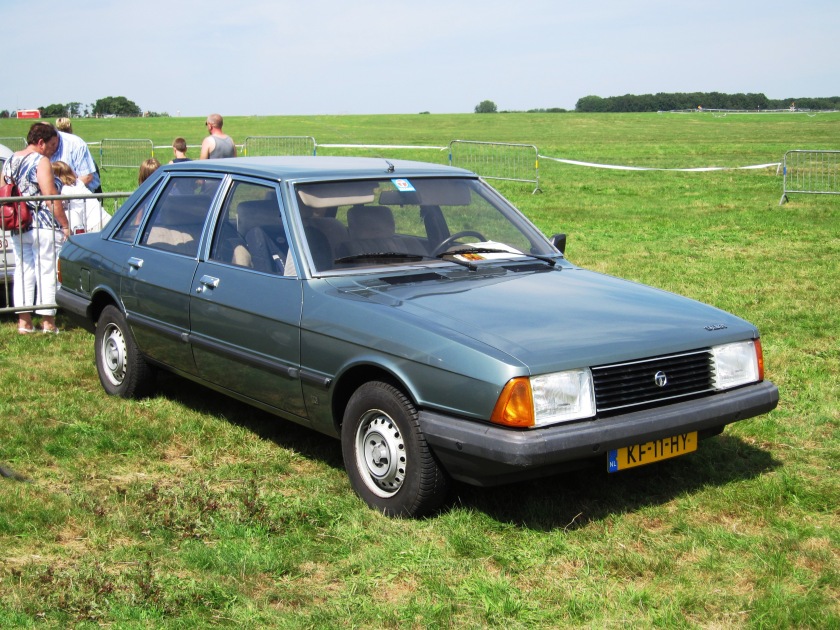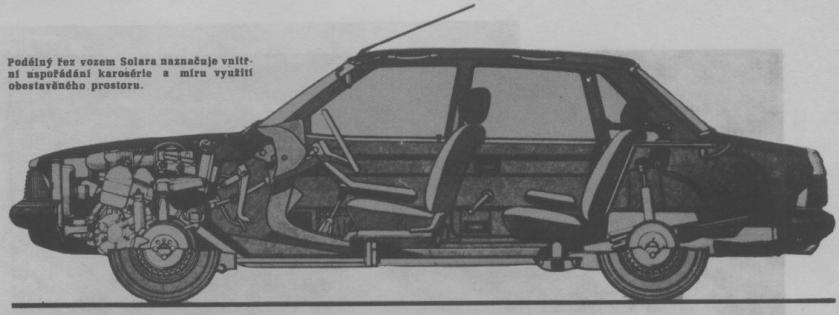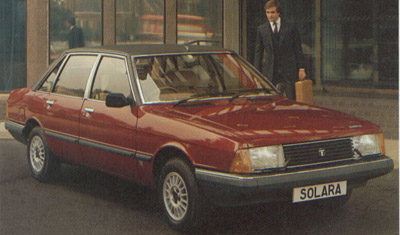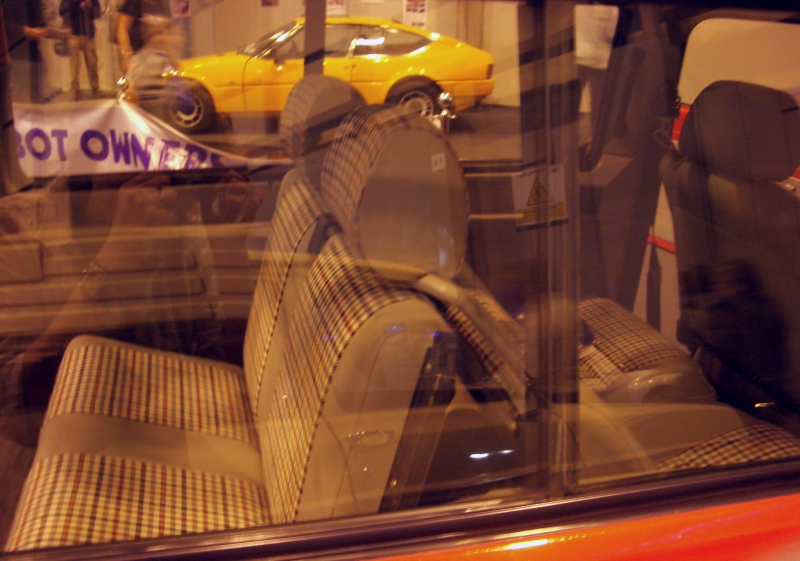Simca (Société Industrielle de Mécanique et Carrosserie Automobile) (Mechanical and Automotive Body Manufacturing Company) was a Frenchautomaker, founded in November 1934 by Fiat and directed from July 1935 to May 1963 by Italian Henri Théodore Pigozzi (born Enrico Teodoro Pigozzi, 1898–1964). Simca was affiliated with Fiat and then, after Simca bought Ford‘s French activities, became increasingly controlled by the Chrysler Group. In 1970, Simca became a subsidiary and brand of Chrysler Europe, ending its period as an independent company. Simca disappeared in 1978, when Chrysler divested its European operations to another French automaker, PSA Peugeot Citroën. PSA replaced the Simca brand with Talbot after a short period when some models were badged as Simca-Talbots.
During most of its post-war activity, Simca was one of the biggest automobile manufacturers in France. The Simca 1100 was for some time the best-selling car in France, while the Simca 1307 and Simca Horizon won the coveted European Car of the Year title in 1976 and 1978, respectively — these models were badge engineered as products of other marques in some countries. For instance the Simca 1307 was sold in Britain as the Chrysler Alpine, and the Horizon was also sold under the Chrysler brand.
Simca vehicles were also manufactured by Simca do Brasil in São Bernardo do Campo, Brazil, and Barreiros (another Chrysler subsidiary) in Spain. They were also assembled in Chile, Colombia and the Netherlands during the Chrysler era.
Foundation
Henri Théodore Pigozzi was active in the automotive business in the early 1920s when he met Fiat founder, Giovanni Agnelli. They began business together in 1922 with Pigozzi acting as a scrap merchant, buying old automobile bodies and sending them to Fiat for recycling. Two years later Pigozzi became Fiat’s General Agent in France, and in 1926 SAFAF (Société Anonyme Français des Automobiles Fiat) was founded. In 1928, SAFAF started the assembly of Fiat cars in Suresnes near Paris, and licensed the production of some parts to local suppliers. By 1934, as many as 30,000 Fiat cars were sold by SAFAF.
Simca-Fiat
The SIMCA (Société Industrielle de Mécanique et de Carrosserie Automobile) company was founded in 1935 by FIAT, when Fiat bought the former Donnet factory in the French town of Nanterre.
The first cars produced were Fiat 508 Balillas and Fiat 518 Arditas, but with Simca-Fiat 6CV and 11CV badges. They were followed during 1936 by the Simca Cinq or 5CV, a version of the Fiat Topolino announced in the Spring, but only available for sale from October 1936. The Huit, an 8CV version of the Fiat 508C-1100, appeared in 1937. Production of the 6CV and 11CV stopped in 1937, leaving the 5CV and the 8CV in production until the outbreak of World War II. The firm nevertheless remained closely connected with Fiat, and it was not until 1938 that the shortened name “Simca” replaced “Simca-Fiat”.
Of the businesses that emerged as France’s big four auto-makers after the war, Simca was unique in not suffering serious bomb damage to its plant. There were persistent suggestions that Henri Pigozzi‘s close personal relationship with the Agnelli family (which owned Fiat) and Fiat’s powerful political influence with the Mussolini government in Italy secured relatively favourable treatment for Simca during the years when France fell under the control of Italy’s powerful ally, Germany. Despite France being occupied, Simca cars continued to be produced in small numbers throughout the war.
Following the 1944 liberation, the company’s close association with Italy became an obvious liability in the feverish atmosphere of recrimination and new beginnings that swept France following four years of German occupation. Nevertheless, shortly after the liberation the Nanterre plant’s financial sustainability received a boost when Simca won a contract from the American army to repair large numbers of Jeep engines.
1946: a decisive year
On 3 January 1946 the new government’s five year plan for the automobile industry (remembered, without affection, as the Pons Plan) came into force. Government plans for Simca involved pushing it into a merger with various smaller companies such as Delahaye-Delage, Bernard, Laffly and Unic so as to create an automobile manufacturing combine to be called “Générale française automobile” (GFA). With half an eye on the Volkswagen project across the Rhine, the authorities determined that GFA should produce the two door version of the “AFG”, a small family car that had been developed during the war by the influential automobile engineer, Jean-Albert Grégoire. Grégoire owed his influence to a powerfully persuasive personality and a considerable engineering talent. Regarding the future of the French automobile industry, Grégoire held strong opinions, two of which favoured front-wheel drive and aluminium as a material for car bodies. A few weeks after the liberation Grégoire joined the Simca board as General Technical Director, in order to prepare for the production of the AFG at the company’s Nanterre factory.
For Simca, faced with a determinedly dirigiste left-wing French government, the prospect of nationalisation seemed very real. (Renault had already been confiscated and nationalised by the government at the start of 1945.) Simca’s long standing (but Italian born) Director General, Henri Pigozzi, was obliged to deploy his very considerable reserves of guile and charm in order to retain his own position within the company, and it appears that in the end Pigozzi owed his very survival at Simca to the intervention with the national politicians of his new board room colleague, Jean-Albert Grégoire. In return, Grégoire obtained the personal commitment of the surviving Director General to the production at Nanterre of his two-door AFG.
It is very easy to see how the two-door AFG looked, because its four door equivalent went into production, little changed from Grégoire’s prototype, as the Panhard Dyna X. It was a car designed by an engineer, and Pigozzi thought it ugly. In trying to make it more appealing to the style conscious car buyers who, it was hoped, would appear in Simca showrooms once the economy picked up and government restrictions or car ownership began to be relaxed, Simca designers took the underpinnings of the Grégoire prototype and clothed it with various more conventionally modern bodies, the last of which looked uncannily similar to a shortened Peugeot 203. This “Simca-Grégoire” performed satisfactorily in road tests in France and around Turin (home town of Fiat who still owned Simca), and by September 1946 the car was deemed ready for production. But Pigozzi was still cautious. He had little enthusiasm for the gratuitously unfathomable complexities involved in producing a mass-market front-wheel drive car. The experience of the Citroën Traction Avant, which had bankrupted its manufacturer in the mid-1930s, was not encouraging. Pigozzi therefore applied to the (at this stage still strongly interventionist) government for a far higher level of government subsidy than the government could contemplate. Both the “Simca-Grégoire” project and the government’s own enthusiasm for micro-managing the French automobile industry were by now running out of momentum. Sensing that there was no prospect of putting the “Simca-Grégoire” into production any time soon, General Technical Director Grégoire resigned from the company early in 1947.
Meanwhile, at the first Paris Motor Show since the end of the war, in October 1946, two models were on display on the Simca stand, being the Simca 5 and the Simca 8, at this stage barely distinguishable from their pre-war equivalents. A new car arrived in 1948 with the Simca 6, a development of the Simca 5 which it would eventually replace, and featuring an overhead valve 570 cc engine: the Simca 6 was launched ahead of the introduction of the equivalent Fiat.
The French economy in this period was in a precarious condition and government pressure was applied on the auto-makers to maximize export sales. During the first eight months of 1947, Simca exported 70% of cars produced, placing it behind Citroen (92% exported), Renault (90% exported), Peugeot (87% exported) and Ford France (83% exported). In the struggle to maximize exports, Simca was handicapped by the fact that it could not compete with its principal Italian shareholder, Fiat.
Aronde and Ford SAF takeover
The Simca Aronde, launched in 1951, was the first Simca model not based on a Fiat design. It had a 1200 cc engine and its production reached 100,000 units yearly. Following this success, Simca took over the French truck manufacturers Unic in 1951, Saurer in 1956, and the Poissy plant of Ford SAF in 1954. The Poissy plant had ample room for expansion, enabling Simca to consolidate French production in a single plant and, in 1961, to sell the old Nanterre plant.
The 1950s was a decade of growth for Simca, and by 1959 the combined output of the plants at Nanterre and at Poissy had exceeded 225,000 cars, placing the manufacturer in second among French automakers in volume terms, ahead of Peugeot and Citroën, though still far behind market leader Renault.
The Ford purchase also added the V-8 powered Ford Vedette range to the Simca stable. This model continued to be produced and progressively upgraded until 1962 in France and 1967 in Brazil, but with various names under the Simca badge. An Aronde-powered version was also made in 1957 and called the Ariane which, because it was economical and had a large body, was popular as a taxi.
In 1958 Simca bought Talbot-Lago.
Brazil
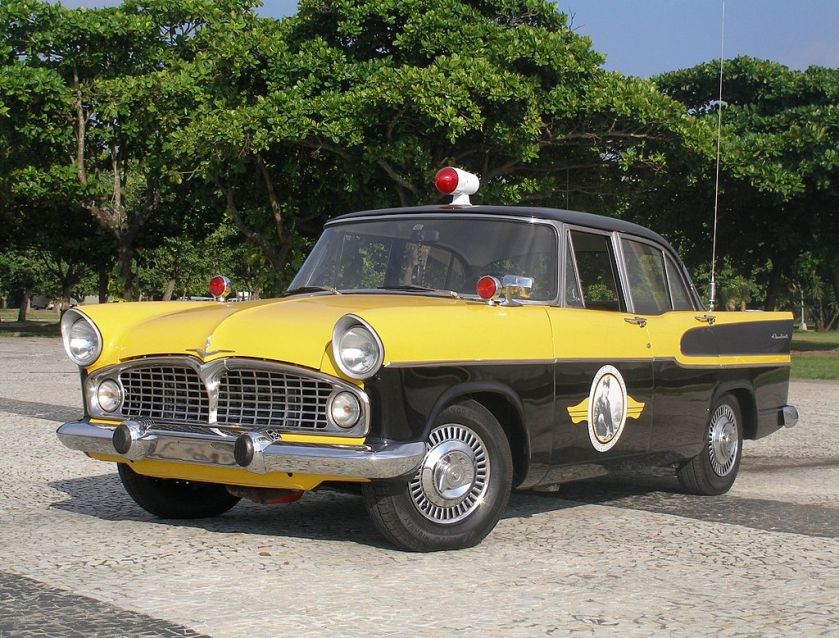
A Brazilian made Simca Chambord, used on the TV series “Vigilante Rodoviário” (1961-1962)
The Simca plant received a visit by Juscelino Kubitschek before his inauguration in 1956, organized by a Brazilian General who had a family member employed there. He jokingly invited Simca to build a plant in Minas Gerais, his home state. Simca followed through and sent a letter of intent to this effect. In the interim, Brazil had formed an Executive Group for the Automotive Industry (GEIA), which had established a set of requirements for any producer wishing to establish a plant in Brazil. Simca claimed that their proposal and arrangement with Kubitschek pre-dated these rules and lobbied for exceptions. Simca also lobbied directly in Minas, but in the end were forced to present their own proposal, which was accepted with a number of conditions. The delays in passing the GEIA rules meant that Simca, which established its first plant in São Paulo, was unable to access hard currency and suffered severe parts shortages as a result. Simca quickly developed a reputation for low quality which it was unable to shake.
Simca do Brasil was originally 50% Brazilian-owned, but after Chrysler took over Simca France in 1966 they also obtained control of the Brazilian arm. Simca remained based in Sāo Paulo for the entire time they were active in Brazil and never moved to Minas, as originally promised. Their range was built around the 2.4 liter V8-engined Simca Vedette, which entered production in Brazil in March 1959. It was built under a variety of names and in a number of different bodystyles, until the Simca badge was retired there in 1969. Later models were redesigned completely, and were sold as the Simca Esplanada.
Fulgur
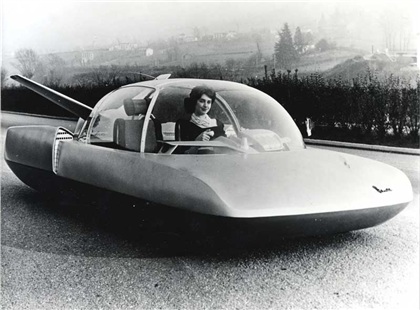
The Simca Fulgur was a concept car designed in 1958 by Robert Opron for Simca and first displayed at the 1959 Geneva Auto Show. It was also displayed at the New York Auto Show, and the 1961 Chicago Auto Show. The concept car was intended to show what cars in the year 2000 would look like. It was to be atomic powered, voice controlled, guided by radar, and use only two wheels balanced by gyroscopes when driven at over 150 kph. Fulgur is Latin for flash or lightning. Another translation is lensman.
Chrysler
In 1958, the American car manufacturer Chrysler Corporation, which wanted to enter the European car market, bought 15% of the Simca stocks from Ford in a deal which Henry Ford II was later reported as having publicly regretted. At this stage, however, the dominant shareholder remained Fiat, and their influence is apparent in the engineering and design of Simcas of that period such as the 1000 and 1300 models introduced respectively in 1961 and 1963. However, in 1963 Chrysler increased their stake to a controlling 64% by purchasing stock from Fiat, and they subsequently extended that holding further to 77%. Even in 1971 Fiat retained a 19% holding, but by now they had long ceased to play an active role in the business.
Also, in 1964 Chrysler bought the British manufacturer Rootes thus putting together the basis of Chrysler Europe. All the Simca models manufactured after 1967 had the Chrysler pentastar logo as well as Simca badging. In 1961 Simca started to manufacture all of its models in the ex-Ford SAF factory in Poissy and sold the factory at Nanterre to Citroën. The rear-engined Simca 1000 was introduced in 1961 with its sporting offspring, the Simca-Abarth in 1963. The 1000 also served as the platform for the 1000 Coupe, a handsome sports coupe sporting a Bertone-designed body by Giorgetto Giugiaro and 4-wheel disc brakes. It debuted in 1963 and was described by Car Magazine as “the world’s neatest small coupe”. 1967 saw the more powerful 1200S Bertone Coupe that, with a horsepower upgrade in 1970, could reach the dizzying speed of almost 112 mph (180 km/h), making it the fastest standard production Simca ever built. In 1967 a much more up to date car, the 1100, appeared with front wheel drive and independent suspension all round, and continued in production until 1979. On 1 July 1970 the company title was formally changed to Chrysler France.
Collapse of Chrysler Europe
The most successful pre-Chrysler Simca models were the Aronde, the Simca 1000 and the front-engined 1100 compact. During the late 1970s Chrysler era, Simca produced the new 160/180 saloon, 1307 range (Chrysler Alpine in the UK) and later the Horizon, (Dodge Omni and Plymouth Horizon in the USA), both of which were named European Car of the Year at launch. However, Chrysler’s forced marriage of Simca and Rootes was not a happy one: Chrysler Europe collapsed in 1977 and the remains were sold to Peugeot the following year. The Rootes models were quickly killed off, and the Simca-based Alpine/1307 and Horizon soldiered on through the first half of the 1980s using the resurrected Talbot badge. The last car to carry the Simca badge was the 1980 Solara, a 1307 with a boot, but by 1981 this had become a Talbot, thus ending the Simca marque entirely.
Afterlife
Peugeot eventually abandoned the Talbot brand, and the last Simca design was launched as Peugeot 309 (instead of Talbot Arizona as had been originally planned). The Peugeot 309 used Simca engines until October 1991 (some 18 months before the end of production) when they were replaced by PSA’s own TU and XU series of engines. The 309 was produced at the former Rootes factory in Ryton-on-Dunsmore, UK, as well as in the Poissy plant.
Simcas can still be seen on the road in several European countries and were also manufactured in Brazil, Colombia, Spain and Finland. The last Simca-based car produced was the Horizon-based Dodge Omni, which was built in the USA until 1990. The European equivalent had already been axed three years earlier when use of the Talbot name on passenger cars was finally discontinued.
Models
Simca 5
The Simca 5 is a small Franco-Italian passenger car designed, by Fiat engineers at Turin. It was produced and sold in France by Simca. It was virtually identical to the Fiat 500 Topolino on which it was based, but was first presented, at the company’s new Nanterre plant, three months ahead of the Fiat equivalent on 10 March 1936. Production was delayed, however, by a wave of strikes, that accompanied the June 1936 electoral victory of Léon Blum‘s Popular Front government. The manufacturer boasted at the time of its launch of being ahead of the “plans across the Rhine”: this was a reference to the already rumoured launch of the Volkswagen Beetle which would appear only in 1938.
Advanced features included independent front suspension, a four speed gear box, hydraulically controlled drum brakes on all four wheels and a twelve volt electrical system. The Simca 5 also offered exceptional fuel economy (in a test it managed to travel 110 kilometers on just 5 litres of fuel).
The car was originally intended for sale on the domestic market for less than 10,000 French Francs, an aspiration soon overtaken by a decline in the currency’s value that gathered pace in the second half of the 1930s. By the time of the 32nd Paris Motor Show in October 1938, the manufacturer’s listed price even for the base “standard” bodied car, was 13,980 francs. With an engine size that corresponded with the 3CV car tax band the Simca 5, along with its Fiat sibling, could be presented as the “smallest volume production car in the world”.
Production of the Simca 5 was slowed down (but did not ever cease entirely) by the war and the period of German occupation in the early 1940s, but resumed in 1946. 46,472 of the cars had been produced by the time the car was delisted by Simca in 1949. By now it had been replaced on the company’s production lines by the similar but partially reskinned and slightly more powerful Simca 6.
Simca 6
The Simca 6 is a small budget priced passenger car produced and sold in France by Simca between 1947 and 1950. Simca had been established as a French subsidiary of Fiat and the Simca 6 was developed from the Simca 5 which itself had been a version of Fiat’s Topolino badged and manufactured in France as a Simca.
With the launch, at the 1947 Paris Motor Show, of the Simca 6, the company’s Nanterre based development office demonstrated a hitherto unseen level of independent thinking for a Simca production model. The Simca was distanced from its Fiat origins by a modified « Americanised » front end, featuring a widened and lowered front grill, flanked by raised headlights integrated into the wing panels, along the lines featured by the then newly introduced Peugeot 203 and Renault 4CV. The rear overhang was extended with the addition of a small boot/trunk, accessible only from the interior of the car and almost entirely filled by the spare wheel. In addition to the small two seater coupe style body, a small van capable of carrying up to 250 kg was available.
Claimed output from the 569 cm³ engine was boosted from 12 to 16.5 bhp achieved at 4,400 rpm. The engine employed overhead valves operated with a side-mounted camshaft. The light-weight 6 inherited its predecessor’s excellent fuel economy, with 5 litres of fuel propelling it over a distance of 108 km, equivalent to more than 61 mpg (UK gallons). The advertised maximum speed of 90 or 95 km/h (56 or 59 mph) also reflected the car’s light build, and was considered excellent for a car of this size and price.
In most respects, the principal mechanical elements followed conventional practice. The four speed gear box featured synchromesh on the top two ratios. Stopping power came from drum-brakes on all four wheels.
Despite having its first public presentation at the 1947 Motor Show, the car got off to a slow start, with just 11 produced during the closing month of 1947 and 191 during the whole of 1948:[1] during these years the older Simca 5 remained the company’s smaller volume model. However, in 1949 the Simca 6 fulfilled its manufacturer’s plans and replaced its predecessor. More than 16,000 Simca 6s were produced during its production run which came to an end in 1950: after this loyal Simca customers would need to upgrade to the larger (and far more commercially successful) Simca 8. Unlike its predecessor, the 6 was not seen as a commercial success, and it was not until 1961 that Simca would return to the small car sector (in French terms), with their Simca 1000.
By the time the Simca 6 production run ended, the Italian Fiat Topolino on which it was based had also been upgraded: The Topolino C, arriving two years later than the Simca 6, featured the upgraded mechanical components first seen on the Simca, as well as a modern square front grill; but the Fiat offering came without the American style chrome of the Simca, and the Fiat’s headlights were positioned at a lower level. In retrospect Italian sources tend to view the Simca 6 as a French version of the upgraded Fiat Topolino while French sources stress the independent development of the Simca.
Simca 8
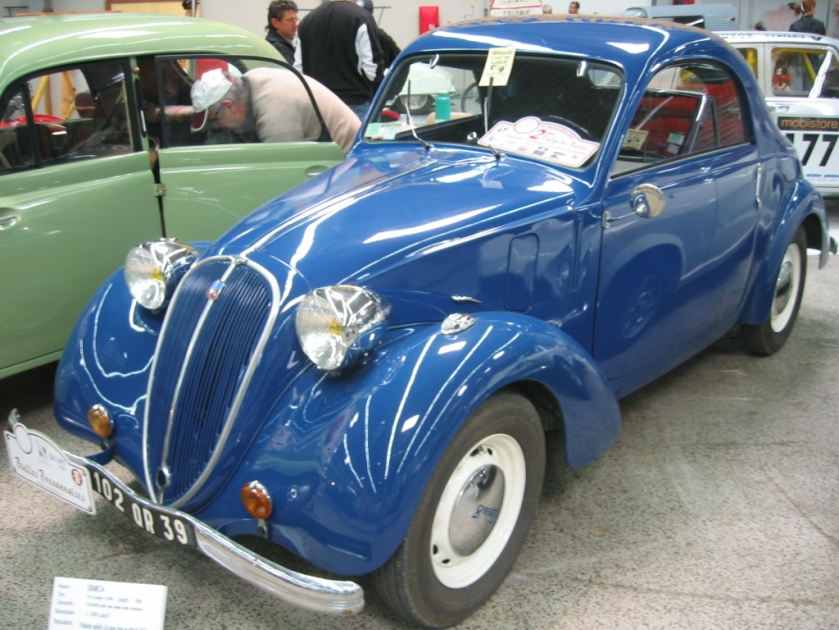
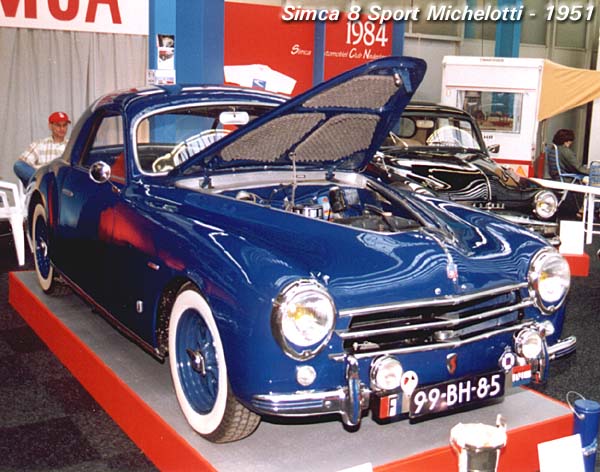
Simca 8 coupé deux places (2 seat coupé)
The Simca 8 was a car built and sold in France between November 1937 and 1951 (including wartime), available as a sedan, coupé or cabriolet. It was a rebadged Fiat 508C “nuova Balilla” made at Fiat’s Simca plant in Nanterre France.
High profile launch breaking records
The Simca 8 was first presented, at the Motor Show in October 1937, and sales in France started almost immediately in November. Early the next summer Henri Pigozzi, Simca’s energetic boss, organised a three part endurance run under the supervision of the ACF. A single Simca 8 undertook a “non-stop” 50,000 kilometer (31,075 miles) run split as follows:
- 10,000 kilometers (6,215 miles) lapping the Montlhéry circuit averaging 115.1 km/h (72 mph) and returning 7.9 l/100 km
- 20,000 kilometers (12,430 miles) on open roads averaging 65 km/h (40 mph) and consuming 6.0 l/100 km
- 20,000 kilometers (12,430 miles) in Paris averaging (impressively) 54 km/h (34 mph) and consuming 6.5 l/100 km
The initial 10,000 km round the race-circuit south of Paris involved breaking no fewer than 8 international records, although the manufacturer’s advertisement including this information does not spell out what these records were. The purpose of the exercise was, of course, to gain positive publicity for the Simca 8, and as soon as the 50,000 kilometers had been completed, on 12 May 1938, a press dinner was organised at which the journalists were able to dine with the drivers, the ACF monitors, and the Simca directors as well as representatives from Shell and Dunlop, whose products had presumably played a key role in the exercise.
The printed summary of the event, used to advertise to the wider public, concluded with an invitation that the reader “achetez la mêmevoiture” (buy the same car).
The engine
The ‘8’ in the car’s name did not indicate an eight-cylinder engine; it had but four cylinders, and was officially rated as a 6CV vehicle for tax purposes. At launch the car featured a 1,089 cc engine with a claimed output of 32 hp at 4,000 rpm. Fuel feed came via a Solex 30mm carburetor and overhead valves driven, using rods and rocker arms, by a side-mounted camshaft. An unusual feature at the time was the use of aluminium for the cylinder head.
Shortly before it was replaced in 1951, the Simca 8 had acquired, in September 1949, the Fiat designed 1,221 cc engine which would also be employed its successor, the popular 7CV Simca 9 Aronde.
The body
At launch only two bodies were offered, these being a 4-door “berline” (saloon/sedan) and a 2-door four seater cabriolet. This contrasted with the Simca’s Italian cousin for which a wider range of bodies was available from the start and it also marked a departure from the strategy followed by Simca themselves with the predecessor model, the Simca-Fiat 6CV which had been offered with almost as wide a range of body variants as its Turin built relative. The four door body was unusual in that there was no central pillar between the front doors, hinged at the front, and the rear doors, hinged at the back, permitting particularly easy access when a front and rear door were opened simultaneously. In 1937 the Simca 8 4-door Berline was priced at 23,900 Francs for a “Normale” version and at 25,900 Francs for a “Grande Luxe”. The Peugeot 202 made its debut only six months later, in Spring 1938, and was priced at 21,300 Francs for a “Normale” version and at 22,500 Francs for a “Luxe”. The cars were similar in size and power, but sales data suggest that the market found space for both of them, despite the Simca’s higher price.
The post war range became wider, with coupé, cabriolet and after 1948 station wagon versions listed, but these were all substantially more expensive than the berline(sedan): virtually all the cars sold were still Simca 8 Berlines, which early in 1947 were priced at 330,000 francs against 420,000 francs for the cabriolet. (The slightly longer but slightly slower competitor from Peugeot, the 202 was priced at 303,600 francs which included a sun roof at no extra cost.)
Over the course of a few years the Simca 8 underwent some grille changes, and other minor upgrades.
Market reaction
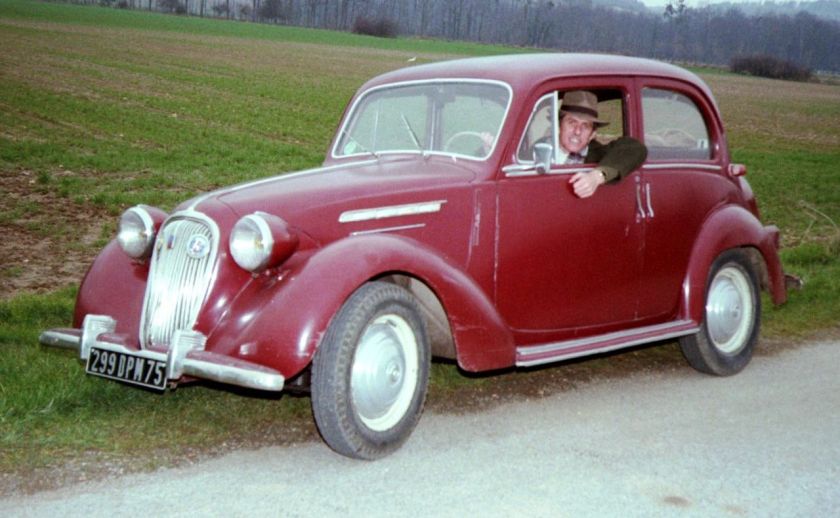
The Simca 8 won plaudits for its lively temperament and excellent fuel economy. The four ratios on the new gear box were chosen so that even when cruising at 110 km/h (68 mph) fuel consumption remained reasonable, and set to permit good progress along country roads and reasonable acceleration even in hilly areas. The car also came with unusually precise steering and efficient hydraulically controlled brakes that did not overheat.
Commentators nevertheless noted that the engine was noisy when working hard, the (semaphore style) direction indicators were fragile, and the ambitiously sophisticated front suspension also proved fragile when confronted with France’s rural roads, many of which were still unpaved. The gear box could be disagreeable when changing down across the gate from third speed to second, and the car was only just large enough for four people, with only a small storage area for luggage, located in a hard to get at position behind the back seat and without any external access.
Commercial
For most of the time the Simca 8’s principal competitors were the “bargain basement” Renault Juvaquatre and the Peugeot 202. After the war, with the Juvaquatre range restricted to an estate/ station wagon version, and Peugeot moving half a market segment up at the end of 1948 replacing the Peugeot 202 with the larger 203, sales of the Simca 8 held up impressively even though the Simca was itself by now clearly nearing the end of its production run. In 1948 the Simca 8 was Simca’s top seller, with approximately 14,000 sold, almost all of them saloons/sedans. Two years later, in its penultimate year, the car was being produced at an even higher rate.
The principal complication arose from the fact that the car was in most respects a badge engineered Fiat, which compromised its export potential, which was a particular issue after the war, when government (and the state of the French economy) were demanding heroic export effort from France’s leading auto-makers.
The French car market in the early 1950s was concentrated, with just three models between them accounting for two thirds of domestic sales in 1950. Nevertheless, as the fourth best selling car of 1950 the Simca 8 with unit sales of 17,705 in that year achieved a respectable 10.2% market share. http://www.simca8.nl/
Simca 9
The Simca 9 was a French sports car of the mid-1950s, being a development of the Simca 8, from which it differed by being lengthened a bit (a few centimetres or inches) between the rear edge of the door and the bulge of the rear fender, to provide more interior room.
Its running gear was similar to that of the Simca 8.
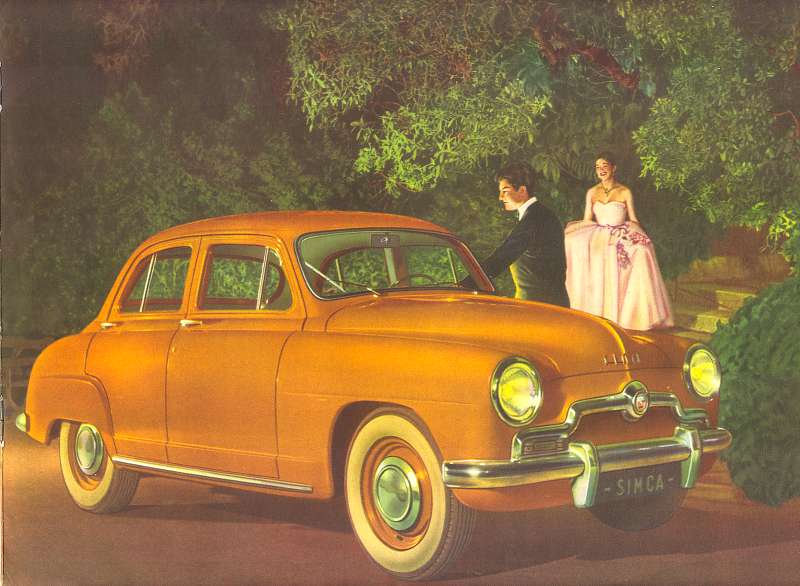 1951 simca 9 50 p15
1951 simca 9 50 p15
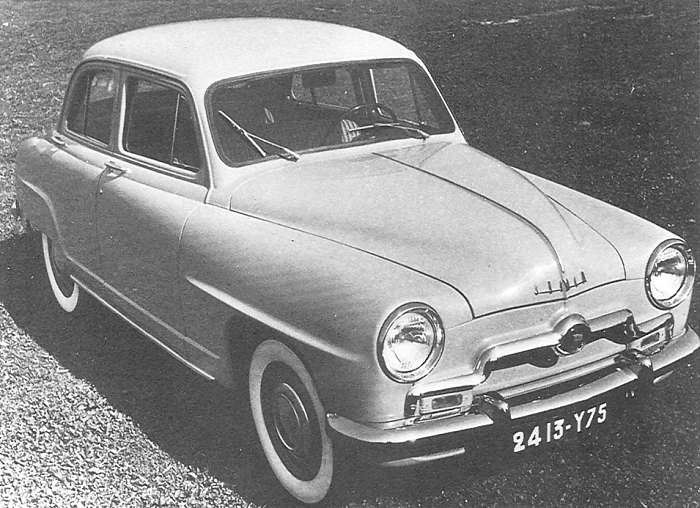 1951 simca 9
1951 simca 9
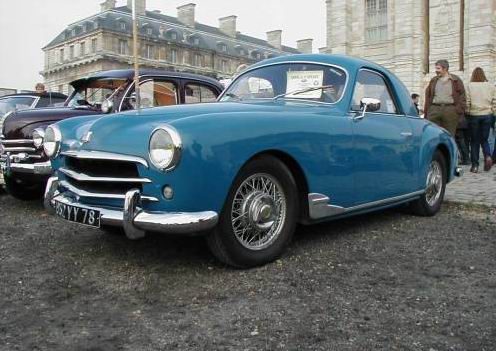
1952 simca 9 sport
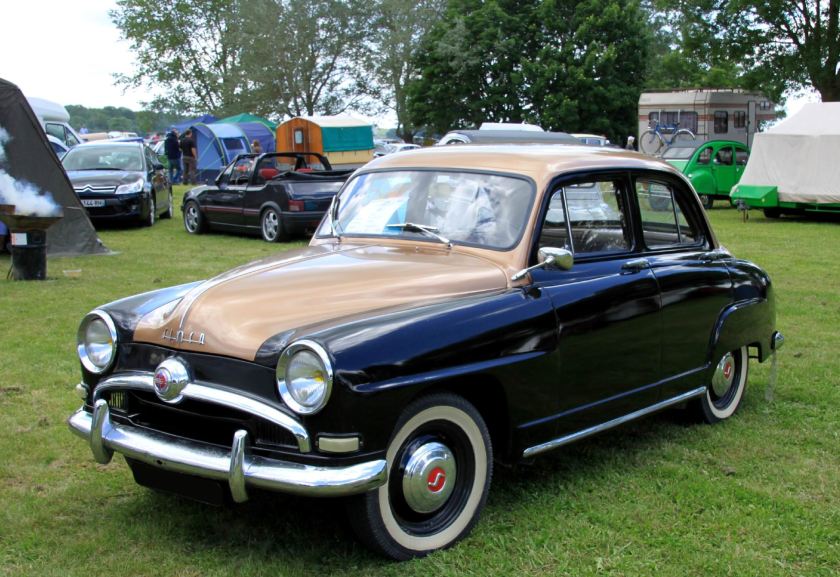
1954 Simca 9 aronde
Simca 11
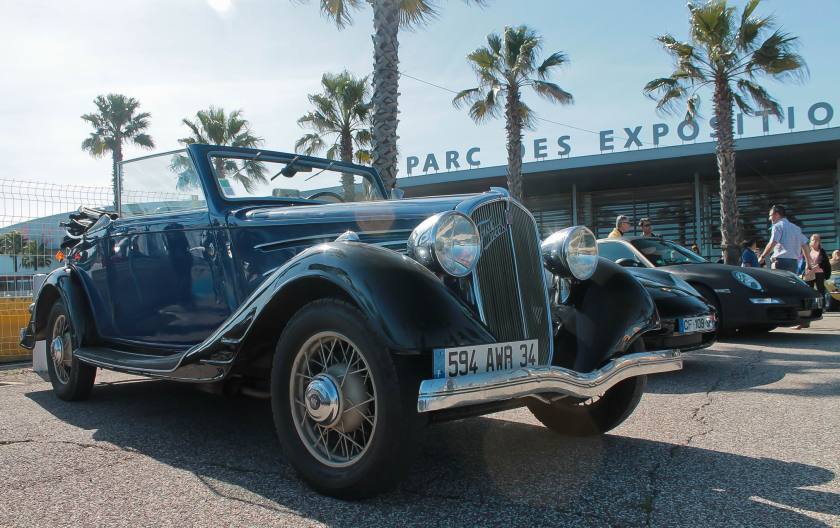 1936 Simca-Fiat 11 CV Cabriolet
1936 Simca-Fiat 11 CV Cabriolet
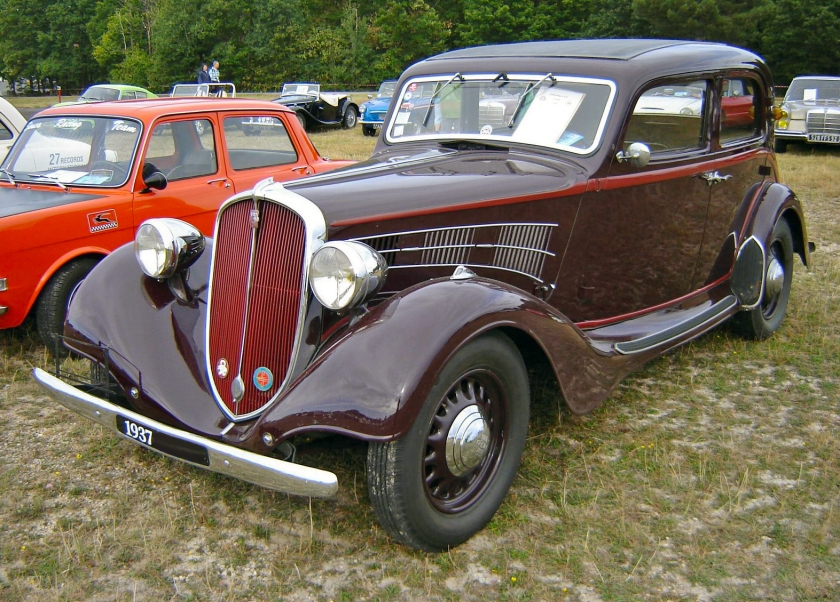 1937 Simca-Fiat 11CV Berline 5pl
1937 Simca-Fiat 11CV Berline 5pl
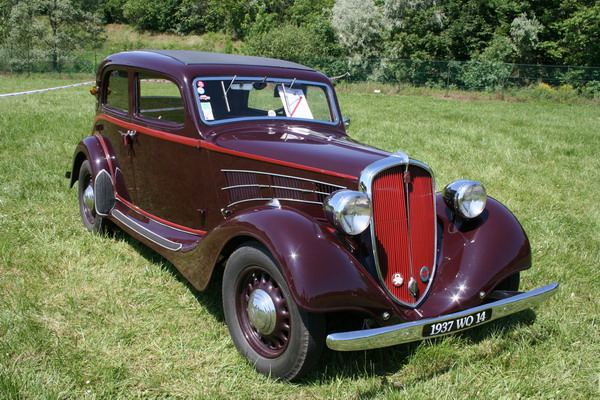 1937 Simca-Fiat 11CV Berline 5pl
1937 Simca-Fiat 11CV Berline 5pl
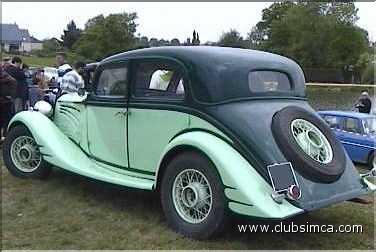
Simca Fiat 11cv
Simca Gordini Type 15 (Grand Prix racing car)
Simca Gordini Type 15 (Grand Prix racing car)
Gordini
Gordini (French pronunciation: [ɡɔʁdini]) is a division of Renault Sport Technologies (Renault Sport). In the past, it was a sports car manufacturer and performance tuner, established in 1946 by Amédée Gordini, nicknamed “Le Sorcier” (The Sorcerer). Gordini became a division of Renault in 1968 and of Renault Sport in 1976.
History
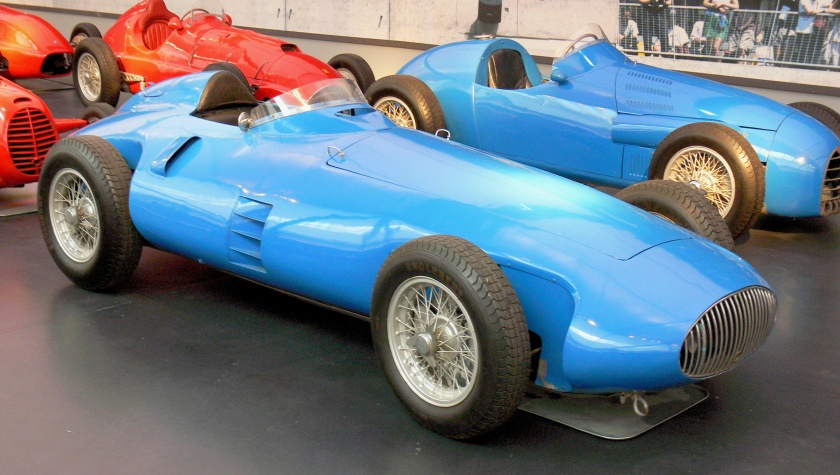 Gordini Type 32
Gordini Type 32
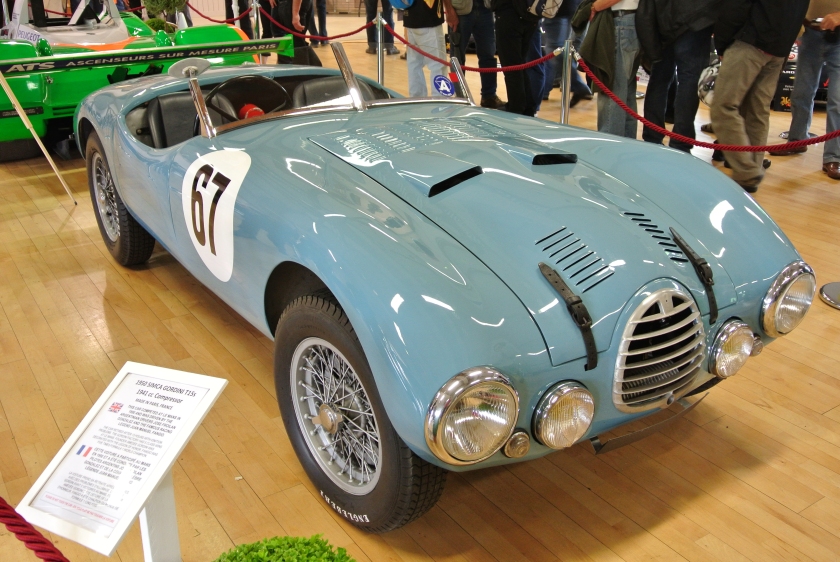
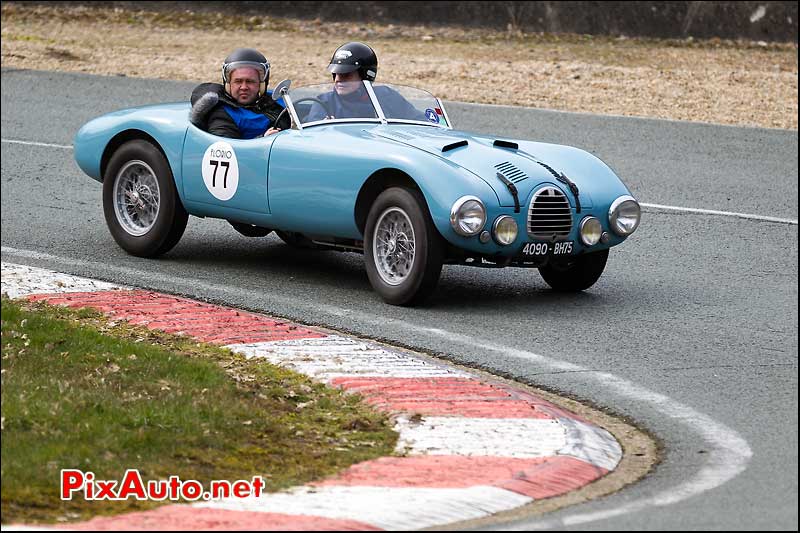 1950 Simca Gordini T15s, as raced, and retired, at the 1950 24 Hours of Le Mans by José Froilán González and Juan Manuel Fangio
1950 Simca Gordini T15s, as raced, and retired, at the 1950 24 Hours of Le Mans by José Froilán González and Juan Manuel Fangio
Amédée Gordini tuned cars and competed in motor races since the 1930s. His results made Simca (the French assembler of Fiat) to hire him for its motorsport programme and to develop road cars. Their association continued after World War II.
In 1946, Gordini introduced the first cars named after him, Fiat-engined single-seaters raced by him and Jose Scaron, achieving several victories. In the late 1940s the company opened a workshop at the Boulevard Victor in Paris, entering into sportcar and Grand Prix races. Gordini and Simca started to diverge in 1951 because of political conflicts.
Gordini competed in Formula One from 1950 to 1956 (with a brief return in 1957), although it achieved a major success in Formula Two during that period.
After its Formula One programme ended Gordini worked with Renault as an engine tuner, entering Renault-Gordini cars at the 24 Hours of Le Mans between 1962 and 1969. It also tuned engines for Alpine, a rival sports car manufacturer also associated with Renault. In 1957, Gordini and Renault manufactured the Dauphine Gordini, a modified version of the Renault Dauphine which was a sales success. Gordini-tuned Renault cars also won various rallies during the 1950s and 1960s. In 1963, the Gordini company planned to move its headquarters to Noisy-le-Roi. At the end of 1968, Gordini retired and sold a 70% majority stake from his firm to Renault. Renault-Gordini was moved to Viry-Châtillon in 1969 and became a sport division of Renault, before be merged with Alpine to form Renault Sport in 1976. The Gordini company name became wholly owned by Renault in 1977.
Renault sold Gordini-badged performance versions of models including the Renault 5, the Renault 8 the Renault 12 and the Renault 17.
In November 2009, Renault announced that it would be reviving the Gordini name for an exclusive line of hot hatches, in a similar fashion to Fiat‘s revival of its Abarth name. Modern models to bear the name include the Renault Twingo and the Renault Clio.
Dauphine Gordini (1957–1967)
- Renault 8 Gordini (1964–1970)
- Renault 12 Gordini (1970–1974)
- Renault 17 Gordini (1974–1978)
- Clio Gordini RS (2010–present)
- Twingo Gordini (2010–present)
- Twingo Gordini RS (2010–present)
- Wind Gordini (2011–2013)
Car colours
Since its early Renault models the most characteristic colour scheme of Gordini cars has been bleu de France (the French motor racing colour) with white stripes, although different combinations have been used over the years.
Simca Aronde
The Simca Aronde was a family car manufactured by the French automaker Simca from 1951 to 1963. It was Simca’s first original design (earlier models were all to a greater or lesser extent based on Fiats), as well as the company’s first unibody car. “/ Aronde -hirondelle”means “swallow” in Old French and it was chosen as the name for the model because Simca’s logo at that time was a stylized swallow.
The three generations
There were three generations of the model: the 9 Aronde, made from 1951 to 1955, the 90A Aronde, made from 1955 to 1958, and theAronde P60 , which debuted in 1958 and continued until the model was dropped in 1964. Some 1.4 million Arondes were made in total, and this model alone is largely responsible for Simca becoming the second-biggest French automaker at the end of the 1950s.
Simca 9 Aronde
The first Aronde debuted in the spring of 1951 but initially only a few hundred pre-production cars were distributed to carefully selected “guinea-pig” buyers, and the full production version was finalised only in time for the Paris Motor Show, becoming available for sale in October 1951. The full production version incorporated various detailed changed when compared to the pre-volume production cars, including a changed material for the seat covers and a moulded plastic dash-board which at the time appeared very modern when compared to the metal dashboard on the Aronde’s most obvious competitor, the Peugeot 203. A few months later, at the start of 1952, space was found to position the battery under the bonnet/hood: in the original cars the battery was stowed under the front seat.
The Aronde was fitted with a front-mounted 1221 cc 44.5 bhp (33.2 kW) engine from the previous Simca model, the Simca 8, fuel feed being provided by a Solex 32 carburetor. Power was delivered to the rear wheels via a traditional four-speed manual gear box incorporating synchromesh on the top three ratios. The car had independent suspension at the front using coil springs, with a live axle at the rear, suspended using semi-elliptic leaf springs. Hydraulically operated 9.85 in (250 mm) drum brakes were used all round.
The only body style offered at the October 1951 launch was a four-door saloon/sedan/berline, but other configurations very soon became available such as the three-door estate (branded initially as the “Aronde commerciale” and later as the “Châtelaine”) with a horizontally split tailgate. There was also a van, called the “Messagère”, and a “commerciale semi-vitrée” – part panel van and part estate – became available in 1953. Of more interest to collectors is the two-door coupé coachbuilt by Facel. The Facel-built coupé was replaced for 1953 by a coupé based on the saloon Aronde body, called Grand Large, featuring a large three piece wrap-around rear window and a “pillarless” side window effect when both side windows were wound down.
A two-door cabriolet conversion, prepared by the coachbuilder Figoni, was presented to the public for the 1953 model year in a display involving ballerinas, but it proved impossible to confer sufficient structural rigidity on this car without unacceptable cost and weight penalties, and Figoni’s Aronde cabriolet was never produced for sale.
The 1952 Motor Show saw several manufacturers attempting to broaden the appeal of mainstream ranges with stripped down versions offered at a reduced price. The trend seems to have been started by Renault with their 4CV Service, and they were quickly followed by other automakers in including Rosengart and Simca. Simca’s “Aronde Quotidienne” was offered from January 1953 with an advertised price of 630,000 francs, which was a saving of 45,000 against the previous base model (confusingly branded, even then, as the “Aronde Berline Luxe”). The interior of the Quotidienne was simplified and the heater disappeared, as did most of the exterior trim. Nevertheless, chrome headlight surrounds remained in place: importantly, too, buyers of the “Aronde Quotidienne” could still choose from the full range of body colours offered on the “Aronde Berline Luxe”. The company was keen to stress that the stripped down Aronde was not as fully stripped down as the Renault Frégate Affaires (available only in black), the Renault 4CV Service or the Rosengart Artisane (these last two being offered only in grey).
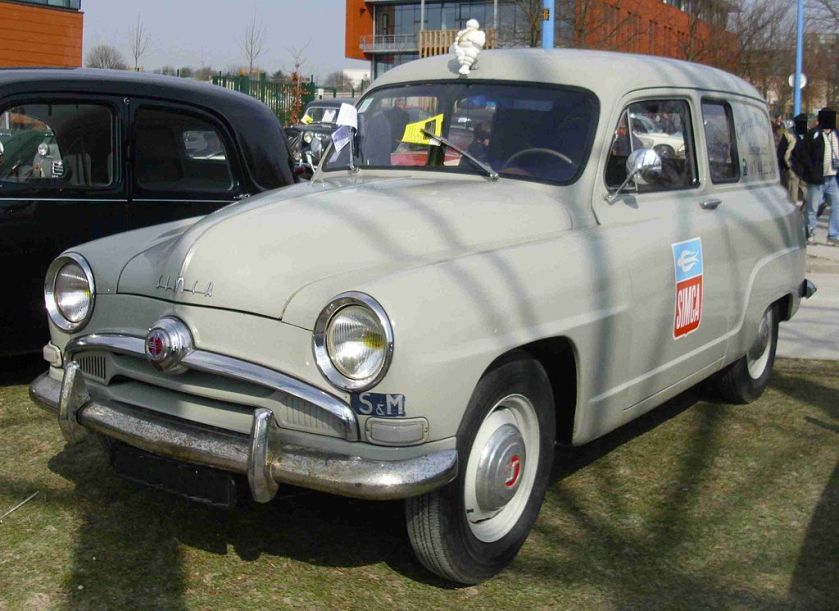
A panel van was displayed in 1951 and sold from 1953
The 9 Aronde was well received, especially in France. It took only until 17 March 1953 before total production of this model at the Nanterre plant passed 100,000.
The company’s flamboyant boss. Henri Pigozzi, was keenly aware of the publicity that could be gleaned from the craze for record breaking runs. In May 1952 an Aronde broke five international records by covering a distance of 50,000 km (31,000 mi) at an average speed of 117 km/h (73 mph), and in August 1953 another Aronde, selected at random from the production line, returned to the Montlhéry circuit for a new record attempt whereby during the course of forty days and forty nights the car covered 39,242 laps which represented 100,000 km (62,000 mi) at an average speed of more than 104 km/h (65 mph). This achievement, which involved breaking more than 30 international records, was undertaken under the supervision of the ACF.
A car tested in France by the British Motor magazine in 1951 had a top speed of 73.9 mph (118.9 km/h) and could accelerate from 0-60 mph (97 km/h) in 30.2 seconds. A fuel consumption of 34.1 miles per imperial gallon (8.3 L/100 km; 28.4 mpg-US) was recorded. The test car was reported to cost 970 Francs on the French market. It was not at the time available in the UK but the price was converted to £657.
Simca 90A Aronde
The second-generation Aronde debuted in October 1955. The new Aronde was now powered by the ungraded and newly named 1290 ccFlash engine. The unit retained the 75 mm (3.0 in) cylinder stroke of the previous engine, but the cylinder bore was increased to 74 mm (2.9 in). The Solex 32 carburetter was unchanged but a raised compression ratio provided for a small increase in claimed maximum power which, for the models as displayed at the motor show in October 1955, now given as 45 hp (34 kW) at 4,500 rpm or 48 hp (36 kW) at 4,800 rpm (and more in some low volume more highly tuned versions).
Externally the Aronde for 1956 had an updated 9 Aronde body, with restyled front and rear ends. A very slight lengthening of the car at the back made it possible to position the spare wheel under the floor of the boot/trunk which allowed for a substantial increase in usable luggage capacity.
New trim levels, marketed as Elysée and Montlhéry (named after the Autodrome de Montlhéry) appeared. The wagon (“Commerciale”) and van (“Messagère”) remained available, with a 45 PS (33 kW) version of the 1.3 litre “Flash” engine. They received the 90K modelcode.
In January 1957, the 500,000th Aronde was made, and the cars were now exported even to the USA. In October 1957, two new versions joined the Aronde range: the Océane, a 2-seater cabriolet, and Plein Ciel, a 2-seater coupé, both with bodies by Facel.
An Aronde Elysee was tested by the British magazine The Motor in 1956 and was recorded as having a top speed of 82.6 mph (132.9 km/h) and could accelerate from 0-60 mph (97 km/h) in 23.9 seconds. A fuel consumption of 32.6 miles per imperial gallon (8.7 L/100 km; 27.1 mpg-US) was recorded. The test car cost £915 including taxes on the UK market. In 1960 they also tested one of the Montlhéry models. This had a slightly higher top speed of 83.6 mph (134.5 km/h), faster acceleration from 0-60 mph (97 km/h) in 19.6 seconds and a better fuel consumption of 35.0 miles per imperial gallon (8.1 L/100 km; 29.1 mpg-US). The test car cost £896 including taxes on the UK market.
Simca Aronde P60
1290 cc (7CV) Rush ohv I4
42 hp (31 kW)
45 hp (34 kW)
48 hp (36 kW)
52 hp (39 kW)
57 hp (43 kW)
62 hp (46 kW)
70 hp (52 kW)Transmission4-speed manualDimensionsWheelbase2,440 mm (96.1 in)Length4,190 mm (165.0 in)Width1,570 mm (61.8 in)Height1,440 mm (56.7 in)
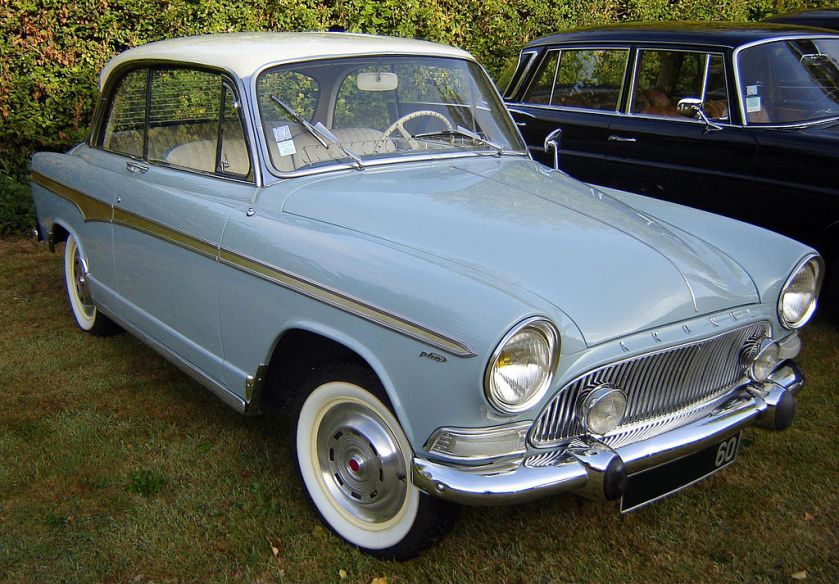
Simca Aronde Monaco 2-door pillarless saloon, promoted in some markets as a hardtop coupé
The P60 Aronde saloons, presented at the Paris Motor Show in October 1958, came with a new modern-looking body. The 2,440 mm (96.1 in) wheelbase was unchanged and, apart from a slightly lowered roof-line, the central portion of the body was still broadly similar to that of the original 1951 Aronde, but the discrete tail-fins and rear lights were restyled as were the headlights, set on either side of a larger grill at the front. Mechanically little had changed: more innovative was the wide range of versions and permutations now offered, with customers able to choose from a range of engines offering four different levels of power output (40, 45, 47 or 57 hp) and an options list that even included leather upholstery and a “Simcamatic” clutch.
A proliferation of names
In line with the manufacturer’s determination to offer customers more choice, the Simca Aronde P60 was offered with various names. The following cars all shared the same wheelbase and the same length/width footprint:
-
- Simca Aronde P60 Élysée: 4-door berline (sedan/saloon) 1290cc (7CV) 48 hp (36 kW)
- Simca Aronde P60 Grand Large: 2-door “coach panoramique” (pillarless sedan/saloon) 1290cc (7CV) 48 hp (36 kW)
- Simca Aronde P60 Montlhéry: 4-door berline (sedan/saloon) 1290cc (7CV, higher compression) 57 hp (43 kW)
- Simca Aronde P60 Monaco: 2-door “coach panoramique” (pillarless sedan/saloon) 1290cc (7CV, higher compression) 57 hp (43 kW)
- Simca Aronde P60 Châtelaine: 5-door estate/station wagon 1290cc (7CV) 45 hp (34 kW)
Although the engines were unchanged, direct comparisons between the Aronde P60 Élysée and the previous model disclosed a small deterioration in overall top-end performance which was attributed to various “improvements” to the car’s overall profile which, taken together, reduced the body’s aerodynamic efficiency. The Aronde Châtelaine (estate) at this stage retained the body of the earlier Aronde 90A Châtelaine, but by 1960 a more luxurious estate version, branded as the Simca Aronde P60 Ranch, combined the new front end (resembling, according to one source, the 1957 Ford Thunderbird) from the new Aronde P60 with the back end of the previous generation of Aronde estates.
Broadening the range
The announcement of the Aronde P60 coincided with a resurrection for the old 1090cc (6CV) engine last seen in the Simca 8 before that model received a larger engine in 1949. The old 6CV unit was now fitted in a reduced specification Simca Aronde, but the bodies of these downmarket Arondes still, at this stage, were those of the 90A Aronde of 1955-58, and not from the new Aronde P60. The cylinder stroke of the two engines was the same, but the bore diameter on the 1090cc unit was smaller and in return for a rather anaemic level of performance, buyers enjoyed a small improvement in fuel consumption. The car, known as the Aronde Deluxe Six, was aggressively priced at 598,000 Francs which enabled it to compete with the popular Renault Dauphine for which listed prices started at 594,500 Francs.
The “old” Aronde body was also available with the 1290cc (7CV) unit fitted in the new Aronde P60s, and in this form the car was known as the Aronde Super Deluxe.
A year later the entry level Arondes acquired the P60 body that the other models had received in 1958, and the 1960 cars exhibited at the Paris Motor Show in October 1959 combined the newer bodies with the engines and the reduced specifications of the previous year’s entry level models. The price had crept up too, with the entry level Aronde Deluxe Six now listed at 6,050 New Francs for a basic saloon, while the basic Renault Dauphine was still listed at less than 6,000 New Francs. The changes for the 1960 model year also involved more names, and the three low end Aronde models were now named as follows:
-
- Simca Aronde P60 Deluxe six: 4-door berline (sedan/saloon) 1090cc (6CV) 40 hp (30 kW)
- Simca Aronde P60 Étoile six: 4-door berline (sedan/saloon) 1090cc (6CV) 40 hp (30 kW) (featuring more sophisticated rear suspension)
- Simca Aronde P60 Étoile sept: 4-door berline (sedan/saloon) 1290cc (7CV) 48 hp (36 kW)
After this the old Aronde body was restricted to a single model, the Simca Deluxe sept also known as the “Aronde Outremer” since it was intended for sale overseas, chiefly in Algeria, at that time blighted by an increasingly bitter war for independence.
Engines
A new engine, the Rush 1290 cc unit, with the same cylinder dimensions as before, but now incorporating a five-bearing crankshaft, was fitted to the Arondes beginning from October 1960. A wide range of power outputs for the new engine was offered according to model, ranging initially from 48 hp (36 kW) to 57 hp (43 kW). During this period higher octane fuels were becoming the norm at filling stations across France, and some of the changed power outputs correlated with changed compression ratios. The situation is further complicated by changes to the basis for computing power output in France (and elsewhere in Europe) at the end of the 1950s.
A 70 hp (52 kW) version of the engine, called Rush Super, debuted in September 1961 in two models – the Montlhéry Spéciale saloon and Monaco Spéciale hardtop coupé.
Australian production
The 90A Aronde was produced in Australia from 1956 by Northern Star Engineering which, along with Continental and General Distributors, had been contracted to assemble the model from CKD kits, using local content. In July 1959, Chrysler Australia announced that future production of the Aronde would be undertaken at its factories in Adelaide. In late 1959 the P60 was introduced, selling alongside the 90A well into 1960, and a five-door P60 station wagon was introduced in late 1961. The wagon, which was unique to Australia, was based on the four-door sedan and featured an extended roof-line and a tail-gate fitted with a wind-down window. Australian production of the Aronde ceased in 1964.
Simca Sport
| Simca Sport |
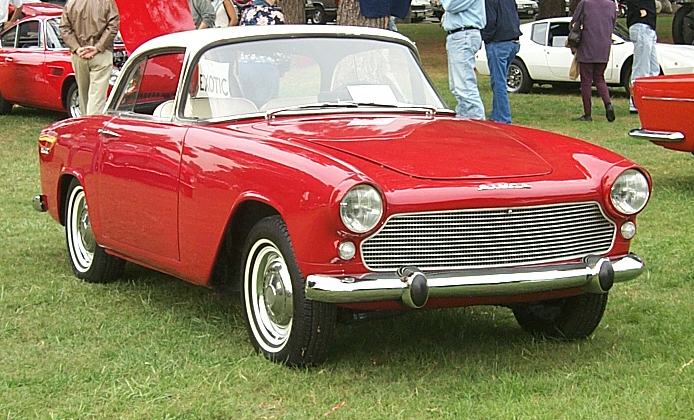
Simca Sport Plein Ciel
|
| Overview |
| Manufacturer |
Simca |
| Production |
1950–1962 |
| Assembly |
Nanterre, France |
| Body and chassis |
| Body style |
2-seater sports coupe
2-seater sports cabriolet |
| Powertrain |
| Engine |
Till 1955:
1221 cc (7CV) ohv I4 50 hp (37 kW)
From 1956:
1290 cc (7CV) ohv I4 57 hp (43 kW)
later increased to 60 hp (45 kW), then 70 hp (52 kW) |
| Transmission |
4-speed manual |
| Dimensions |
| Wheelbase |
2,440 mm (96.1 in) |
The Simca Sport was a two seater sports car. It originated as a coupé version of the Simca 8, but with the arrival of the Aronde the Simca Sport acquired a new grill in October 1951, and six months later it gained an extra 20 mm (0.8 in) of wheelbase, from 1952 sharing its 2,440 mm (96.1 in) wheelbase with the Aronde as well as its (at this stage) 1221cc (7CV) engine. The Simca Sport would continue to share its engine and other technical components, as well as its wheelbase, with the Aronde until its withdrawal in 1962.
It became increasingly expensive and correspondingly rare. Although its origins predated those of the Simca Aronde, the Simca Sport is now usually presented as a low volume stylishly rebodied version of the Aronde.
The arrival of the 2,440 mm (96.1 in) wheelbase in 1952 coincided with the loss of a separate chassis, and from now on the Sport used an elegant monocoque body. The new monocoque bodied car was offered only as a two-seater hardtop coupé, there being for the time being no replacement for the former Simca Sport cabriolet. In October 1952 a cabriolet version of the now chassisless Simca Sport was exhibited, but the cabriolet version only entered production more than two years later in the Spring of 1955, presumably reflecting the challenges involved achieving sufficient structural rigidity in a slim and shapely cabriolet body, without incurring an excessive weight penalty.
Simca Sport: More names and other changes for 1957
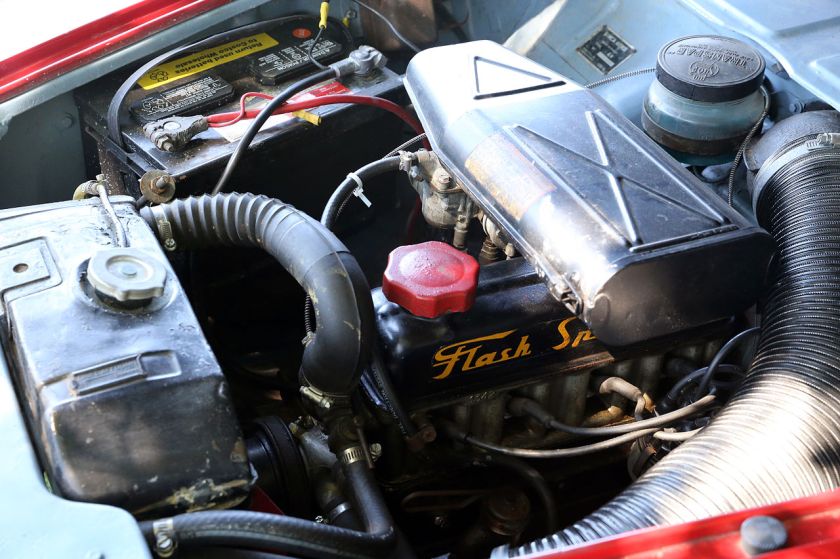
The “Flash Spécial” engine in a 1959 Aronde Océane, with 57 hp
A new generation of the Simca Sport was launched at the 1956 Paris Motor Show. There was, as before, a choice between a two seater sports cabriolet and a two seater sports hardtop. The bodies came from Facel. The cost of organising and producing a coachbuilt body was reflected in the price of the Sport, which at the 1957 Motor show was listed as 1,079,000 francs for the fixed roof “Plein Ciel” version: this compared with a starting price of 595,000 Francs for the Simca Aronde with which the Sport shared its engine and other mechanical elements. Mechanically and visually the new cars were not so different from those they replaced, but they were readily differentiated by their fashionable wrap-around “panoramic” windscreens.
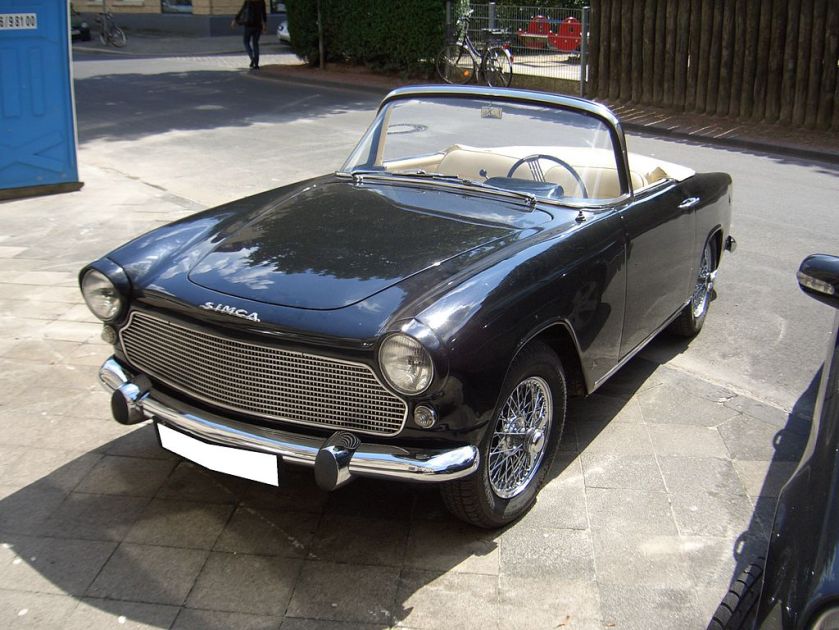 This open topped version was badged as the Simca Sport Océane.
This open topped version was badged as the Simca Sport Océane.
The two versions of the Simca Sport now received extra names, which was in keeping with the manufacturer’s marketing strategy at the time. The Cabriolet version, from which on a sunny day the driver could enjoy an unimpeded view of the sky, was now branded as the Simca Sport Océane while, bizarrely, the fixed roof version was branded as the Simca Sport Plein Ciel (Simca Sport Open Sky). Although precluded by their prices from becoming big sellers, the eye catching sports models served the company well, adding glamour to Simca show rooms and exhibition stands.
The final years of the Simca Sport
When the Aronde received a reworked body in 1958 there was no corresponding update for the Simca Sport which changed very little after 1957. Under the bonnet/hood, however, the Sport benefited from the upgraded version of the 1290cc “Rush” engine, shared with the newly announced Simca Aronde P60 Montlhéry Spéciale introduced for both models at the Motor show in October 1961. The uprated engine featured a further increase in compression ratio, now set at 8.5:1, and an increase in power to 70 hp (52 kW). The result was a small gain in performance and a useful improvement in flexibility.
At the end of the 1950s prototype replacements for the Simca Sport were developed and four cars were built, but the project did not progress to production. In 1961 the Sport was still priced at nearly twice the level of the entry level Aronde, and in 1961 production of the car ended without replacement.
Simca Ariane
The Simca Ariane was a large saloon car launched in April 1957 by the French automaker Simca. It was manufactured in the company’s factory at Poissy until 1963.
Origins
The plant at Poissy had been built by Ford France between 1937 and 1940, but after the war the economic direction of France was uncertain. Ford had equipped the plant to produce the V8 engined Ford Vedette but the government was imposing punitive levels of car tax on cars with large engines and sales fell well short of expectations. In addition, the Poissy plant experienced above average levels of industrial unrest. Simca purchased the plant from Ford in 1954, together with rights to build the latest version of the car produced in it, which now became the Simca Vedette, relaunched by Simca with different model names according to equipment levels.
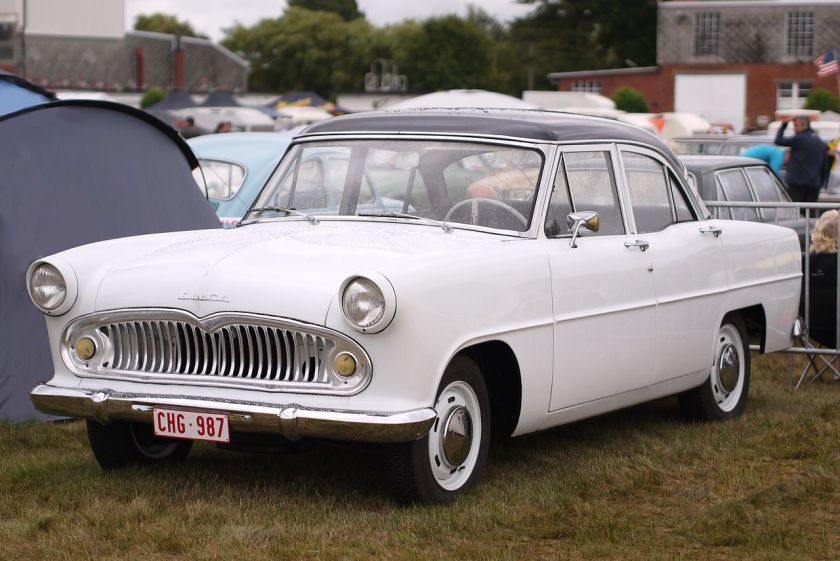 Simca Ariane
Simca Ariane
The Simca Vedette competed in France’s large car market at a time when the economy was finally returning to growth, and enjoyed moderate success with their fashionably American style finished off by an Italian designer called Rapi. In 1954 the big Simcas competed in France against the Citroën Traction which was still popular despite its twenty year old design and the Renault Frégate which struggled to find buyers thanks to a poor mechanical reputation and, it was suggested, from the reluctance of France’s haute-bourgeoisie to buy a big expensive car from a state owned enterprise.
The Suez Crisis of October 1956 was a catalyst that undermined the position of the V8 Simcas, however, due to the fuel shortages and price increases that it triggered. By this time domestic competition was in any case much intensified by the arrival of the Citroen DS which, despite getting off to a slow start, and despite being stuck with an engine design that had changed little since the 1930s, now became increasingly dominant in France’s market for large family cars.
It was often asserted that the Simca Ariane’s launch was a direct result of the Suez Crisis, but it is now clear that by 1956 Simca’s project for a big car with a little engine (“une grande voiture à petit moteur”) had already existed for several years. The urgency of the project was increased in the summer of 1956 when the Simca chief learned of a dastardly plan by Paul Ramadier, the Minister for Economy and Finance, and a still influential former prime minister, to introduce in December 1956 an additional savage annual car tax for owners of cars with larger engines. The Suez crisis simply built on the economic case for a small engined version of the car, and Simca was therefore ready to respond very nimbly to the changed circumstances created by the crisis, fitting a 1290cc “Flash” series engine from their successful small family car, the Aronde, into the most basic version of their V8 engined Simca Trianon, which was one of the models in the Vedette range. The new car was badged as the “Simca Ariane” and was soon available in several versions.
The car
Fitting the body of the former first-generation Simca Vedette with a 1290cc (7CV) Flash four cylinder engine from the much smaller Simca Aronde produced a car that focused on economy rather than speedy acceleration. Presented in April 1957, the Ariane filled the gap between Aronde and Vedette. In October of the same year, the Ariane 8 was presented – a version powered by the same Aquillon 2351 cc (13CV) V-eight-cylinder unit that powered the Vedette. The Ariane 8 effectively replaced the former Simca Trianon, which was a bottom-of-the-range Vedette, as the Vedette range was moved upmarket. The Ariane 8 would be discontinued along with the company’s other V8 powered models in 1961, however.
For the 1959 model year the company introduced an Ariane Super Luxe with increased levels of chrome trim on the outside as well as vanity mirrors on the inside and a windscreen washer to help the view out. All the Arianes also received restyled tail light clusters at this point which resembled those already used on the more flamboyantly styled but broadly similar Vedette models. Further upgrades to the interior trim were implemented for 1961, and newly available options included bench seats that could now be folded flat to form a double bed of sorts. There followed yet another new name: for the final two years of its life the Ariane was branded as the Simca Miramas.
Commercial
The Ariane was manufactured until 1963, with 166,363 produced. Towards the end, production slowed strikingly. 33,733 Arianes were produced in 1961, which slumped to just 14,284 during 1962. By this time attention at the company’s Poissy plant had switched to the new Simca 1000. The most direct replacement for the Simca Ariane/Miramas would be the Simca 1300/1500, introduced in 1963.
Argentina
The Ariane Miramas, were made in Argentina by Metalmecánica. Approx. 507 units built until 1967 in two versions: “Std” and “Lujo”.
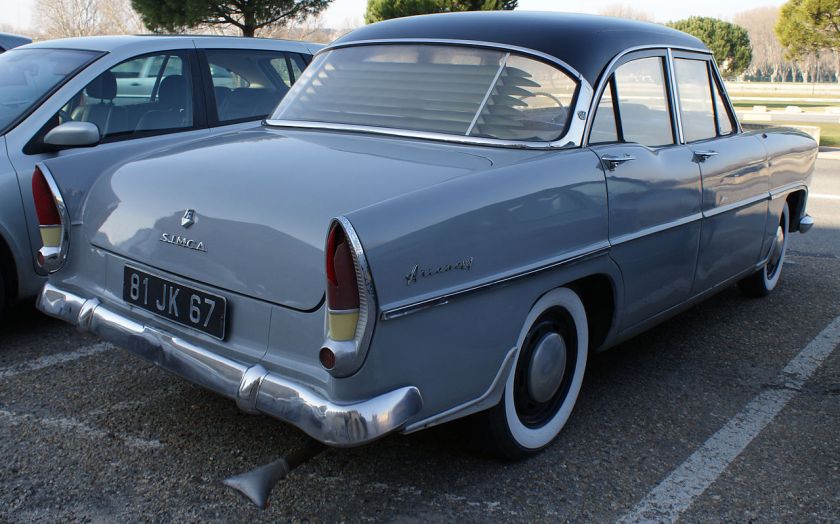 Simca Ariane, rear view. The increased height of the fins incorporating the tail-light clusters identify this example as a car produced during or after 1959.
Simca Ariane, rear view. The increased height of the fins incorporating the tail-light clusters identify this example as a car produced during or after 1959.
External links
Simca Vedette
Simca Vedette
The Simca Vedette is a large car, manufactured from 1954 to 1961 by the French automaker Simca, at their factory in Poissy, France. It was marketed with different model names according to trim and equipment levels. The Vedette was Simca’s largest model at that time and it spawned a more economical version, the Simca Ariane.
Simca acquired the Poissy factory from Ford France (Ford Société Anonyme Française, the French subsidiary of the Ford Motor Company), along with the model line, in 1954. The Vedette was therefore initially still marketed as the Ford Vedette.
The Vedette was manufactured in Poissy until 1961 and the Ariane until 1963. After that, production continued in Brazil, where the Vedette finally evolved into the Simca Esplanada, following Simca’s takeover by Chrysler.
Origins and launch
In the early 1950s, Henri Théodore Pigozzi was looking to expand the manufacturing operations of his Simca company, which was enjoying much success at the time, thanks to the popular Aronde. At the same time, Ford was seeking to divest itself of its French subsidiary, Ford SAF, which had a factory in Poissy, close to Paris, where it had been manufacturing a large car called the Ford Vedette. The Poissy plant was large and there was capacity for further expansion. The Vedette was a larger car than anything that Simca had on offer at that time. These points attracted Pigozzi, who decided to take over the entire factory, along with the rights to the cars manufactured there.
The cars appeared at the Paris Motor Show in October 1954 on the Ford France stand, but there was no mention of the Ford name on the covers of the brochures offered to potential customers. The name “Ford” appeared just once, in very small print, on the final page, presumably in order to avoid confusing customers who would be expected to call the cars “Simcas” from 1 December 1954, the date set for the formal hand-over of the business. In export markets the name change was less immediate, and even in adjacent Belgium, in January 1955 at the Brussels Motor Show the cars were still appearing on the stand of the Belgian Ford importer, sharing the space with models imported from Ford of Britain.
First generation
| First Generation |
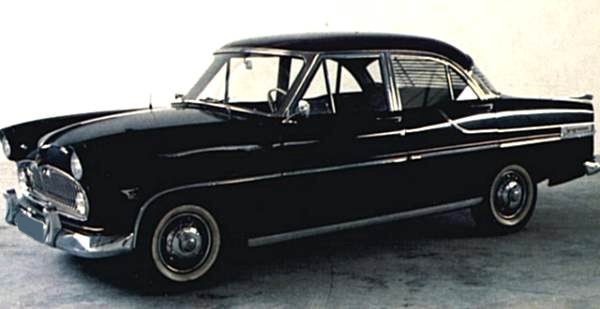 |
| Overview |
| Also called |
Simca Trianon
Simca Versailles
Simca Régence
Simca Marly |
| Production |
1954–1957 |
| Dimensions |
| Wheelbase |
2,690 mm (105.9 in) |
| Length |
4,520 mm (178.0 in) |
| Width |
1,750 mm (68.9 in) |
| Height |
1,480 mm (58.3 in) |
| Curb weight |
1,150 kg (2,540 lb) |
The acquisition by Pigozzi took place in July 1954, just when Ford was poised to launch its new, modern Vedette, with a four-door saloonbody of “American” style, much like the contemporary British Fords or Vauxhalls. The car was powered by an unusually small 2351 cc sidevalve V8 engine called Aquillon in France, derived from Ford’s Flathead engine family, the dimensions of which put the car into the “13 CV” French tax class. Equipped with a two-barrel Zenith-Stromberg 32NX carburetor, it produced 75 to 84 hp (56 to 63 kW). Power was transferred to the rear live axle through a three-speed manual transmission with column shift. The Vedette had independent front suspension (by MacPherson struts) and drum brakes on all four wheels.
As with the Aronde, Simca marketed different trim levels of the Vedette under different model names, this time with references to the grand period of baroque in French history. The basic version was called the Simca Vedette Trianon, the mid-level was the Simca Vedette Versailles and, at the top of the range, the Simca Vedette Régence. An option on all versions was a large glass moonroof that slid into the roof, called Vistadome The Vedette range was still marketed under the Ford brand in some markets, including the Netherlands and Germany, until 1956. As the new model caught on, Simca was able to increase production from the 150 daily achieved during Ford’s ownership of the factory to 250 cars a day.
Pigozzi maintained a schedule of year-to-year model revisions, much like US manufacturers. For 1956, an estate version called the Simca Vedette Marly joined the line-up and the whole range was revised. A new license plate holder was added to the front bumper and the rear license plate now concealed the fuel tank filler. A peculiar addition was a pedal-operated windscreen washer, while other more ordinary changes included a second odometer, also known as a ‘trip meter’, for measuring partial distances. The Versailles and Régence were made even more comfortable with the addition of central armrests (Versailles in the rear only, Régence in front and rear), while the Trianon was simplified, losing bumper guards and chrome windscreen decor. In 1957, an option of the Gravina automatic clutch was added, along with better brakes and more direct steering. The Trianon regained the chrome decor around the windscreen, while the other models acquired slimmer tail lights and the front ornament was replaced with a new design. Fender-mounted V8 badges were introduced but, although the whole range featured the same V8 engine, the new badges appeared on the fenders of only the Régence and Marly.
Production figures
- 1955 – 42,439
- 1956 – 44,836
- 1957 – 17,875
Second generation
| Second Generation |
 |
| Overview |
| Also called |
Simca Beaulieu
Simca Chambord
Simca Présidence
Simca Marly |
| Production |
1958–1961 |
| Dimensions |
| Wheelbase |
2,690 mm (105.9 in) |
| Length |
4,750 mm (187.0 in) |
| Width |
1,770 mm (69.7 in) |
| Height |
1,480 mm (58.3 in) |
| Curb weight |
1,260 kg (2,780 lb) |
After three years in production, the Vedettes were given new names and a new, elongated body, with a more ornate front end and large tailfins, making the cars even more American-looking than before. This was part of a styling trend shown by most large European cars of that period, which were, to some extent, inspired by American styling, as tailfins appeared on Peugeots, Fiats, BMC models (Pinin Farina-styled), Fords and even Mercedes-Benz cars of that era. The engine was uprated to 84 hp (63 kW) (now called Aquillon 84) but the fiscal qualification of the car remained unchanged. Using the new body, the Versailles was replaced by Simca Vedette Beaulieu and the Régence by the Chambord, while the estate retained the Vedette Marly name.
The three-year-old body of the previous Vedette nevertheless continued in production but it lost its V8 2.4-litre engine. In April 1957, fitted with the 1.3 L Aronde engine, the old body now clothed a new model in the Simca range, the Simca Ariane. Later, in October 1957, a V8 version of the old bodied car, with the Aquillon 84 engine, and badged as the Ariane 8, joined the range, replacing the Trianon.
1959 brought a new option, the Rush-Matic automatic transmission, which featured two modes: Rush (fully automatic) and Road (manual gear selection). The same year, assembly of the Vedette started at Simca do Brasil. Also during 1959, a new top-of-the-line model joined the Vedette range, the Présidence, featuring a luxurious interior, a radiotelephone (a European first) and a continental kit. French coachbuilder Chapron built two 2-door Présidence convertibles for a governor of one of the French colonies. Chapron had another order the next year, to build two four-door convertibles for the French President Charles de Gaulle. The Beaulieu was dropped in autumn 1960, but the other models remained unchanged until the 1961 model year, when they received new seats, new chrome decor, and the engine was fitted with a new anti-vibration crankshaft.
French production of the V8-engined cars ended in the summer of 1961, by when 173,288 had been produced, although a Simca Chambord was exhibited at the Paris Motor Show in October of that year, suggesting that Simca still had some stock of the cars to clear. The small-engined 4-cylinder Ariane, of which 166,363 were produced, survived until 1963.
The model was continued for longer in Brazil, where it was marketed with the 2.4-litre V8 under a variety of names like “Tufão”, “Jangada”, and “EmiSul”. It was eventually replaced by a version with new sheetmetal, called the Simca Esplanada.
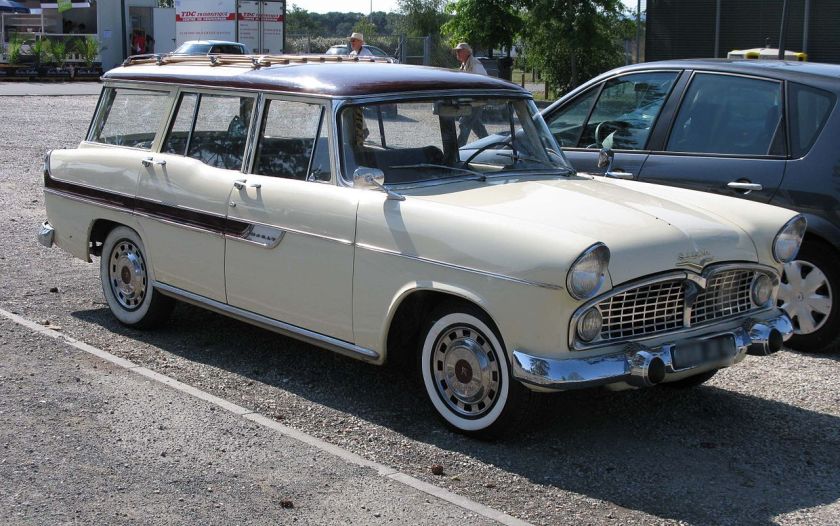 Simca Vedette Marly
Simca Vedette Marly
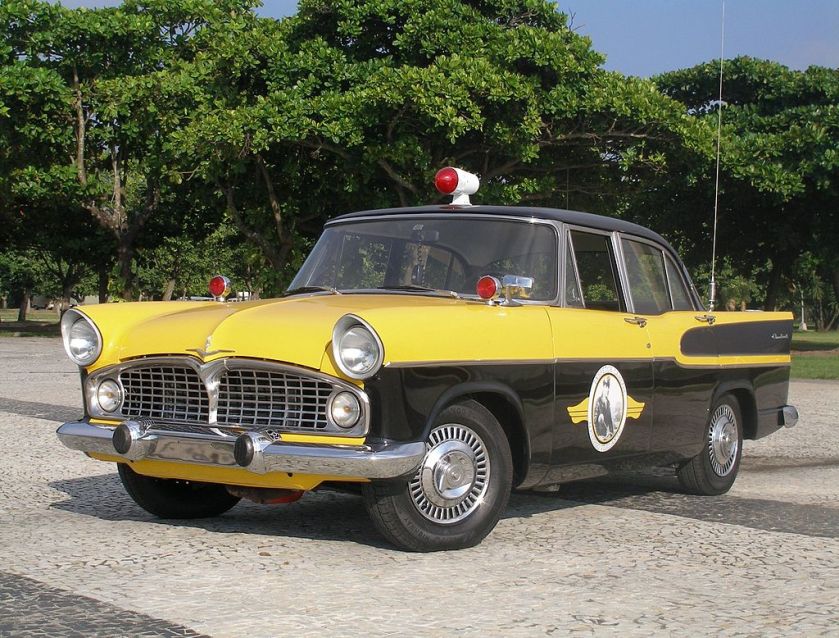 A Brazilian made Simca Chambord, used in the TV series “Vigilante Rodoviário” (1961-1962)
A Brazilian made Simca Chambord, used in the TV series “Vigilante Rodoviário” (1961-1962)
Production figures
- 1958 – 28,142
- 1959 – 15,966
- 1960 – 13,914
- 1961 – 3,813
Australian production
Following an announcement in July 1959 that it would assemble and market Simca models in Australia, Chrysler Australia produced the Vedette Beaulieu through to 1962, using both fully imported and locally sourced components.
Simca Profissional – Predicence
The Simca Profissional was a successor to the Simca Alvorada, which was itself a stripped version of the entry level Simca Chambord. Simca do Brasil had responded reluctantly to the demand by the Brazilian government of president Juscelino Kubitscheck that every car manufacturer must offer an affordable basic version within their range. The idea was to give as many Brazilians as possible the opportunity to own a car.
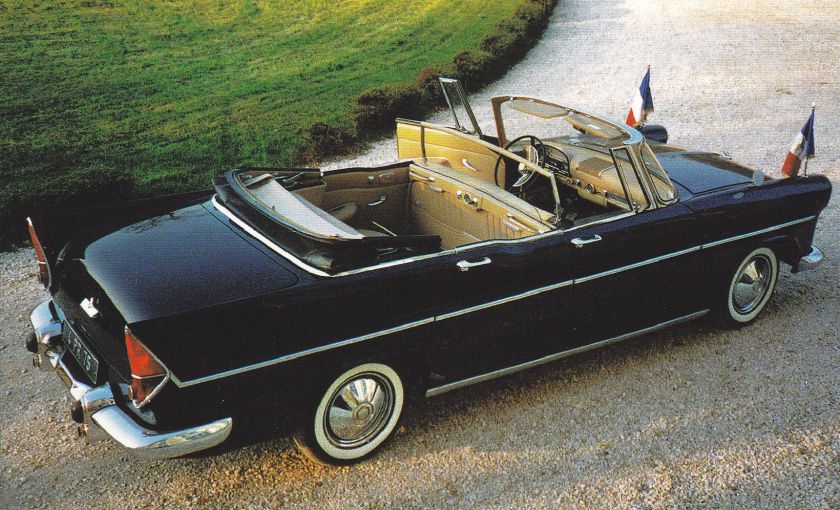
1957 simca-presidence-cabriolet (france)
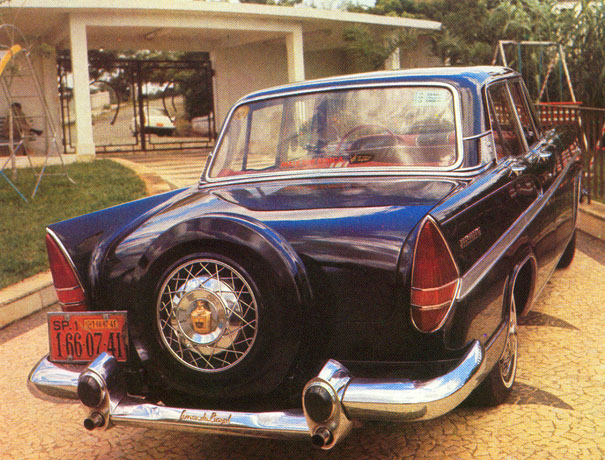
1965 Simca Presidence
New incentive, new version
In 1965, the Brazilian government created a new public financing tool through its publicly owned bank Caixa Econômica Federal that would allow Brazilians to finance their vehicle over four years with a monthly interest rate of 1%. This obviously was to attract a new range of clients and Simca do Brasil looked into how to make the Alvorada even cheaper in order to make it attractive for, for example for taxicab drivers.
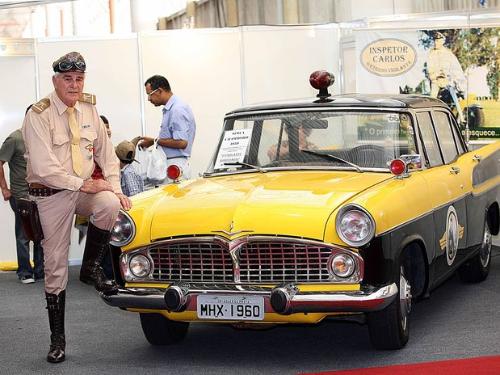
1961 vigilante carlos simca 619
Plastic replaces leather
The Simca Profissional appeared in 1965 with three colour options (yellow, green and cream white), no chrome (even the bumpers were painted in dark gray, no trimmings), the already very simple interior of the Alvorada was downscaled further with plastic seat covers and the door covers were dark and naked cardboard screwed onto the metal. But the Profissional was 30% cheaper than its far posher brother, the all chrome and leather Simca Chambord. The production numbers of this version apparently were never documented and, unlike the Simca Alvorada, the Simca Profissional had no distinct range of chassis numbers so that this version is mixed in with the production figures cited for the Simca Chambord.
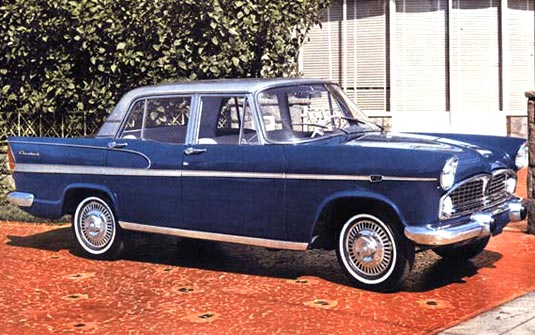
Simca Professional
Production figures
1965 – 1966 = number of units produced not documented by Simca do Brasil
Simca Jangada (Brasil)
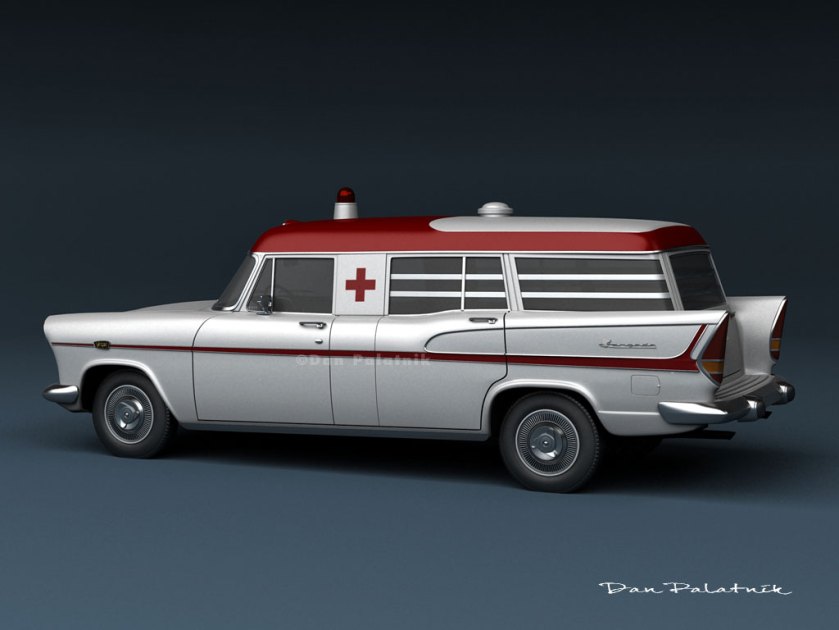
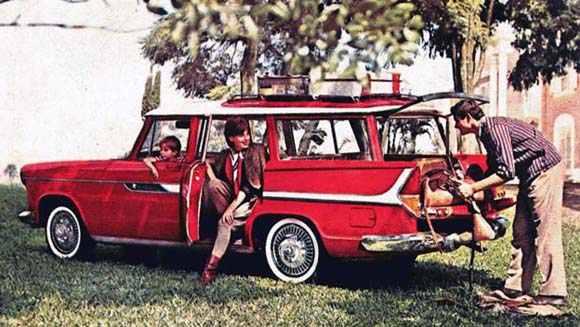
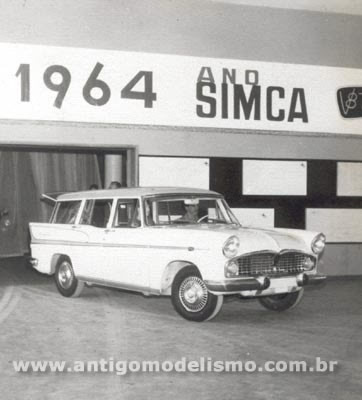
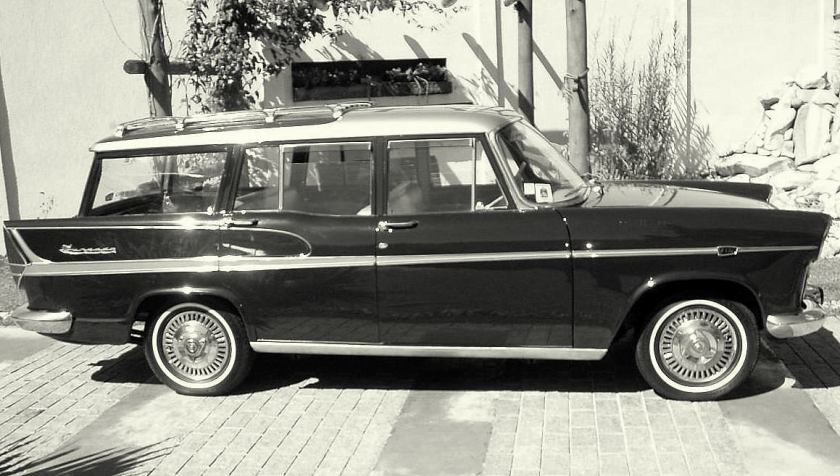
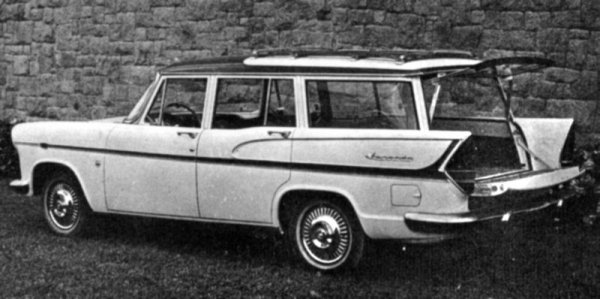
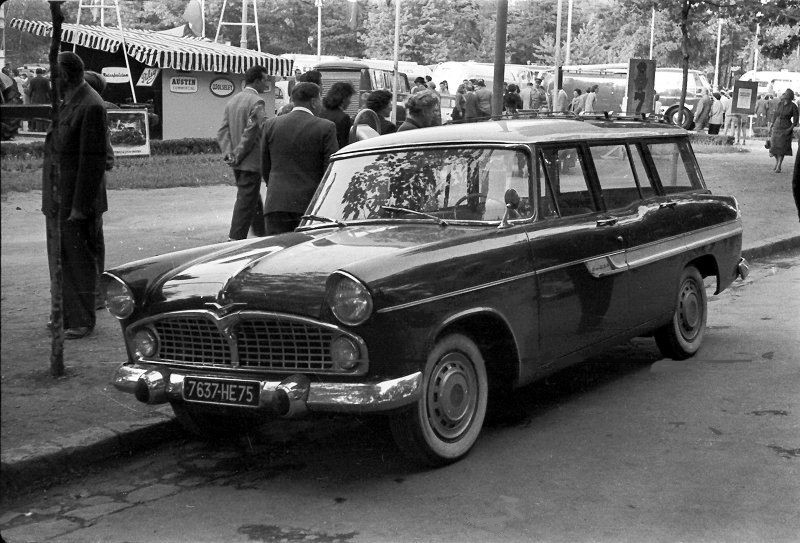
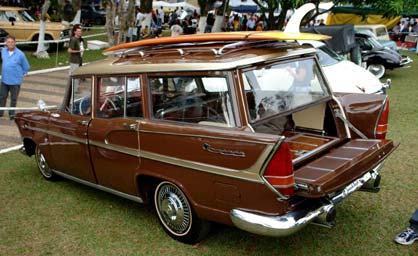
Simca Esplanada (Brasil)
The Esplanada was a large car designed by the Brazilian subsidiary of French automaker Simca. Launched at the 1966 motor show in São Paulo (Salão do Automóvel), it replaced the models Présidence and Rallye, and was manufactured until 1969 at the São Bernardo do Campo factory. It was a radically restyled version based on the originally Ford designed Ford Vedette (later rebadged Simca Vedette) and its successor, the Simca Présidence and Rallye.
French origin, Brazilian styling
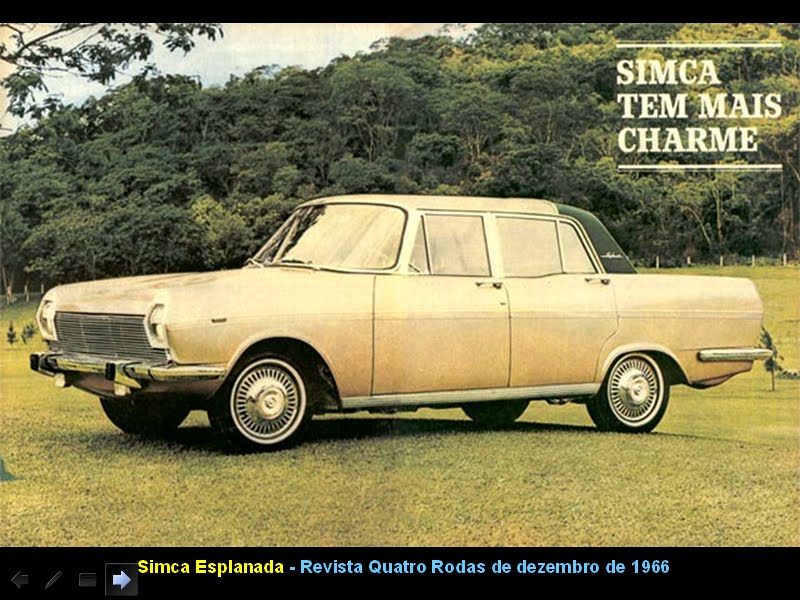 1966 Simca Esplanada Chico Santoro
1966 Simca Esplanada Chico Santoro
While technically pretty much identical to its predecessors, the Esplanada featured radically restyled front and rear ends. The interior featured reclinable leather seats and fine Jacarandá wood trimmings on dashboard and doors. The top Models 3M and 6M could easily be recognized by their vinyl top. The 140 hp (104 kW) engine now was fed by an electric fuel pump and featured a 34-Ampère alternator. A newly introduced hydraulic clutch improved gear changing and driving comfort significantly, the gearbox was upgraded with an overdrive.
The Chrysler touch
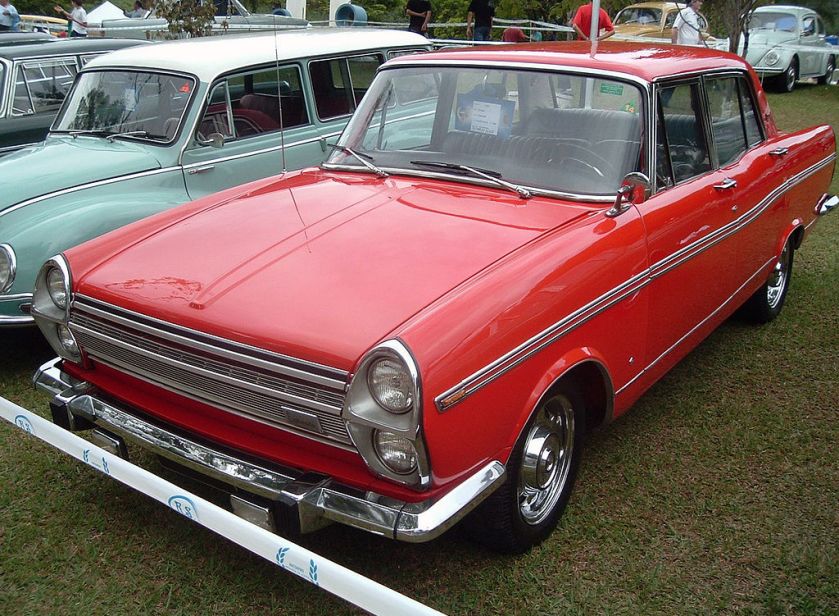 Facelifted (1968-1969) Esplanada
Facelifted (1968-1969) Esplanada
From August 1967 on, the Simca Esplanadas featured a small badge at the rear end with the writing “fabricado pela Chrysler” (“built by Chrysler”) following the takeover by the American auto manufacturer.
Stringent quality tests dictated by the Detroit headquarters lead to improvements on 53 items on the Esplanda’s mechanical side being introduced at once, including a power reduction to 130 hp (97 kW) for the sake of higher durability. The visual was also slightly updated with new headlamps, a new grille and different chrome items and new rear end lights. In 1968, for the 1969 model year, the luxurious Regente and the sporting GTX were added to the lineup.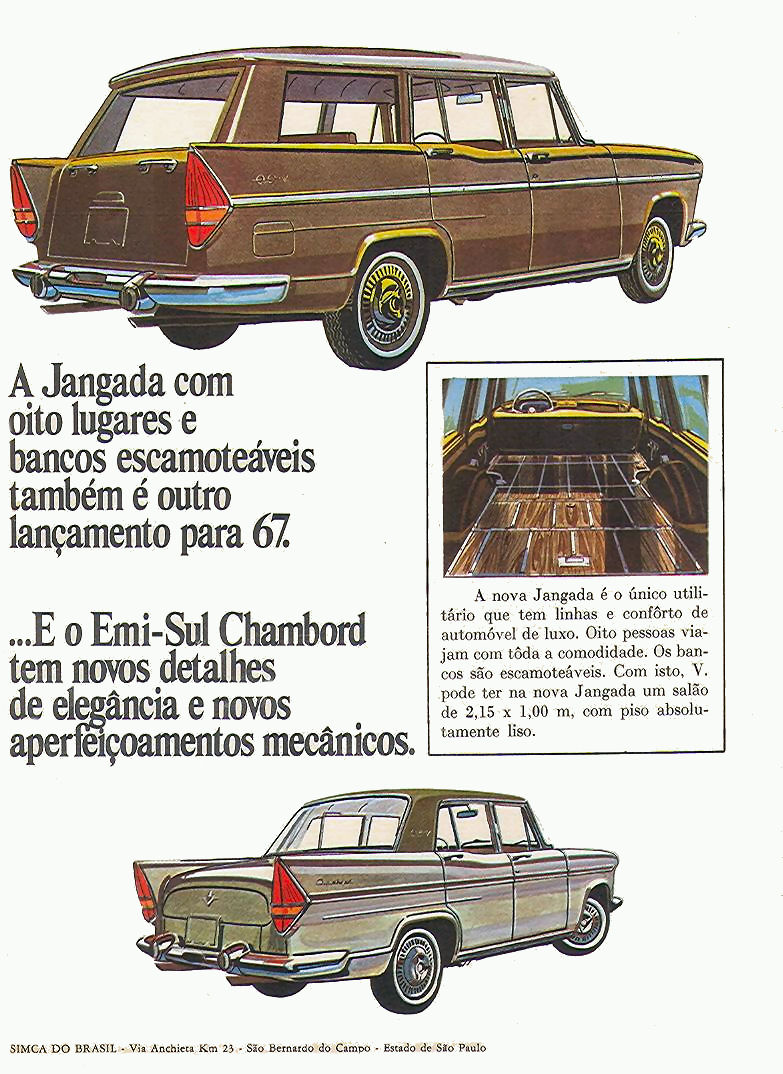
1967 Simca Esplanada brochure
The significant mechanical improvements allowed Chrysler the confidence to shock main up-market competitor Ford with a novel 2-year or 36.000 warranty. The production of the Esplanada ceased in 1969 as Chrysler decided to introduce an opponent for Ford Galaxie over market shares in Brazil with the roomier Dodge Dart from then on.
Production figures
- 1966 –
- 1967 –
- 1968 –
- 1969 –
Total Production
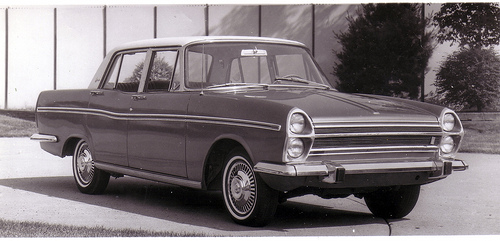
1967 Simca Esplanada
- Esplanada (Basic version) – 12.040
- Esplanada Regente – 4.778
- Esplanada GTX – 631
- Total production – 17.449 cars
Simca Regence (Brasil)
Simca Regente (Brazilian model)
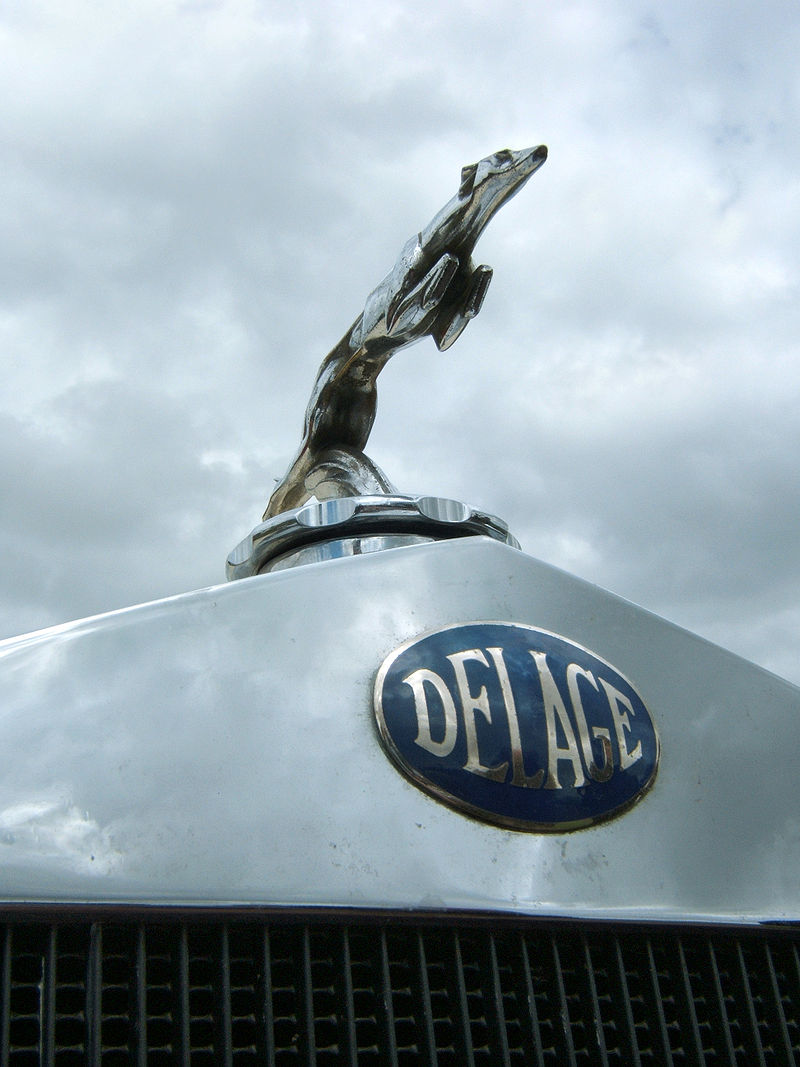
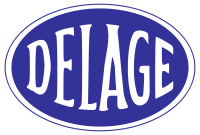
 1920 Delage (type S) CO 4 ½ litre Salamanca (1918, 6 cyl, 4,524 cc)
1920 Delage (type S) CO 4 ½ litre Salamanca (1918, 6 cyl, 4,524 cc) 1924 Delage Di(1920, 2,121 cc)
1924 Delage Di(1920, 2,121 cc)


